-
Posts
633 -
Joined
-
Last visited
Content Type
Profiles
Forums
Gallery
Events
Posts posted by Javier Baron
-
-
Thank you very much Nils.
Yes, I will assemble the complete rig.
- Mirabell61, mtaylor and Hartron
-
 3
3
-
The Zeesenboot, is a central daggerboard boat up to 12 meters long and with good stability for sail fishing. The name derives from the fishing gear used, the "zeese". Built for shallow and relatively sheltered waters it is therefore very suitable for the shallow waters of Bodden. The Zeesenboot's range stretched from Lake Ribnitzer, through the Fischland-Darß-Zingst Bodden chain, past Hiddensee, Rügen, Strelasund and Greifswalder Bodden, to the mouth of the Peene. The centers of the Zeesenboot fishery were the Hanseatic city of Stralsund and the area around the city of Barth. Due to the emigration of Pomeranian fishermen, the Zeesenboot also reached the Salzhaff/Insel Poel/Wismarer Bucht region and southern Denmark, where the Zeesenboote are known as Åledrivkvase. Today the Zeesenboote are mainly used as pleasure sailboats and for tourist purposes.
The hull of the Zeesenboot has wide and flat shapes and although it was originally clinker built, from the second half of the 19th century the carvel built was introduced. The lining is mainly made of oak (in Bodden waters), although larch wood was also used in the Wismar area and in Denmark. Initially the Zeesenboot were of open construction, until around 1860 the ships were half covered and a small cabin appeared in the bow. The boat had a low freeboard to facilitate hoisting the net bag on board, an operation carried out by only two fishermen. In many of the converted sports boats that survive today, the hull has subsequently been raised by one or two courses of strakes to raise the freeboard.Instead of a vertically profiled keel, Zeesenboots have a wide keeled sole that features a center daggerboard slot. The sole of the keel protrudes only a few centimeters from the hull, making the shape of the hull reminiscent of a walnut shell. When the daggerboard was stowed, the Zeesenboot could therefore drift into the wind carrying her bottom trawl.
-
- Siggi52, Tony Hunt, GrandpaPhil and 12 others
-
 15
15
-
- Rudolf, sferoida, GrandpaPhil and 11 others
-
 14
14
-
I present a new model, although it is true that with its already advanced construction process.
As I made the hull using my usual technique, which I have shown on the forum several times, there is no photo of this part of the process. It should also be noted that the masts are only presented and are not final, neither because of their length nor because of the inclination with which they appear.
And now, by way of introduction, a brief historical overview of this type of boat. Until the end of the 19th century, in the region of Port-Louis, in Brittany, coastal fishing for roe sardines practiced in good weather was supplemented by winter trawling of other larger species. This task was carried out with solid open boats, of about 10 m. in length and 2.80 m. wide, with a draft of 0.70 m. The winter sea conditions are harsh in these waters, which makes it very difficult to work in the open air on these open boats, which is why, in 1882, a boss from Lorient took the initiative to equip his boat with a temporary deck, which is armed against winter and disassembled in good weather.
In turn, as coastal fishing became more and more scarce, fishermen went deeper and deeper into the open sea, and soon these removable deck boats began to be used for trawling in rougher waters, for which they did not present the adequate nautical characteristics. For this reason, in a short time the deck boats evolved, with a permanent deck, but they were made with the same shapes as the large open boats, retaining their main U-shaped section, but providing them with a planking above and solidly decked, fitted with a windlass and higher masts, so all the weight was added at the top and had to be balanced with ballast. But the maintenance of the main U-shaped section prevented placing this ballast (essential in a trawler) sufficiently low. In addition, the righting moment of a hull of this U-section has a high initial stability which decreases very quickly with pronounced angles of inclination, which makes these ships very sensitive high waves and sea blows. These decked boats, with an elegant appearance, showed that their nautical qualities were not adequate for the conditions of navigation on the high seas. Between 1891 and 1900, eleven of them were shipwrecked, resulting in the stoppage of their production and their replacement by small dundées, which prove to be much safer.
-
- paulsutcliffe, sferoida, dvm27 and 16 others
-
 19
19
-
-
-
-
- GrandpaPhil, druxey, BETAQDAVE and 8 others
-
 11
11
-
This boat was a tartana of fluvial origin that was built in the Rhône region, near Condrieu, Beaucaire, Arlez and Martigues. Thanks to its low draft and its robustness, they became a fundamental element in the development of the region, creating a large fleet that had at the time of its heyday, in 1845, 125 boats, which were used both for transportation construction materials (wood, stone, aggregates) as well as the unloading of ships that could not pass at full load through the bars of the Rhone delta. At times, they also made maritime navigation through the Mediterranean, to Marseilles, Toulon and other towns in Languedoc, Roussillon and Provence. The appearance of the railway as a means of transport led to the disappearance of the "allèges" in the late 19th century.
-
-
-
-
-
14 hours ago, Tony Hunt said:
Wonderful, I love these models. Great to see one of the vessels documented by Xavier Pastor being built, too.
How did you plank that round stern?
I have made the hull according to my disposable frame technique. To help the lining of the bow and stern I make both of them solid with balsa wood on which I glue the lining boards (which are also glued together) and then remove this balsa wood
-
-
- Tony Hunt, MEDDO, Chuck Seiler and 15 others
-
 18
18
-
-
To make the sails, I first cut out a pattern on paper and check on the model that its size and shape are correct.
As in this case the sails are colored, I have chosen brown fabrics to which I have given a reddish gouache. The fabrics are cocktail napkins that come in a roll from which they are detached, and although they are disposable, they can be used several times, as they can be washed. In the end I opt for the darker one.
Putting the napkin on the bias (that is, diagonally) I have been cutting strips of 3 mm. wide. Then I have glued these strips, one with the other, with minimal overlapping, making a composite canvas, from which I have then trimmed the sails using the paper patterns.
The edges of the sails are very thin strips of cloth that stick over the sails. These very thin strips are trimmed from the edges of the napkin, as they are treated with a varnish or resin sizing that prevents fraying.
- JpR62, Edwardkenway, mtaylor and 18 others
-
 21
21
-
10 hours ago, G.L. said:
Indeed a very charming model, Javier. How do you write the name and the number on such a small scale?
They are transferable letters of Letraset, of which I have a few samples, since they disappeared from the market years ago
- BETAQDAVE, Louie da fly, G.L. and 2 others
-
 5
5
-
- VTHokiEE, druxey, Louie da fly and 20 others
-
 23
23
-
-



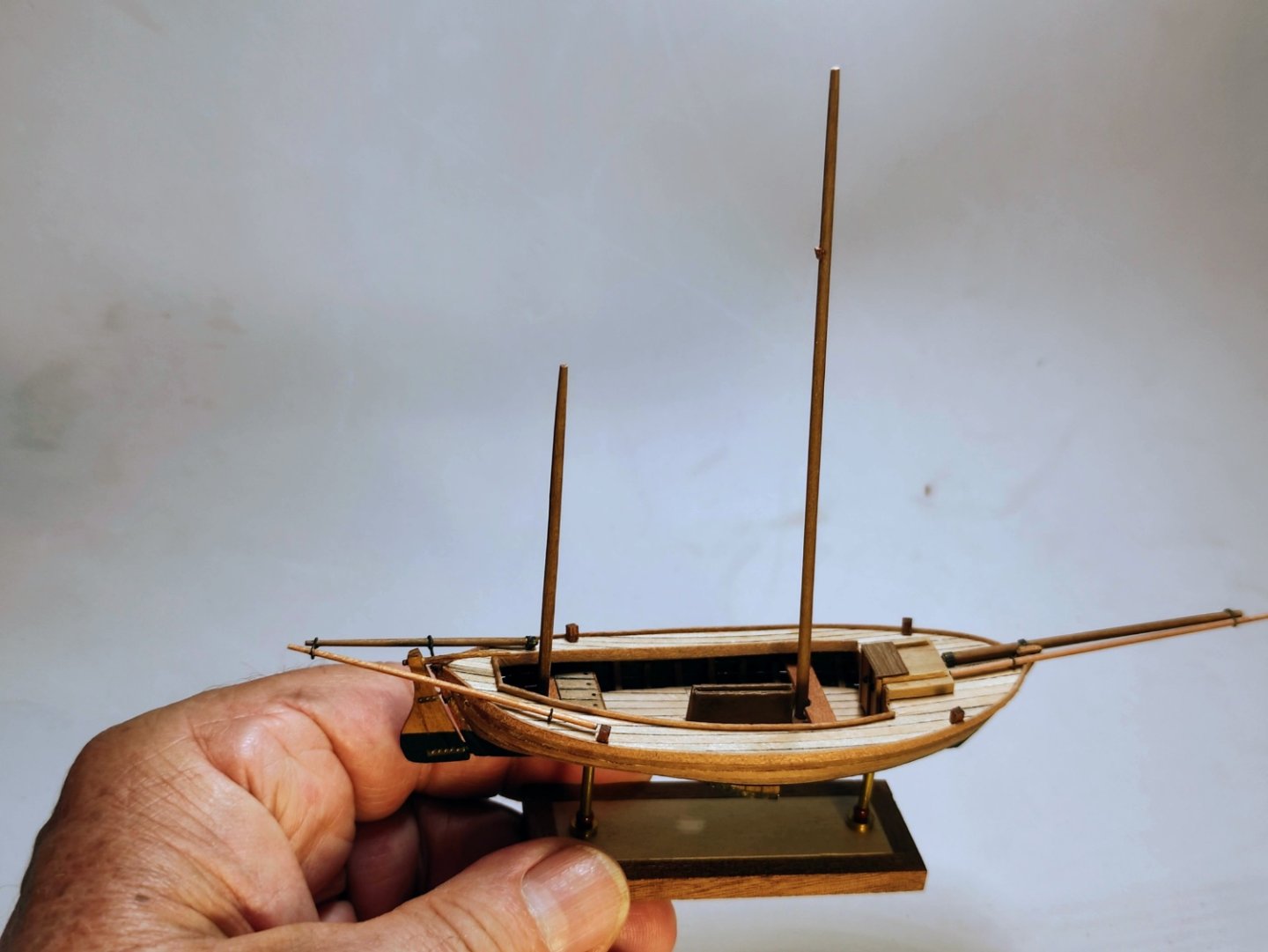
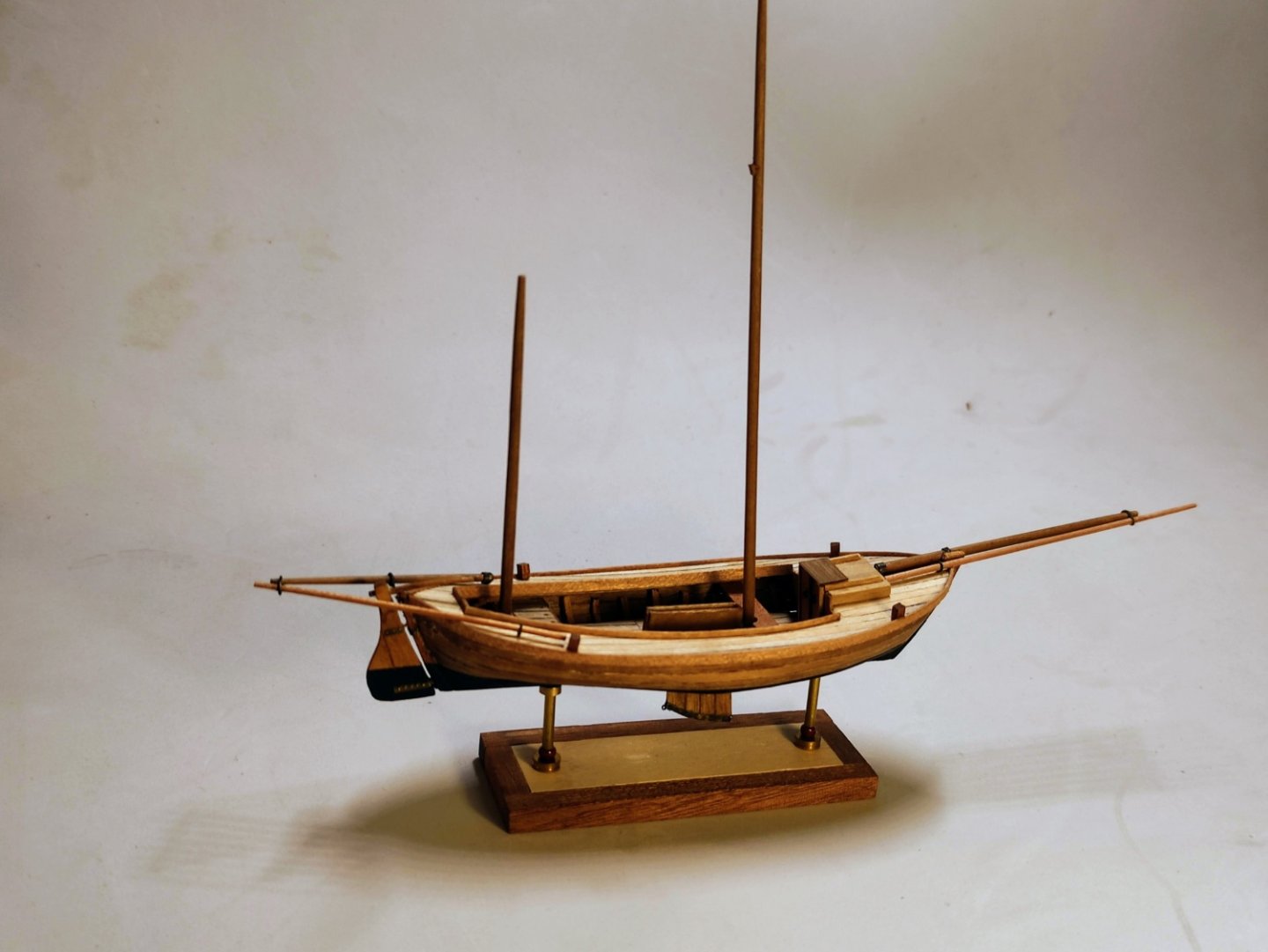
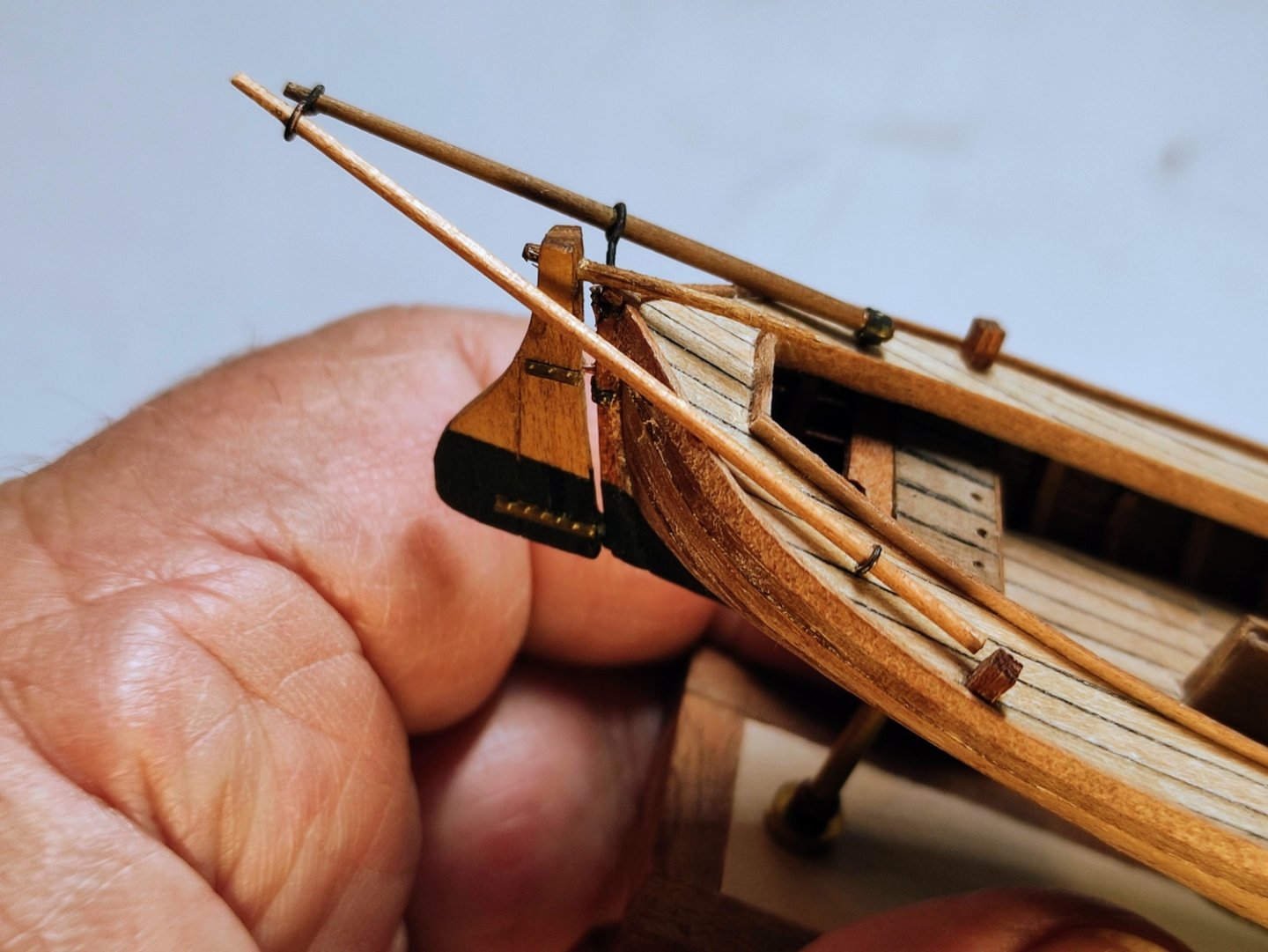
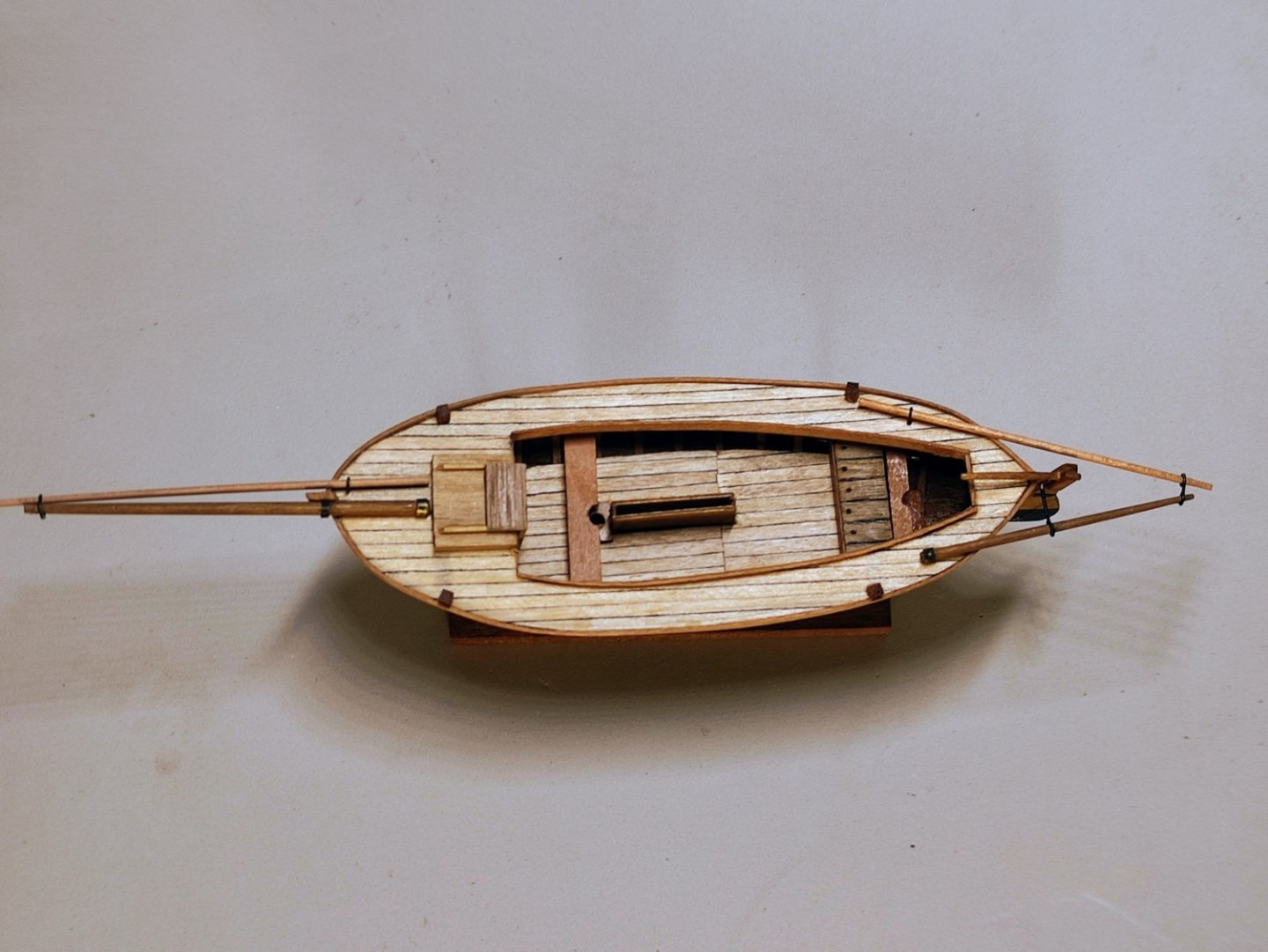
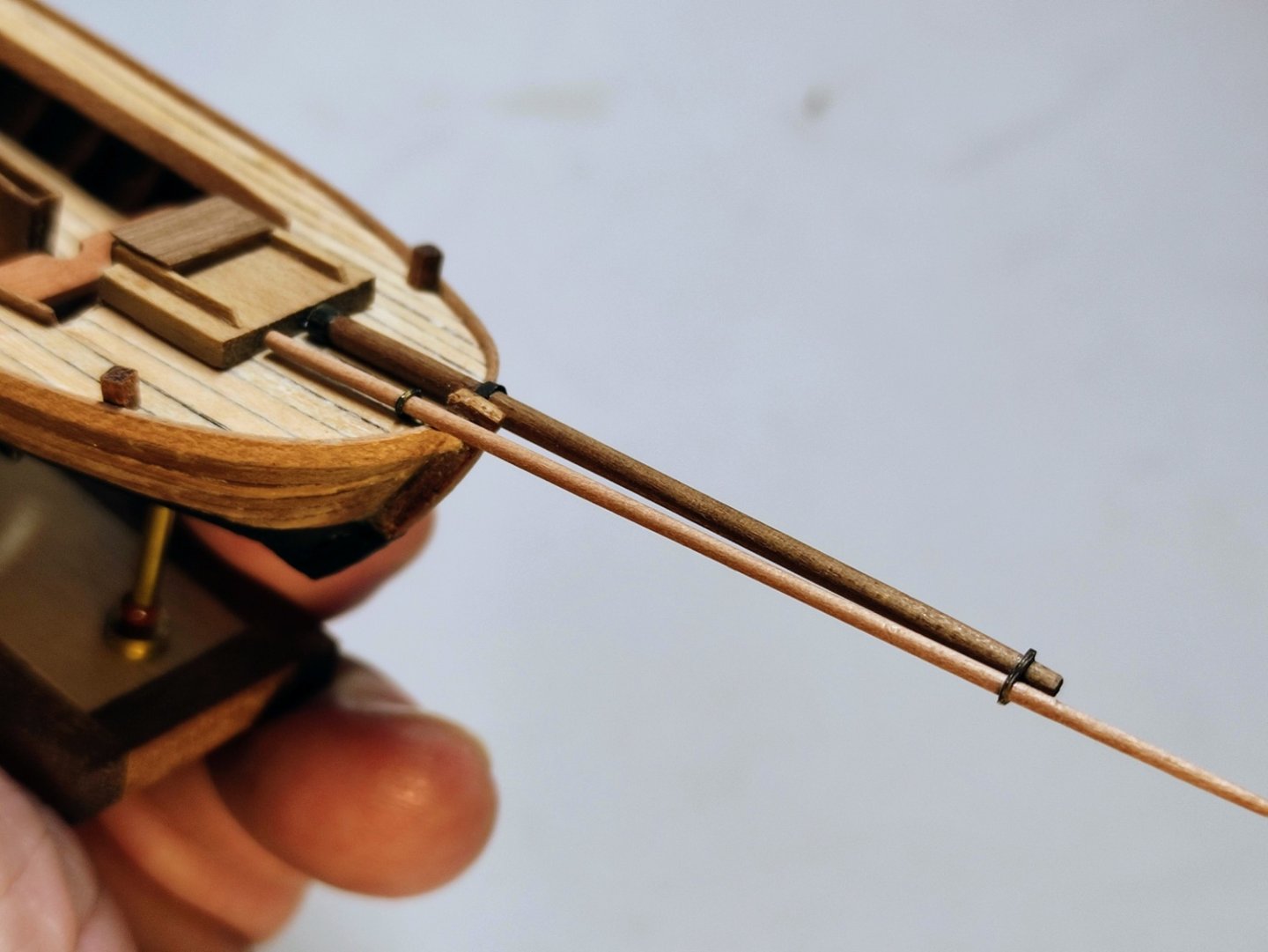
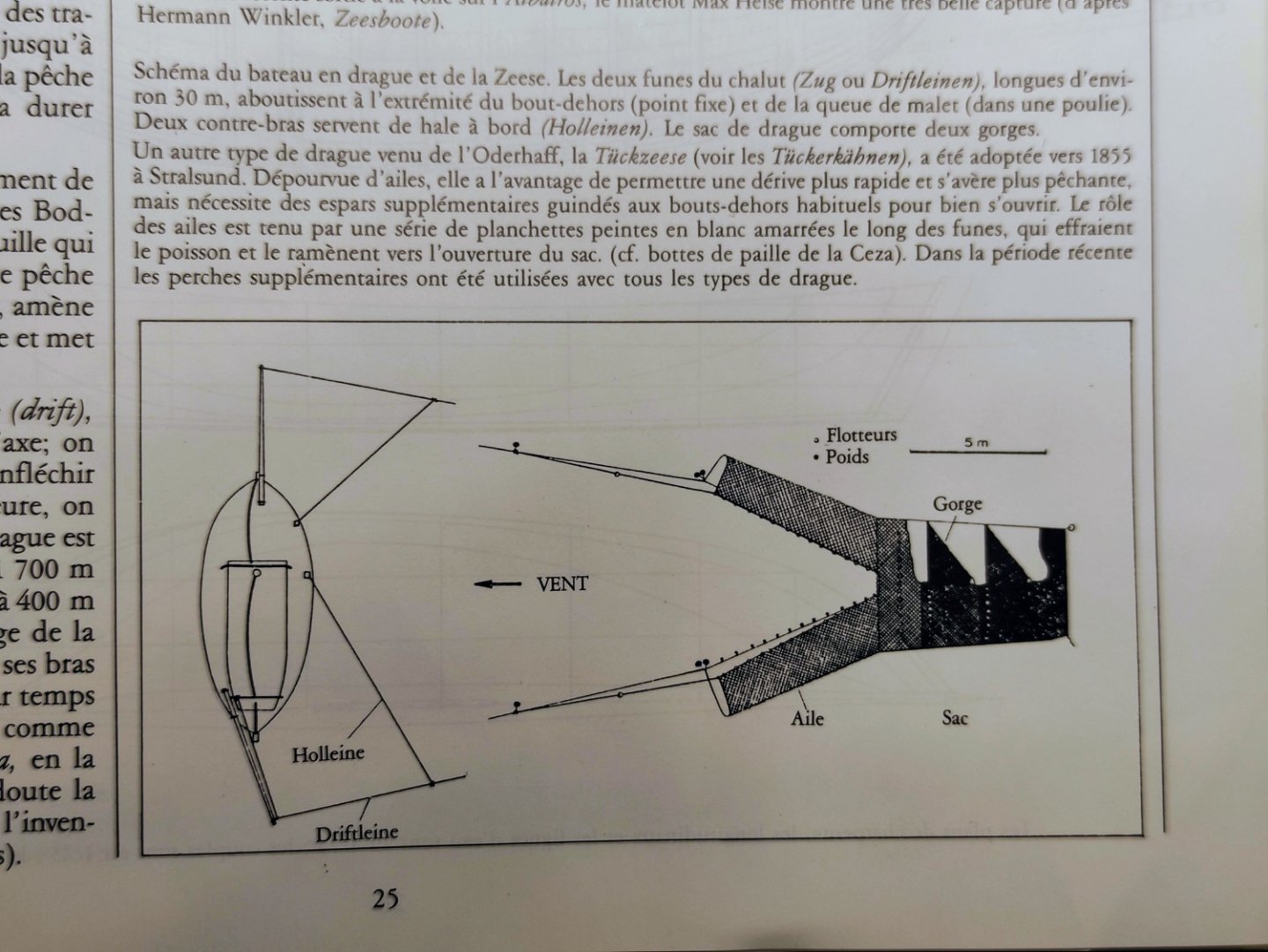
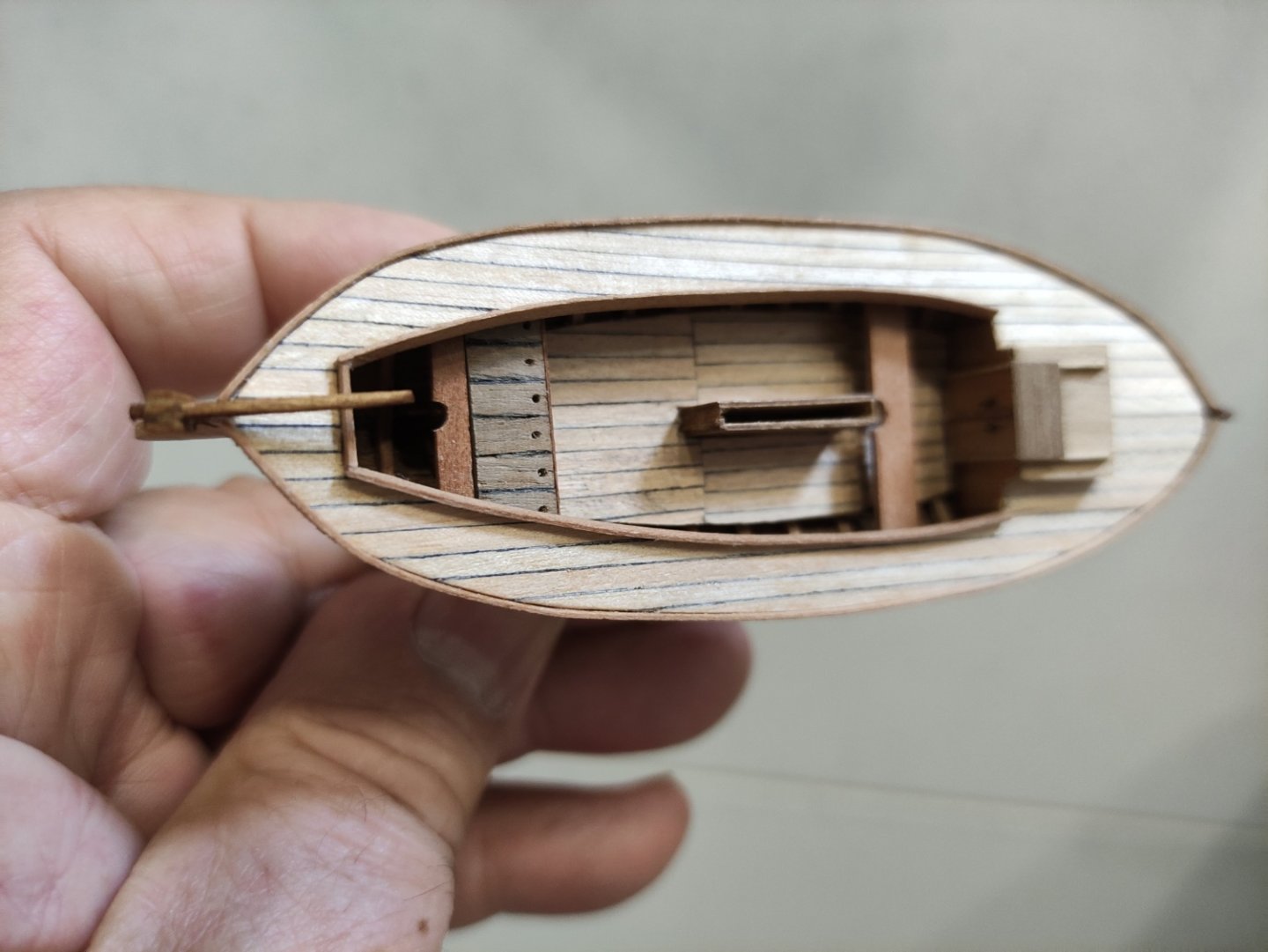
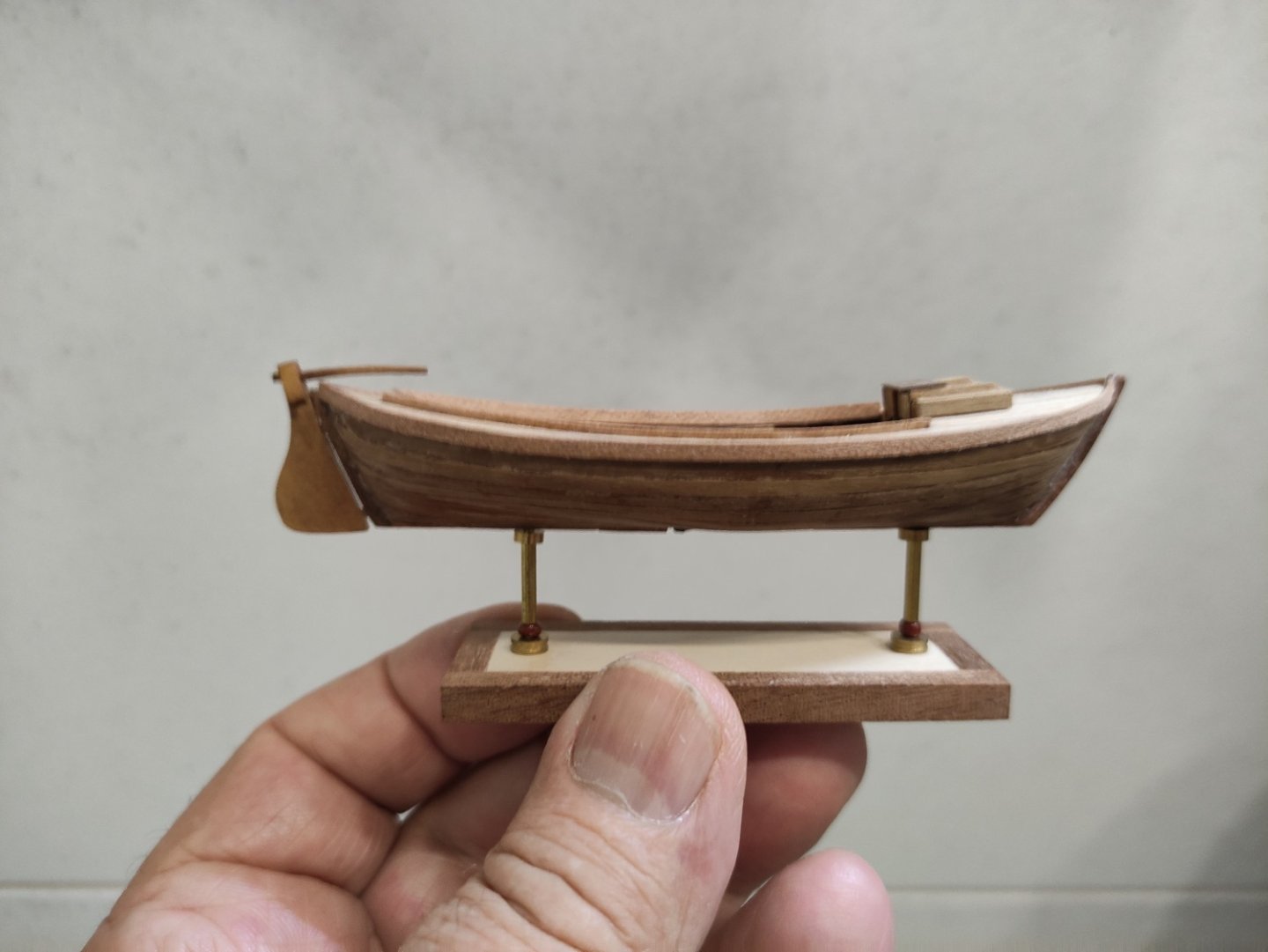
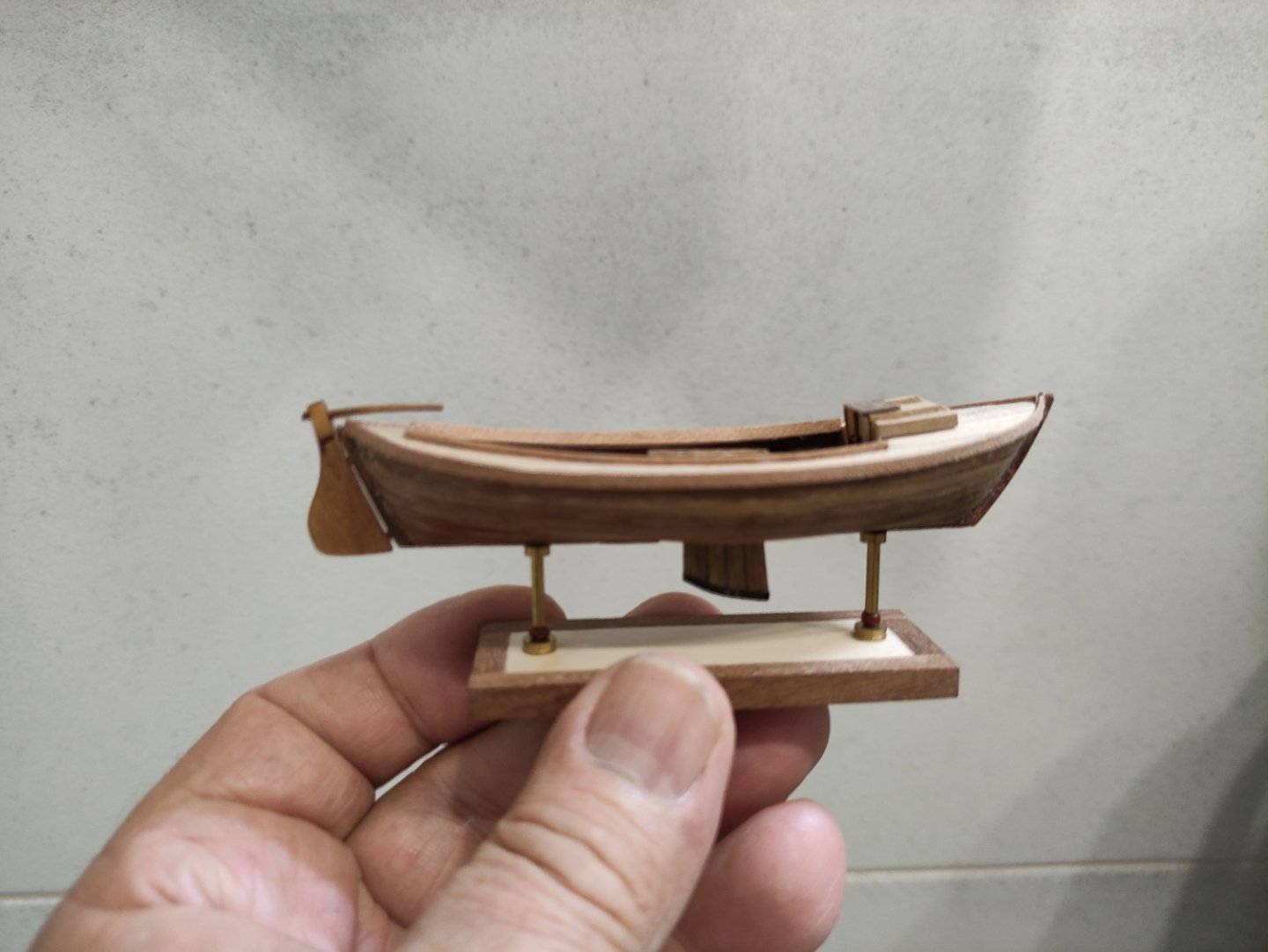
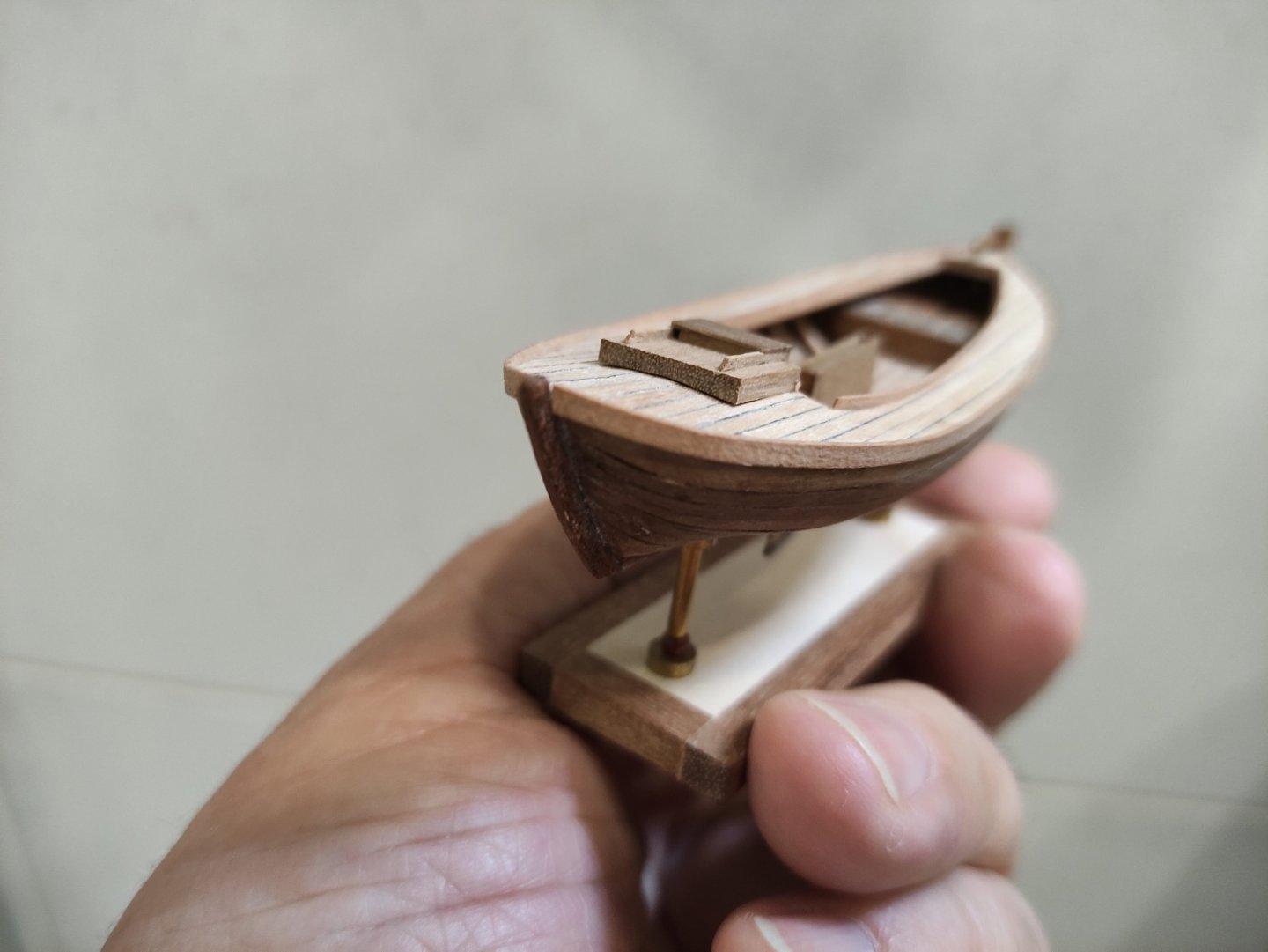
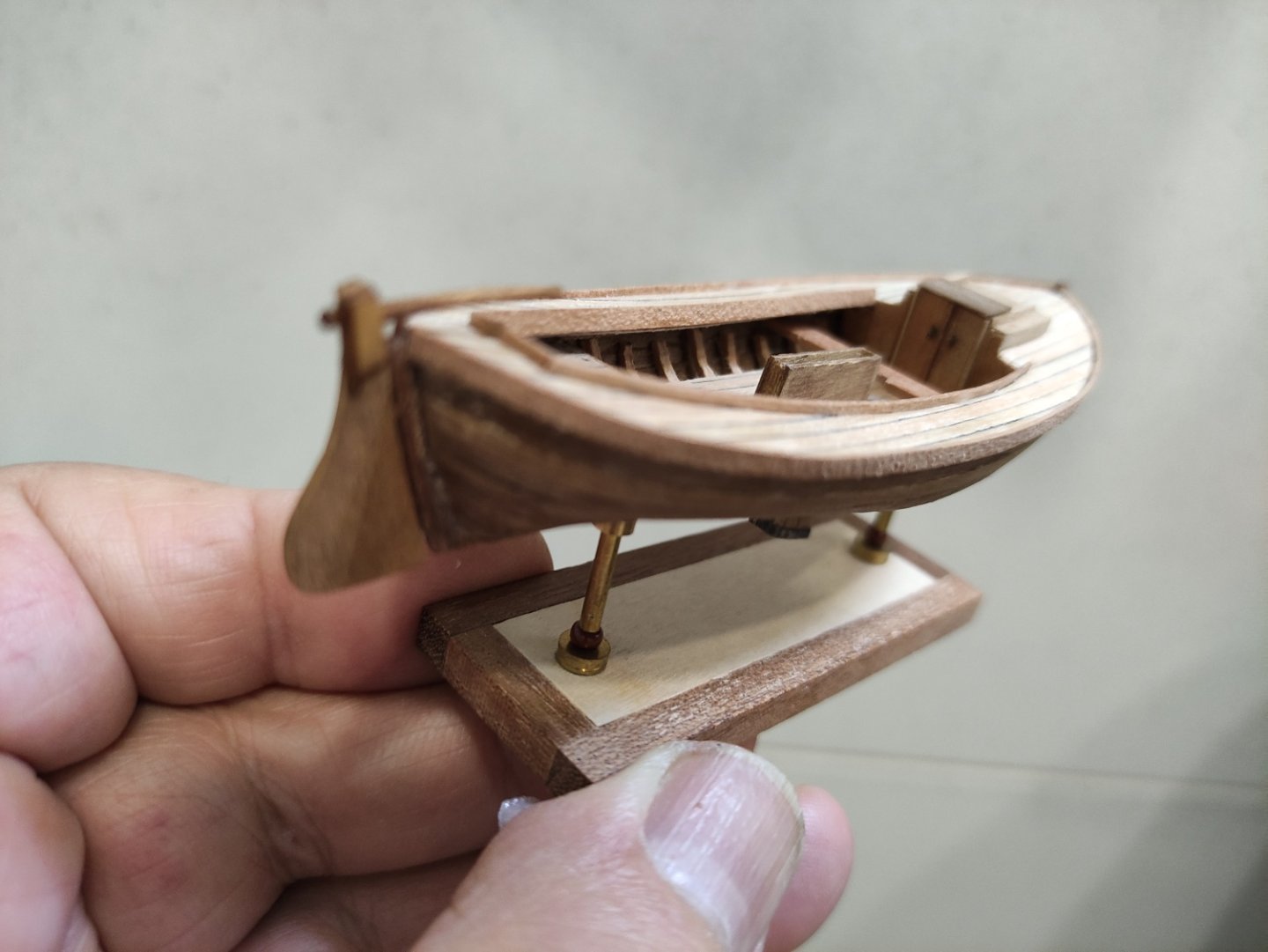

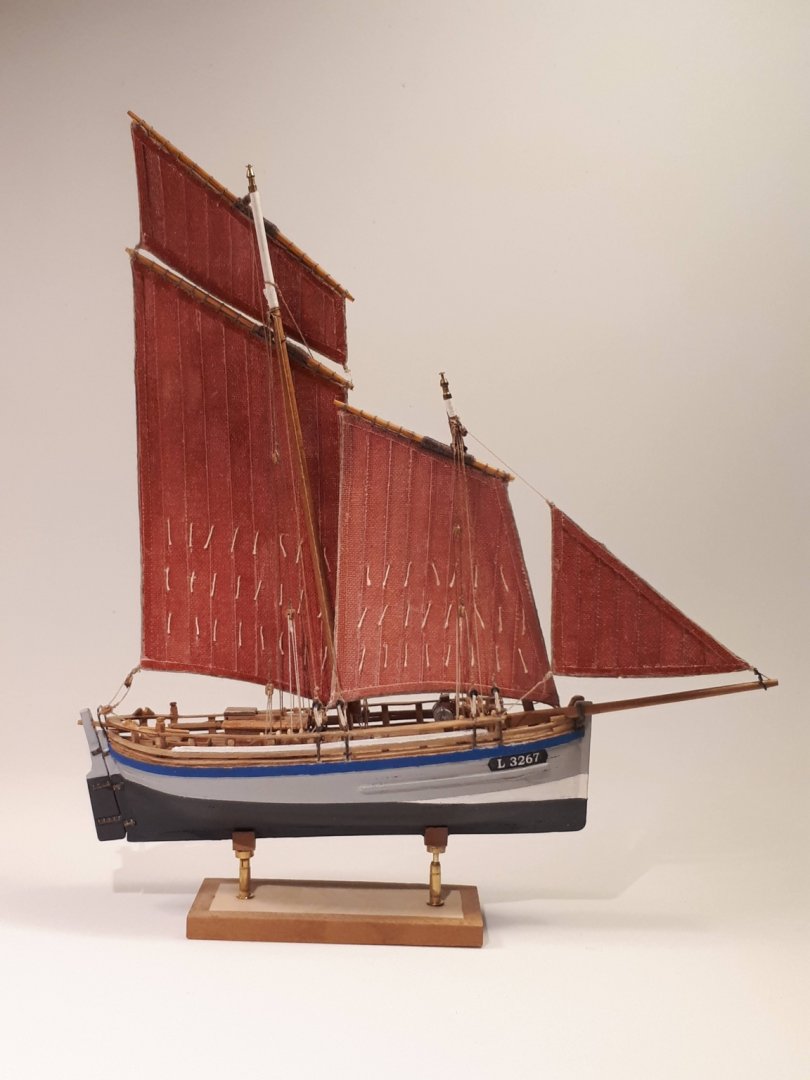
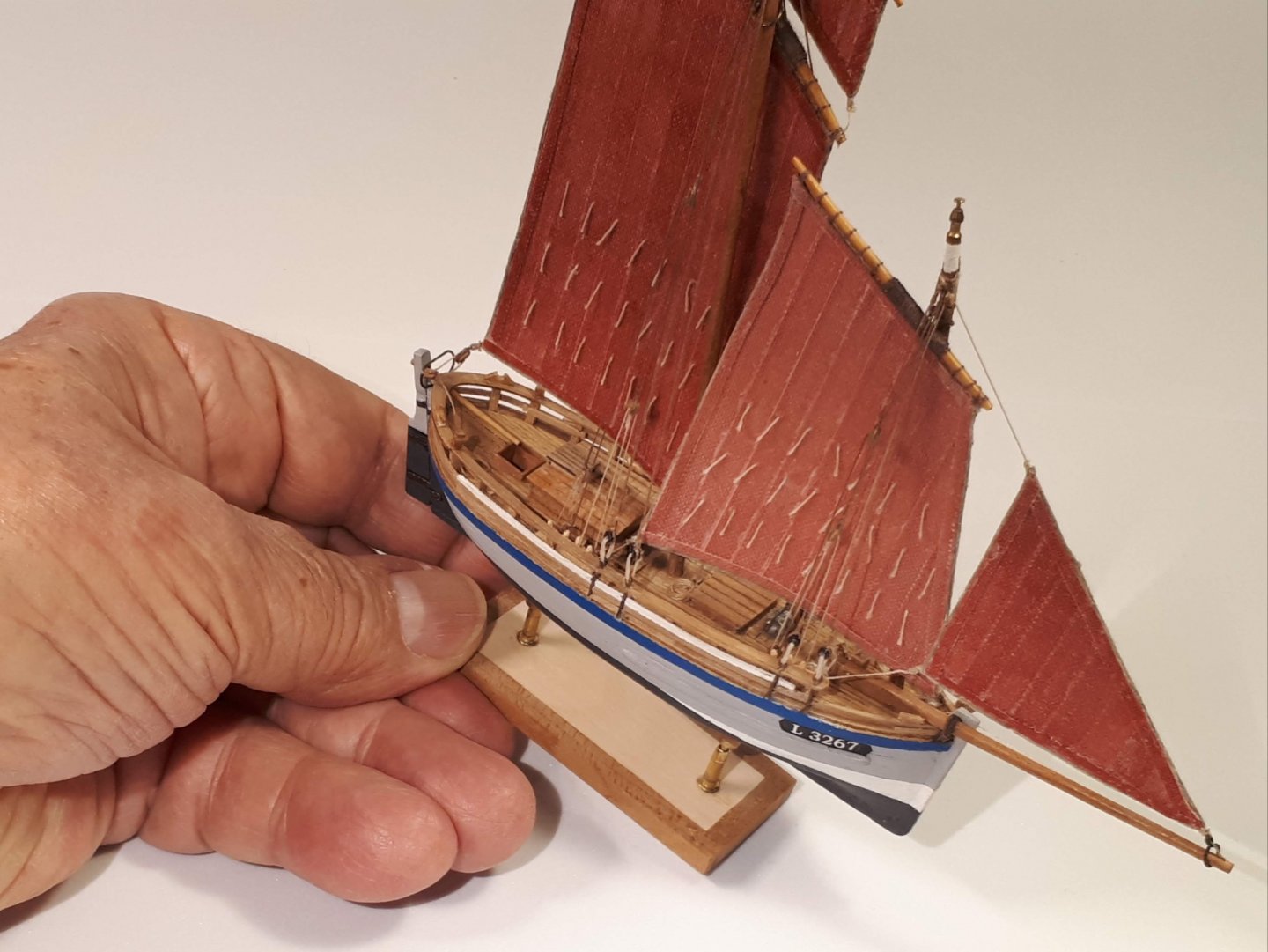
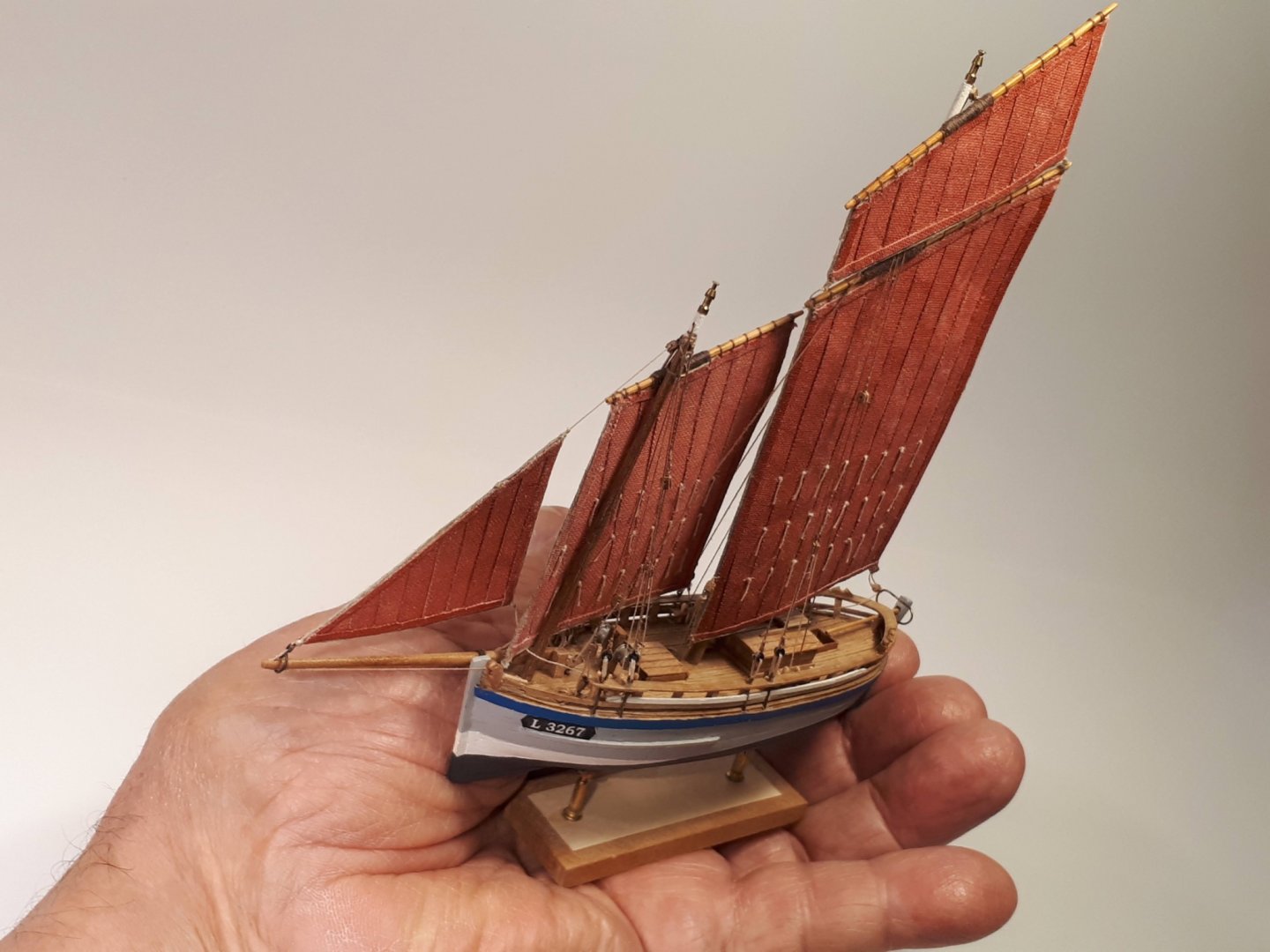
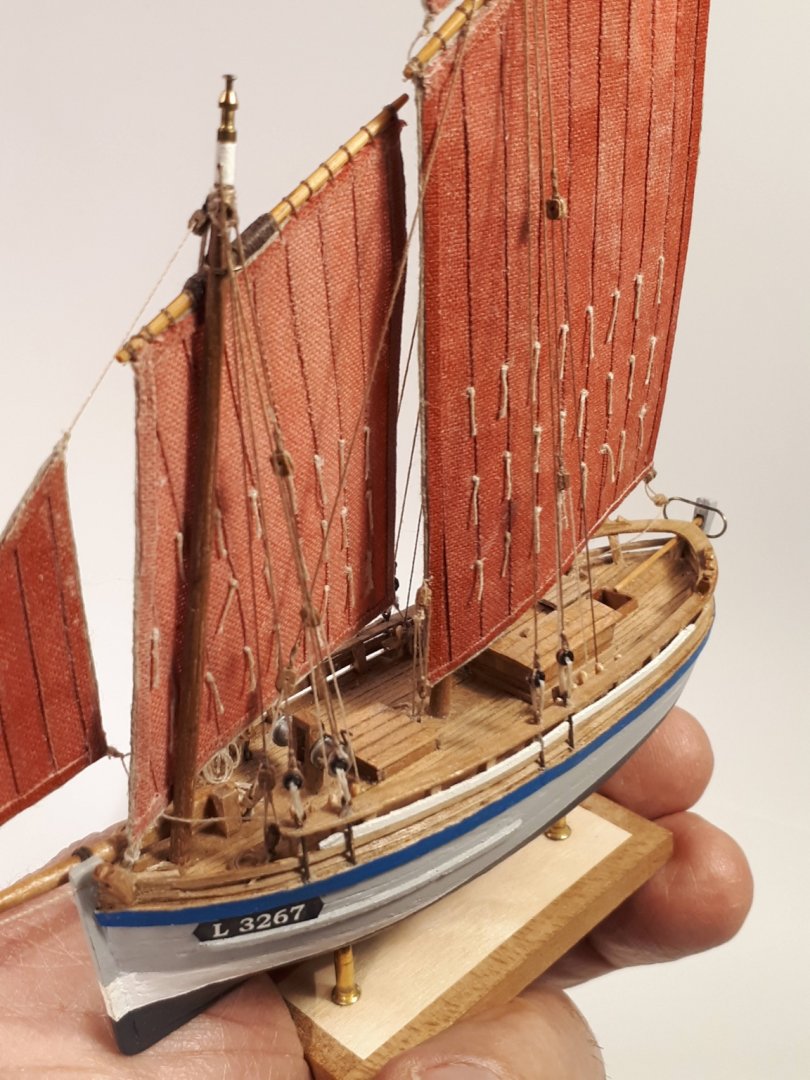
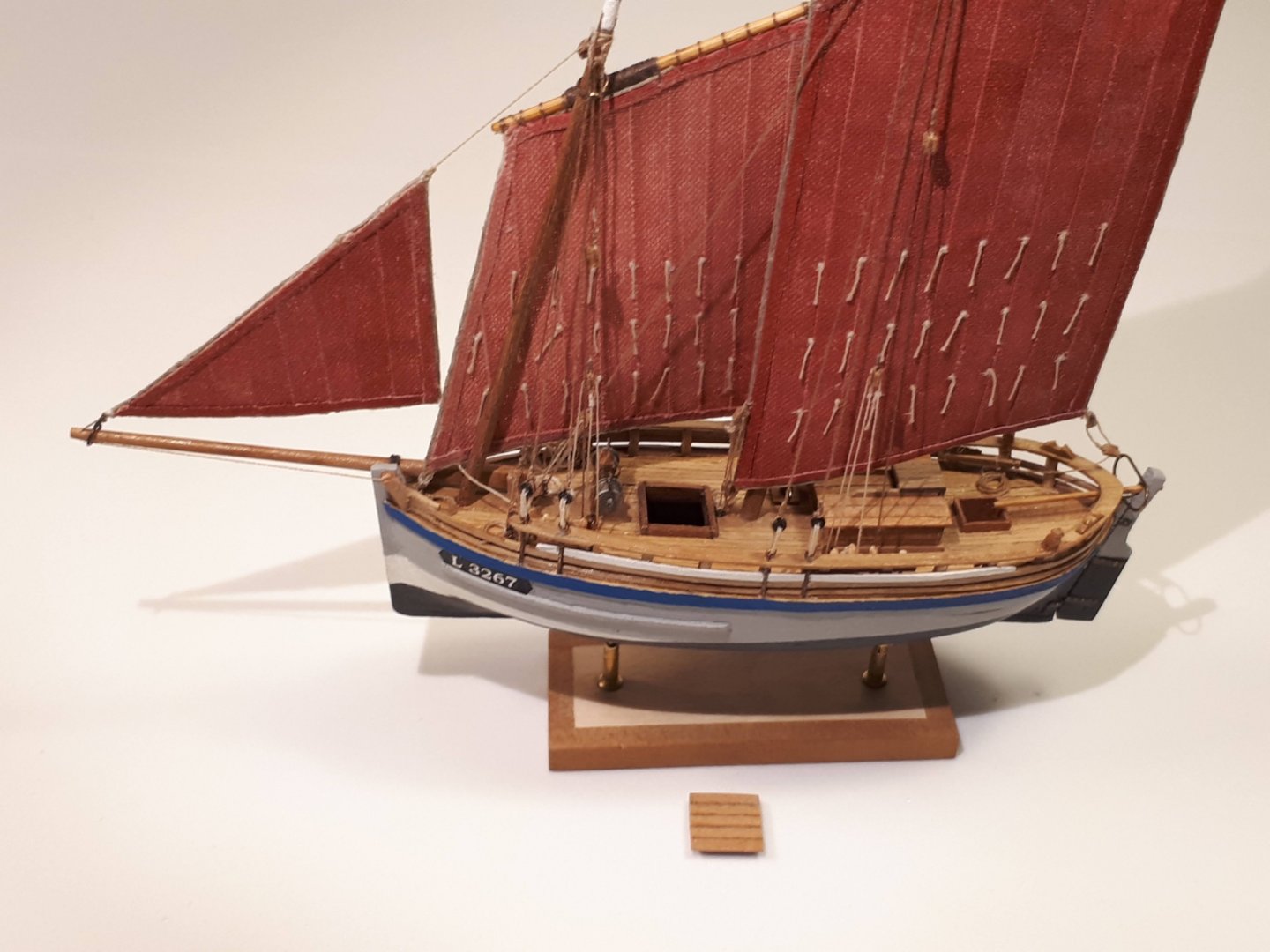

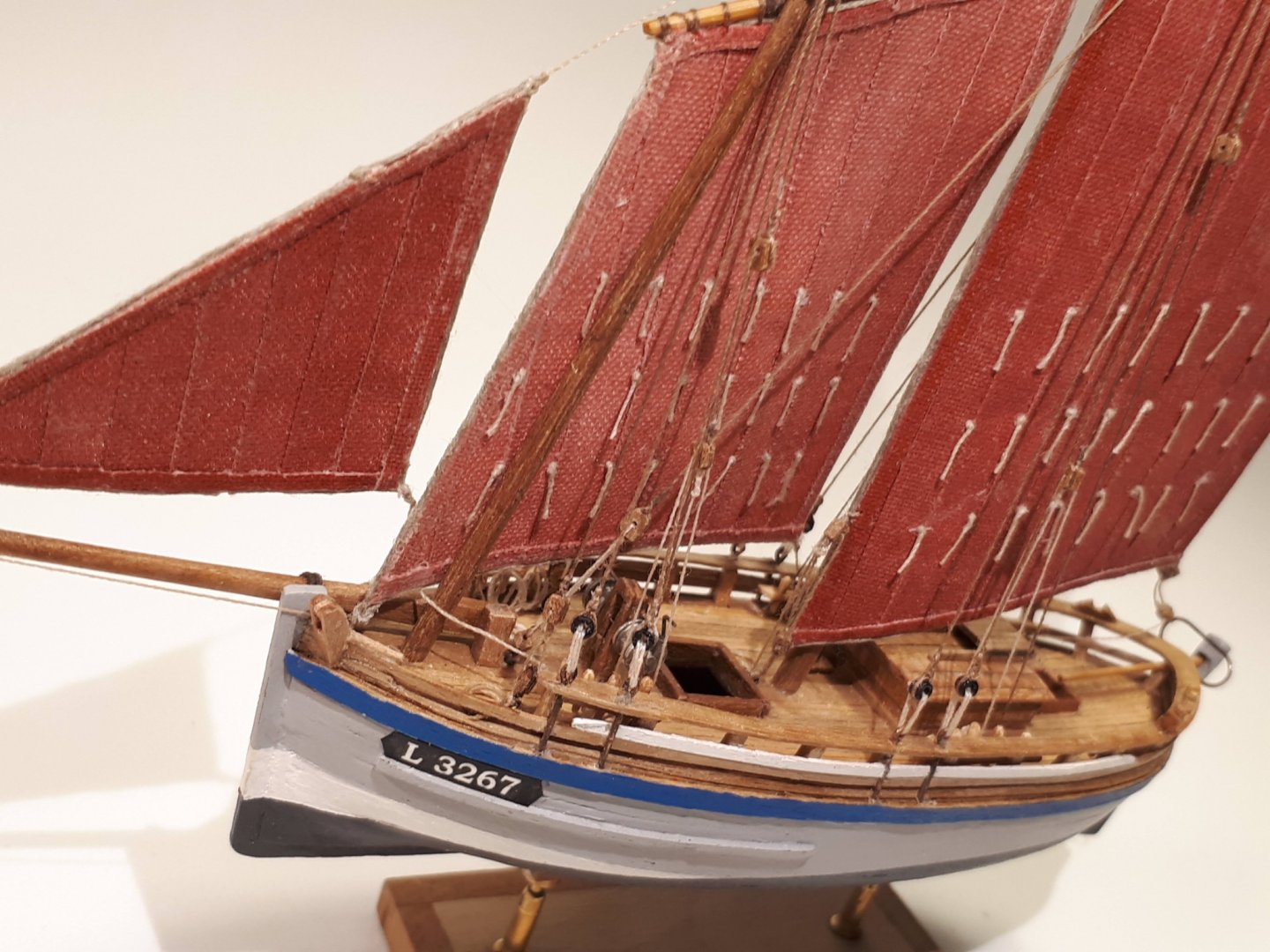
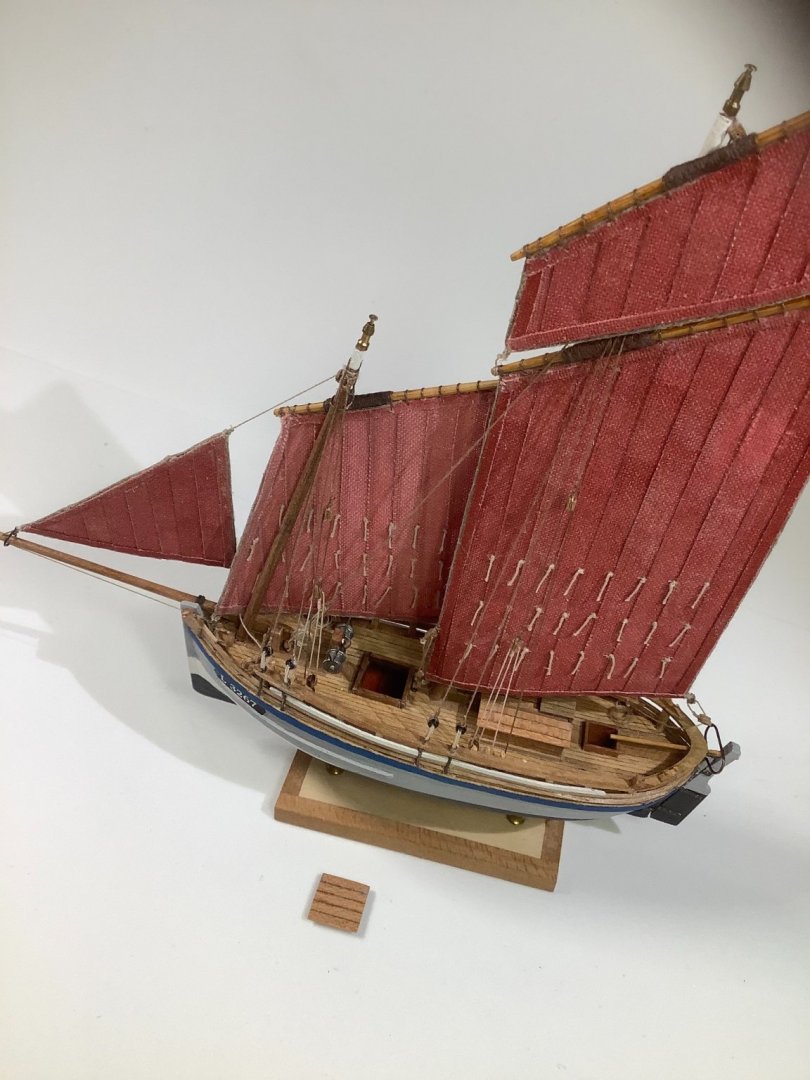
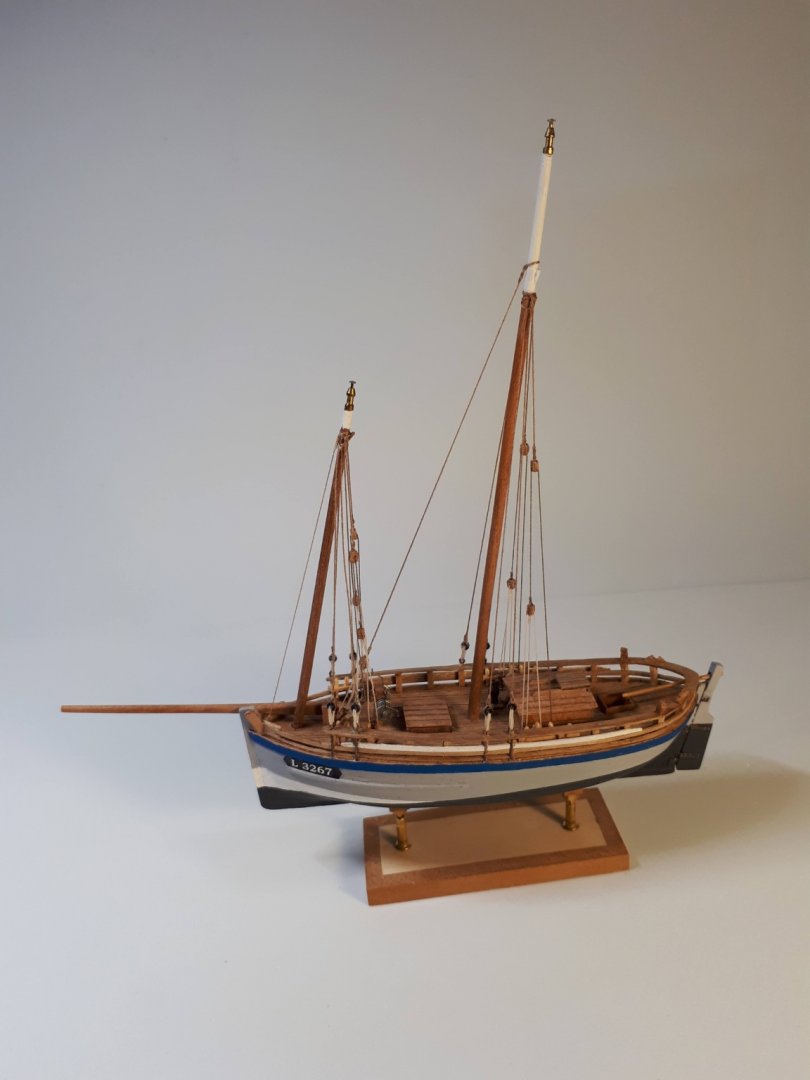
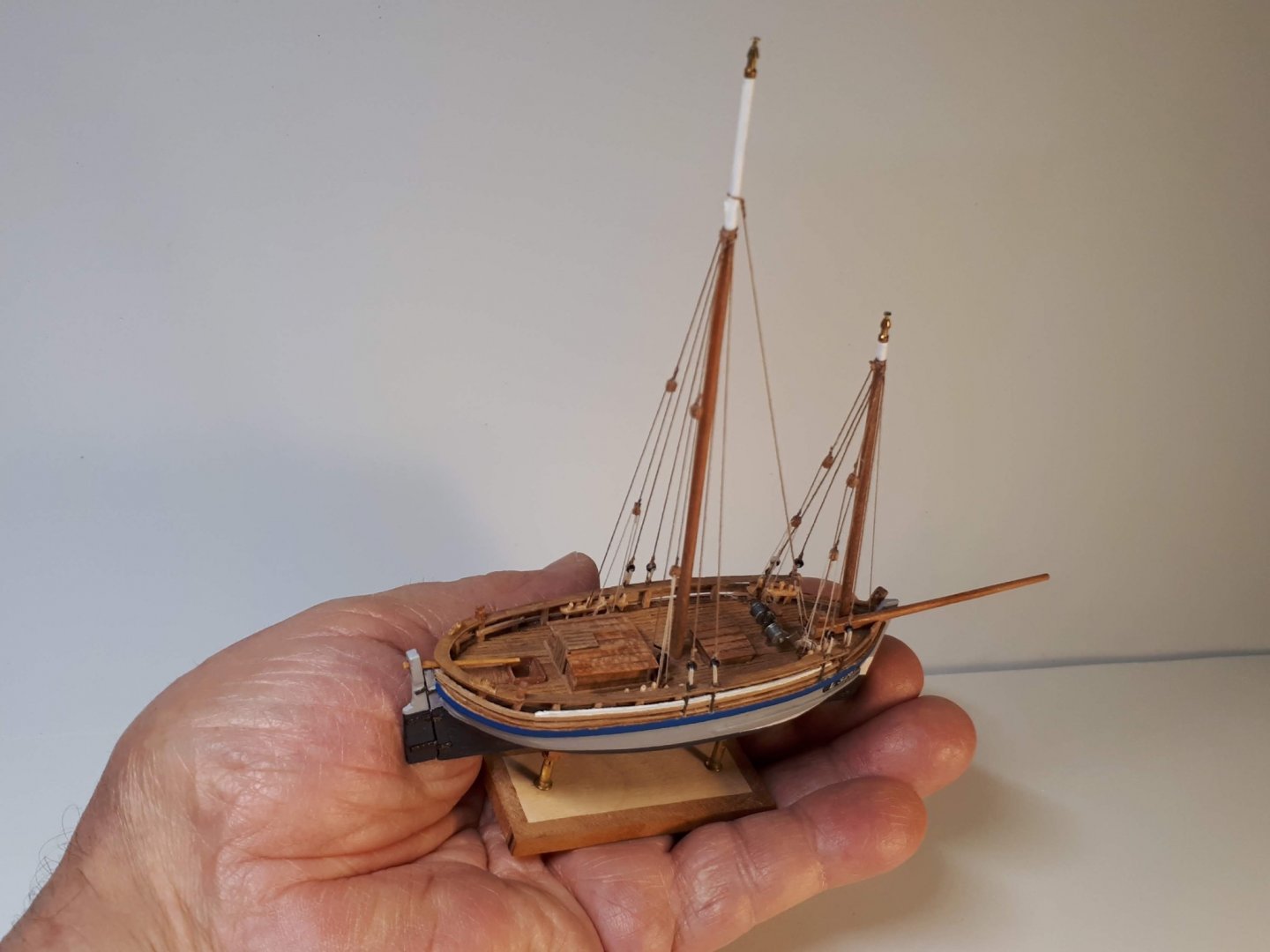
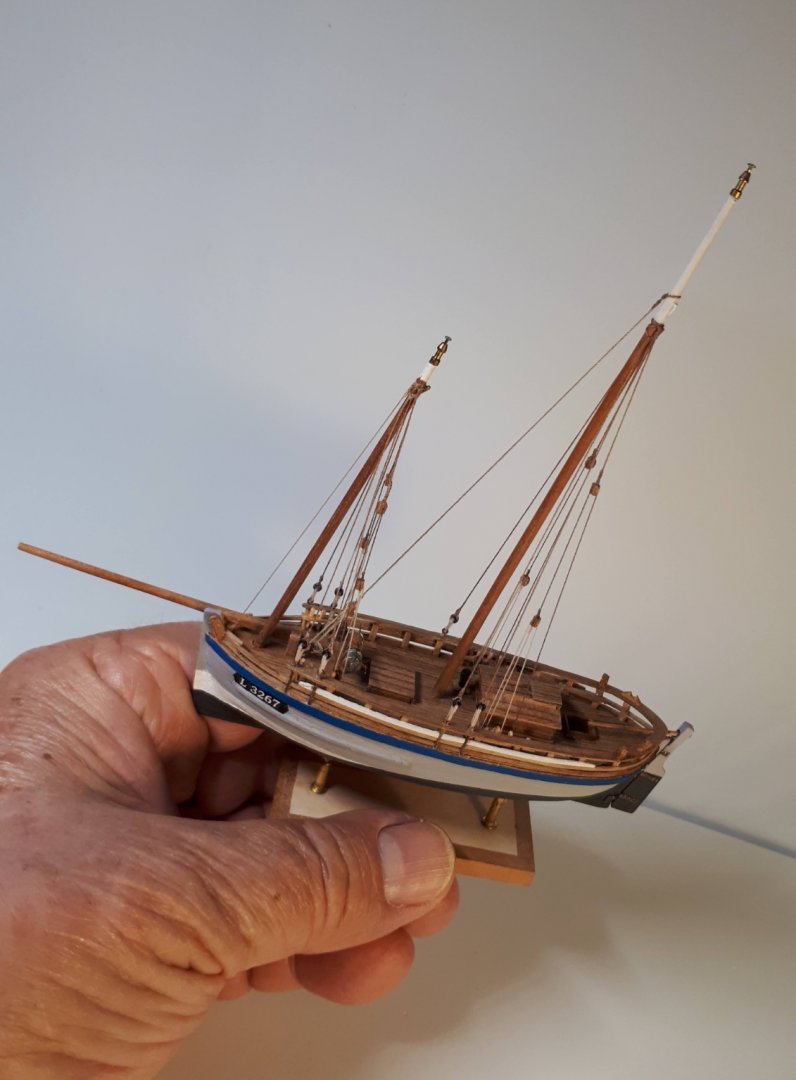
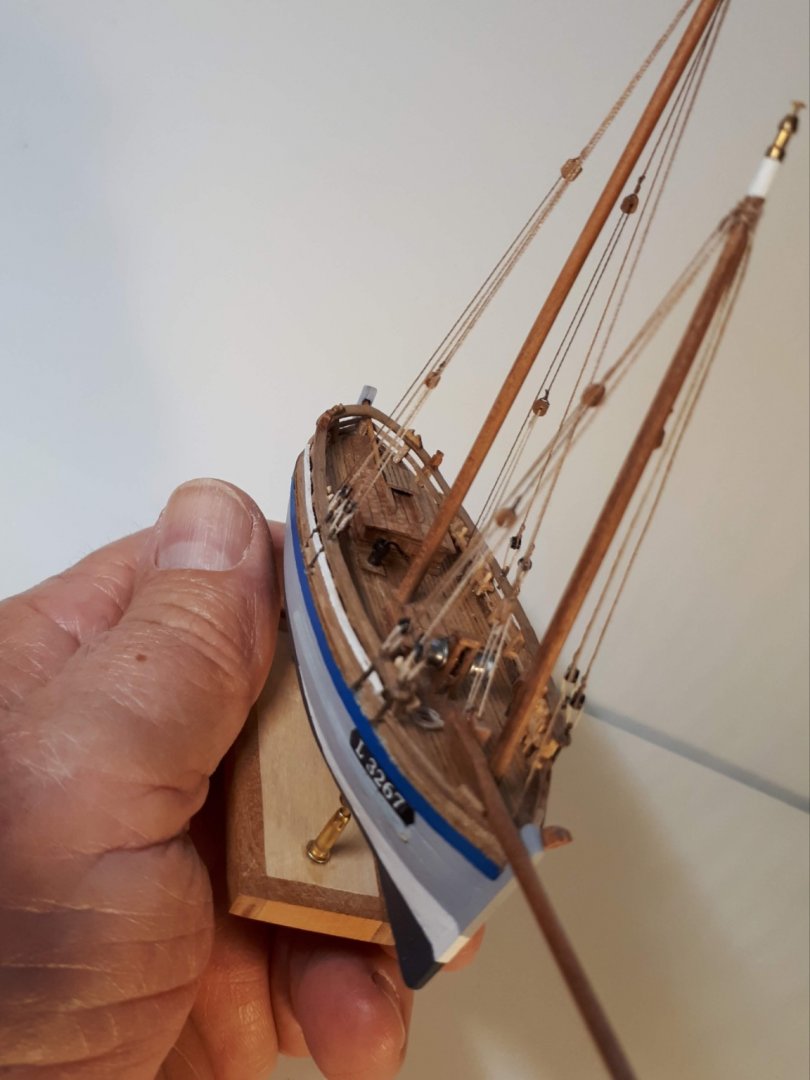
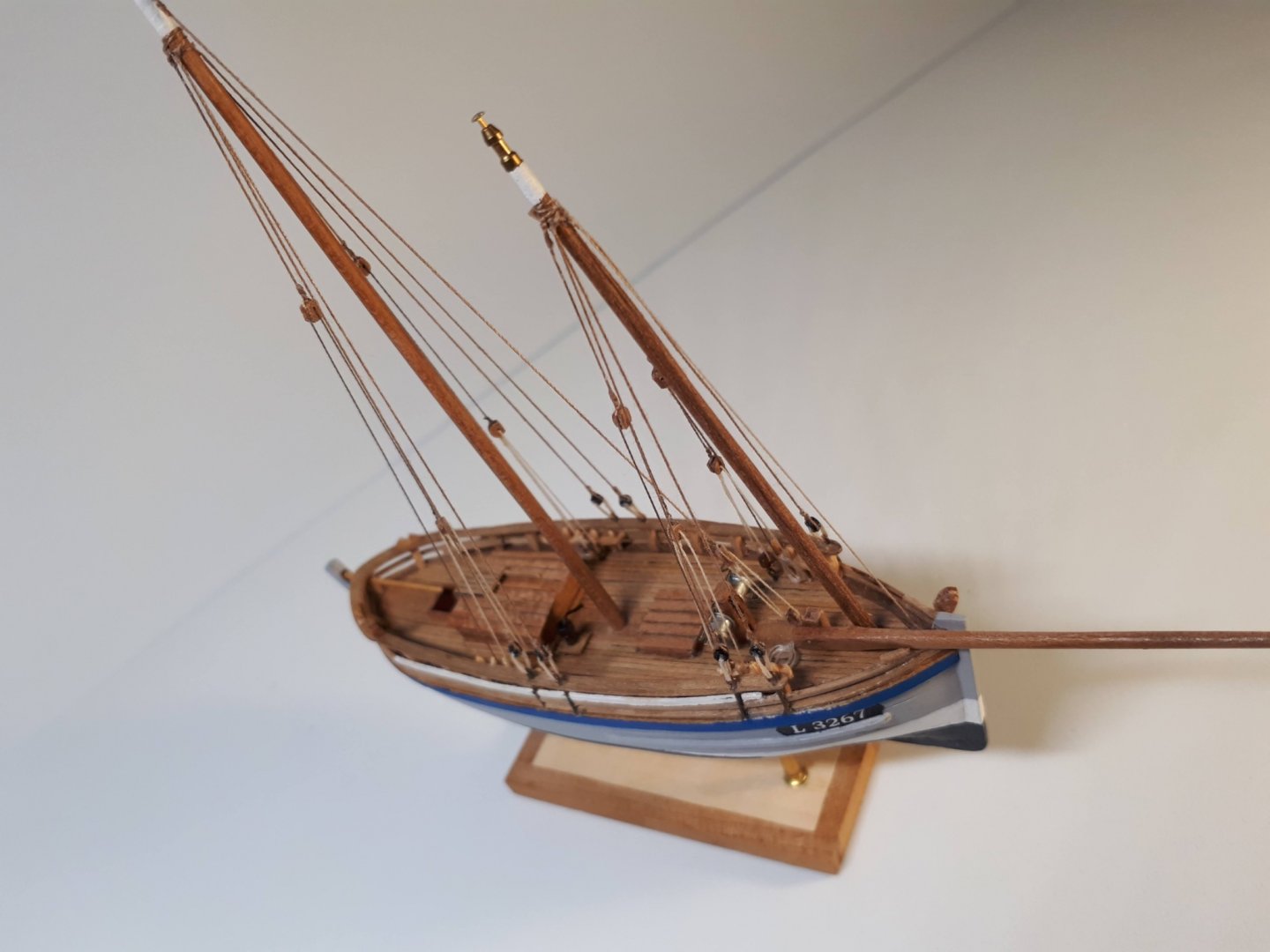
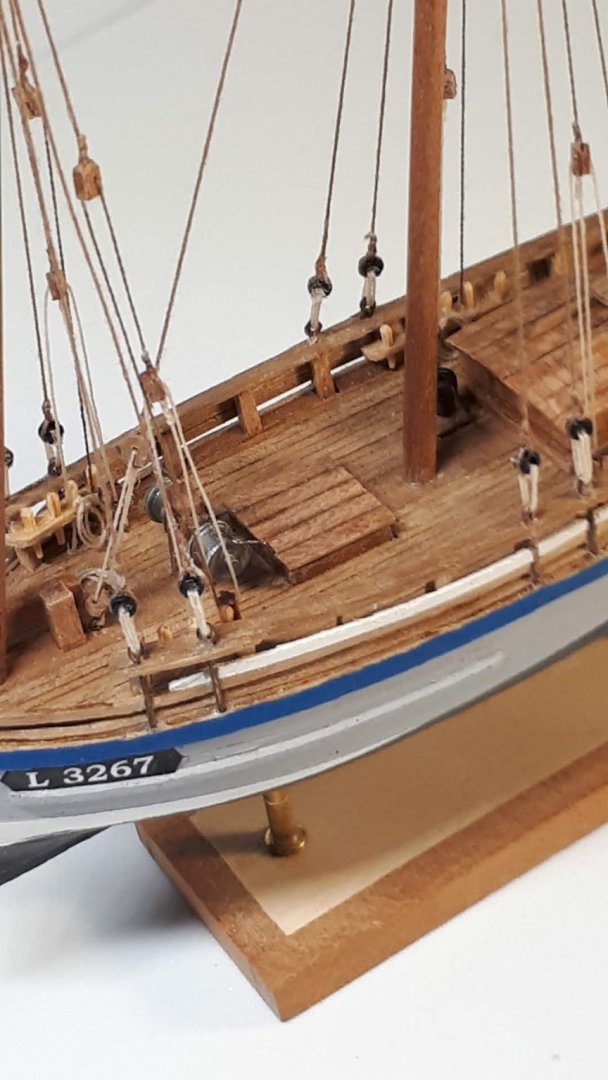
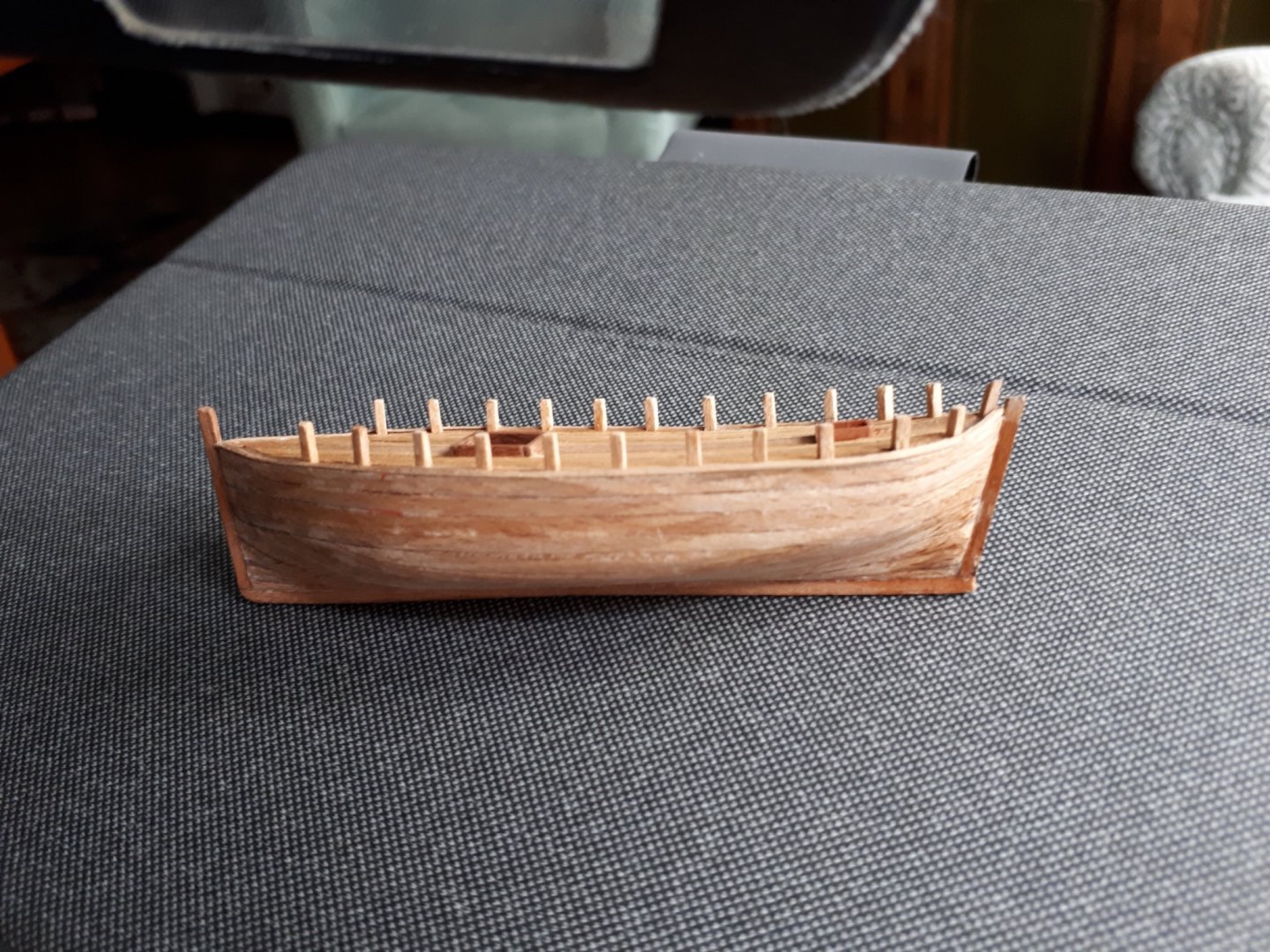
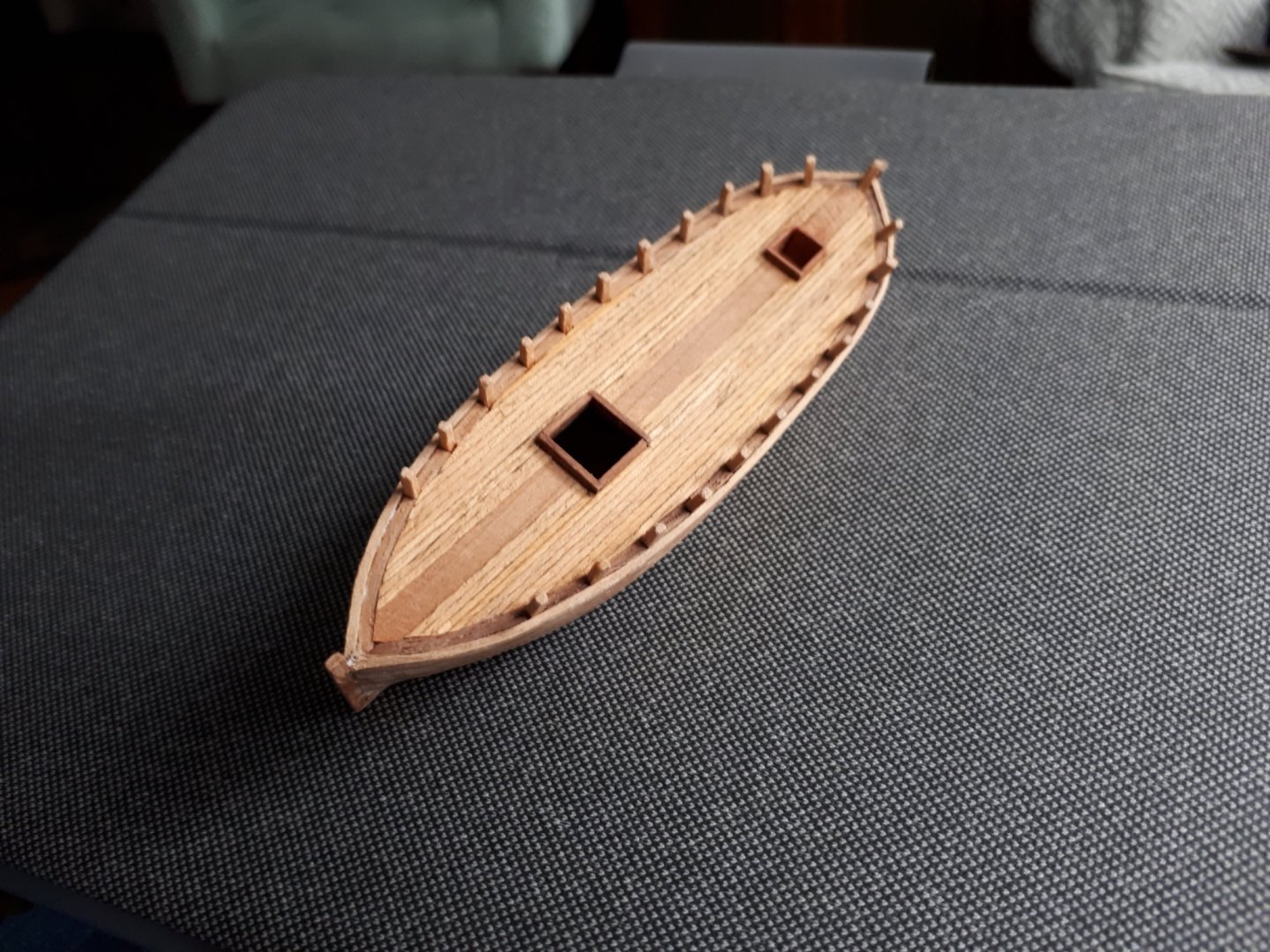
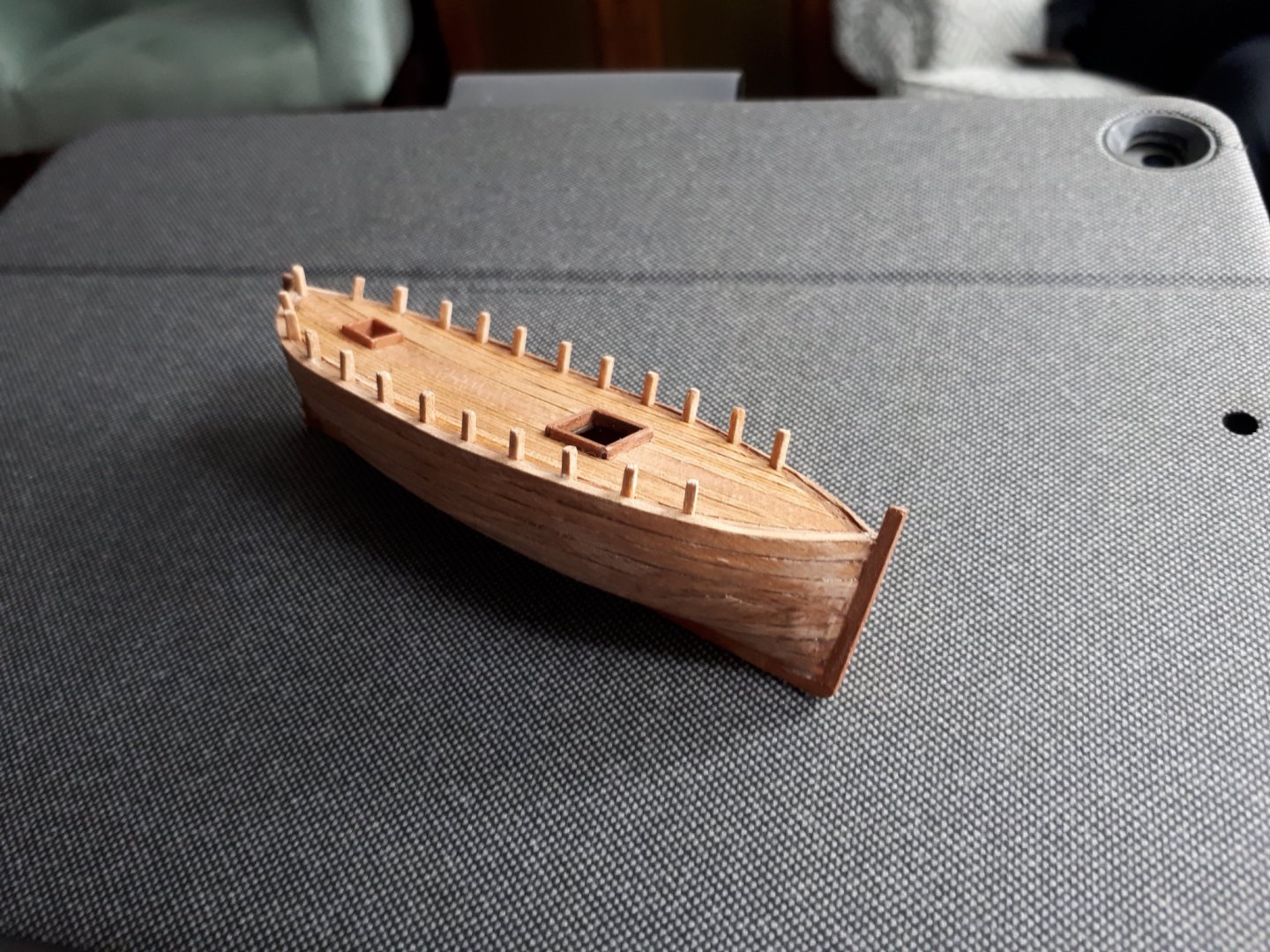
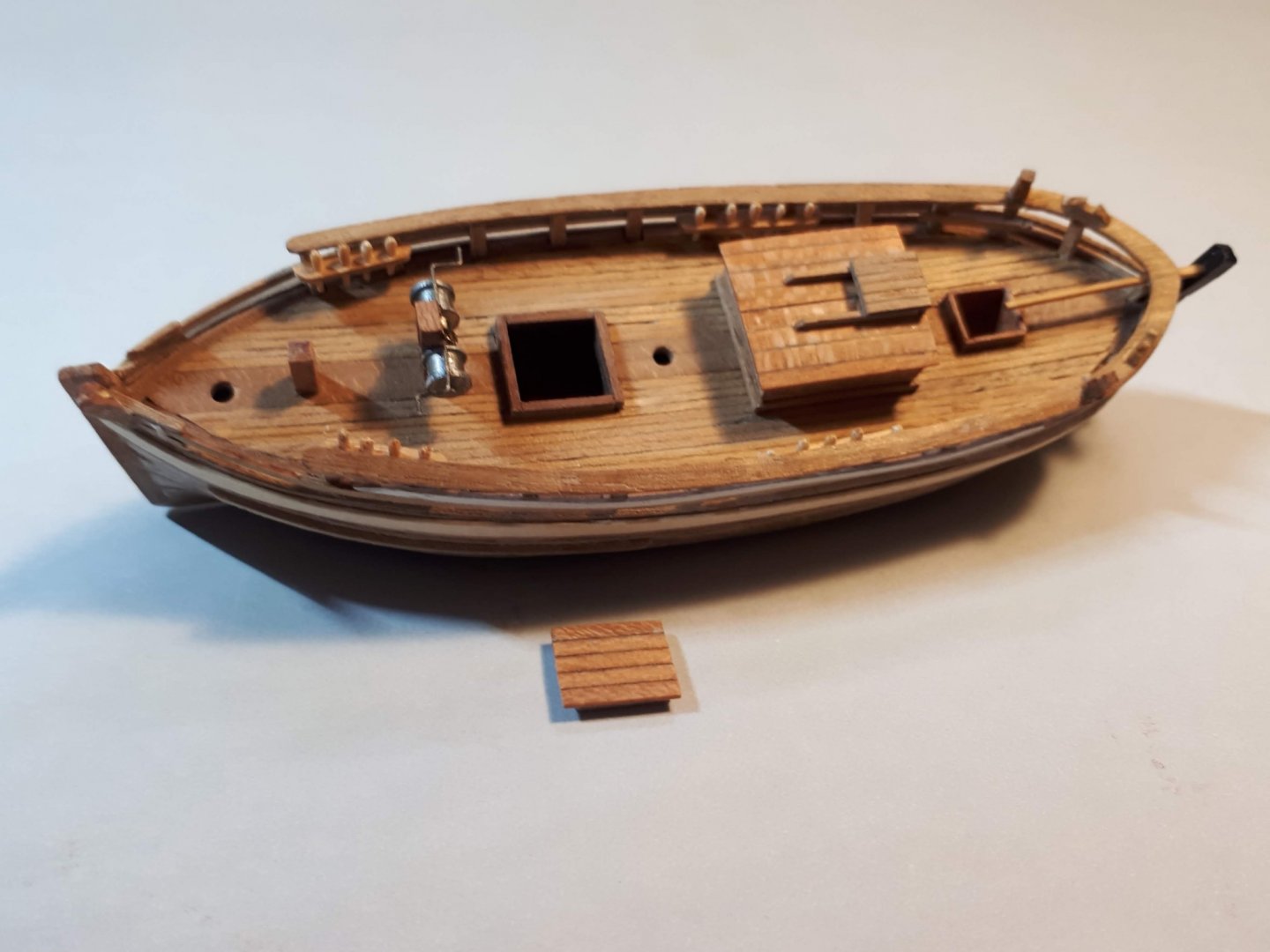
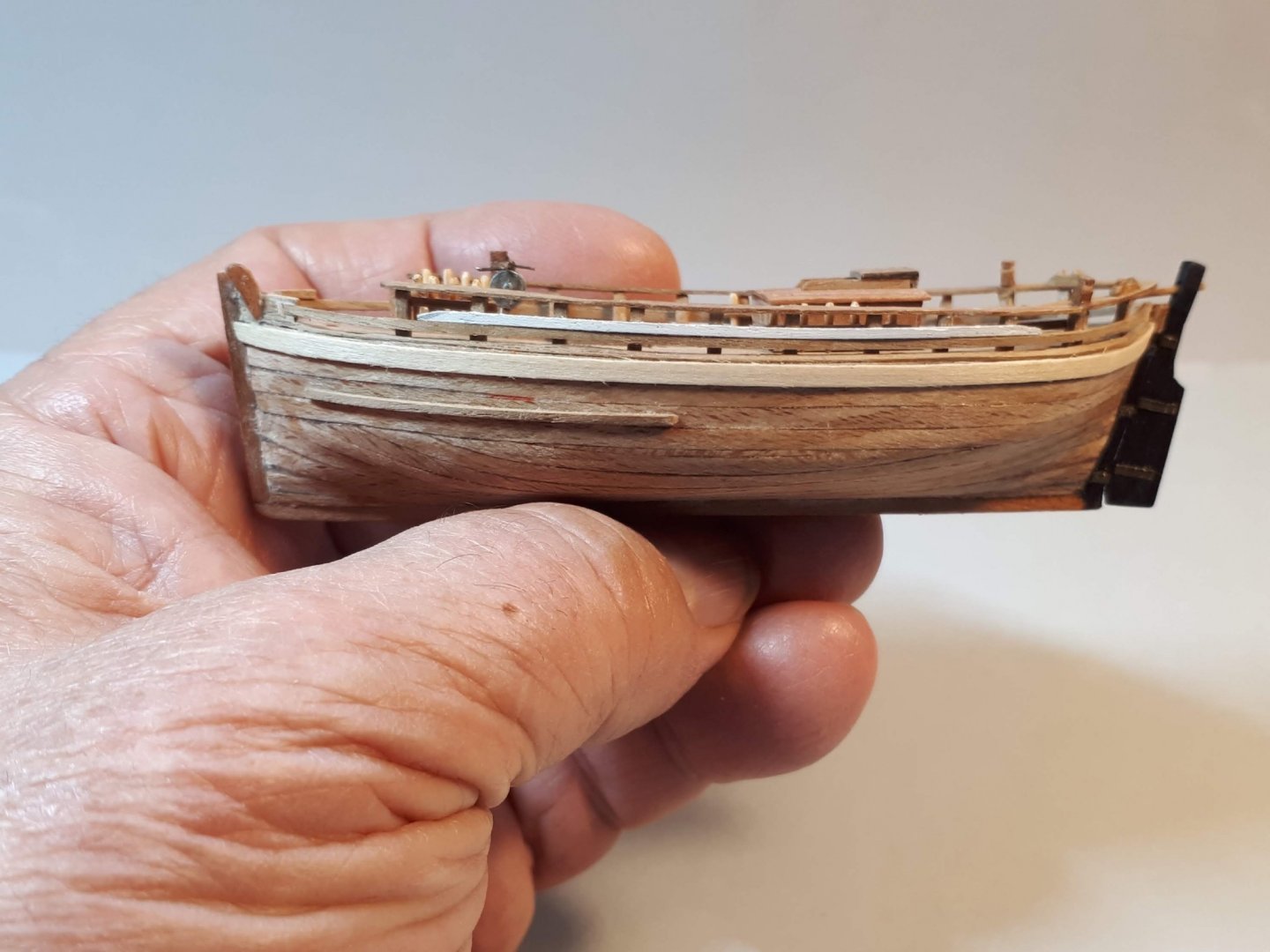
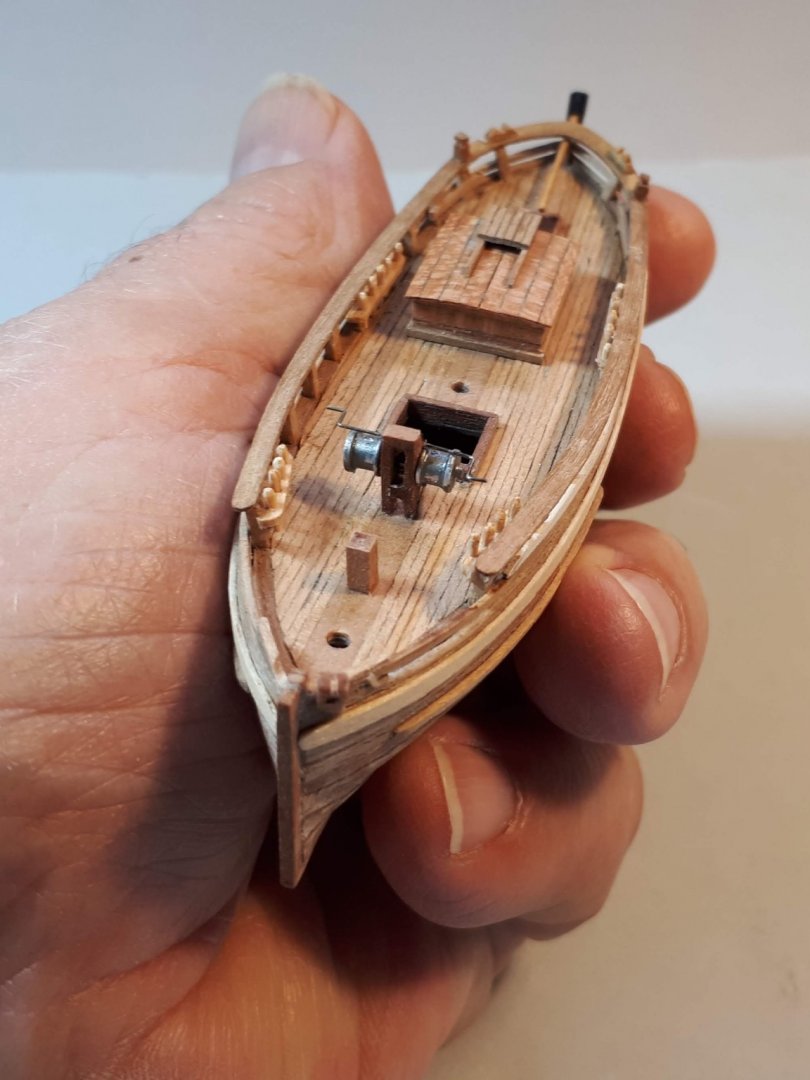
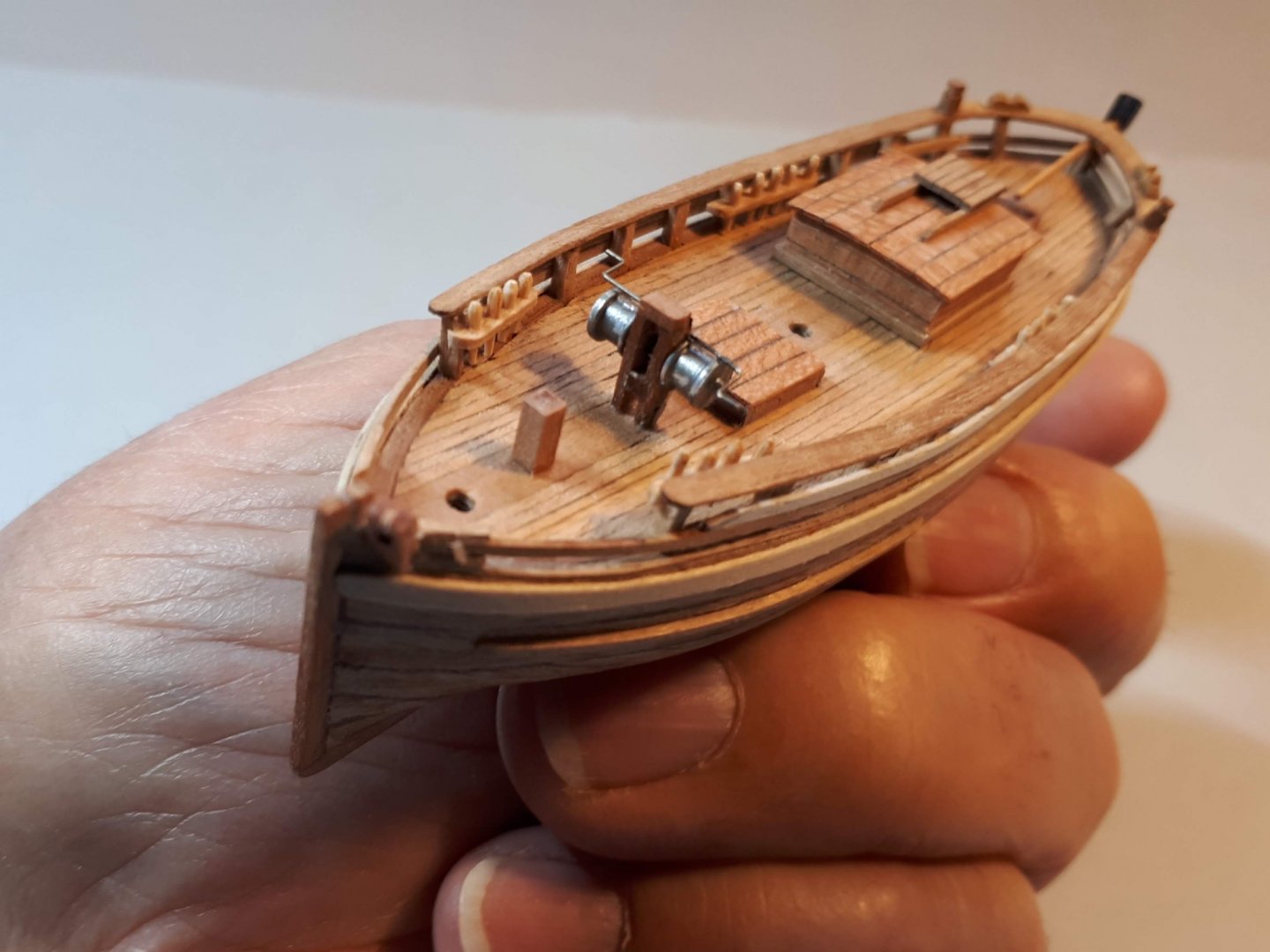
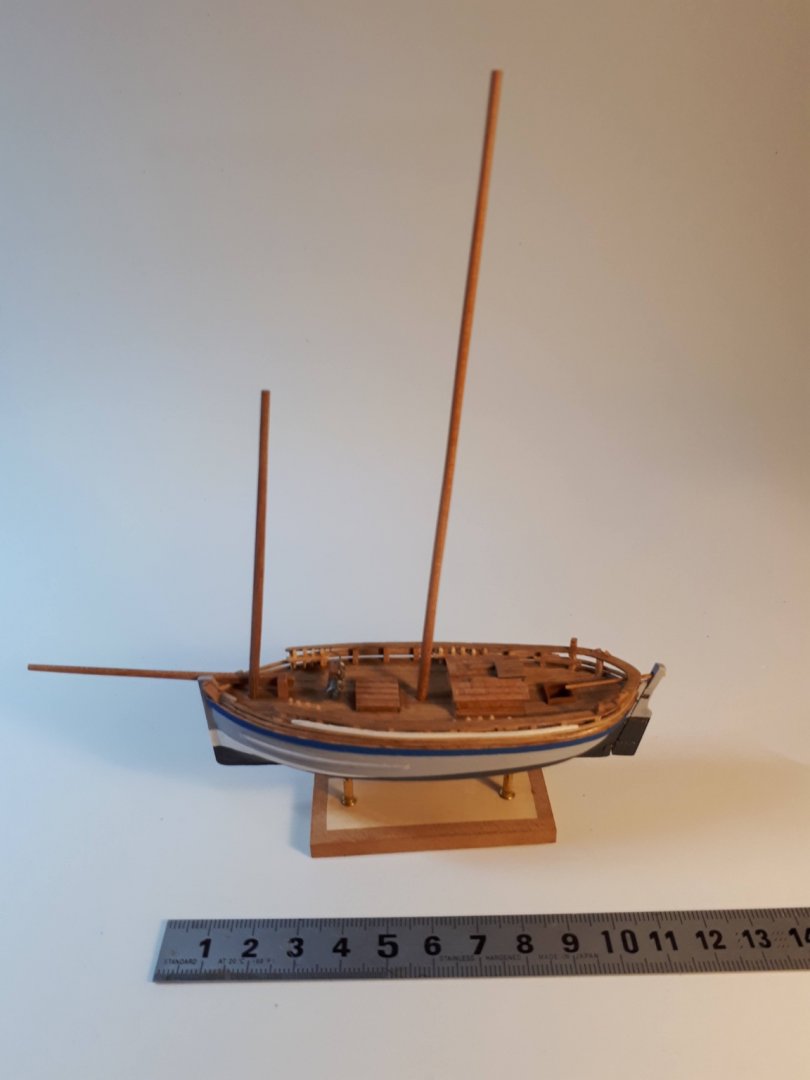
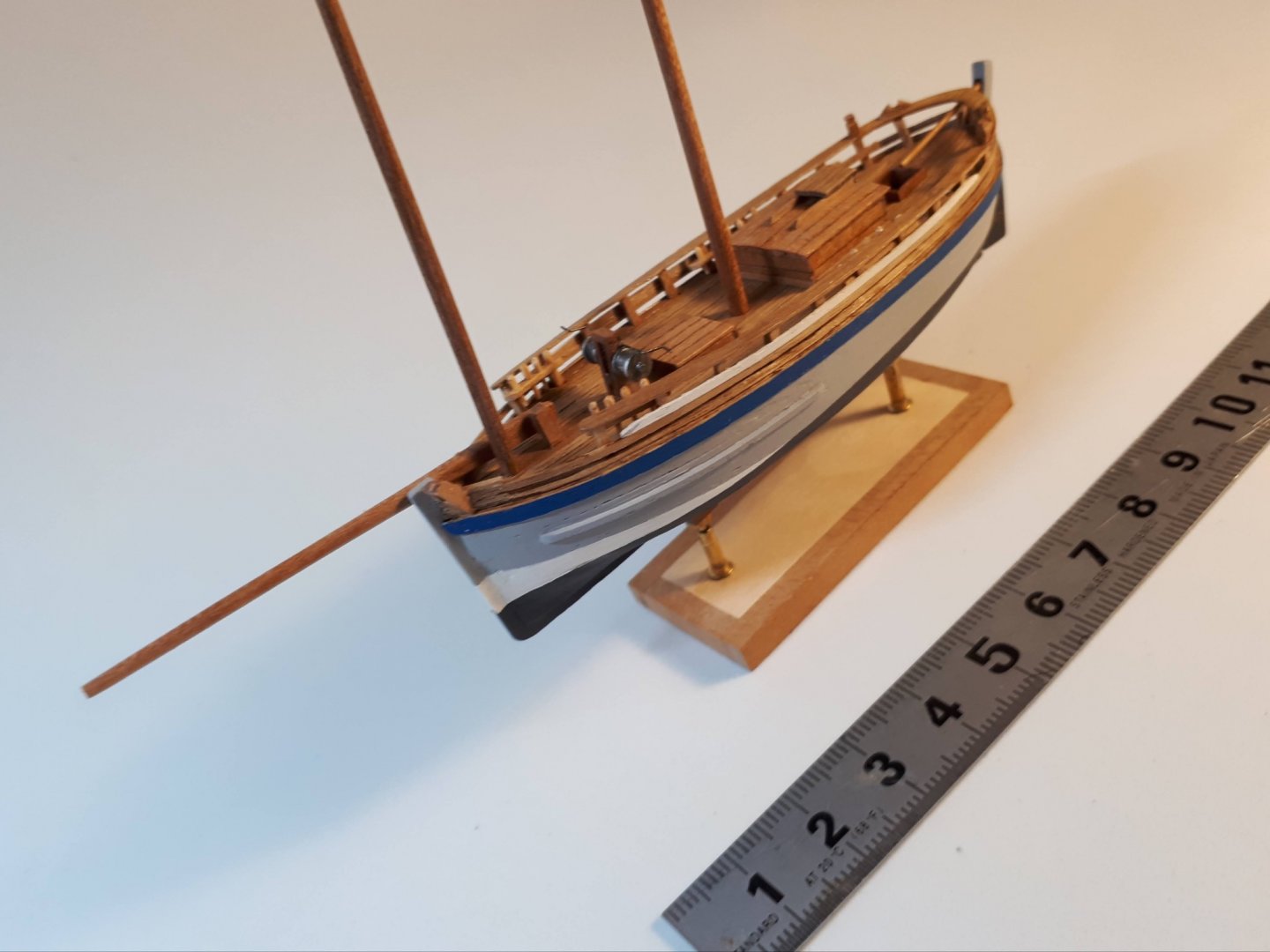
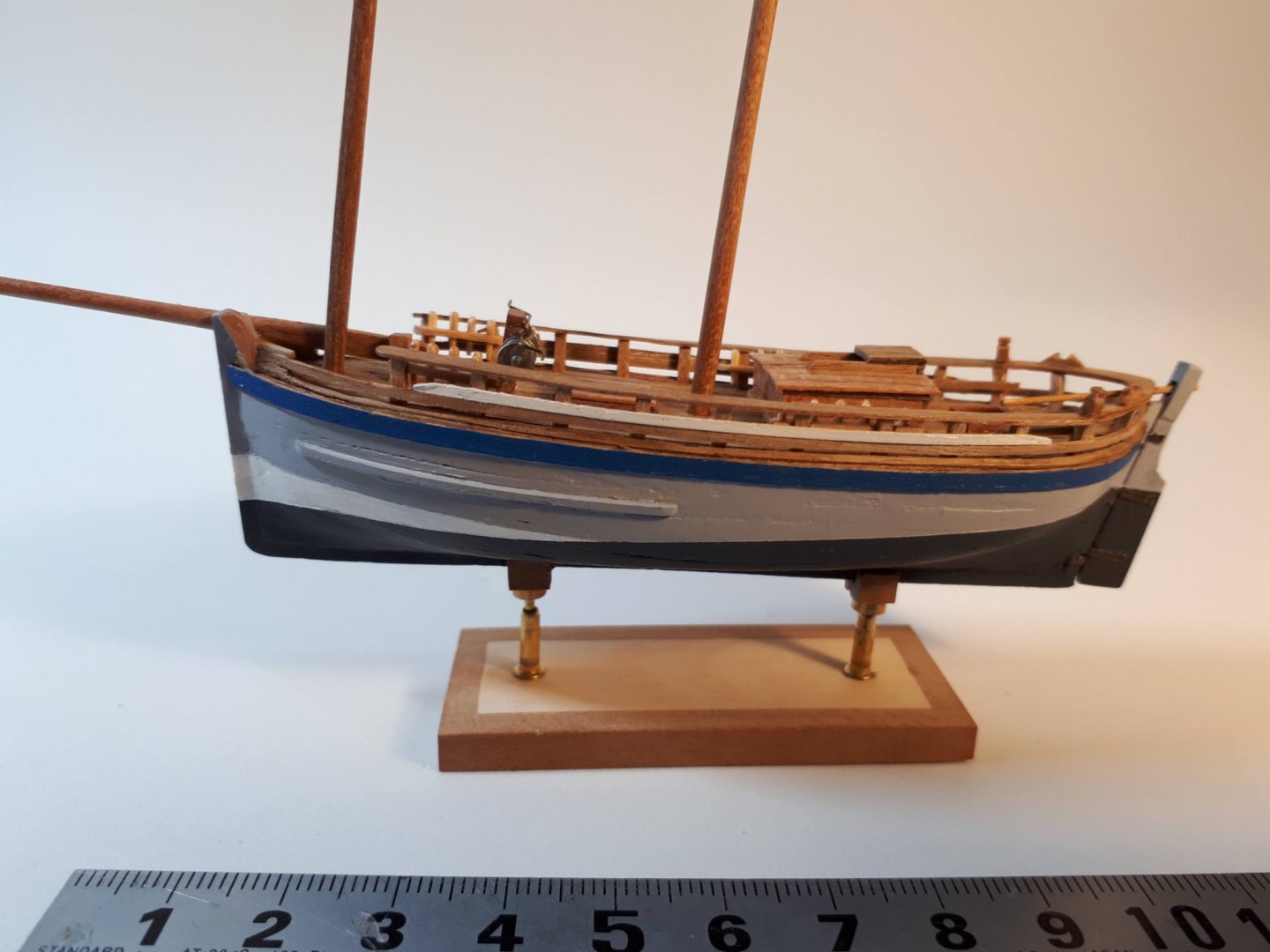
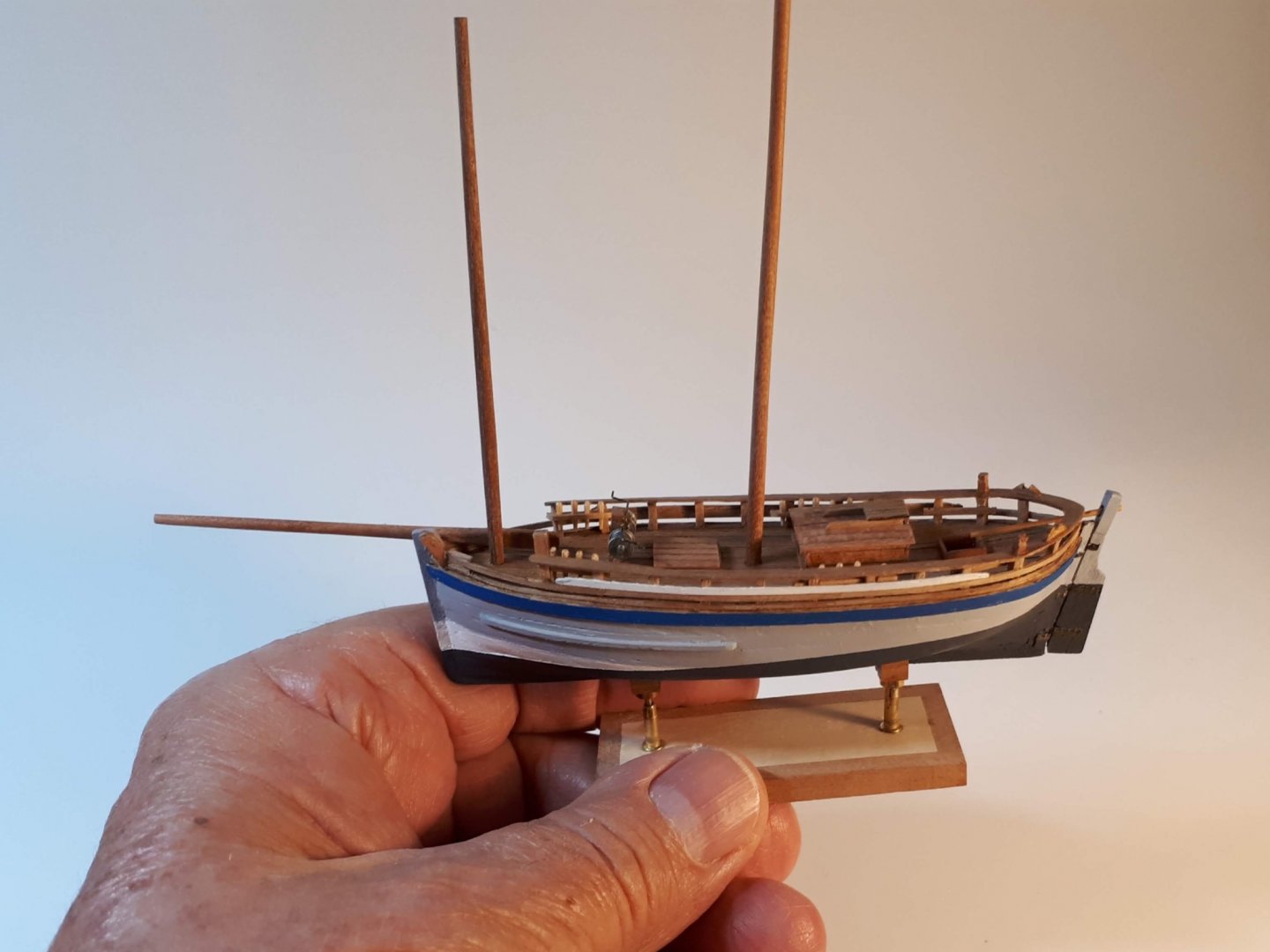
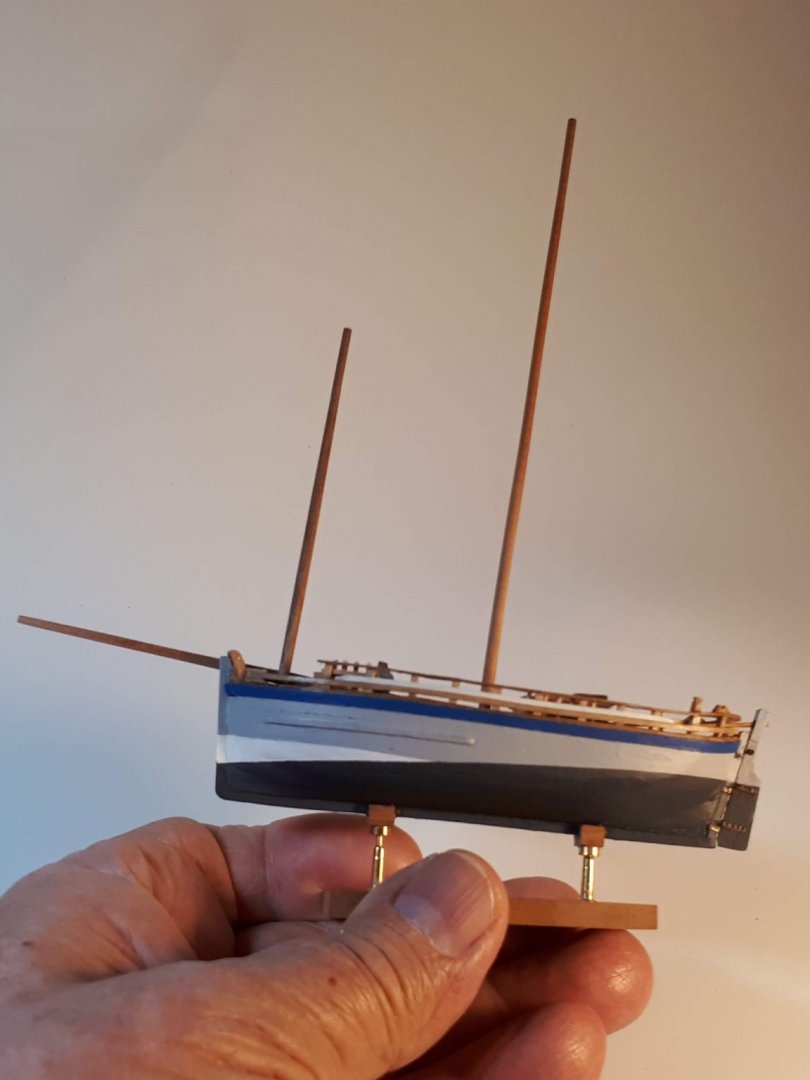
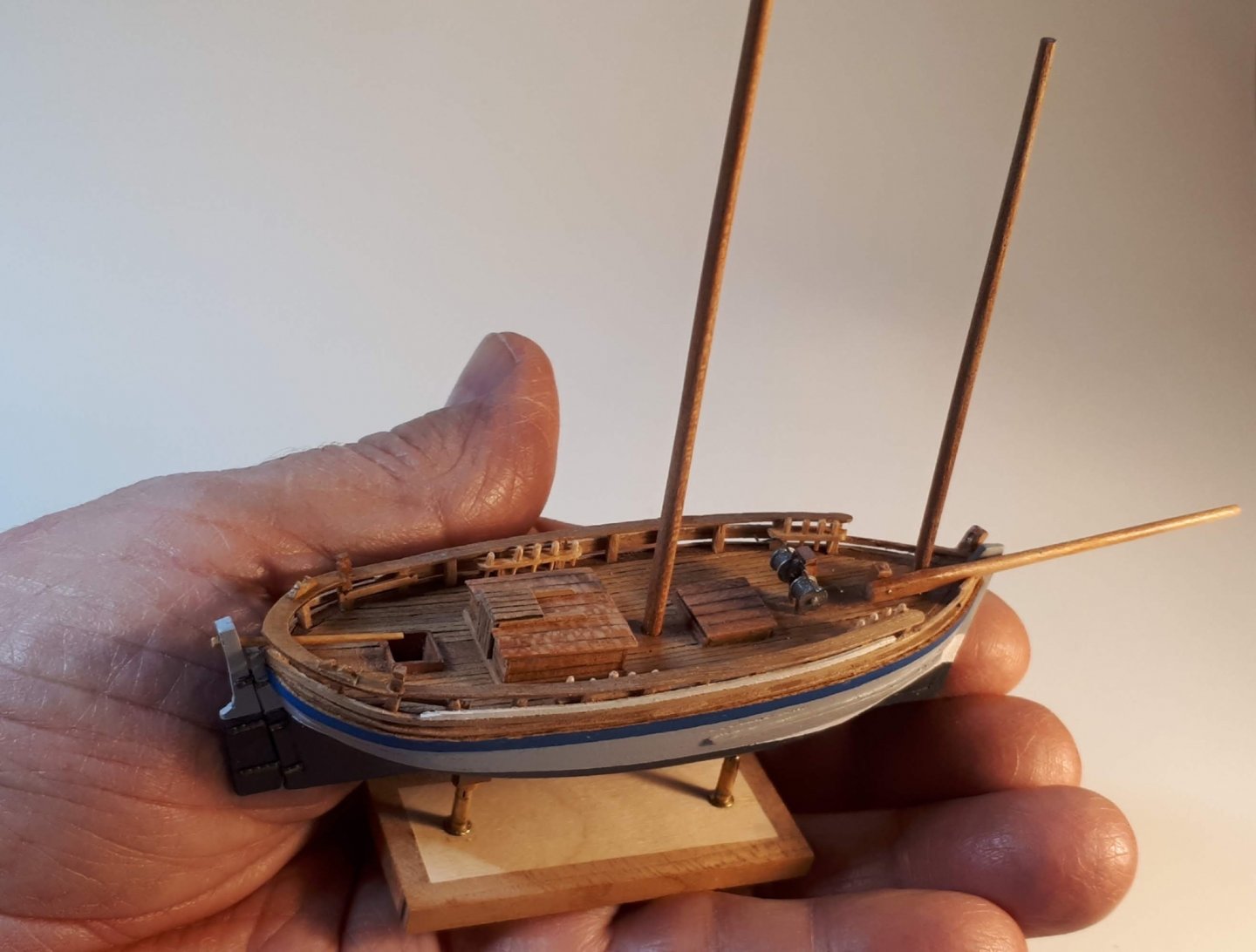
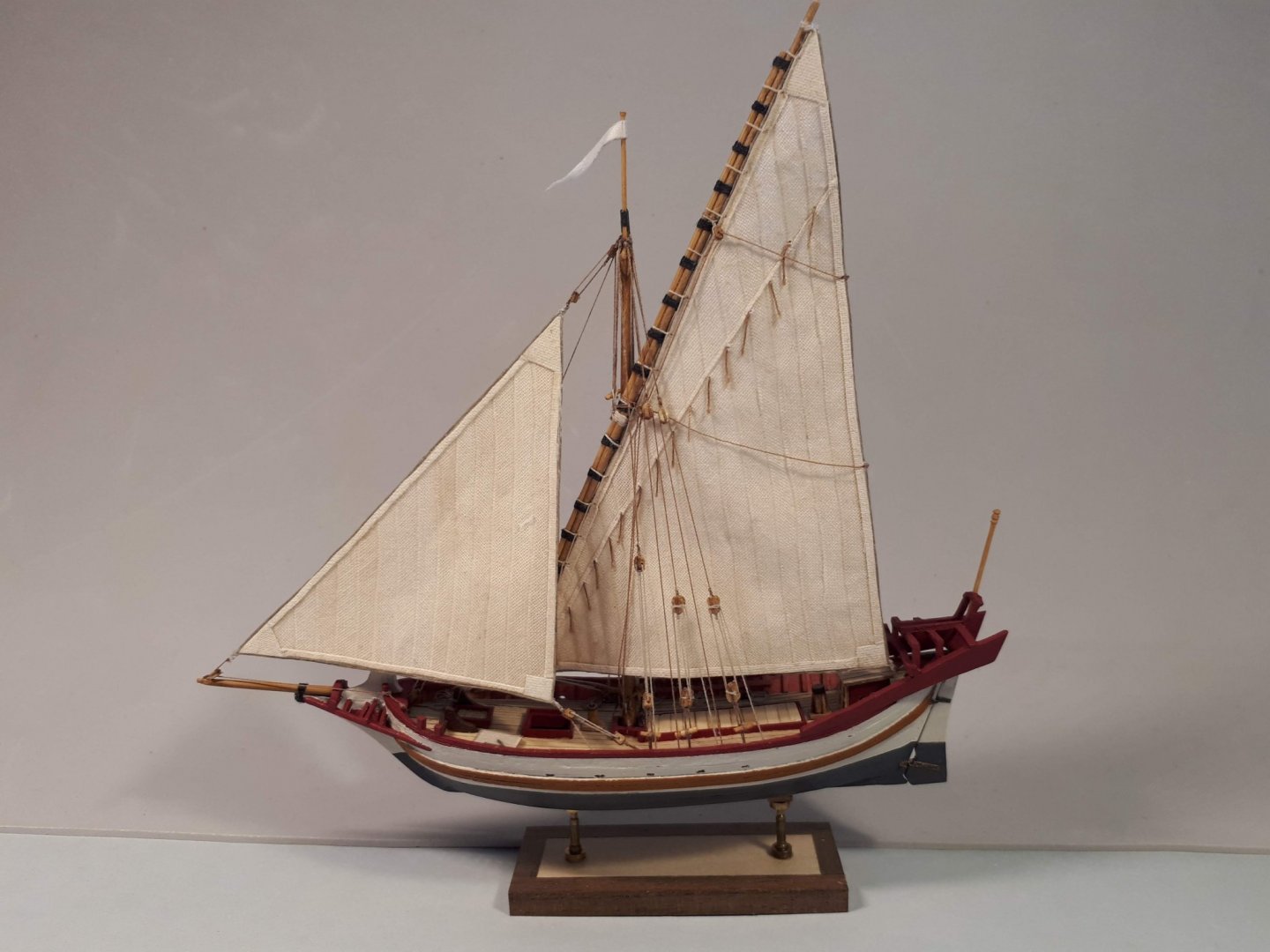
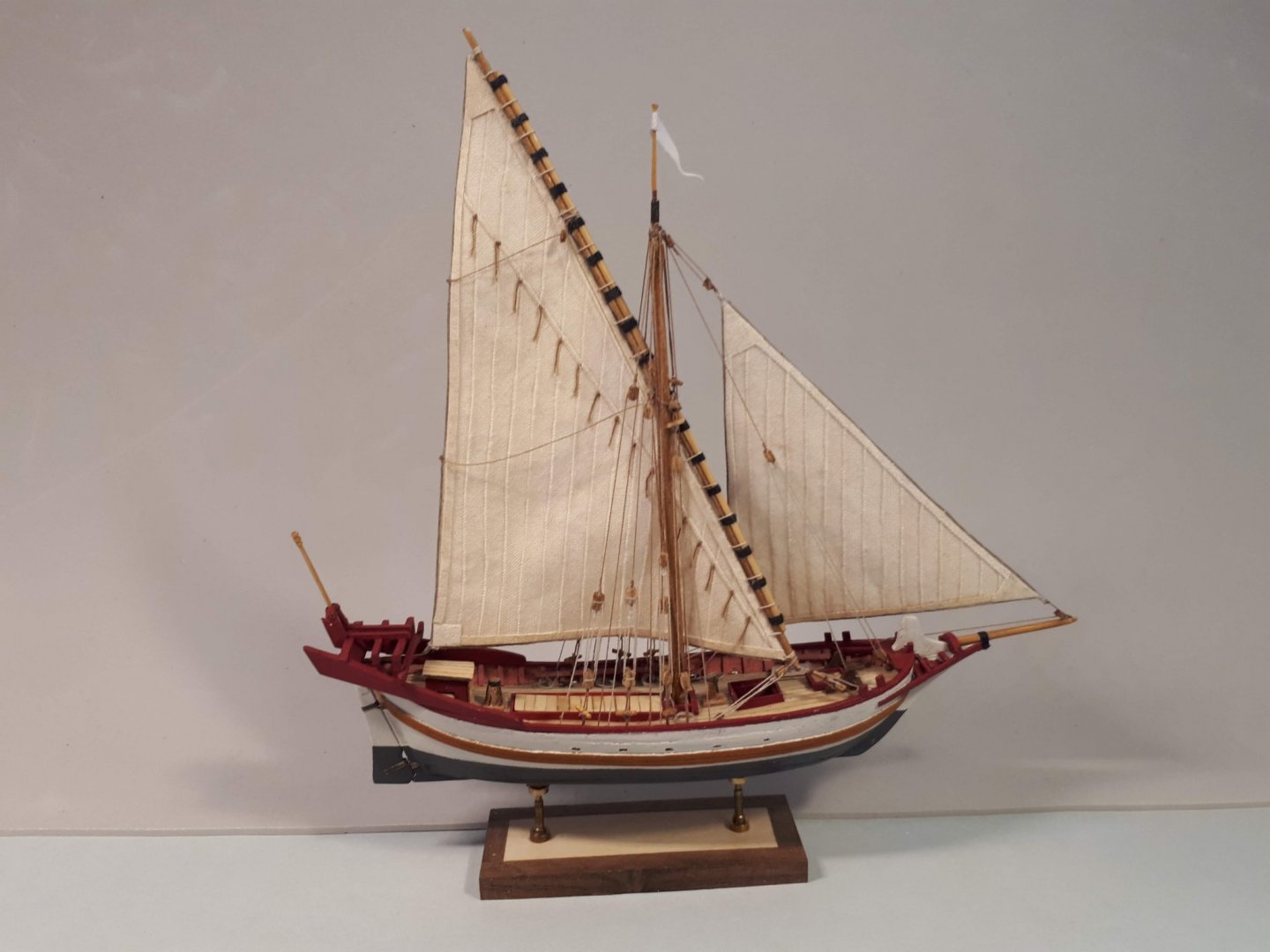
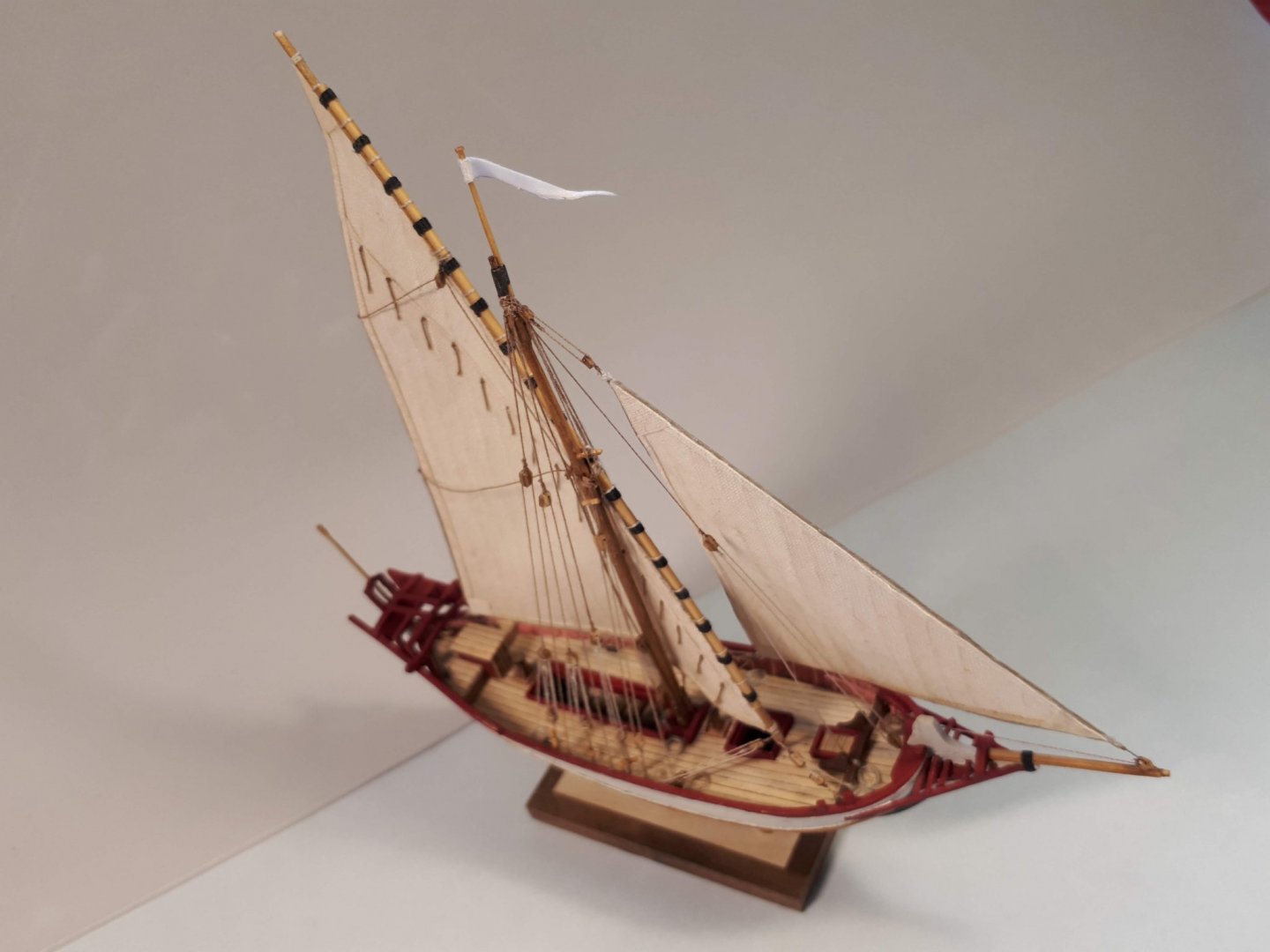
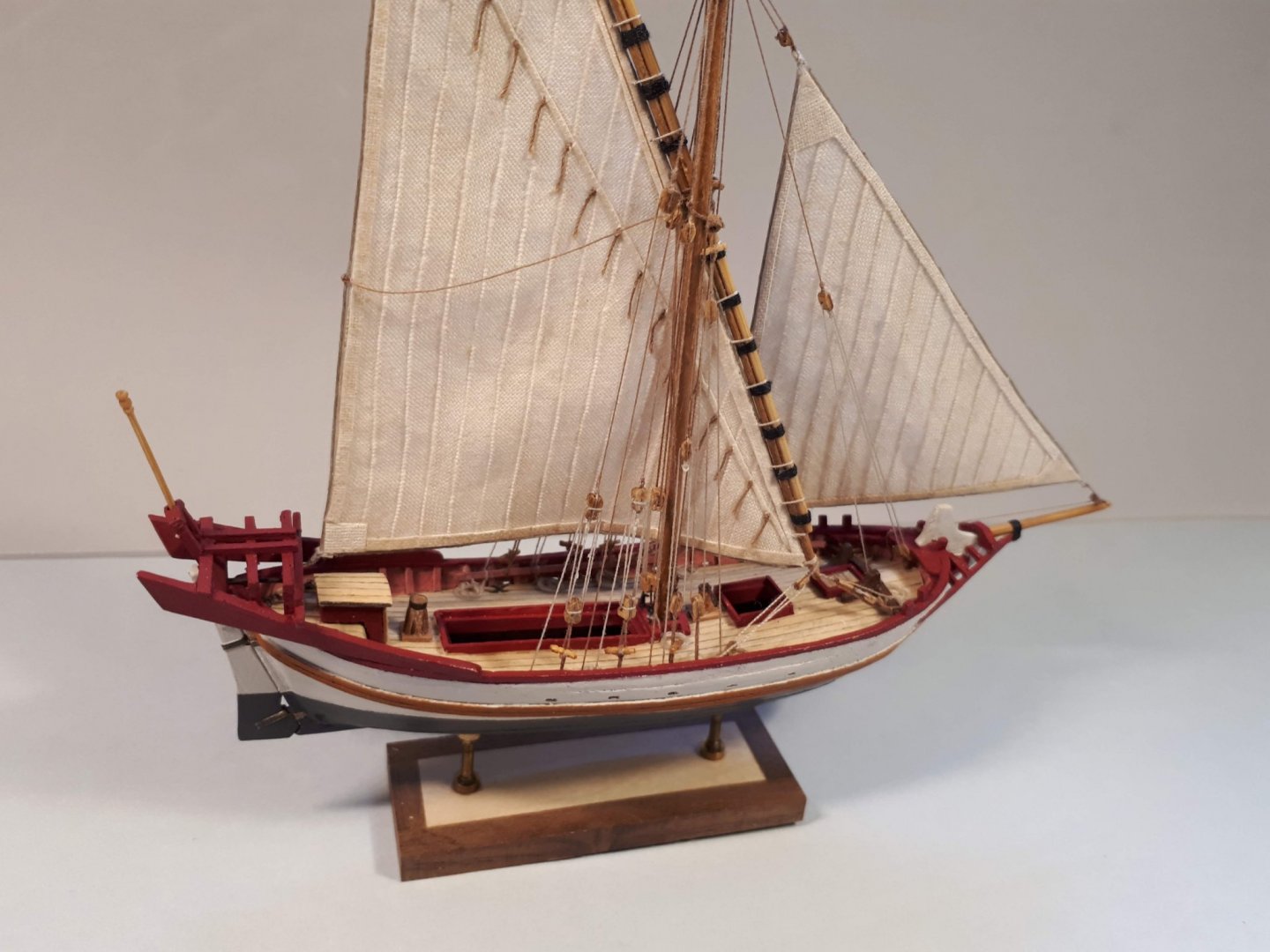
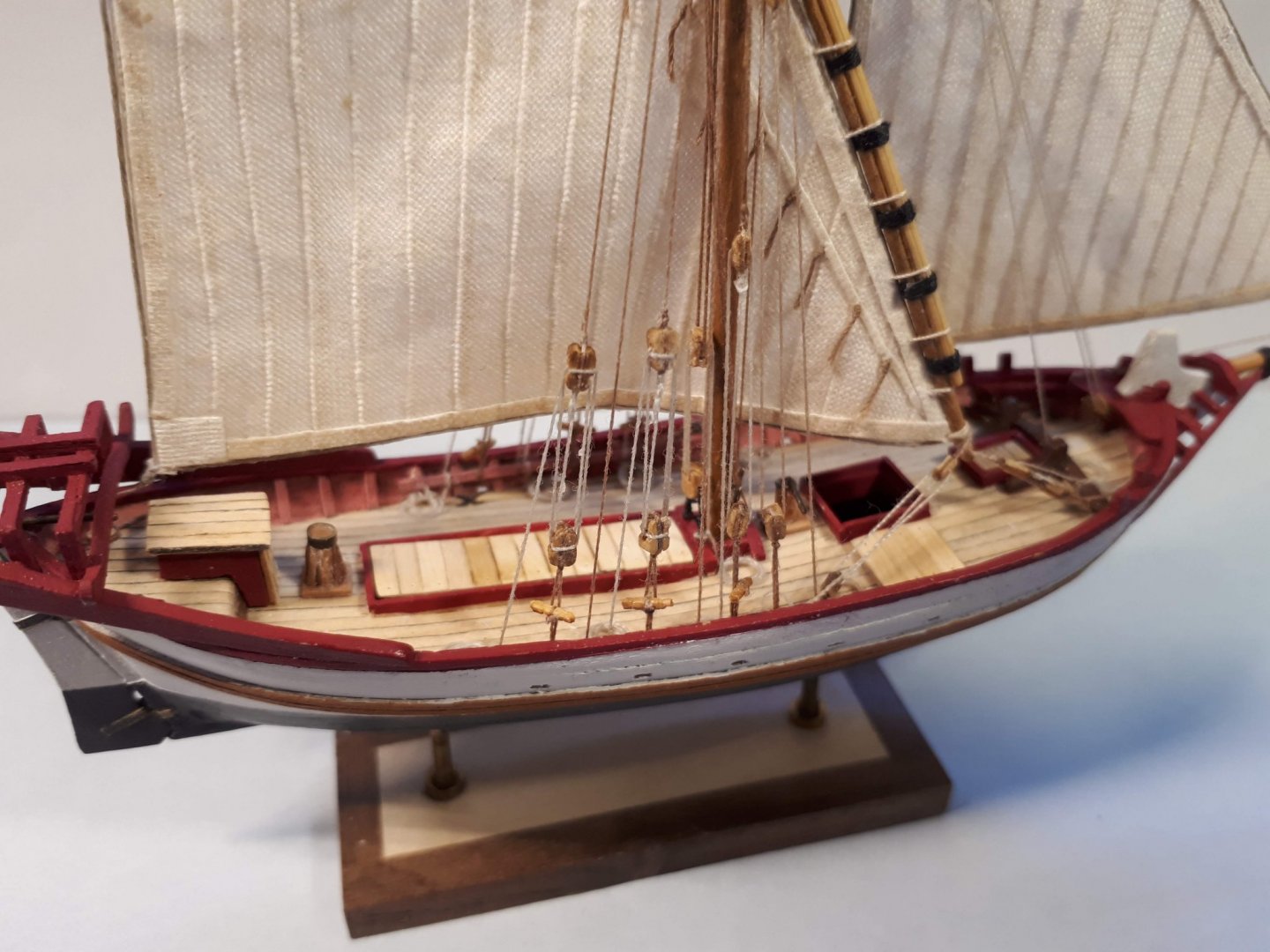
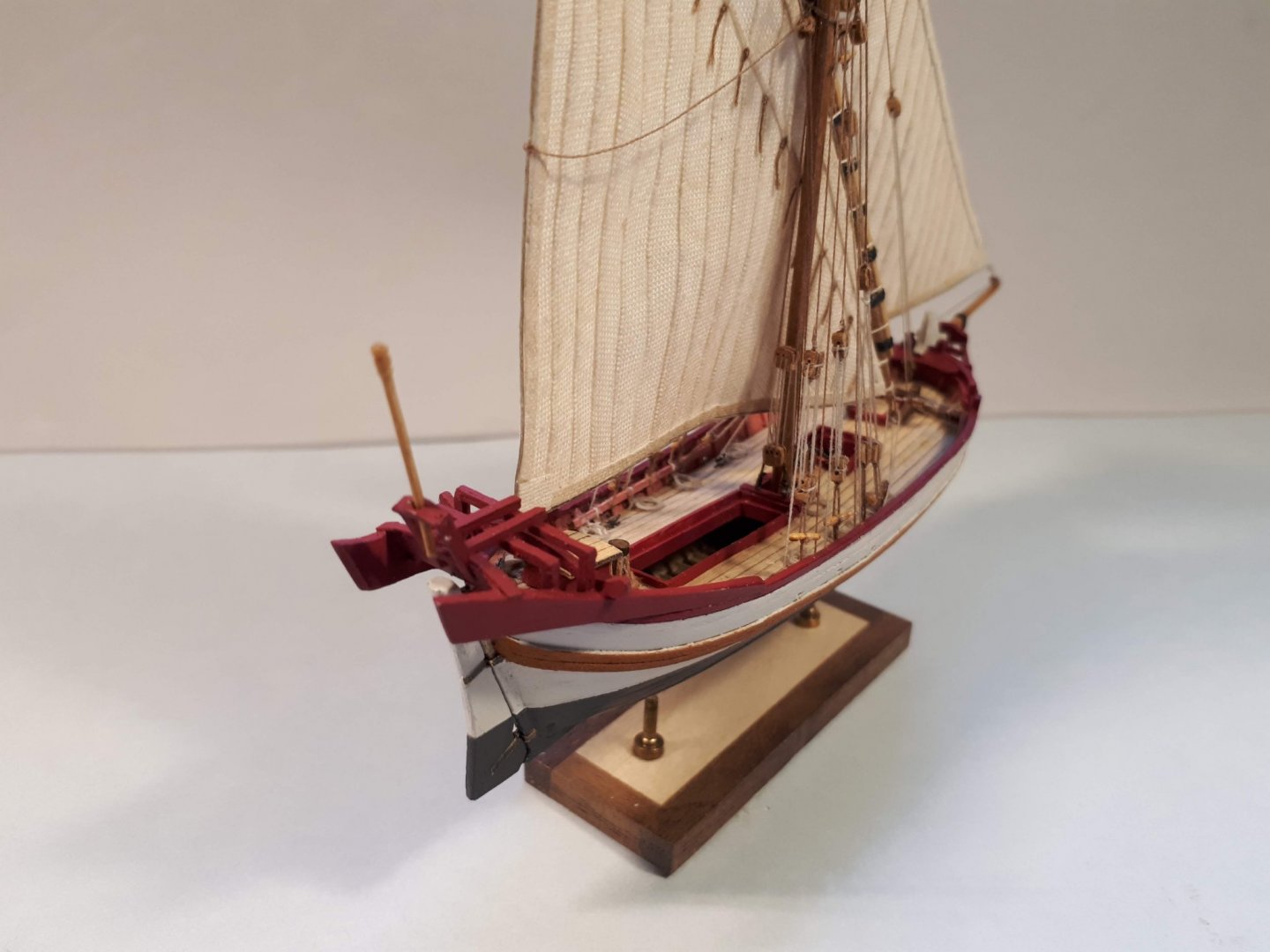
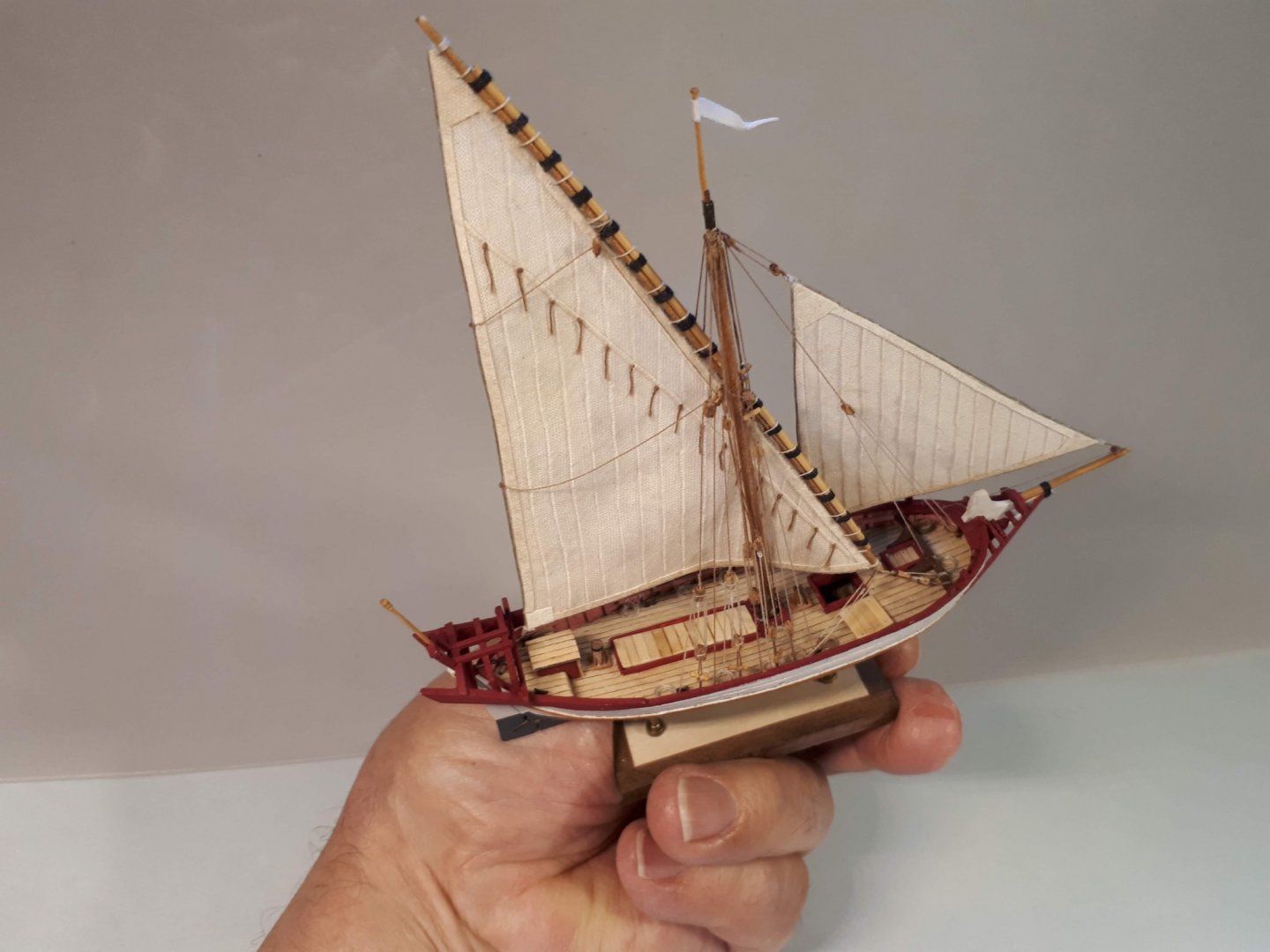
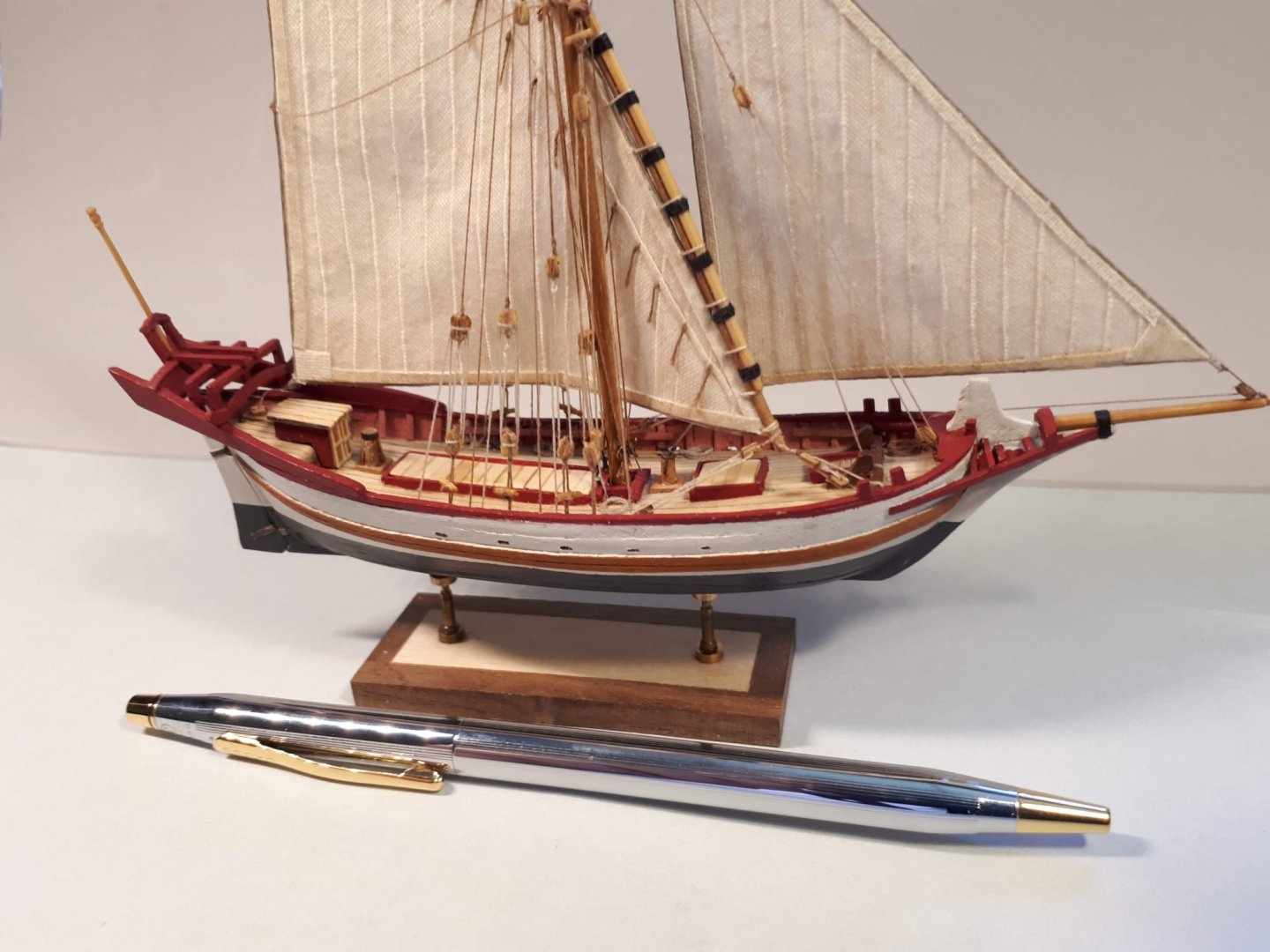
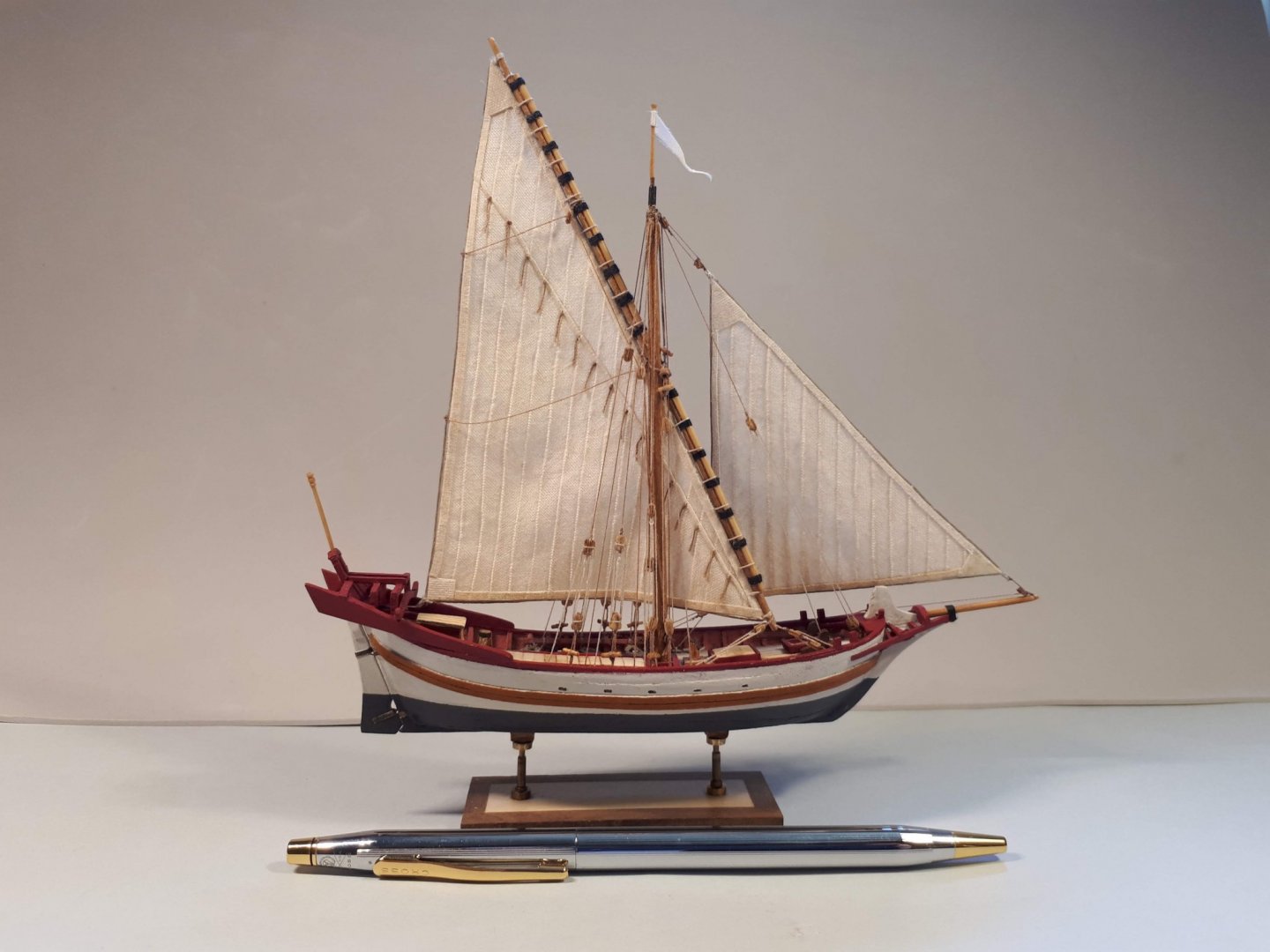
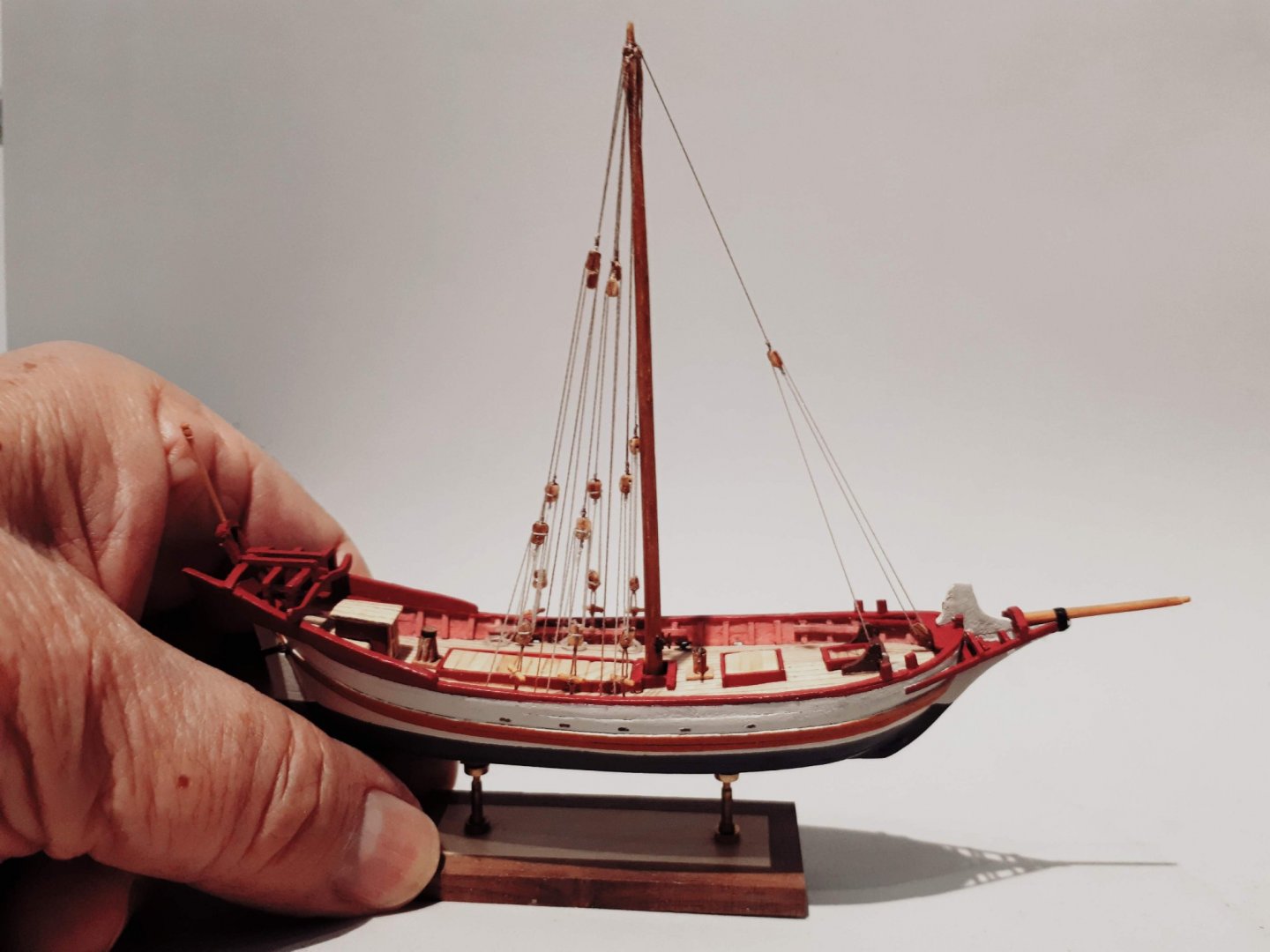
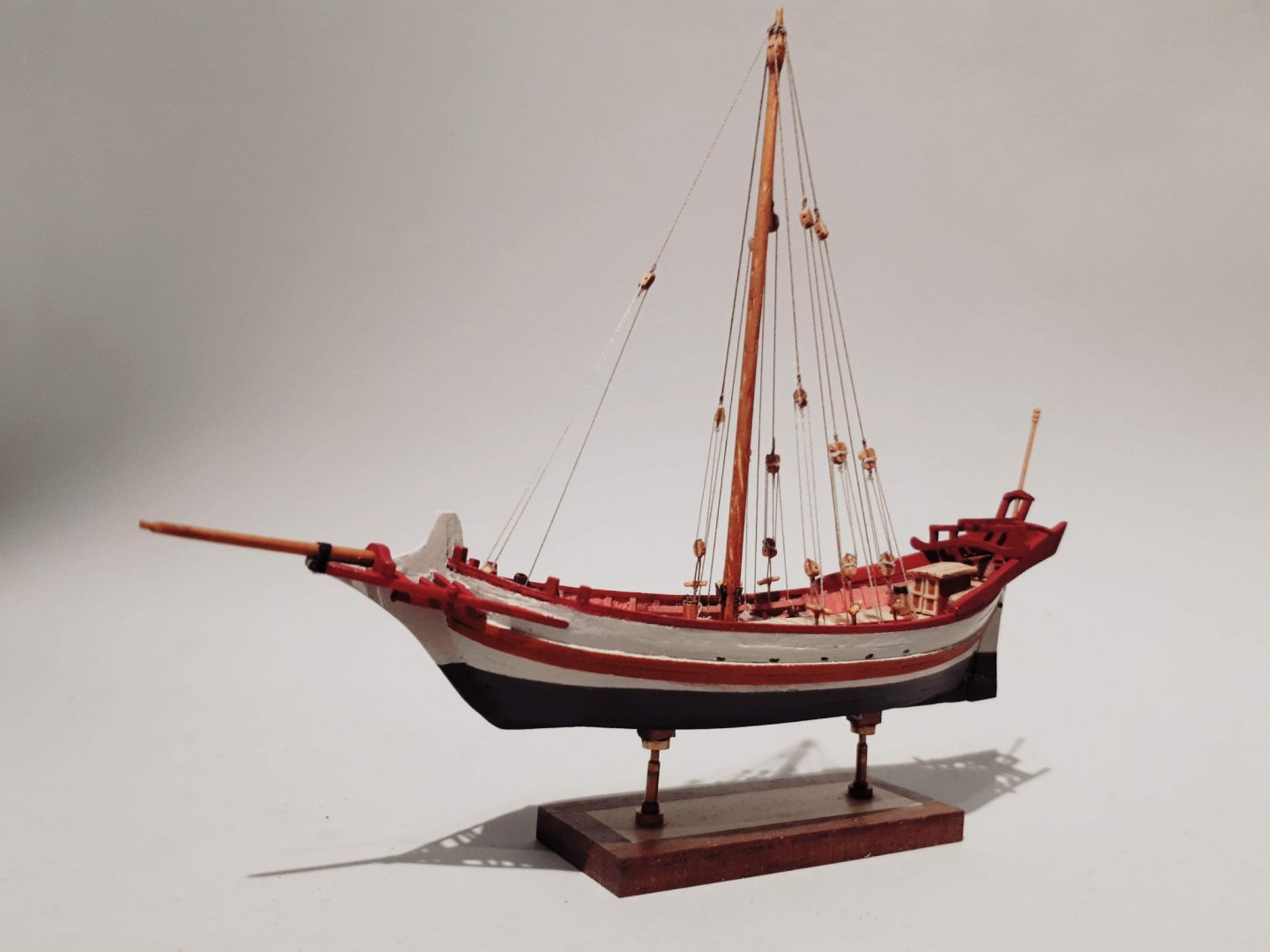
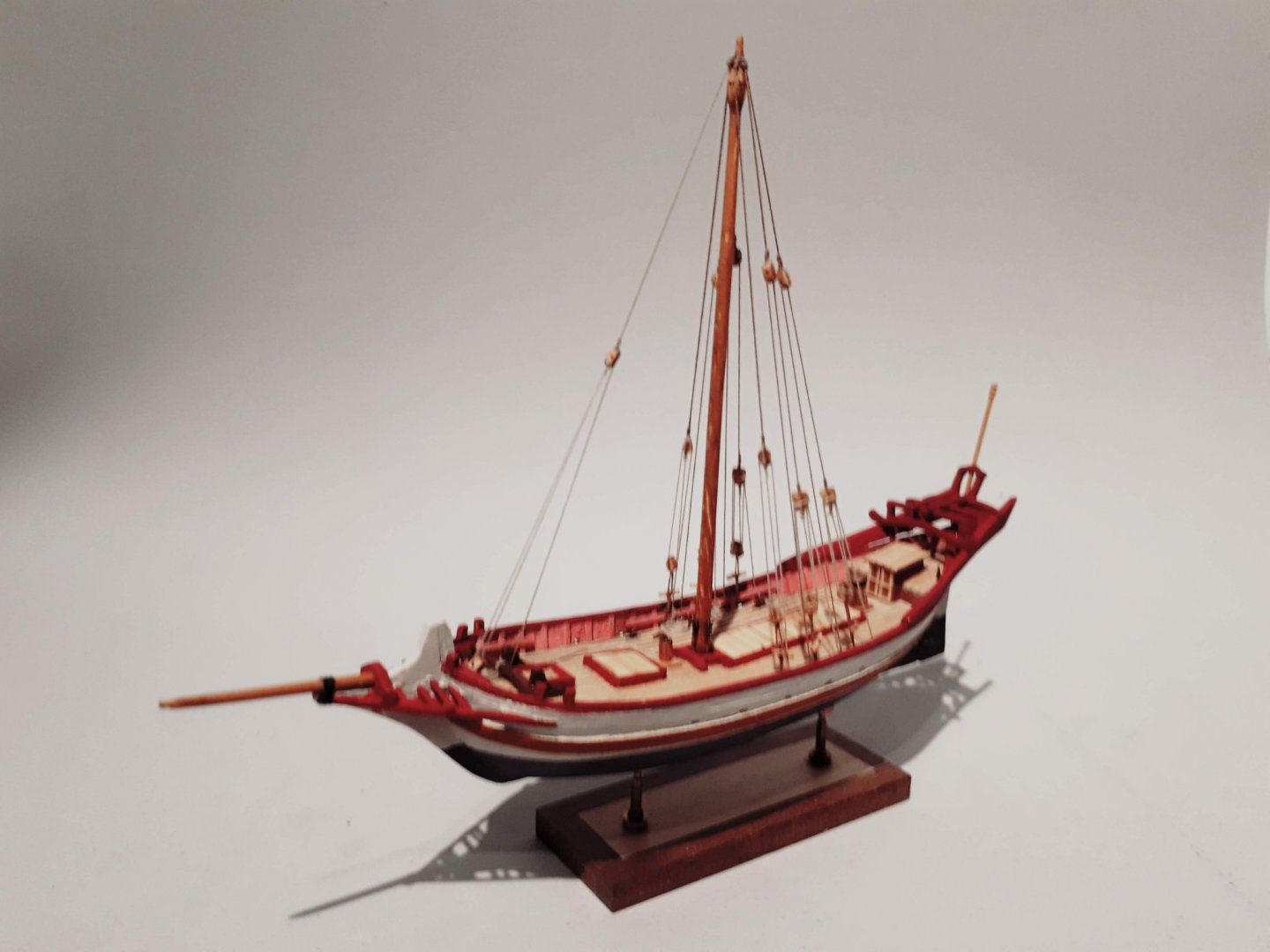
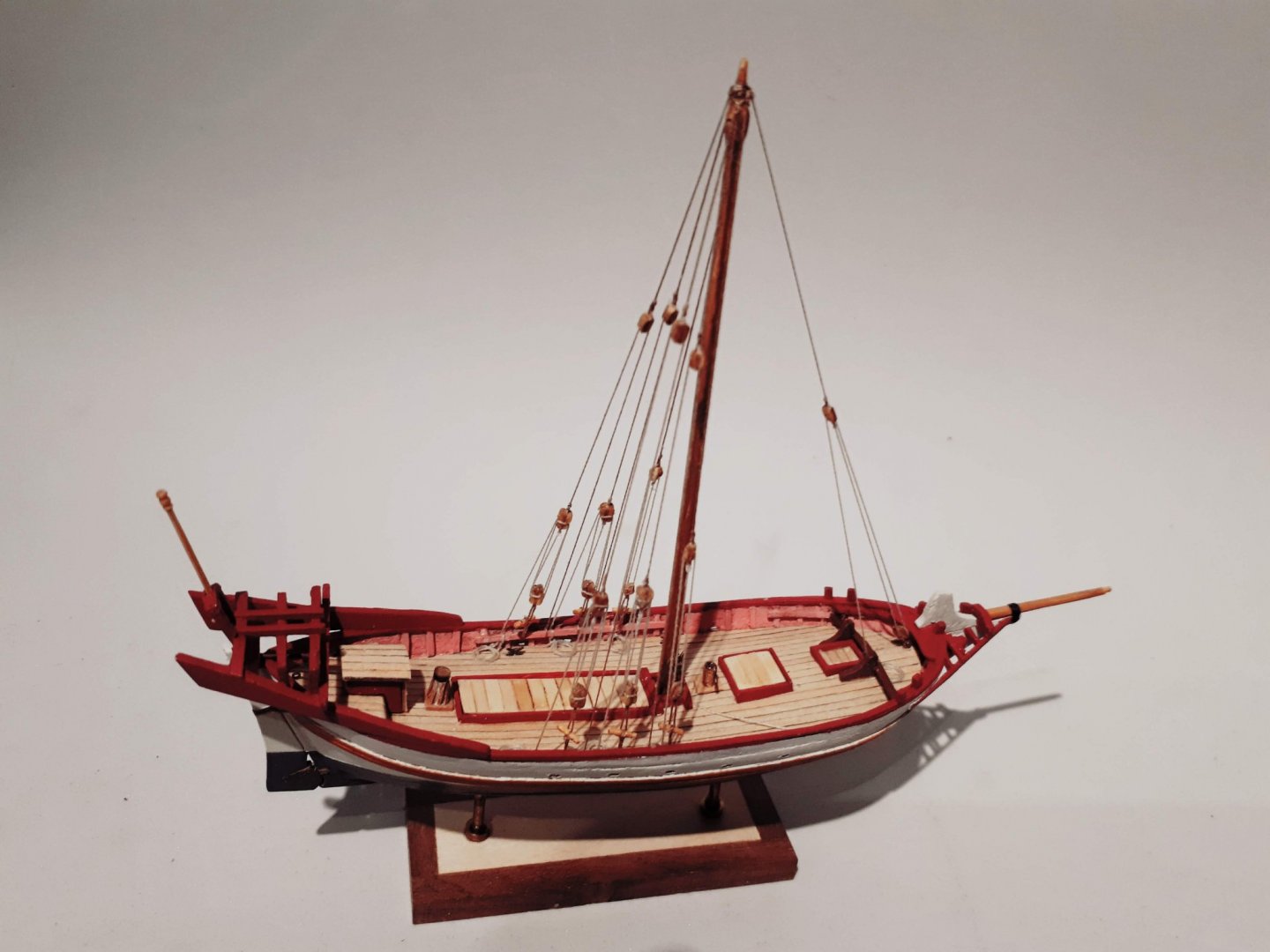
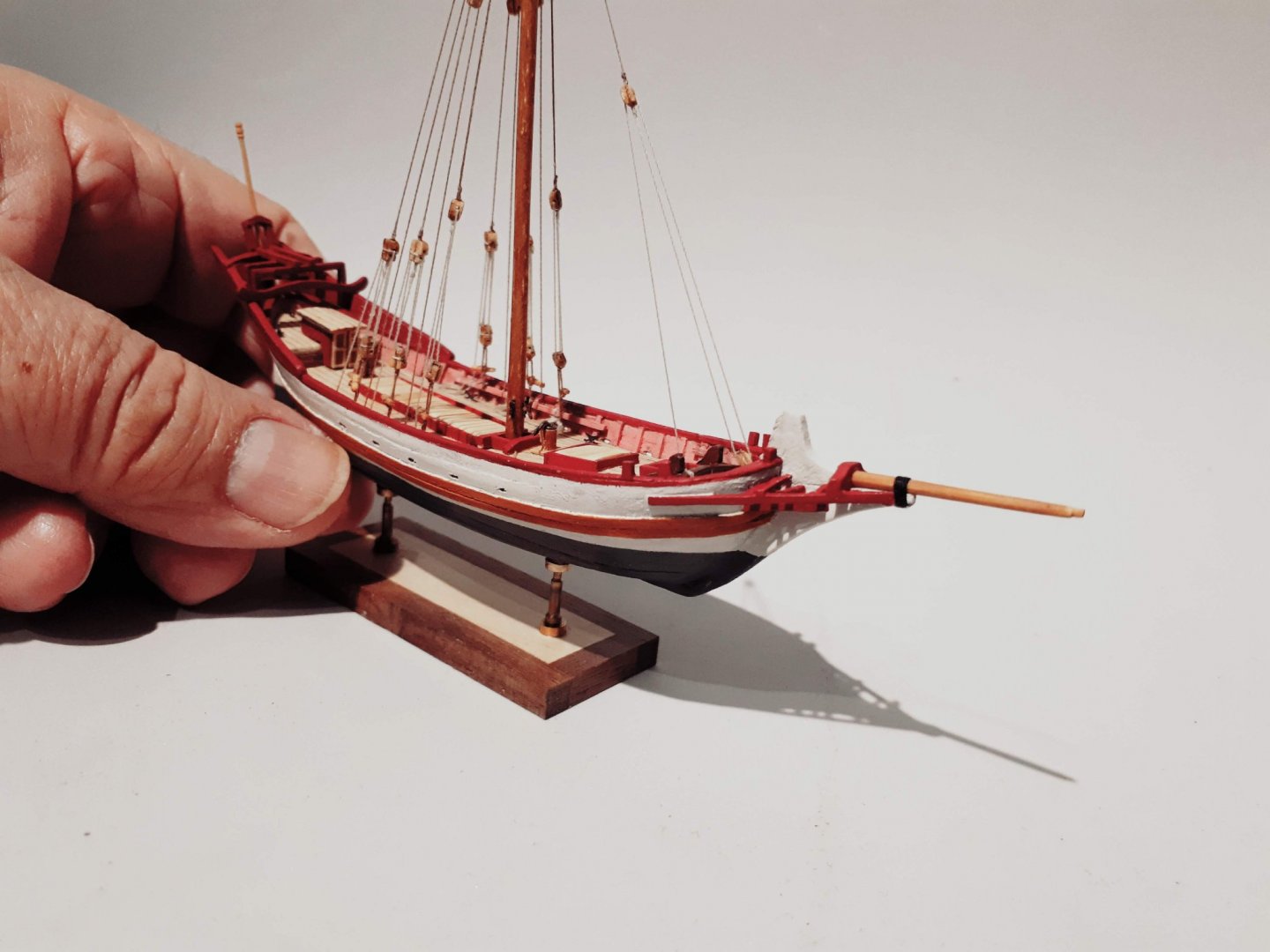
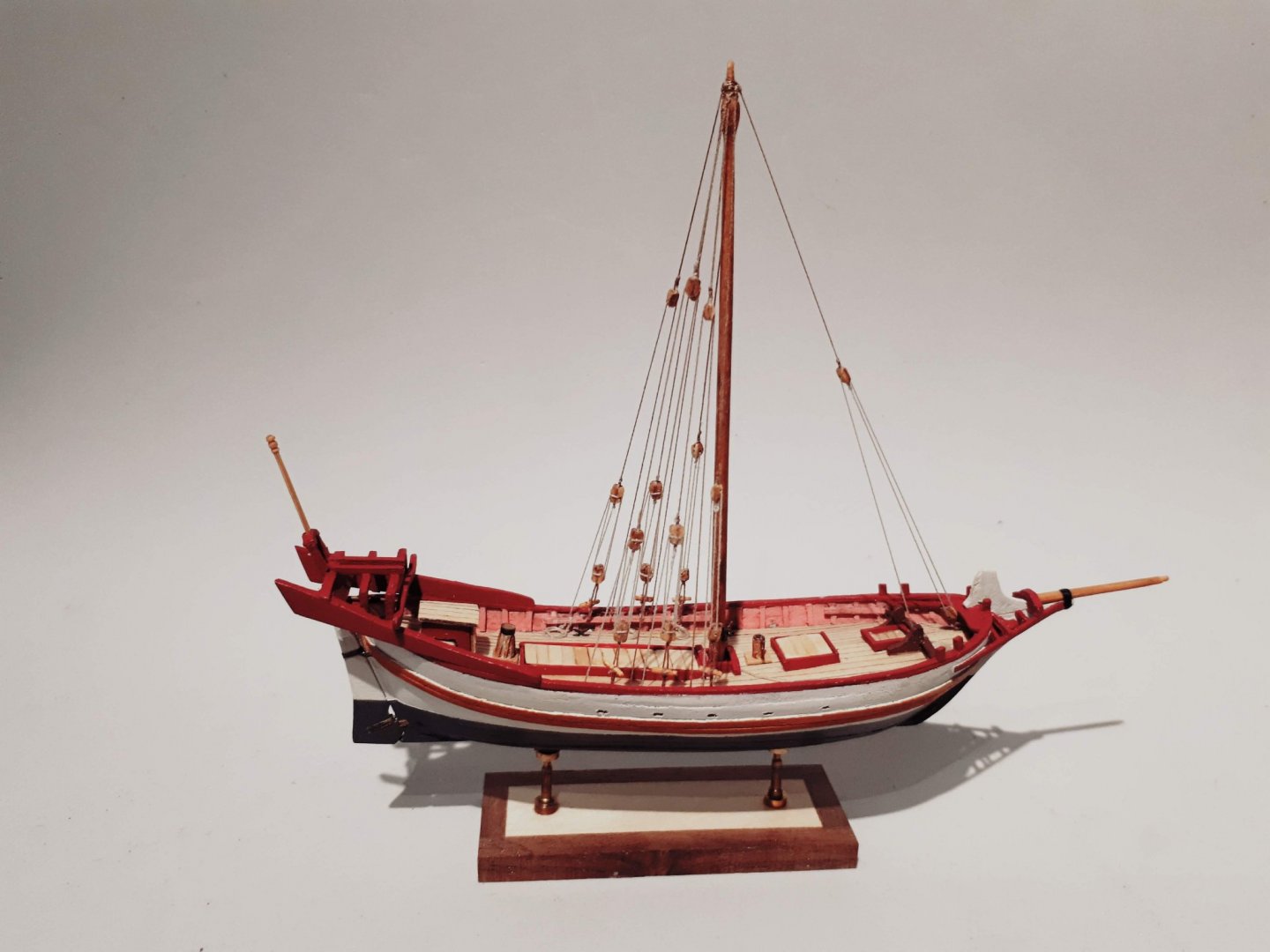
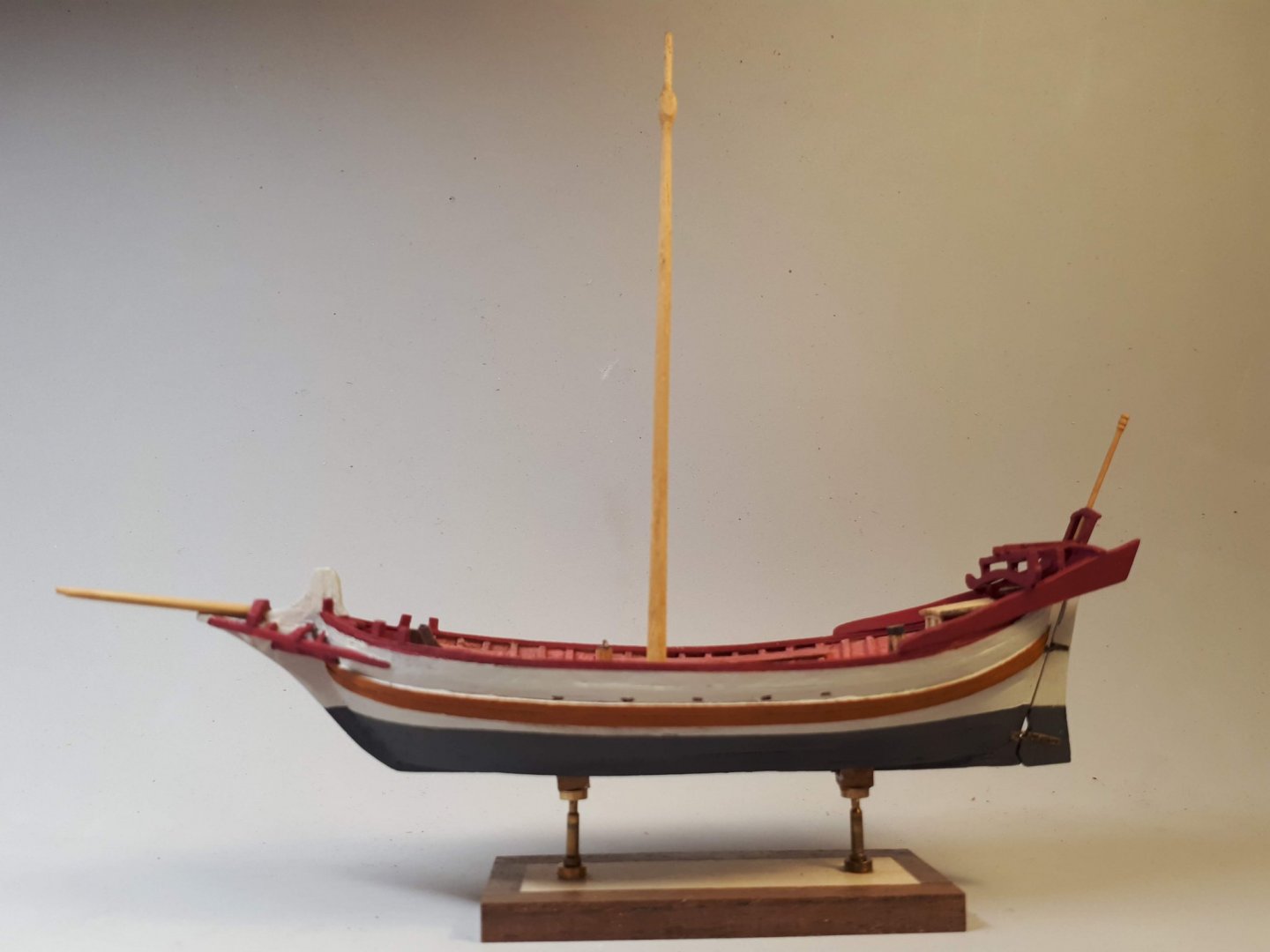
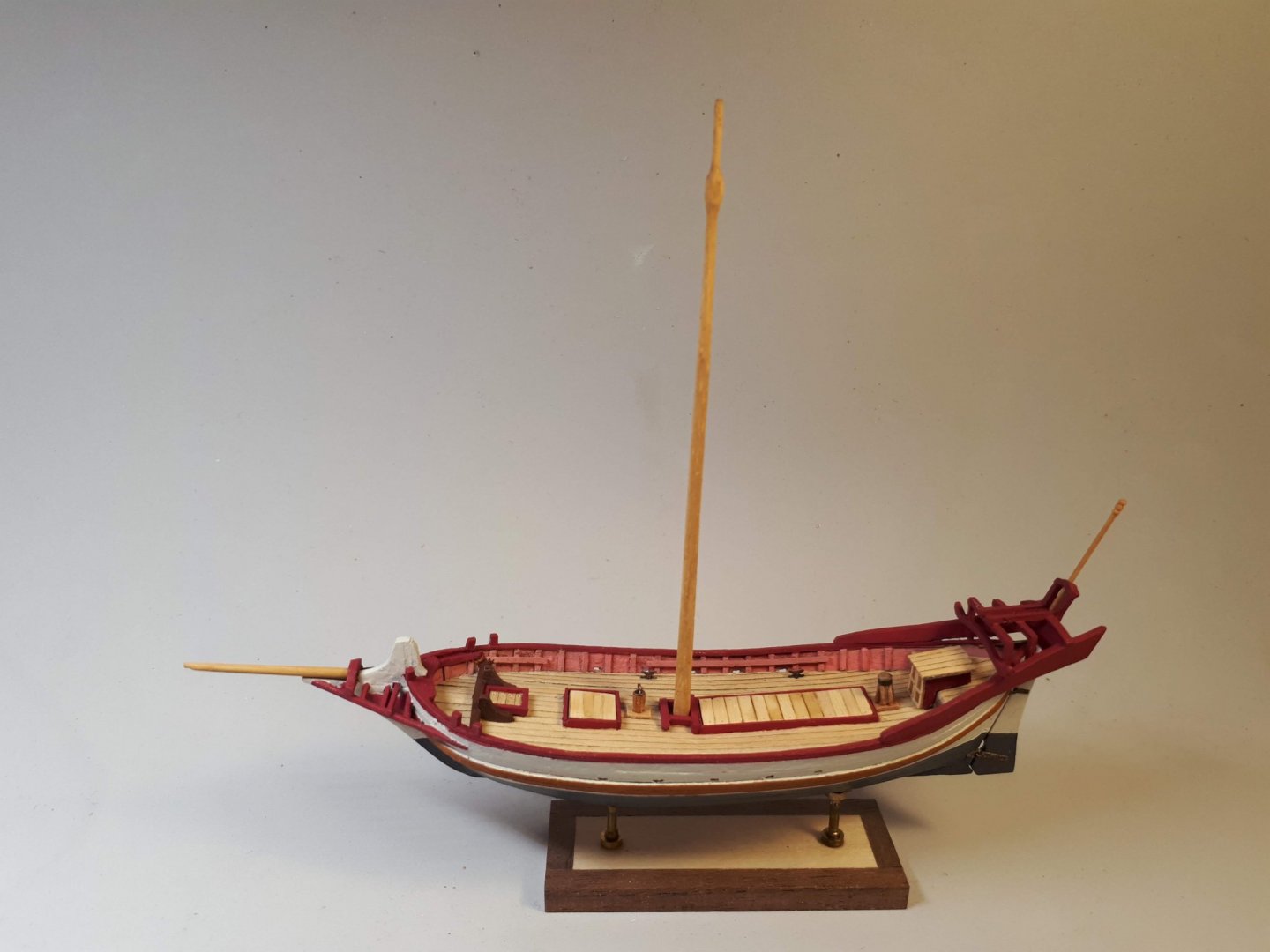
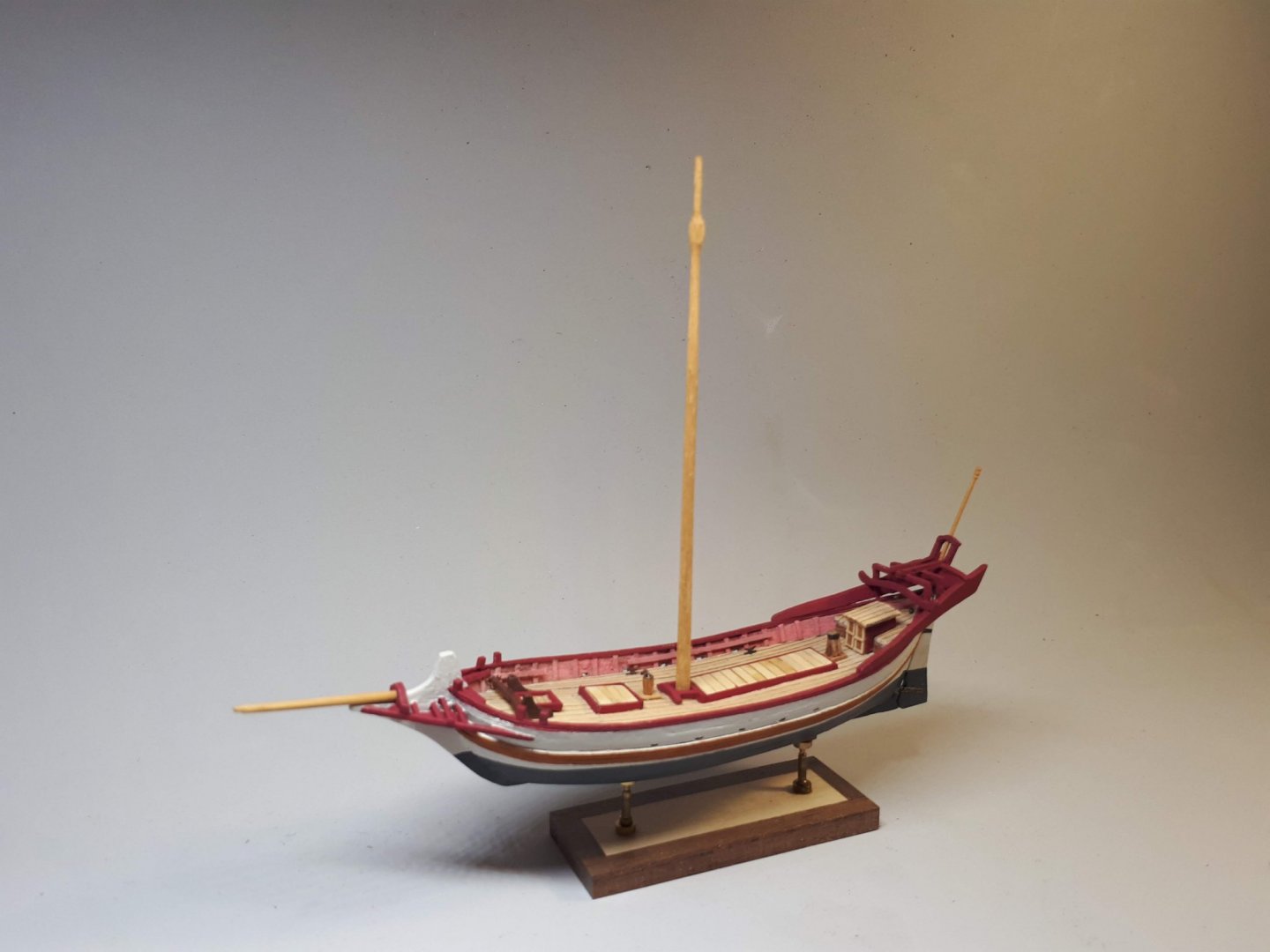
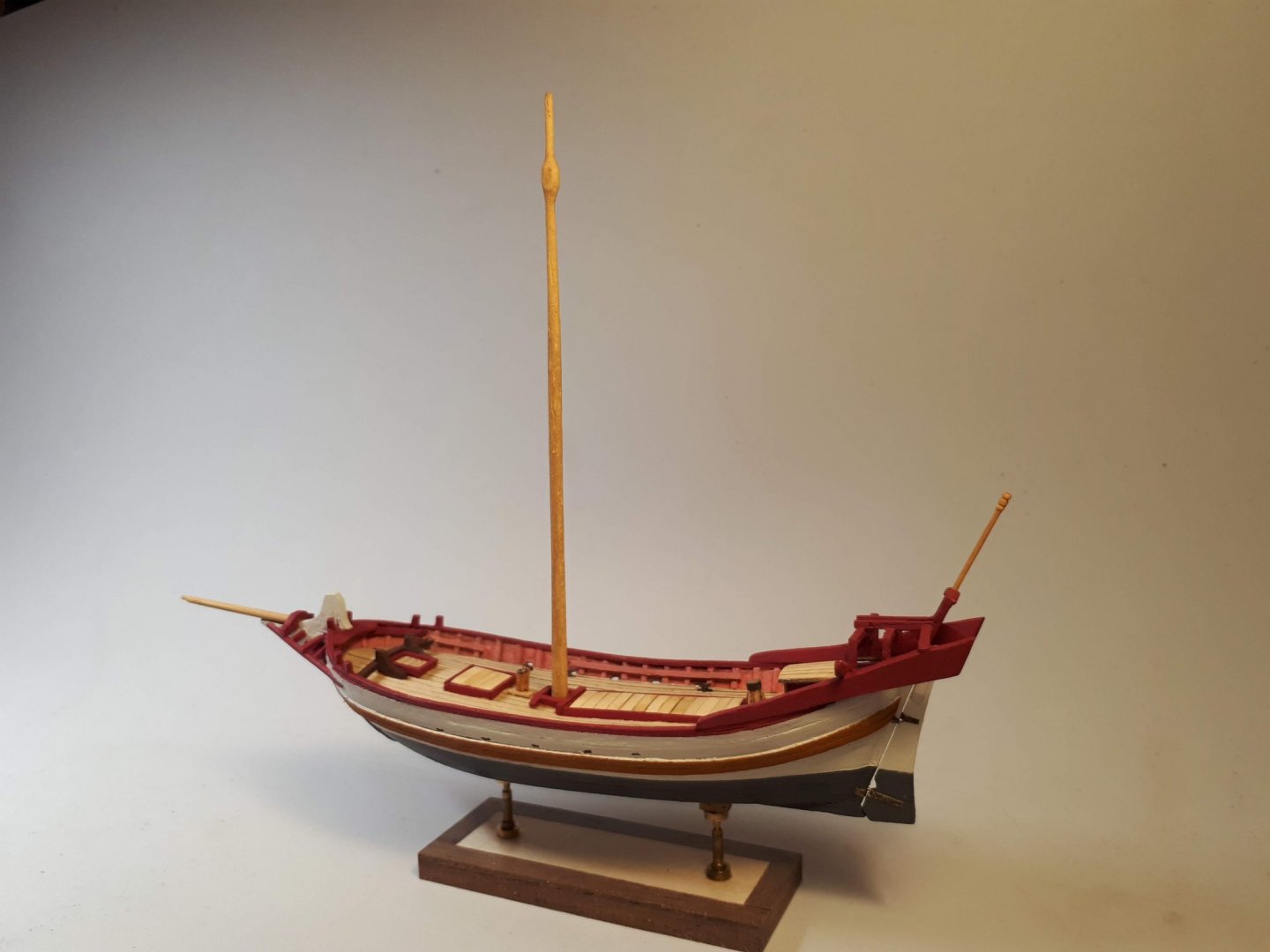
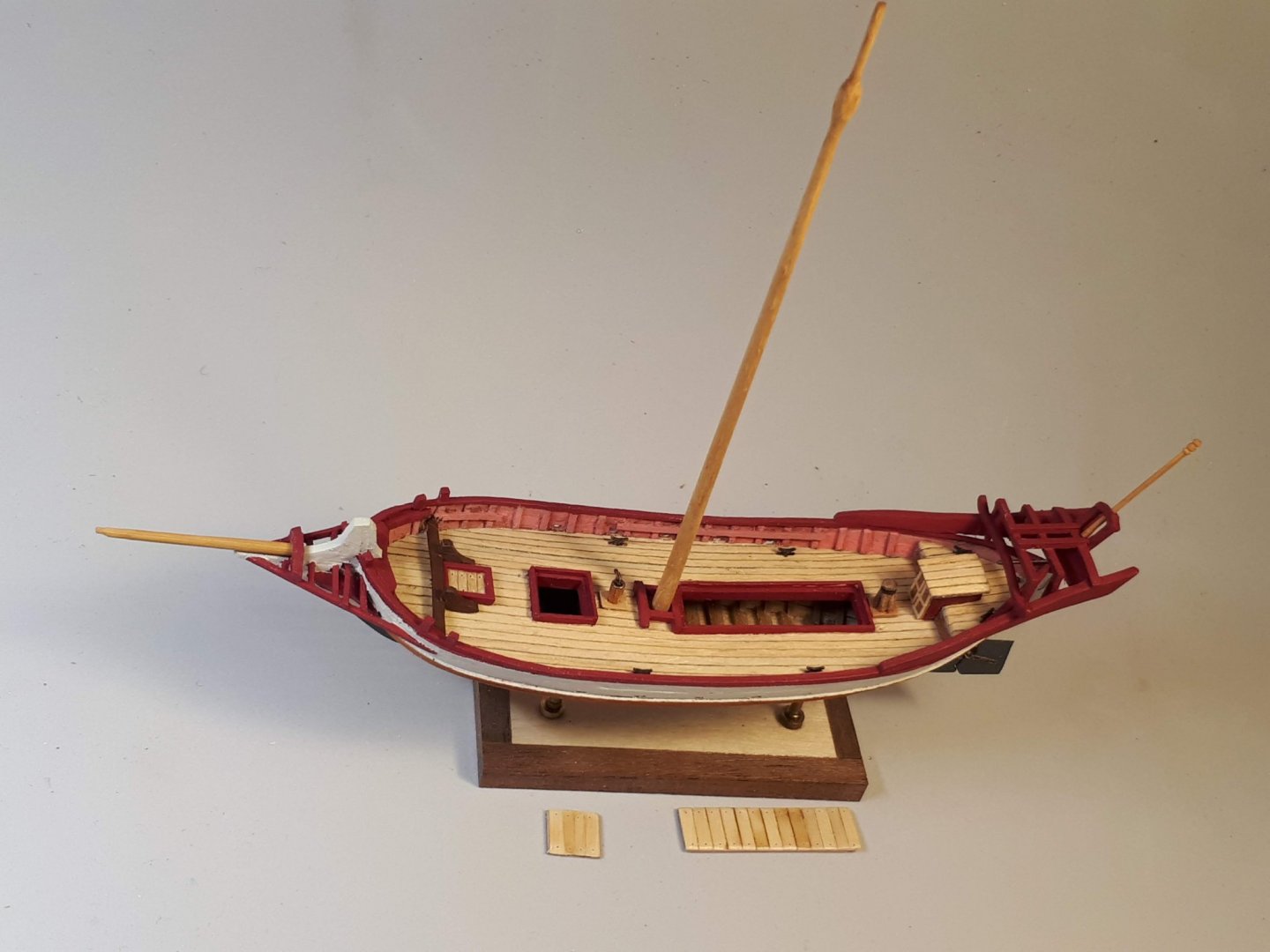
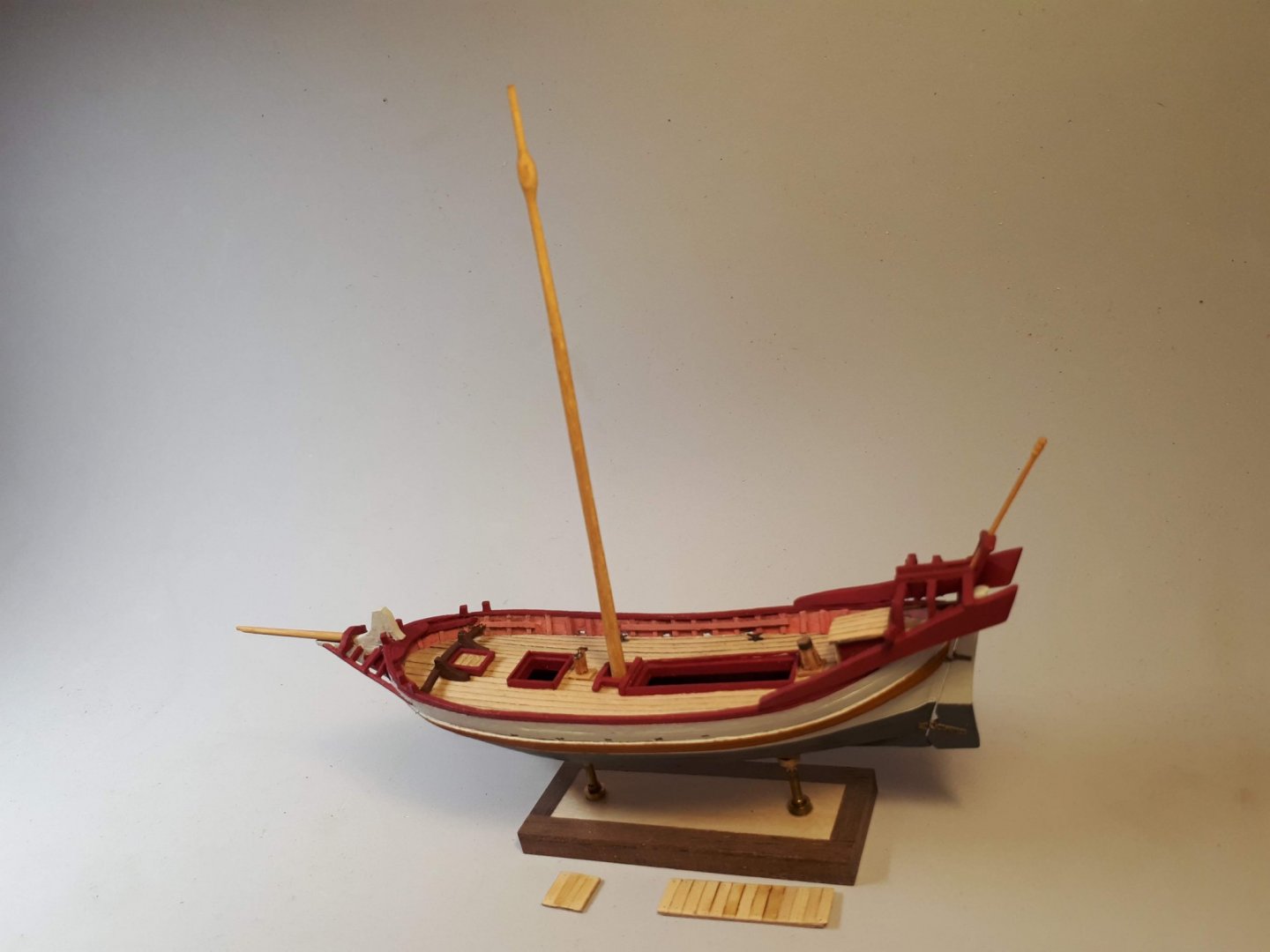

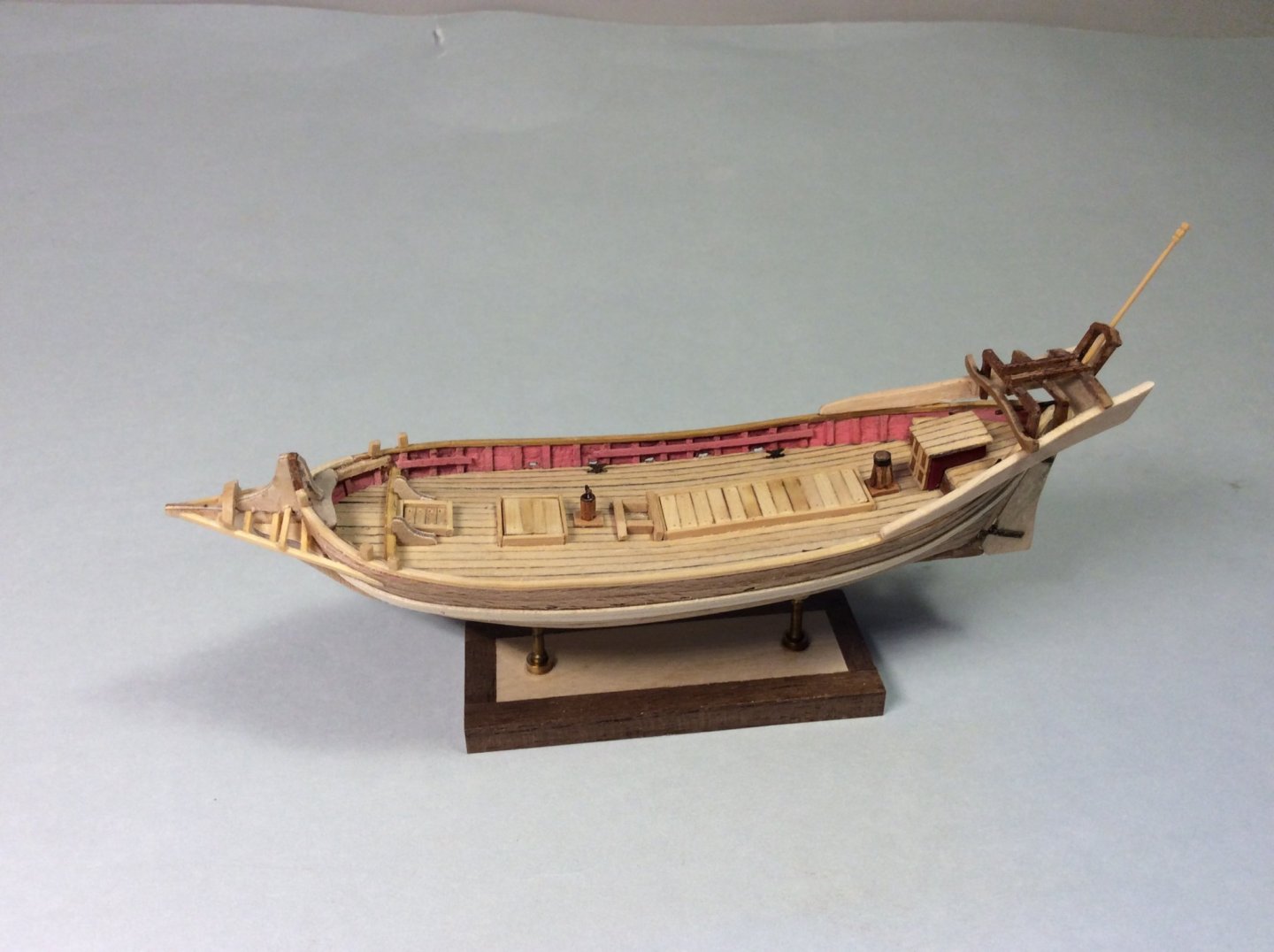
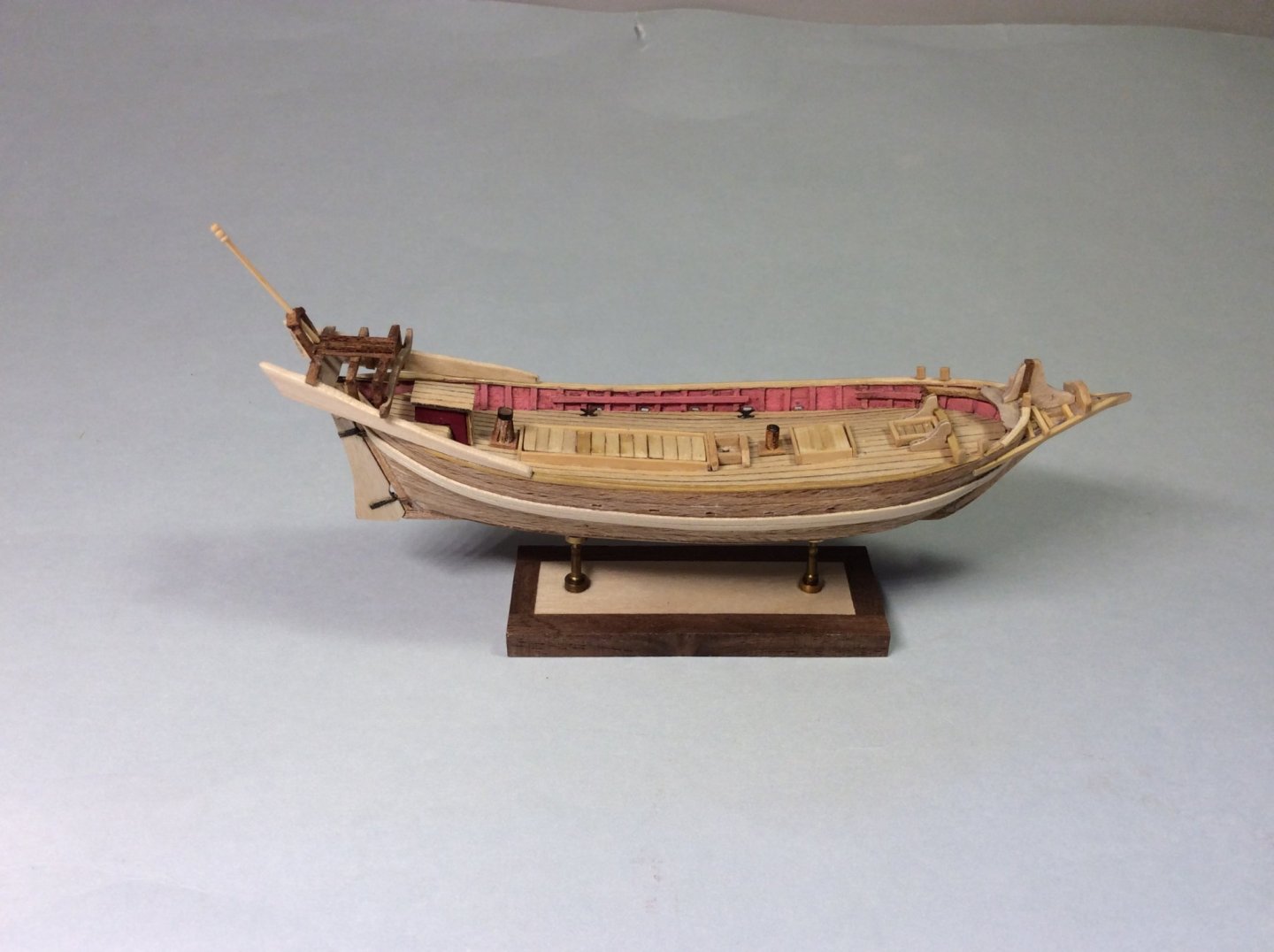
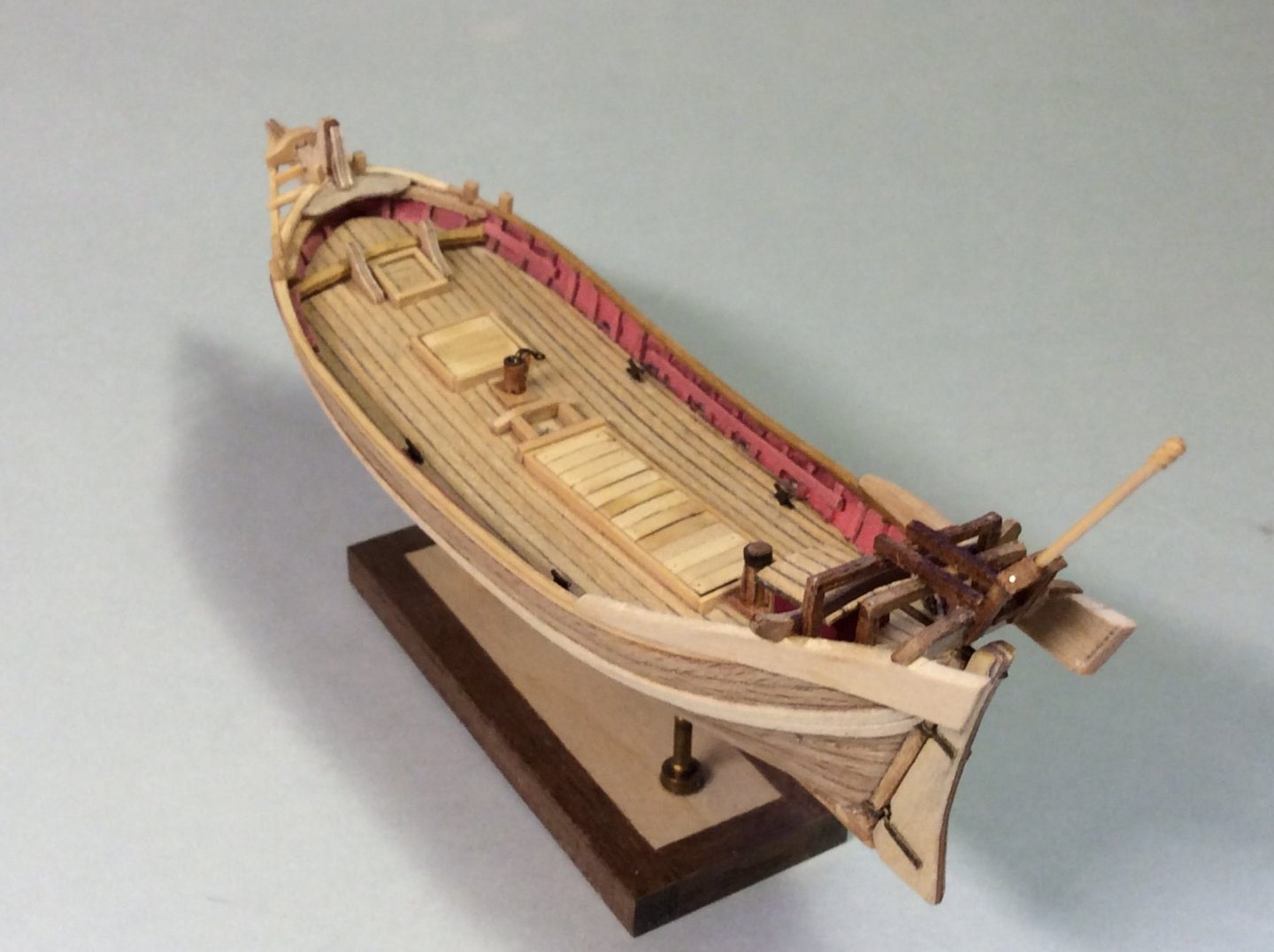
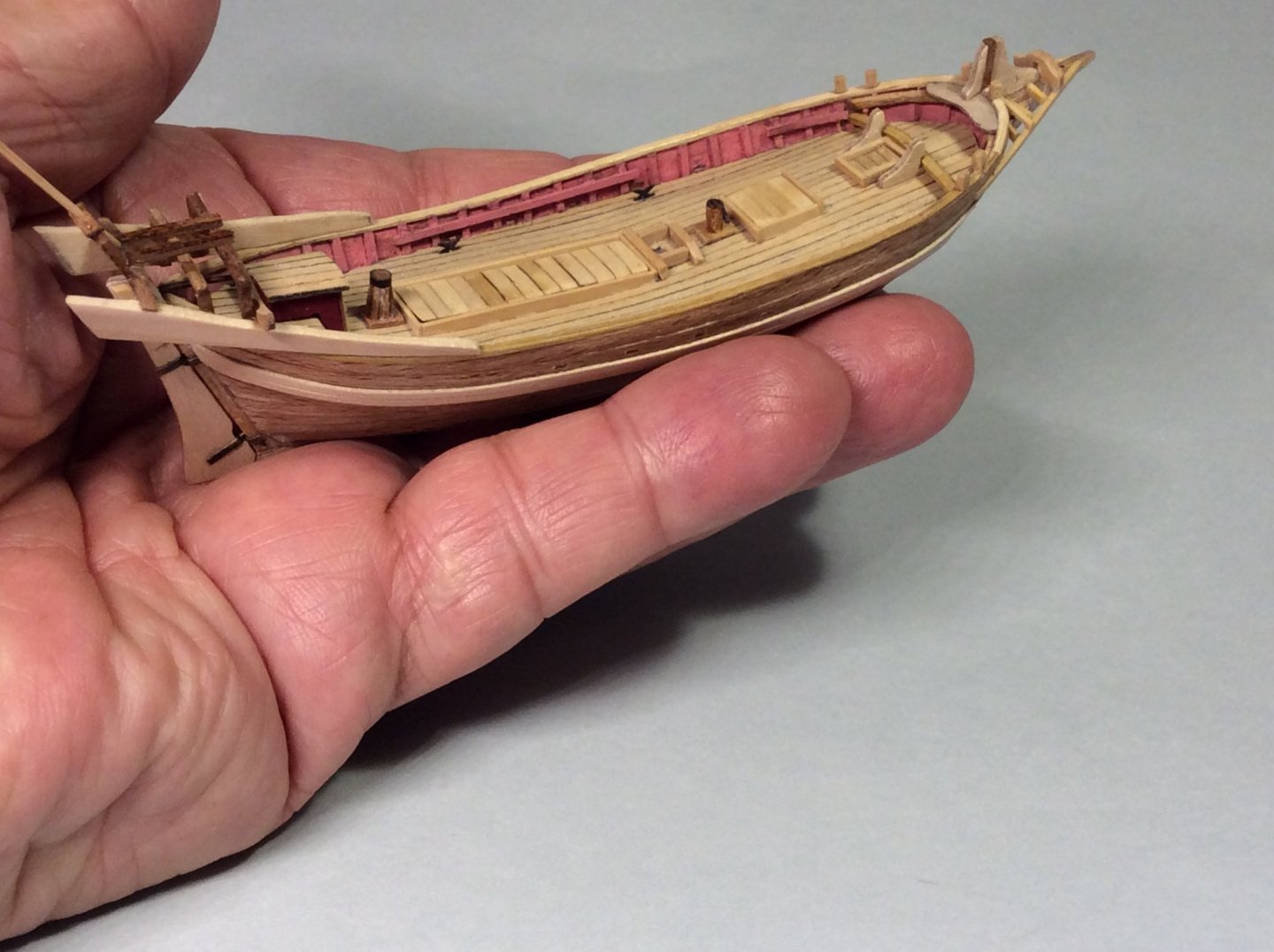
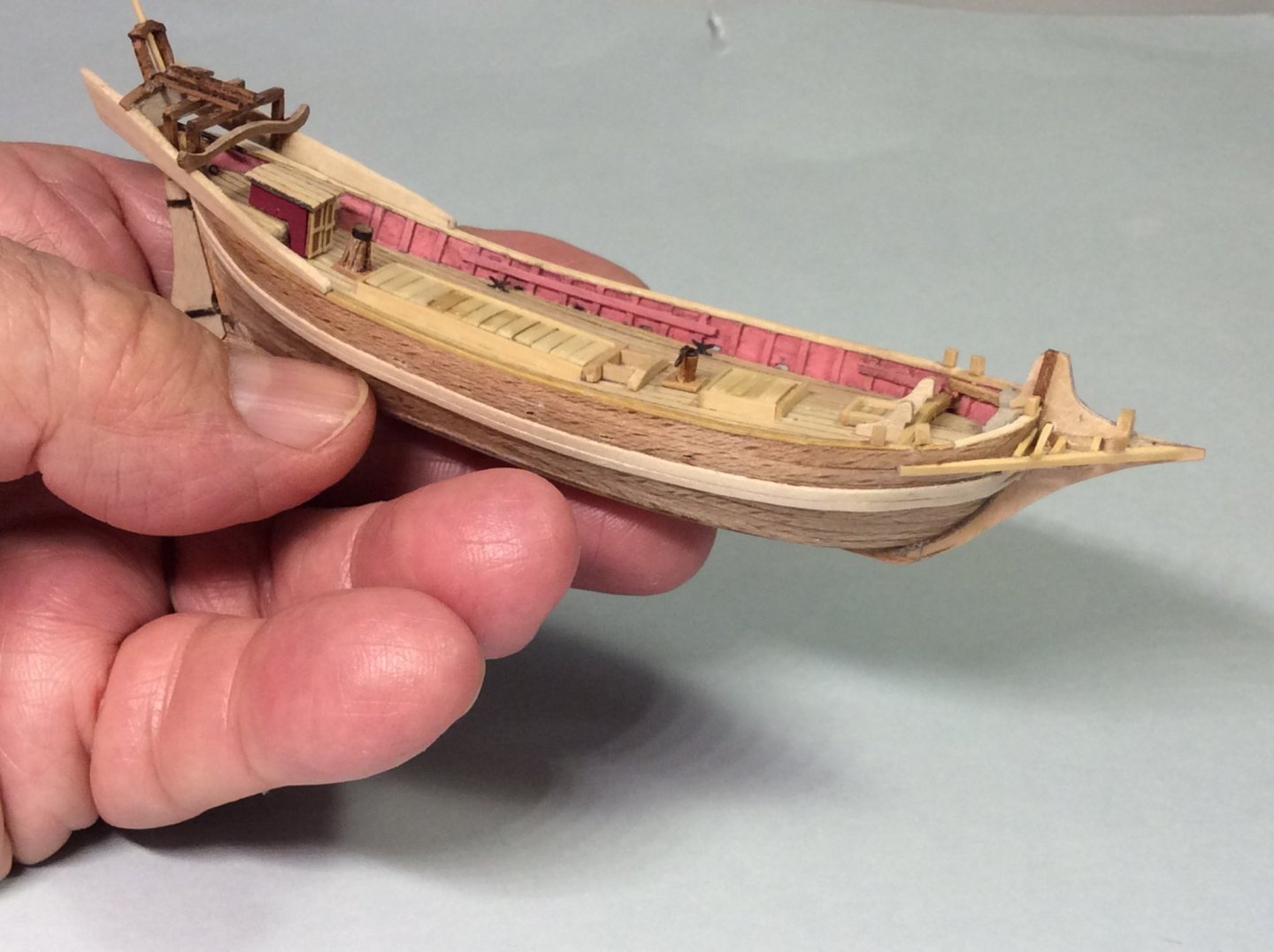
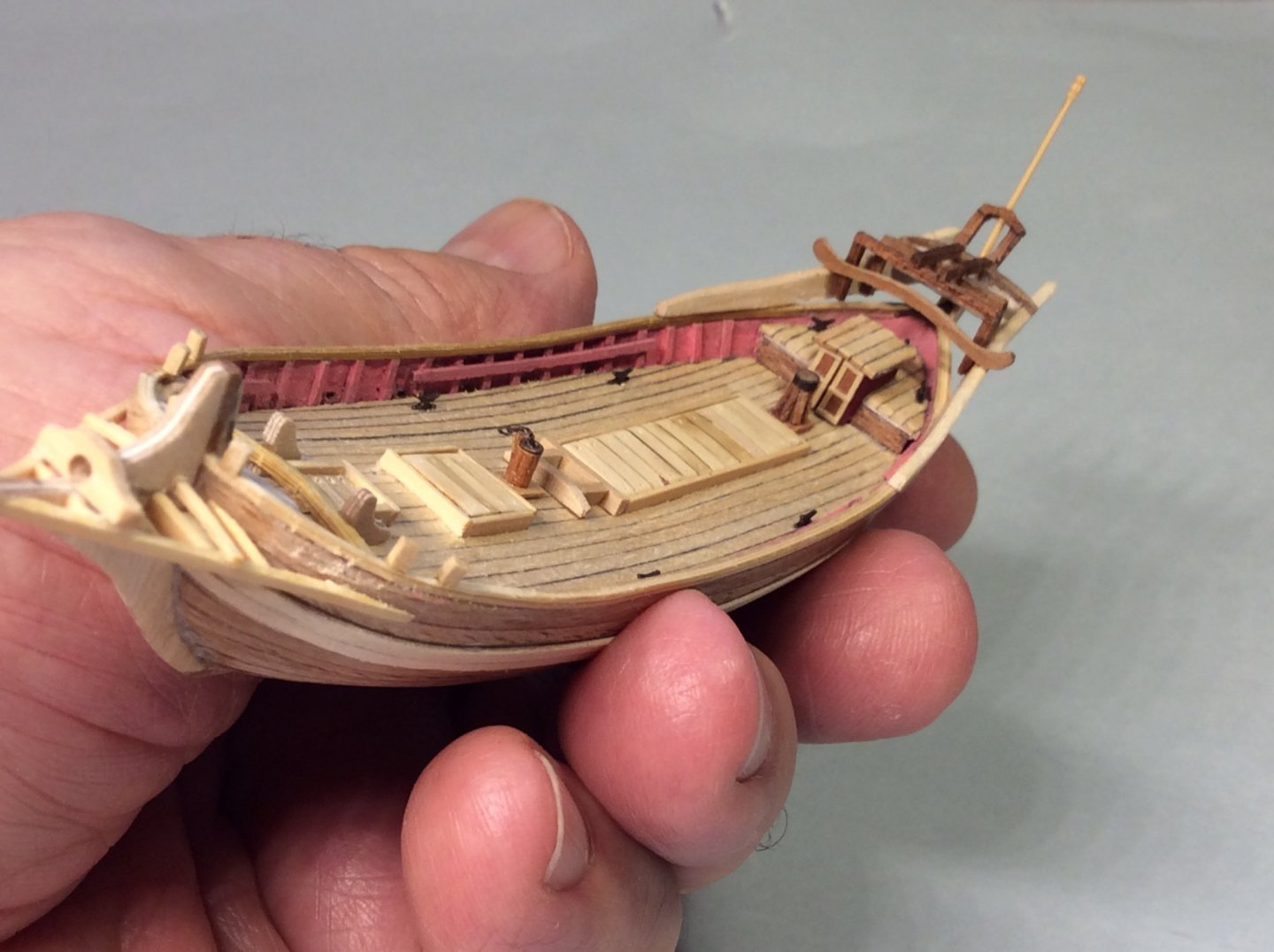
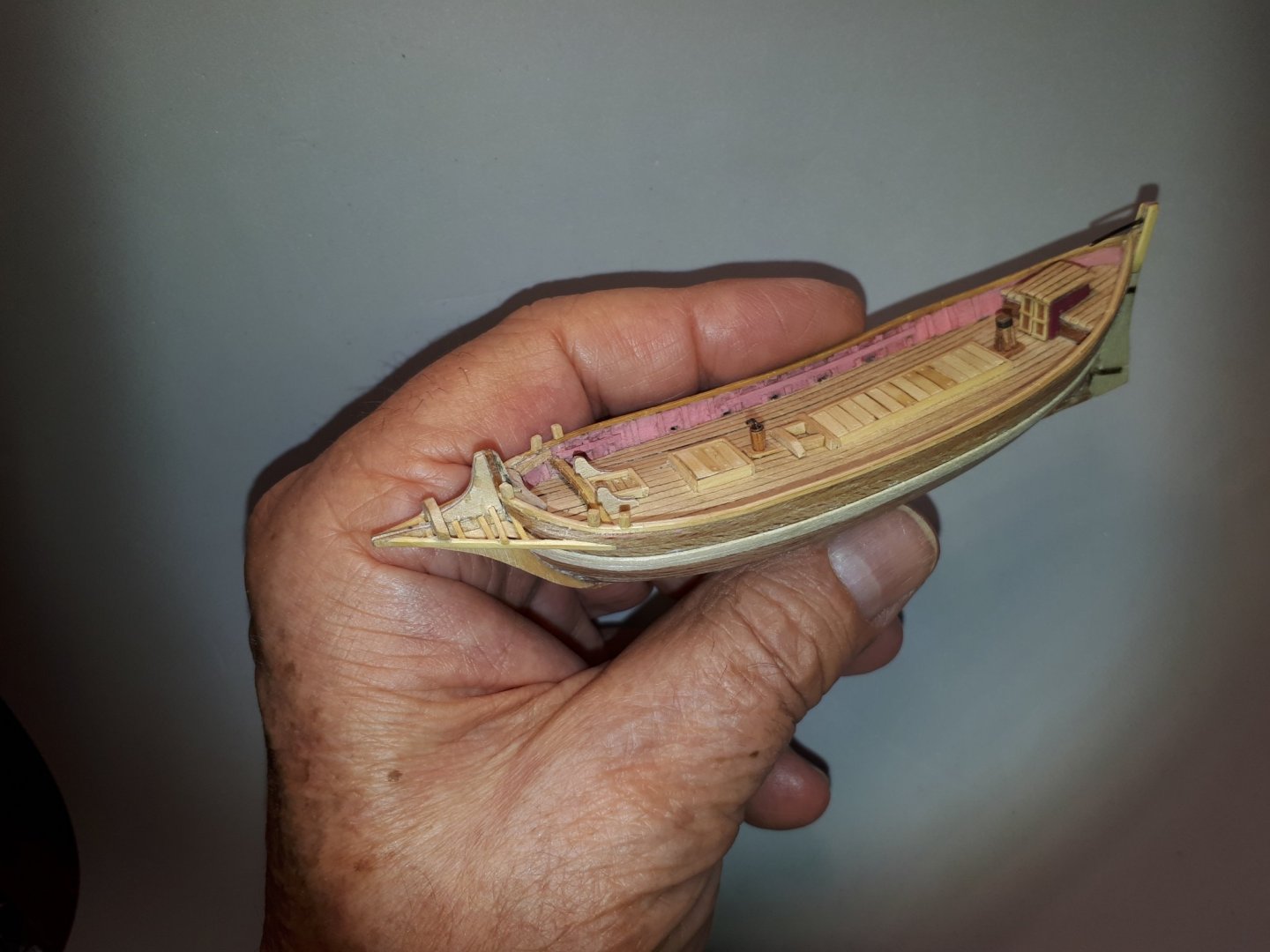


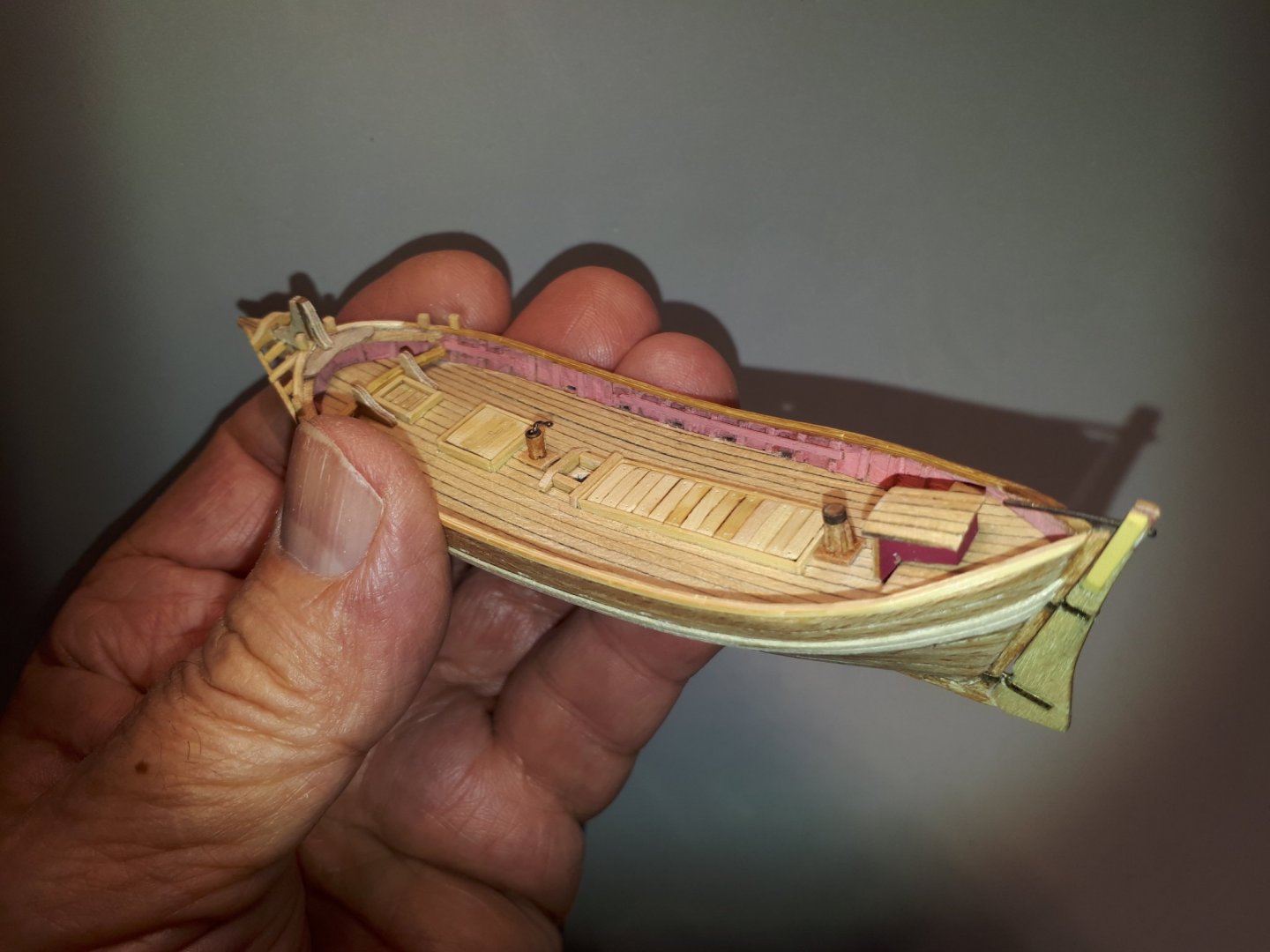
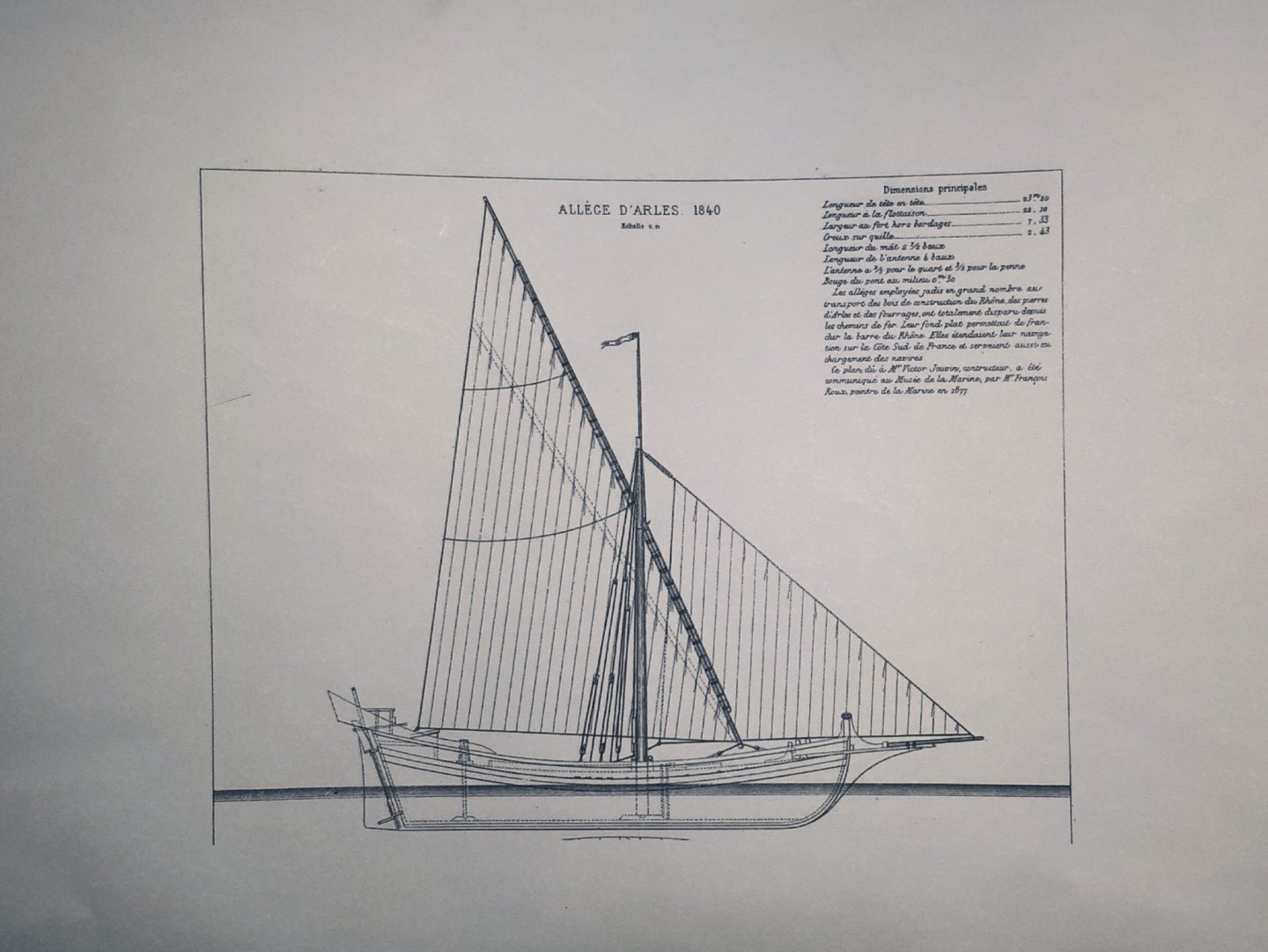
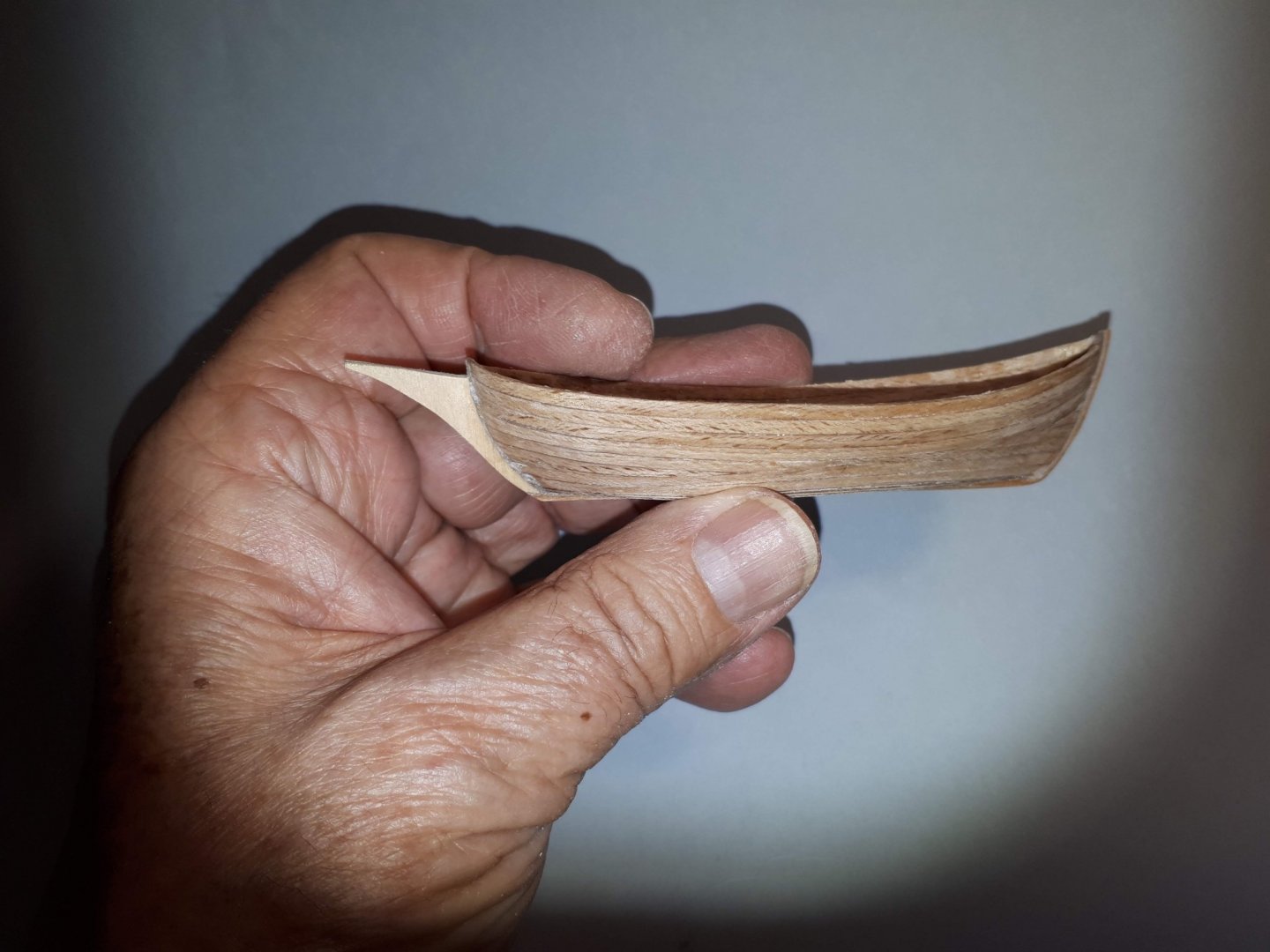
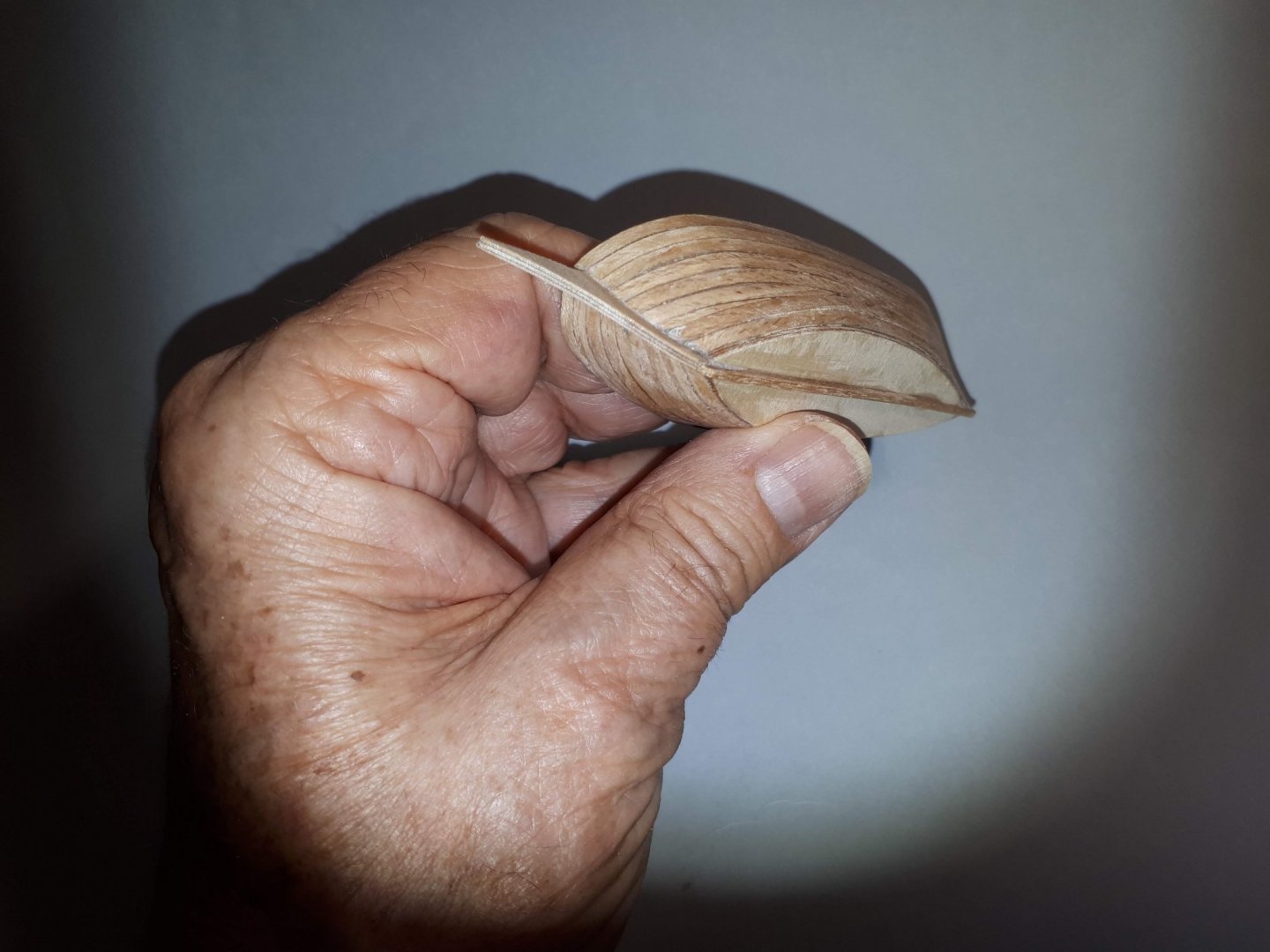
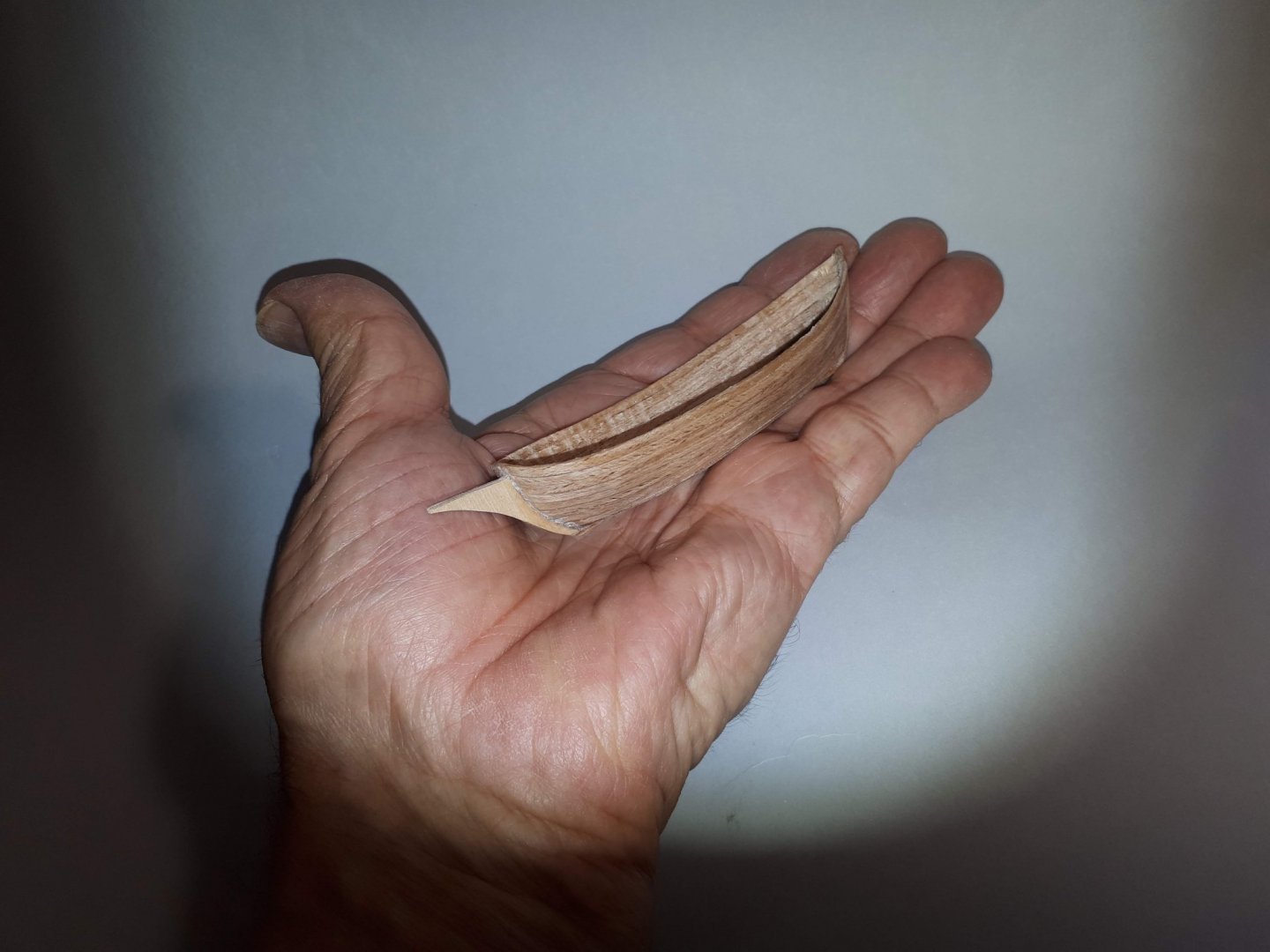
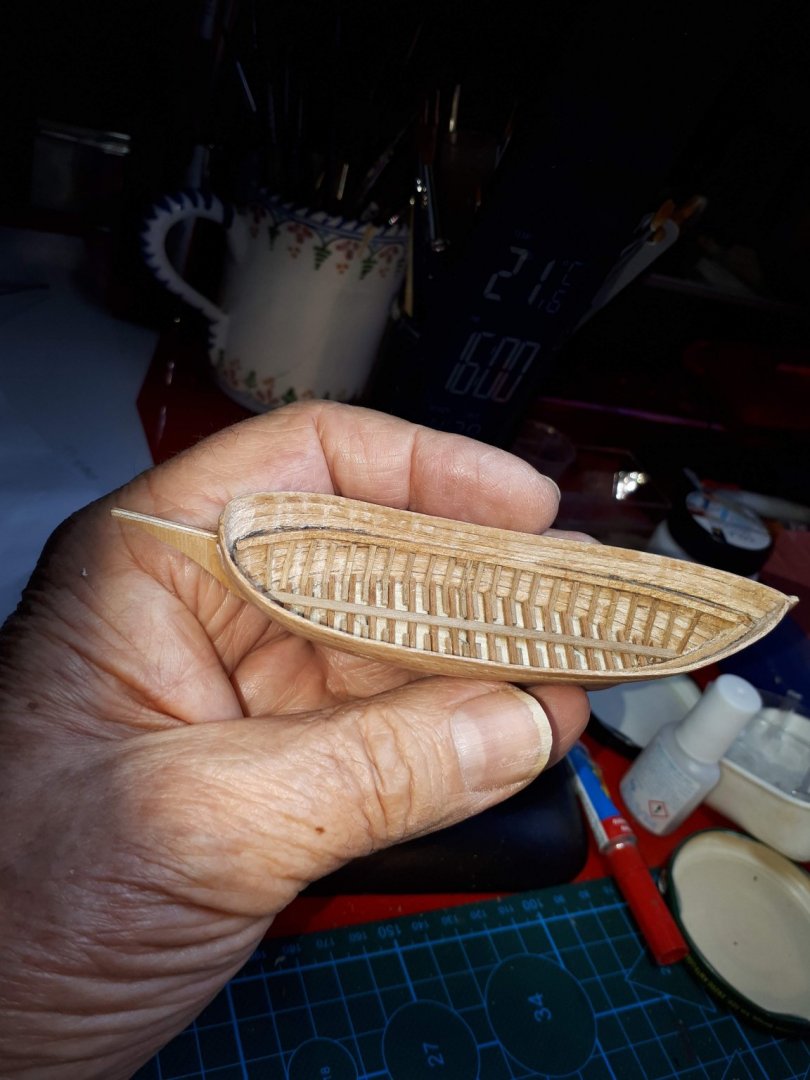
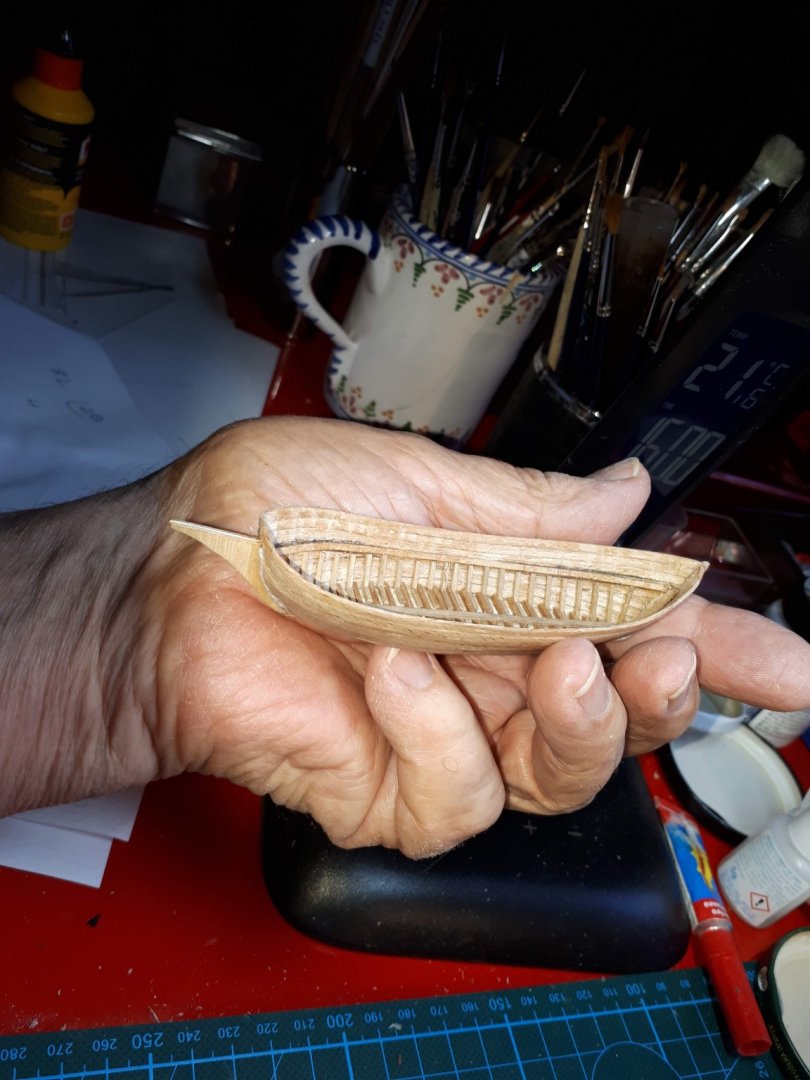
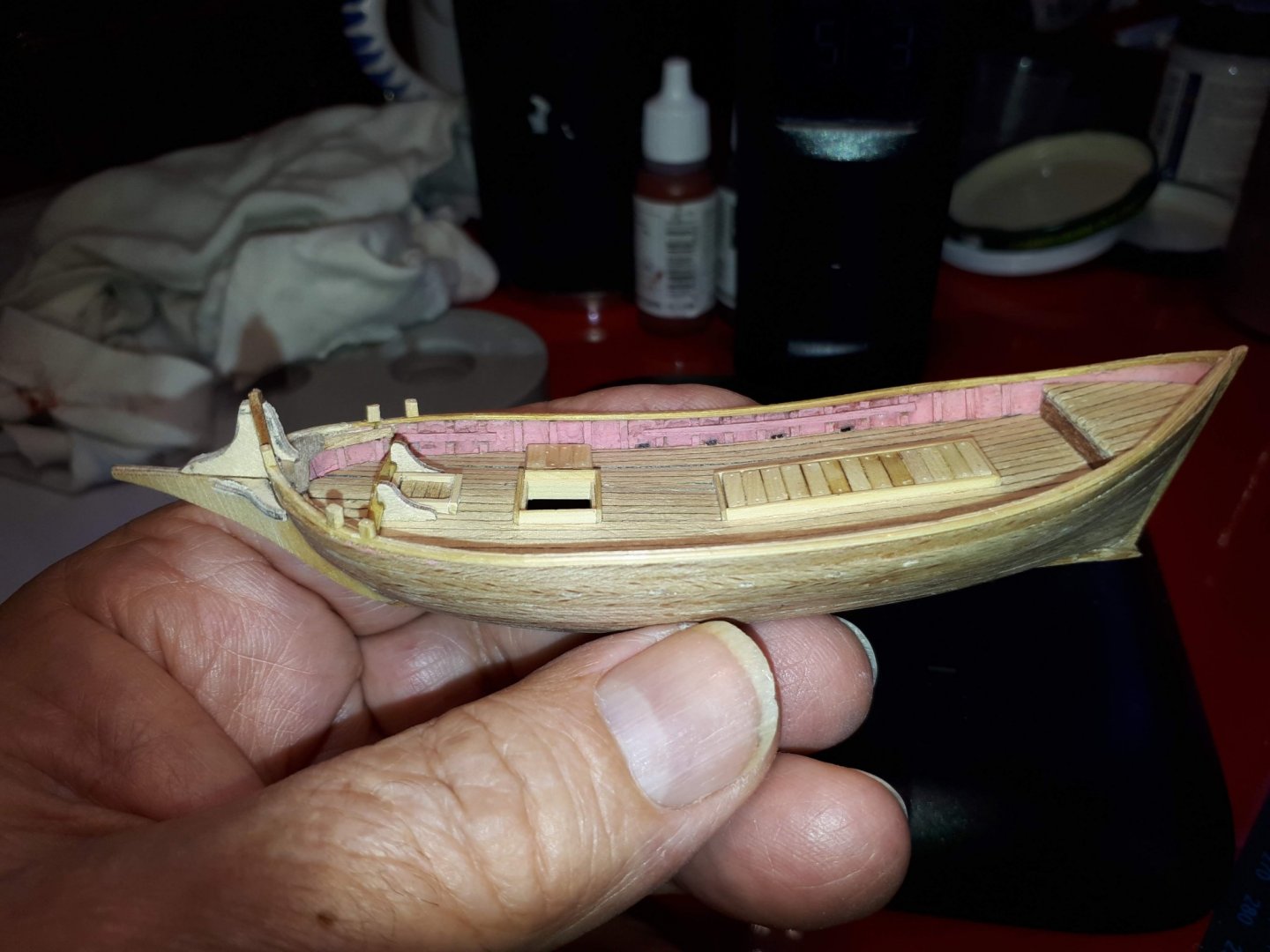

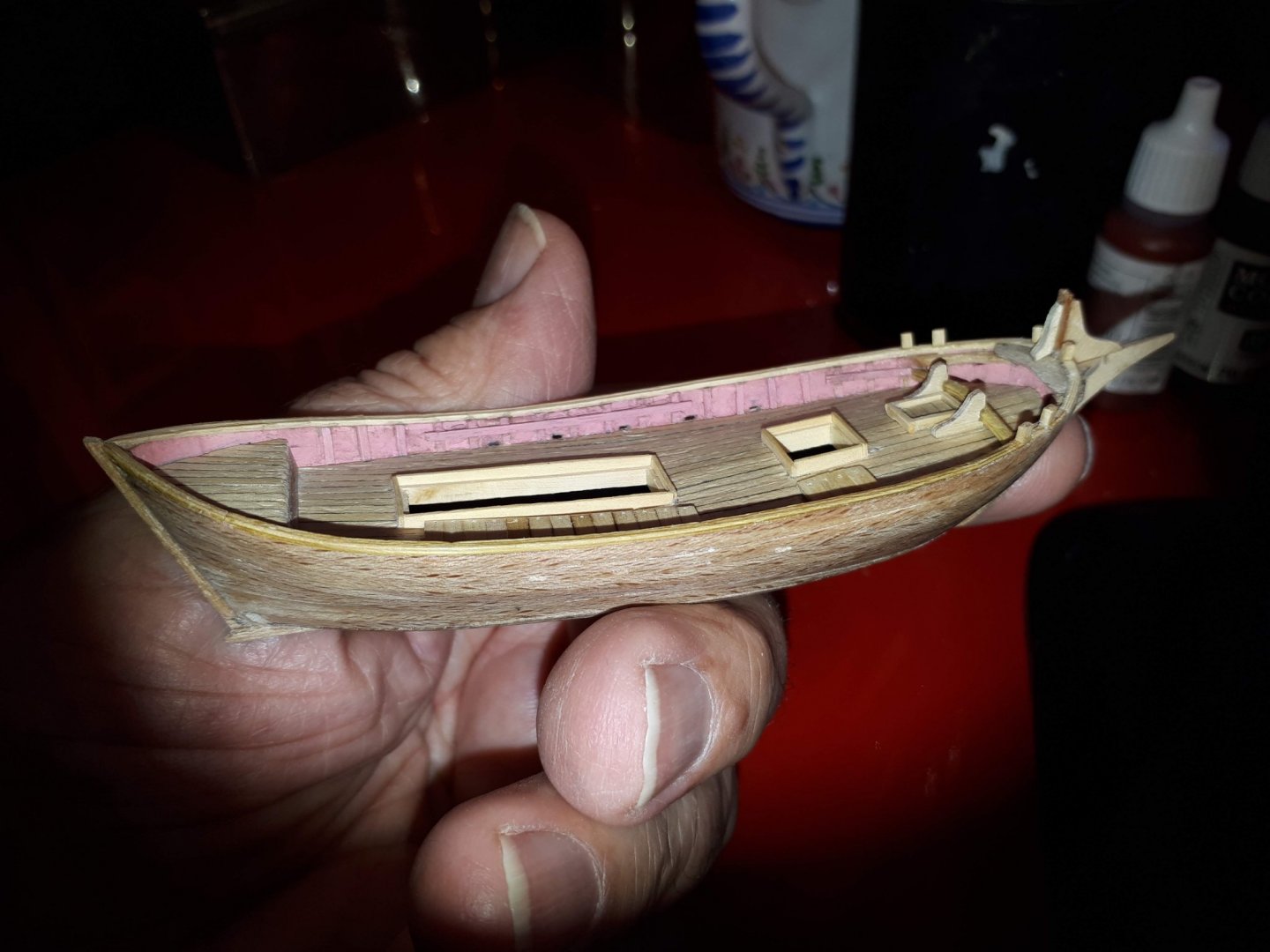
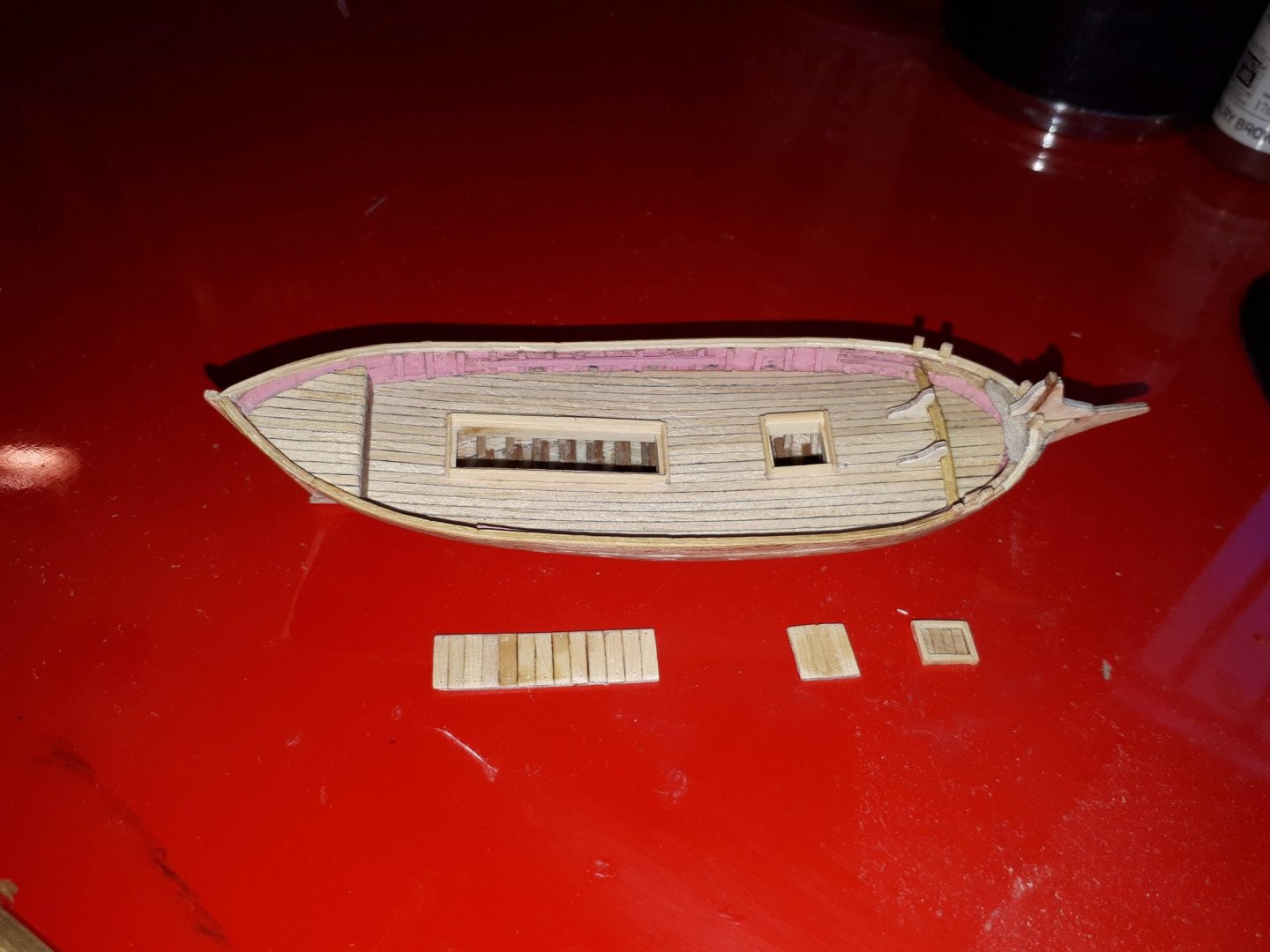
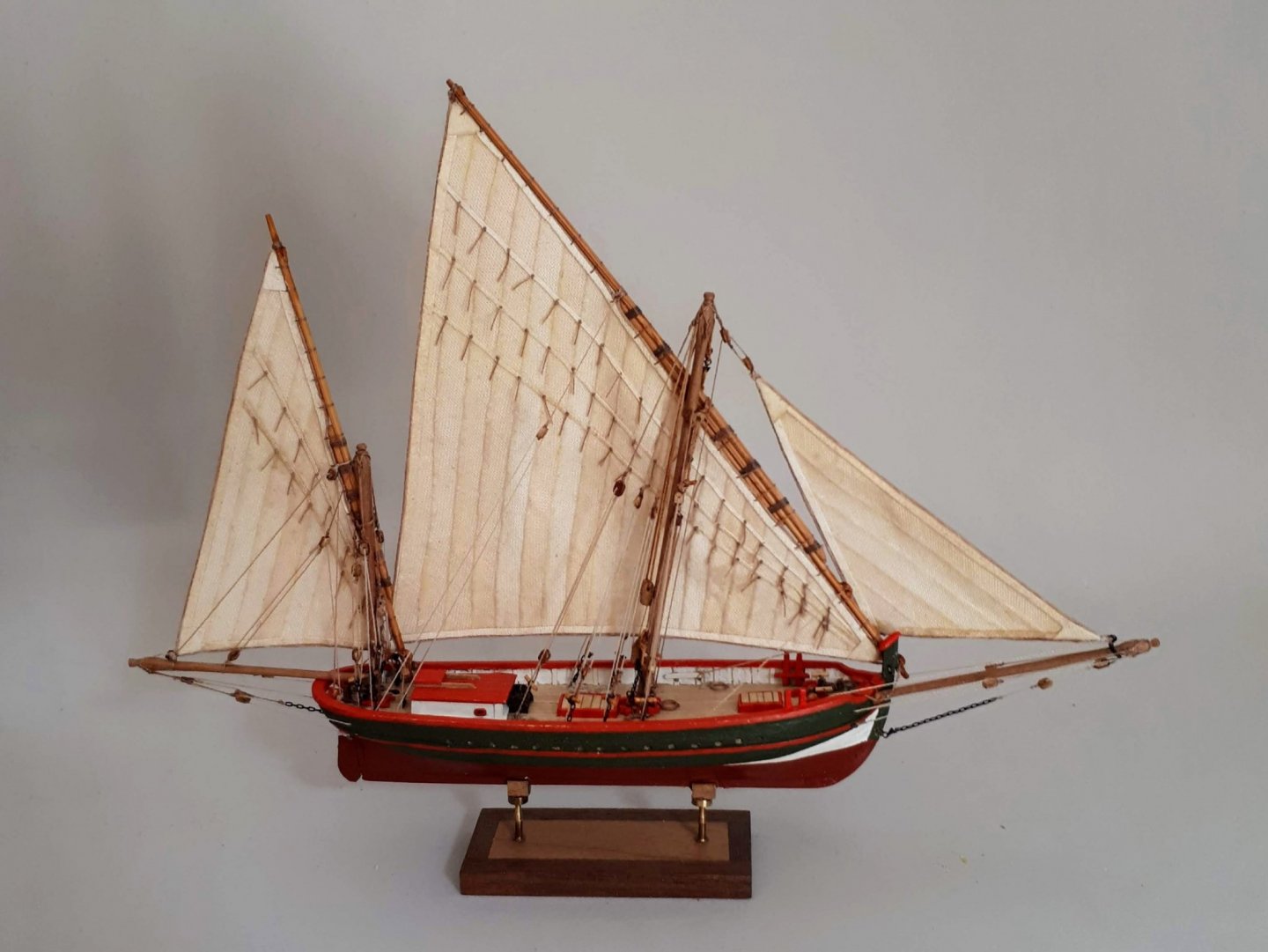

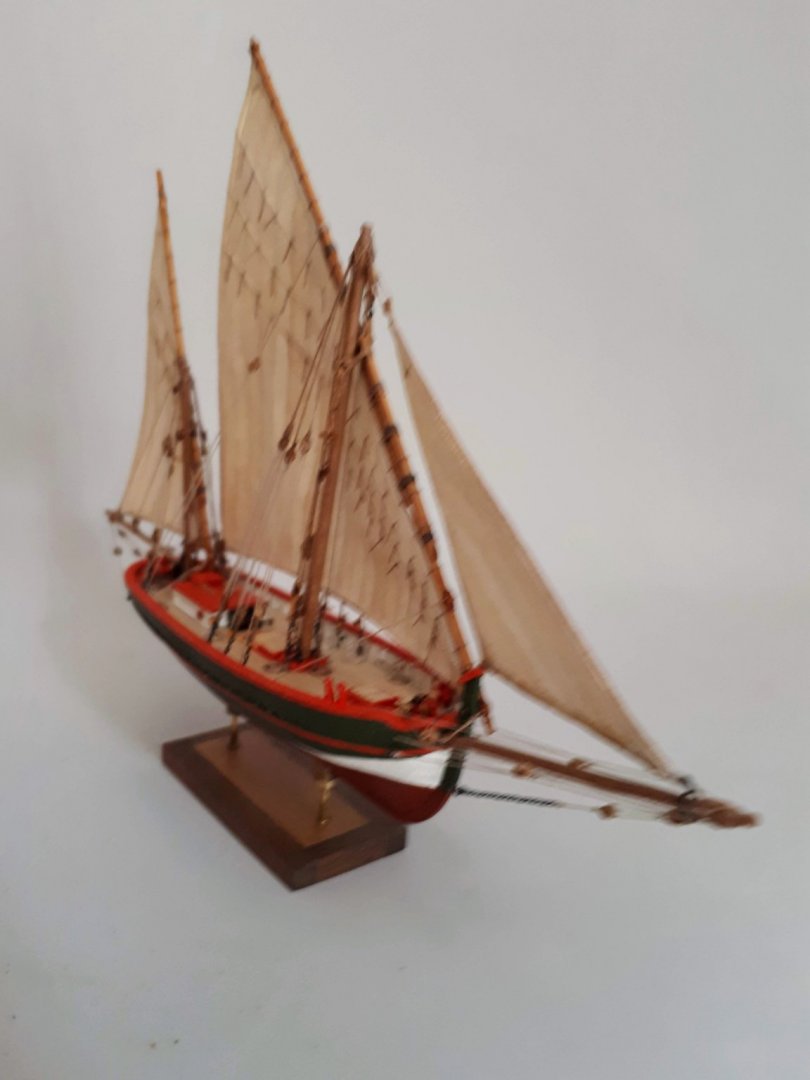
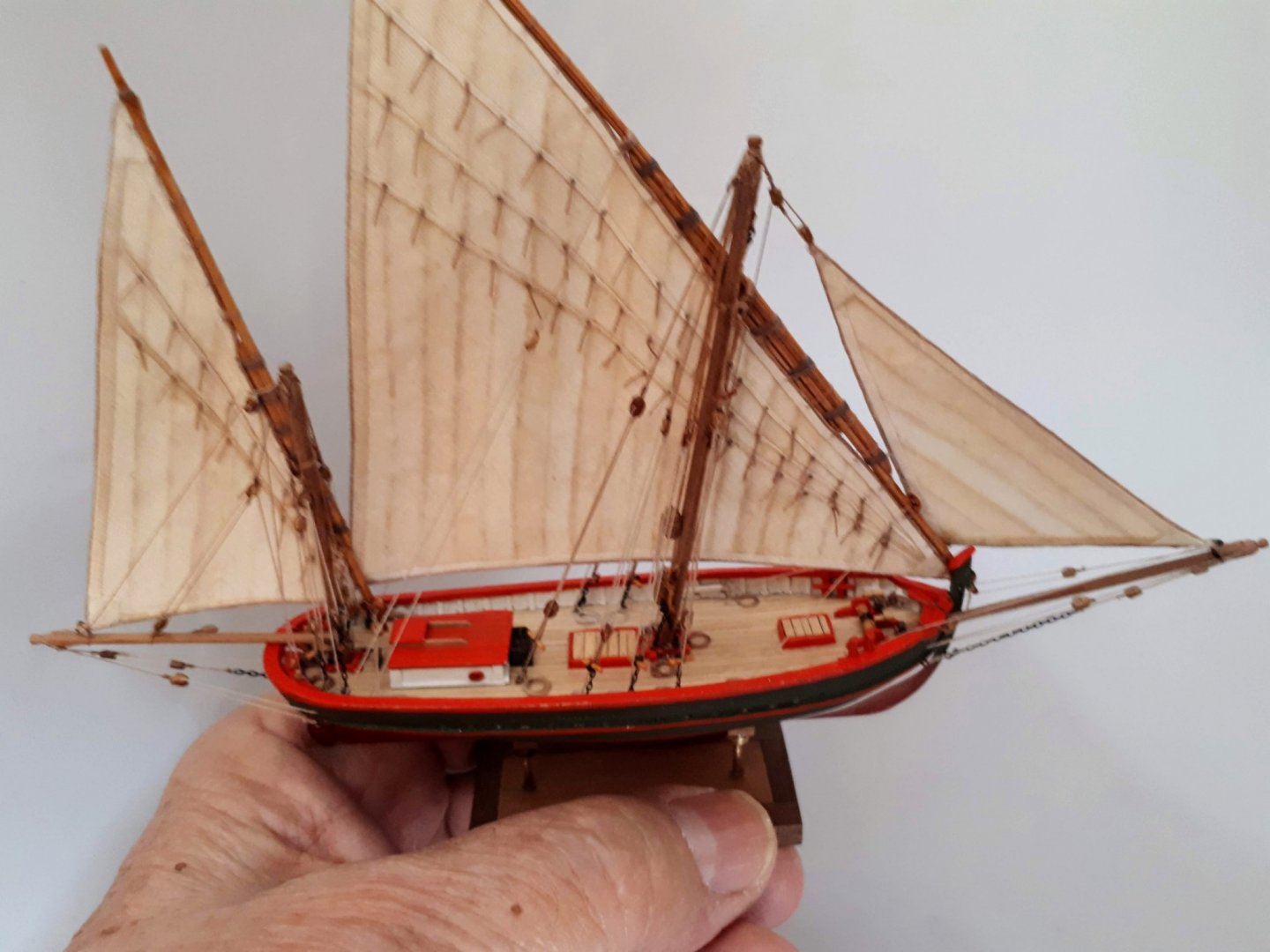
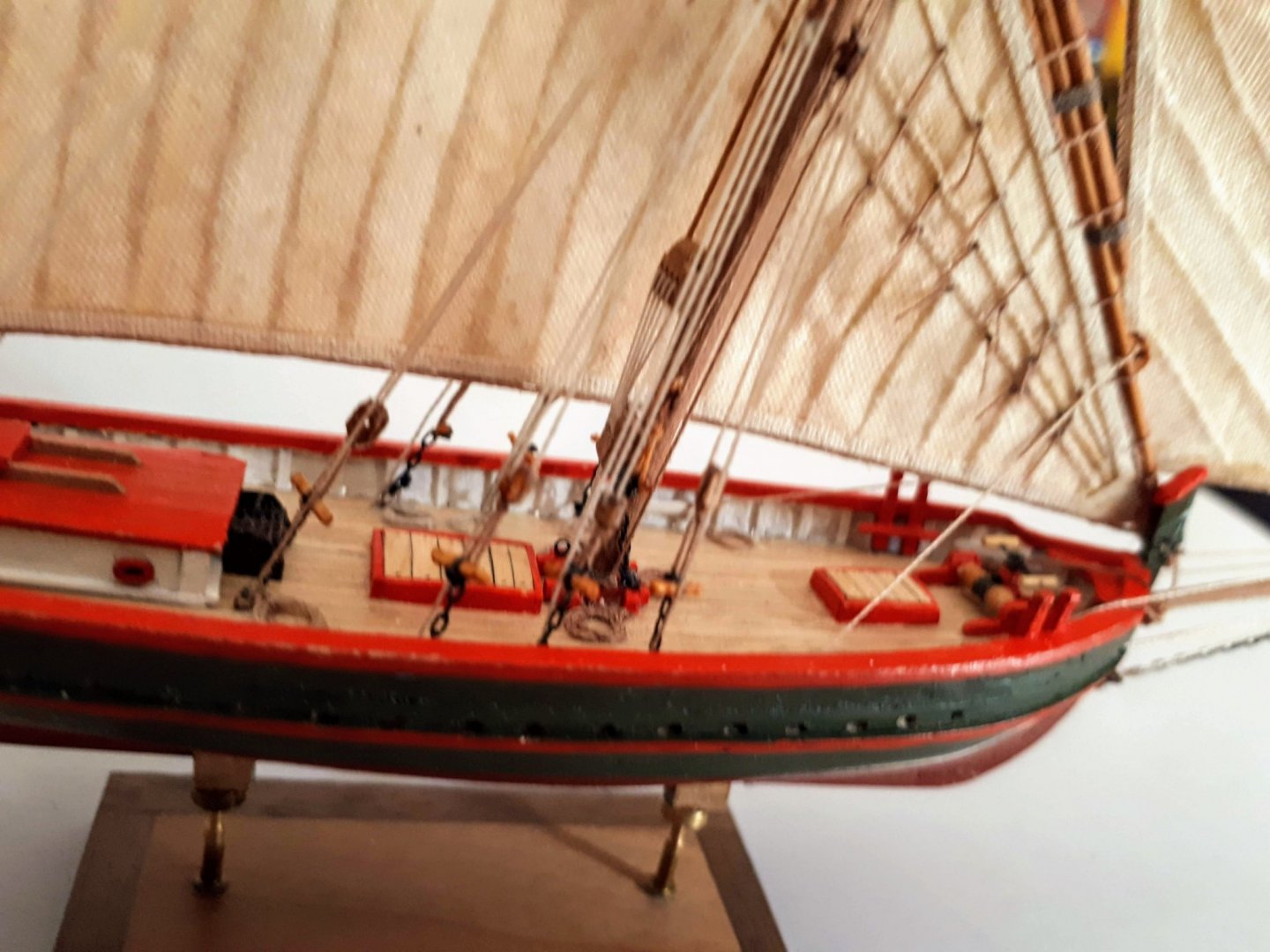

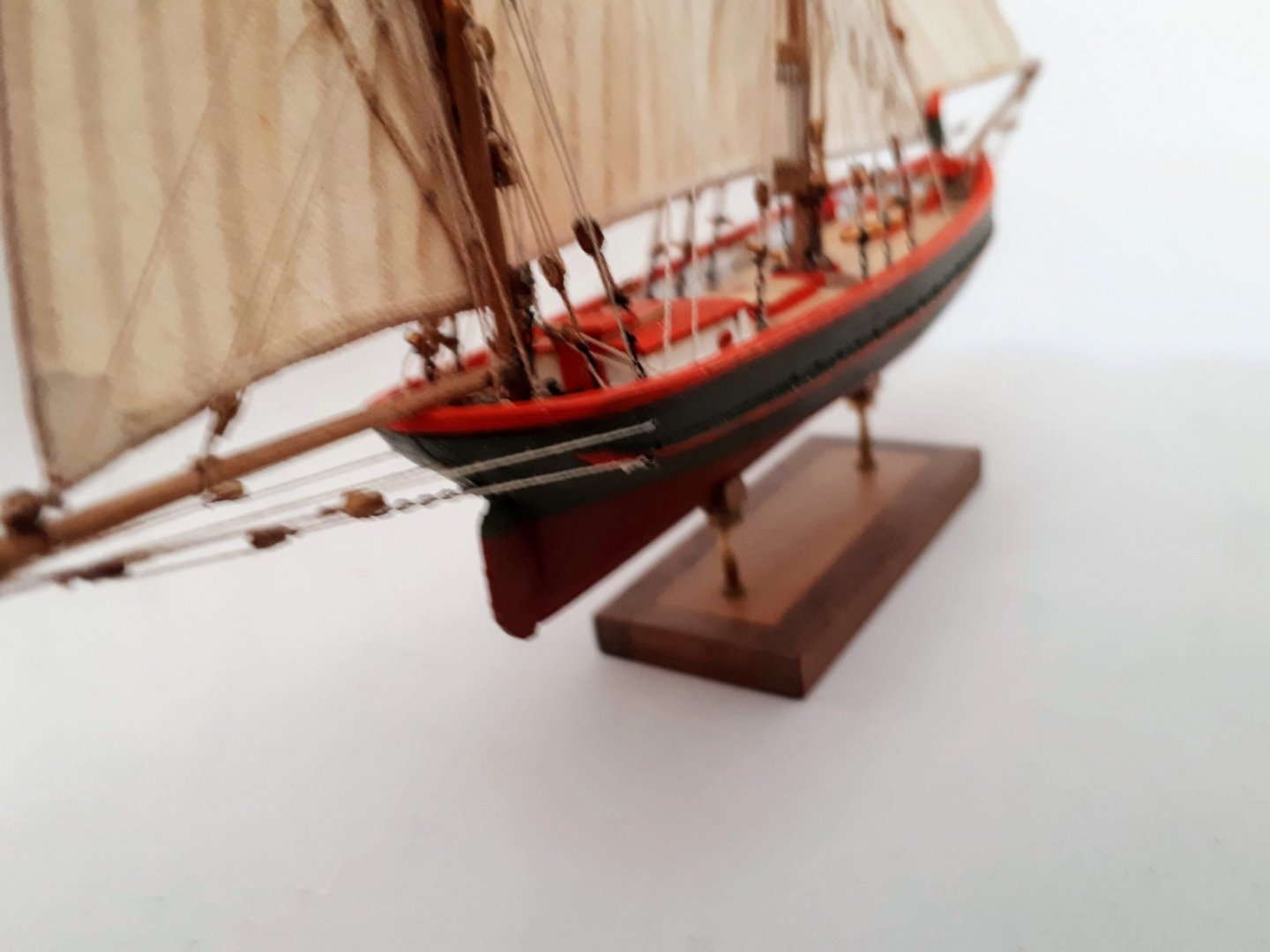
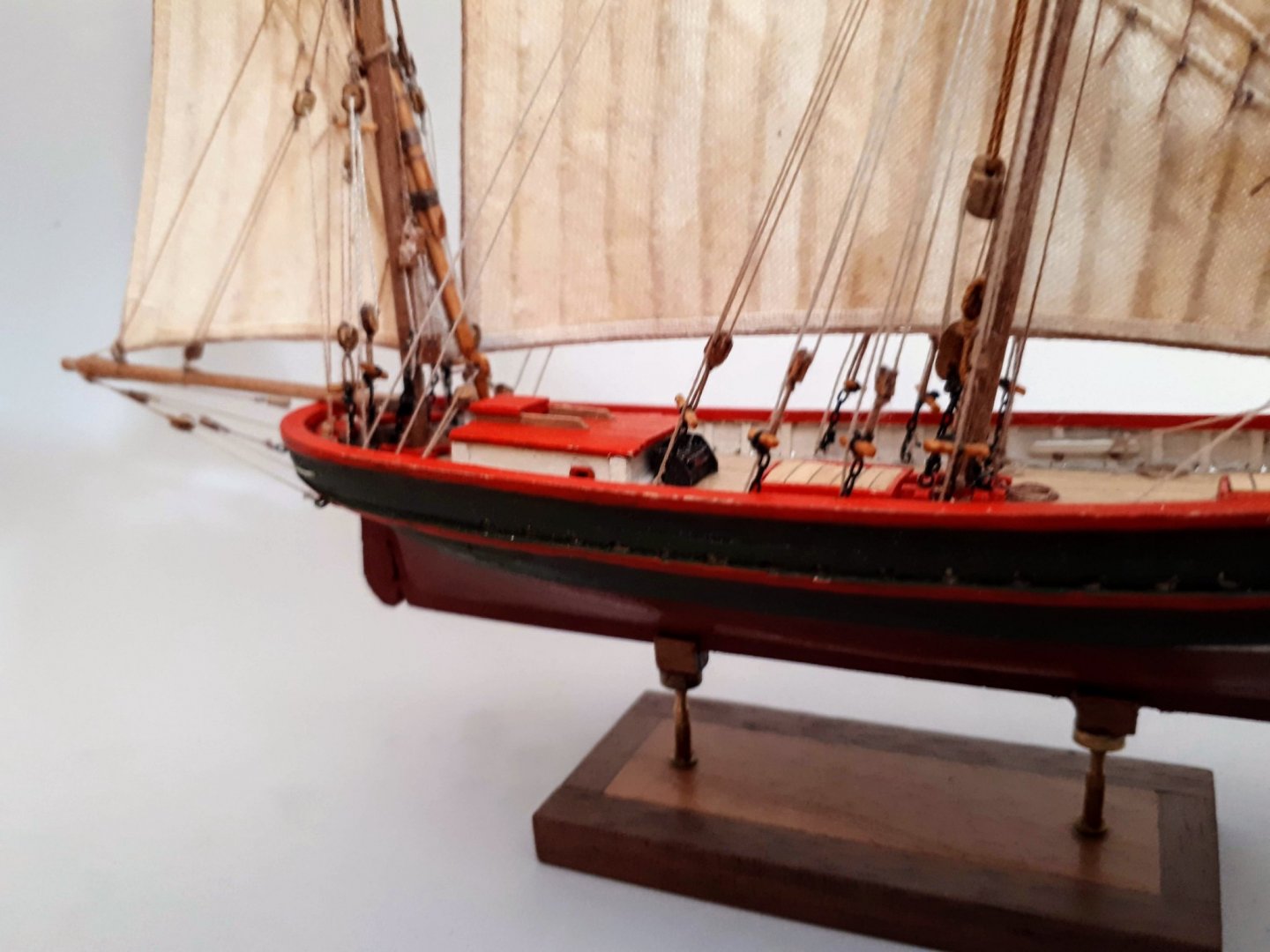
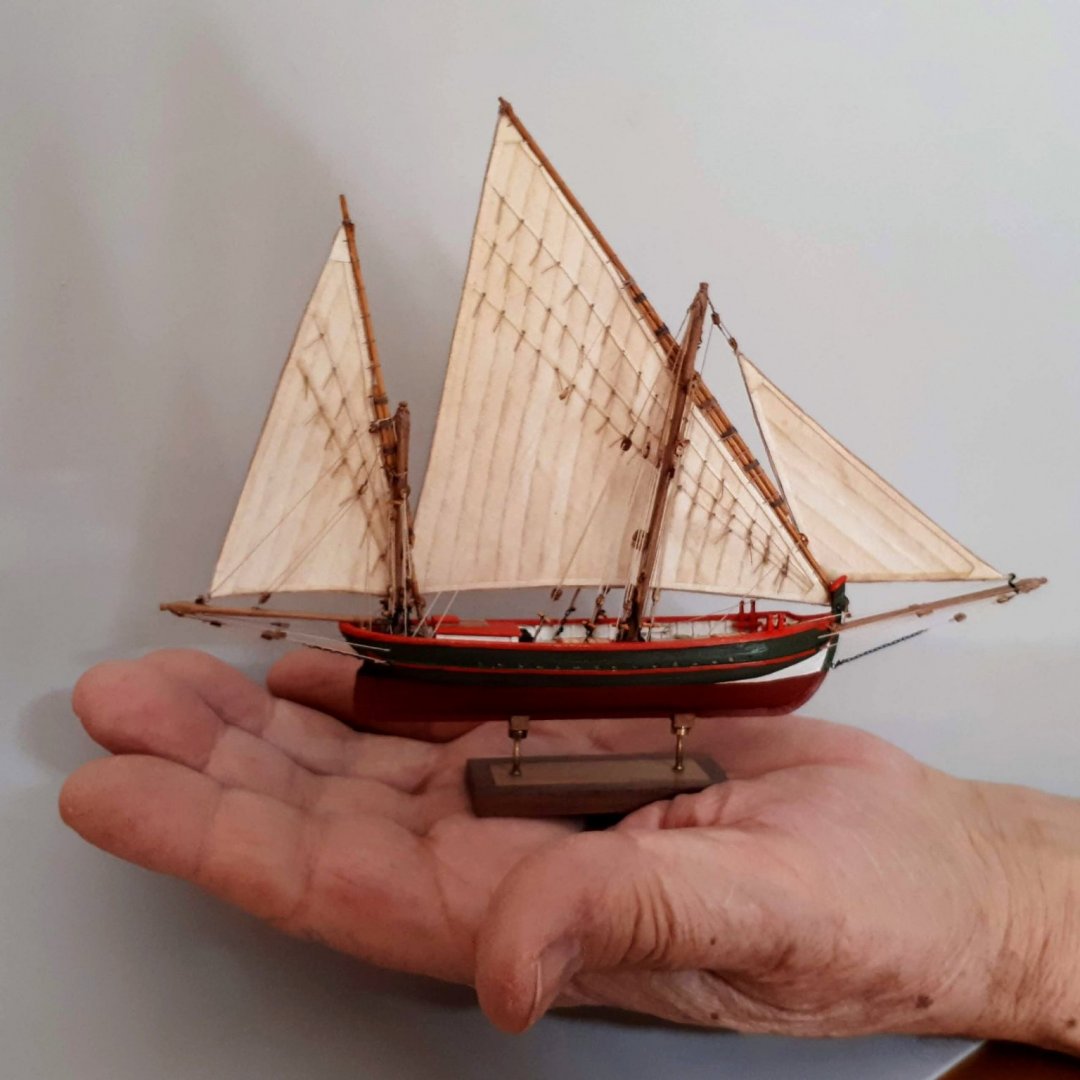
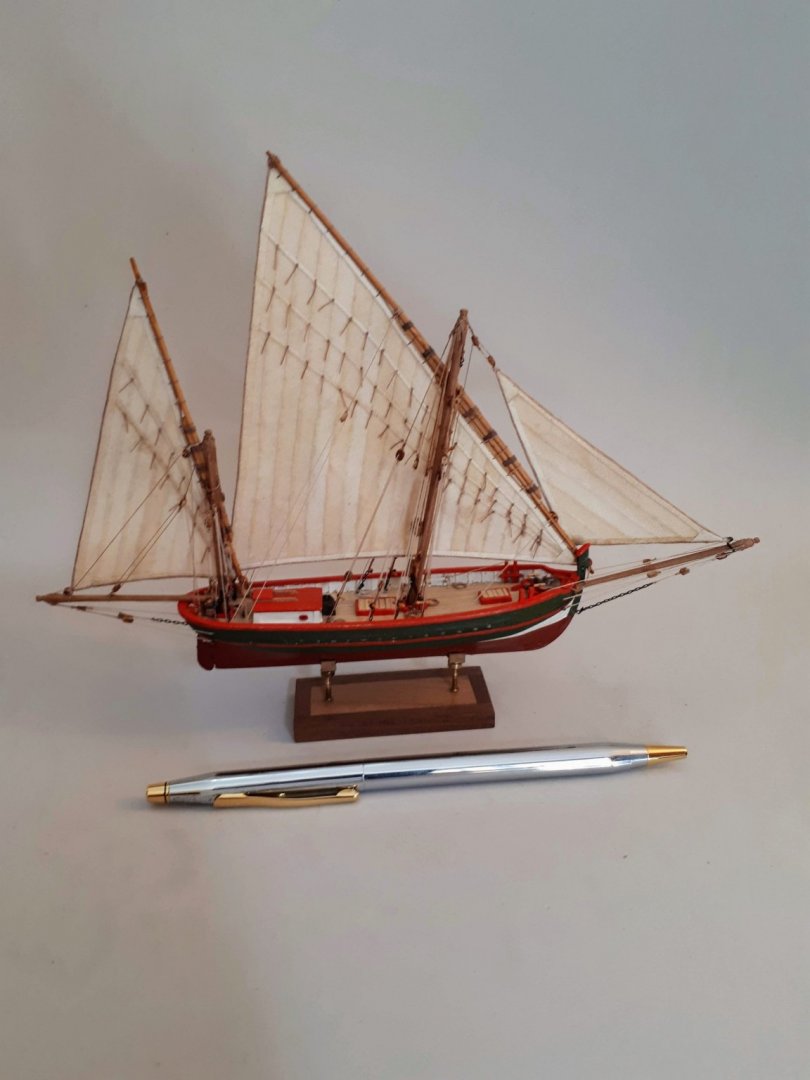
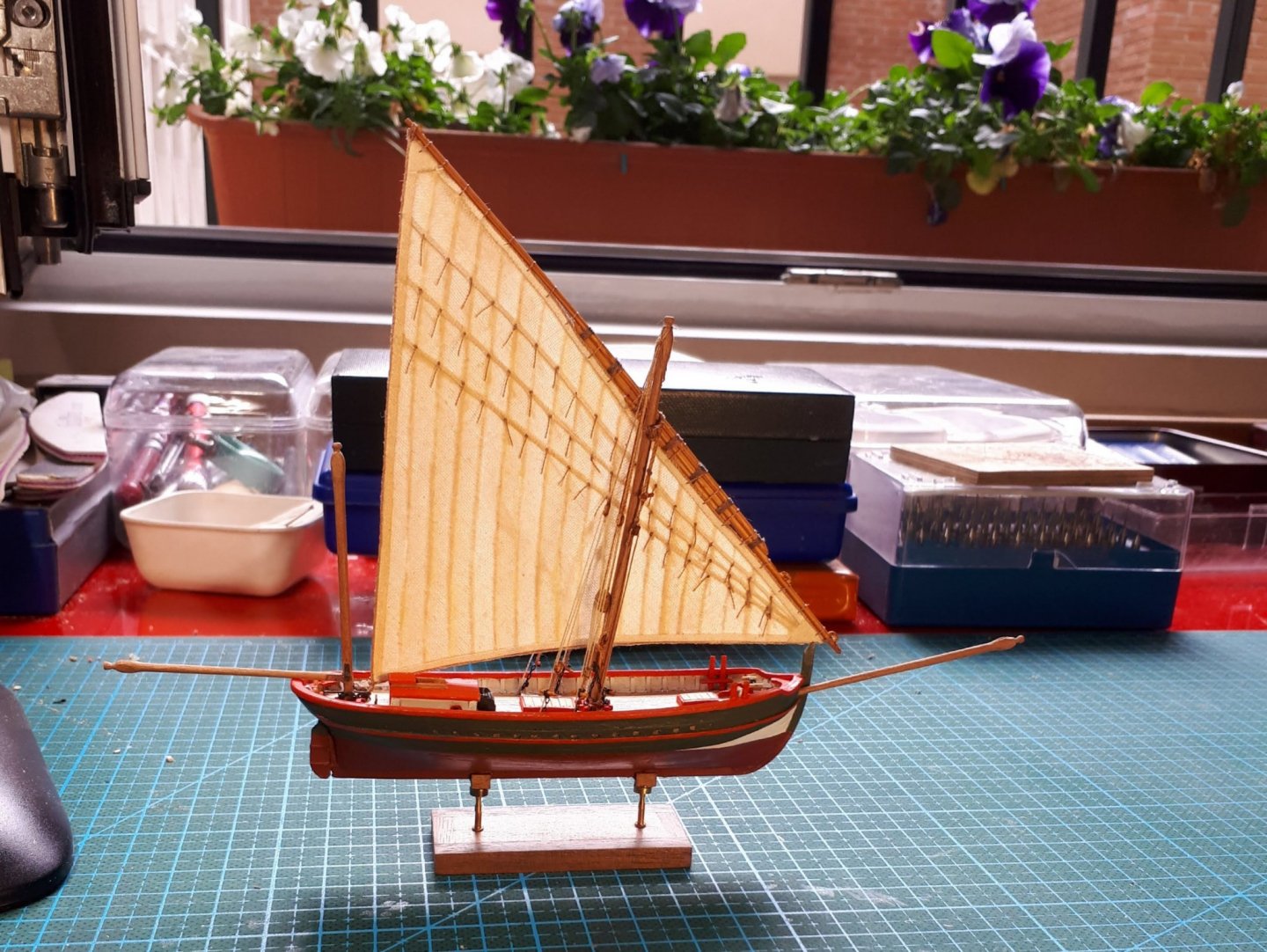
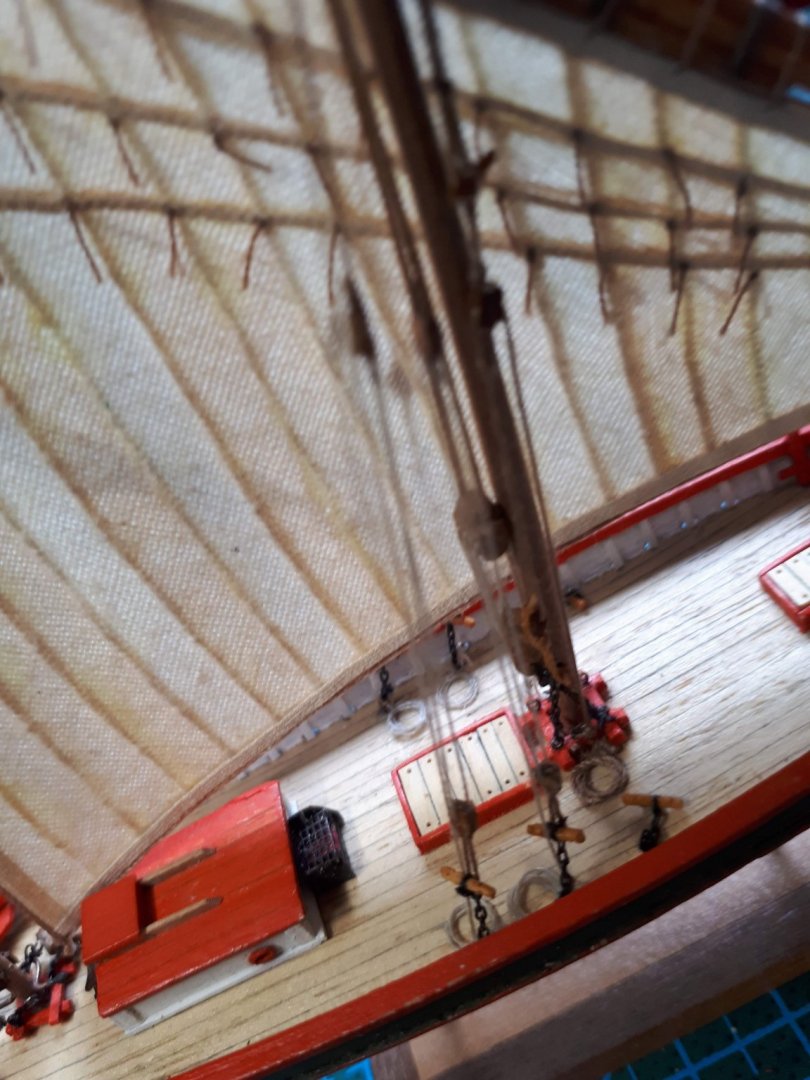
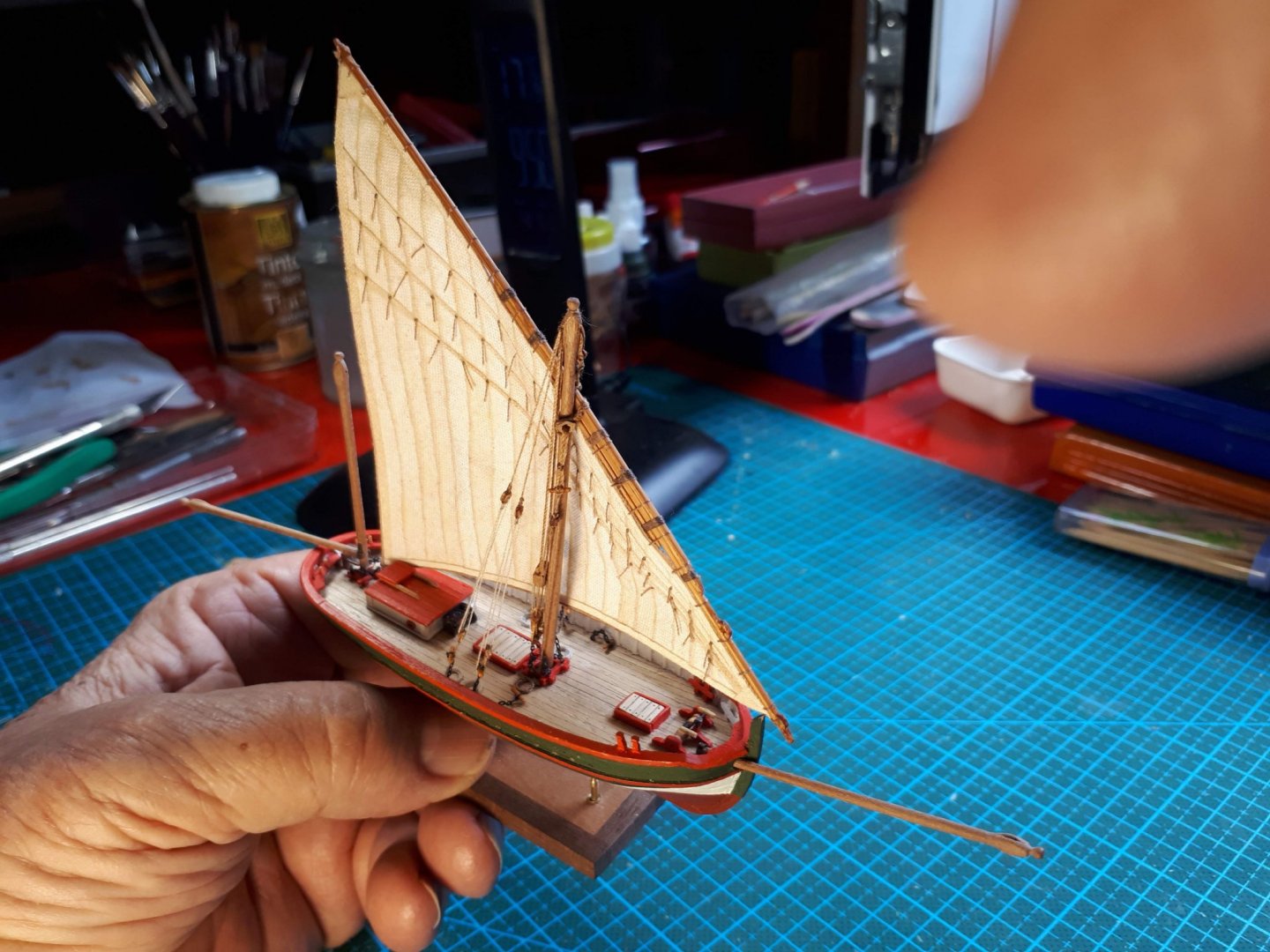
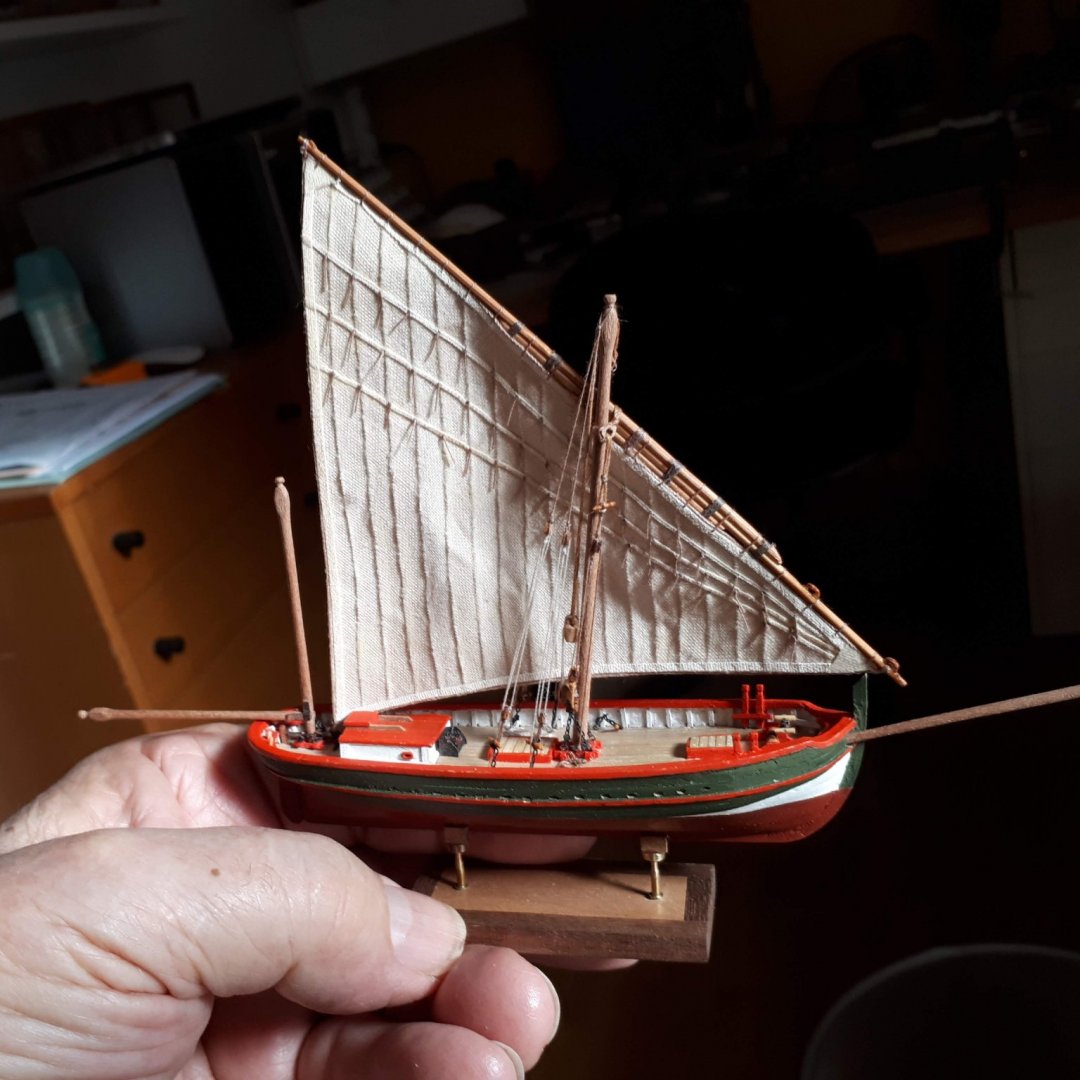
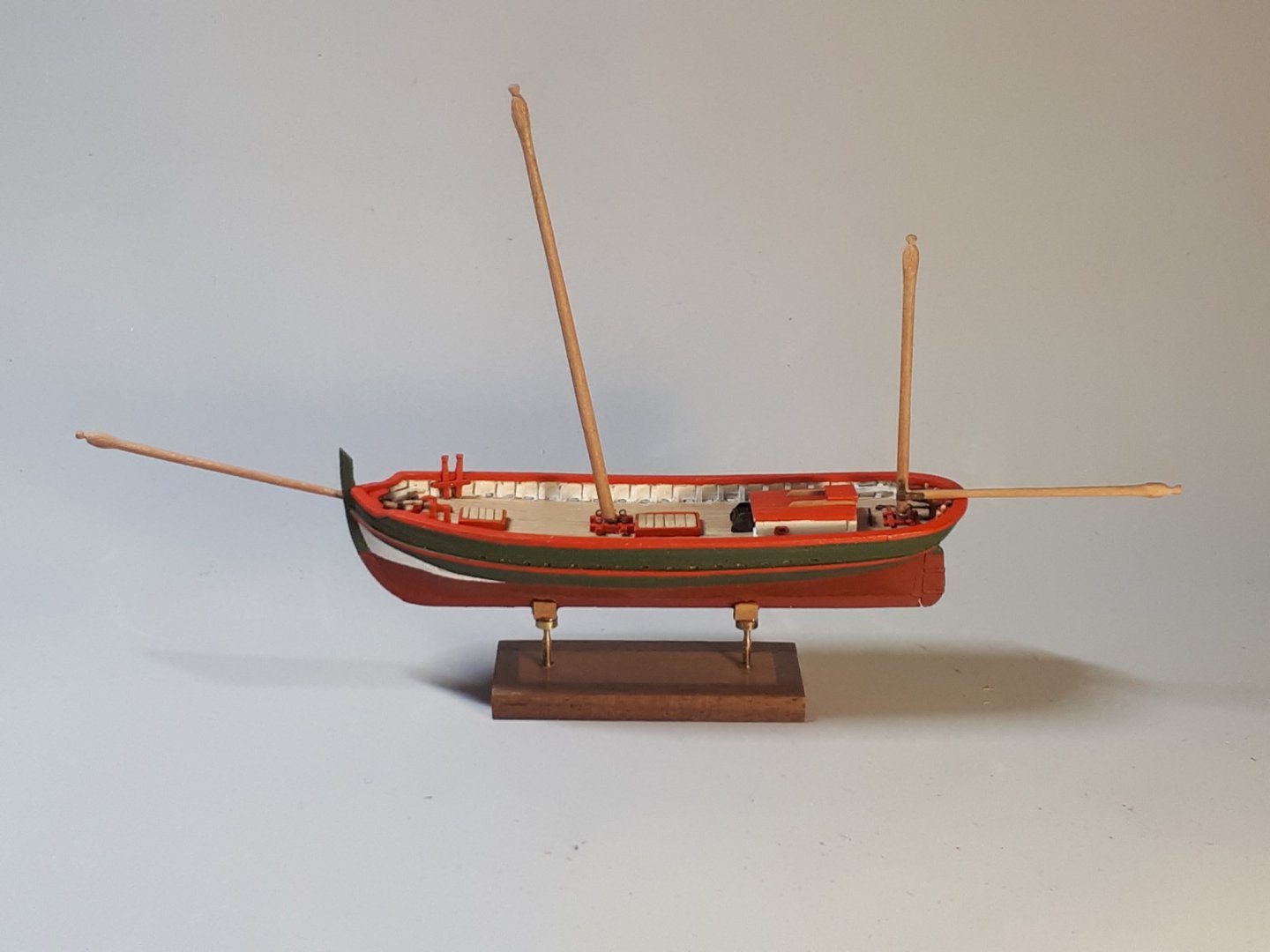
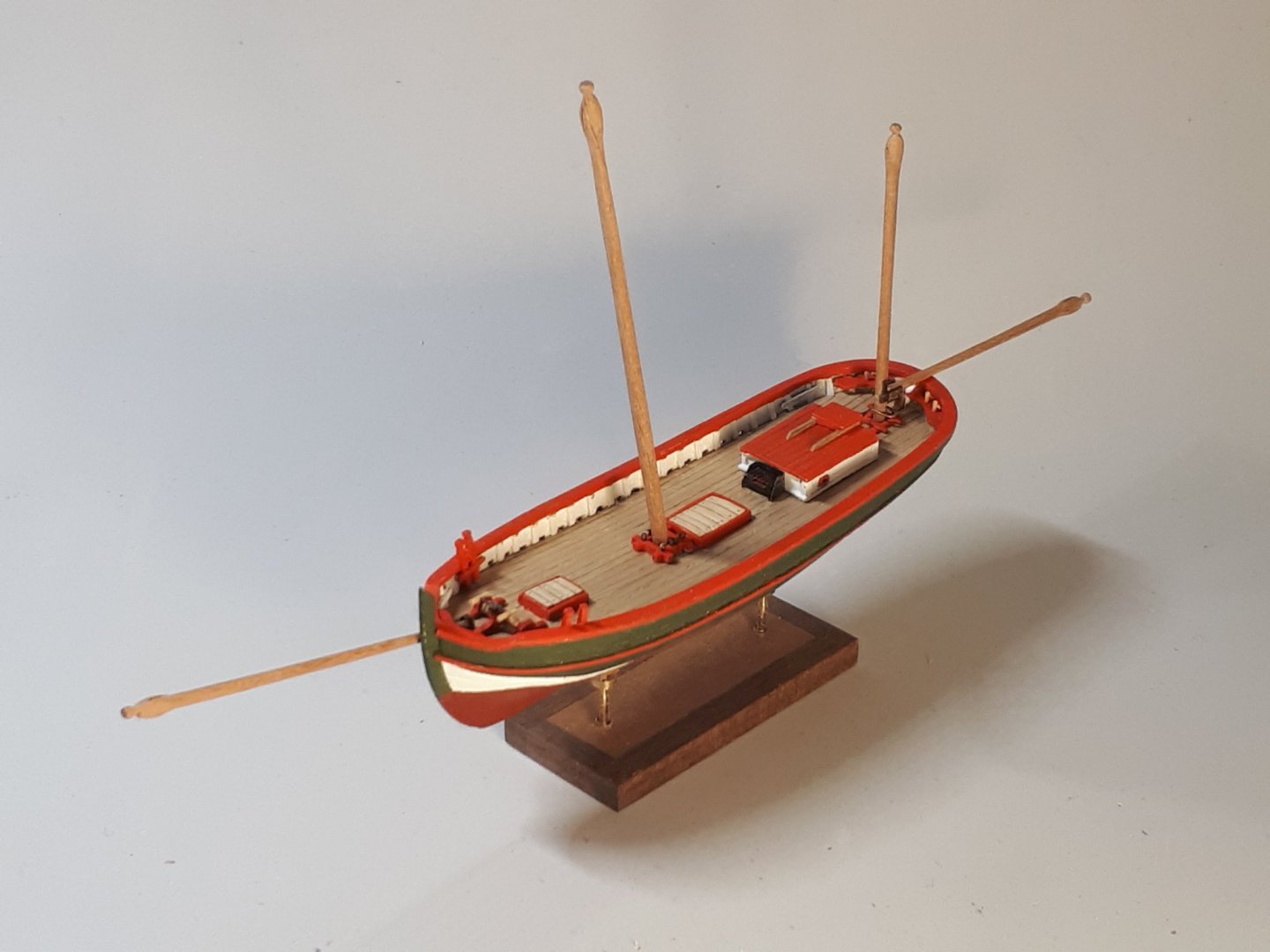
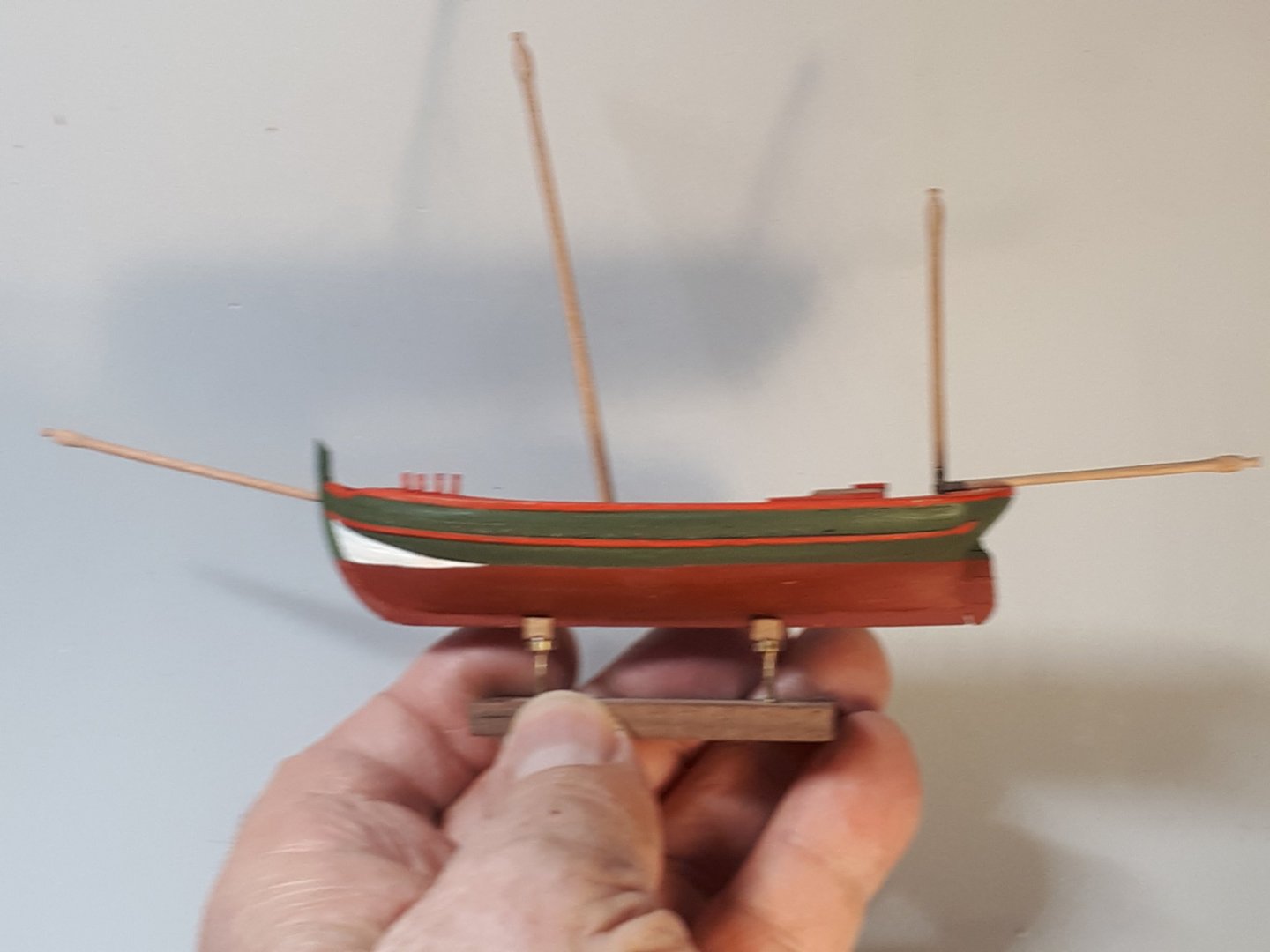
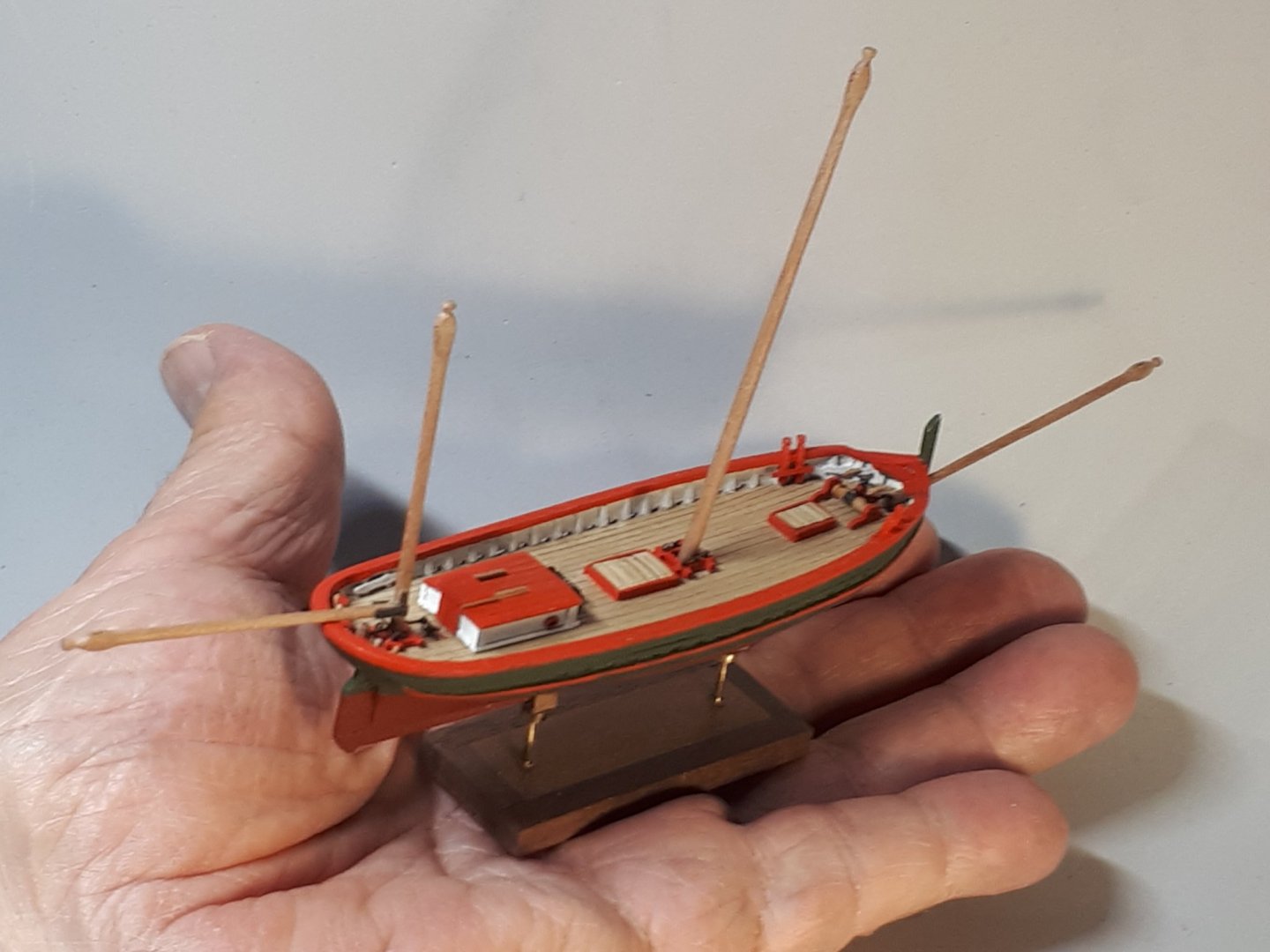
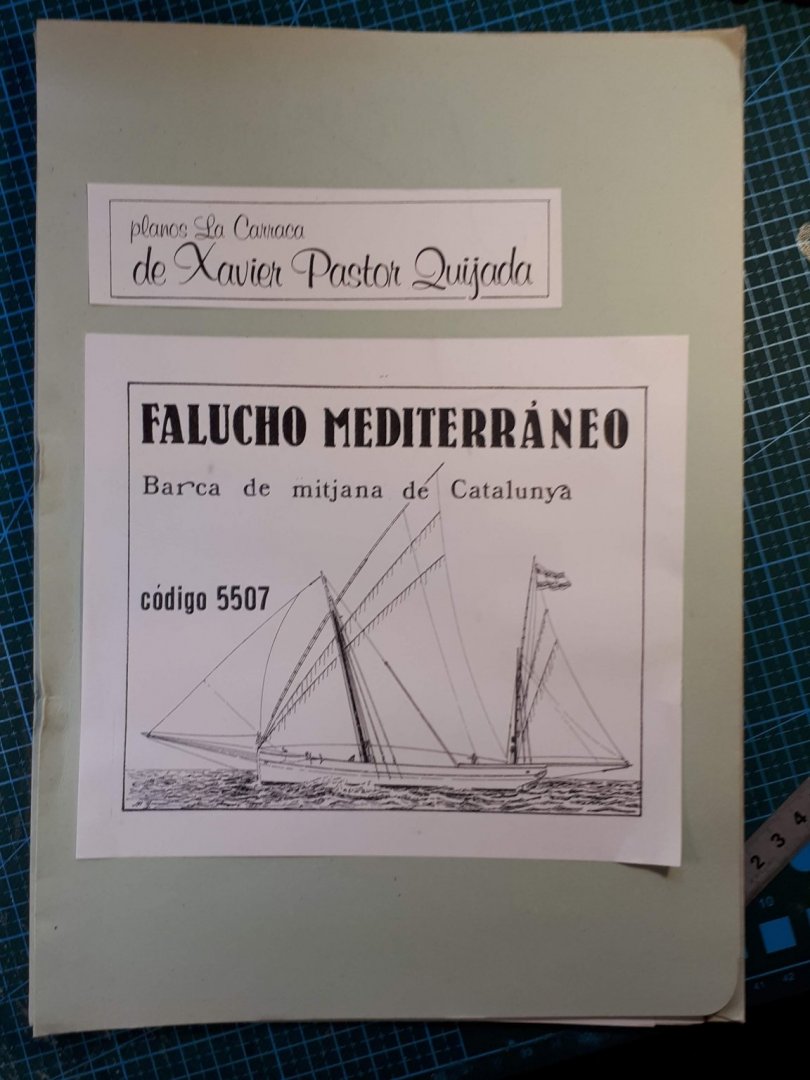

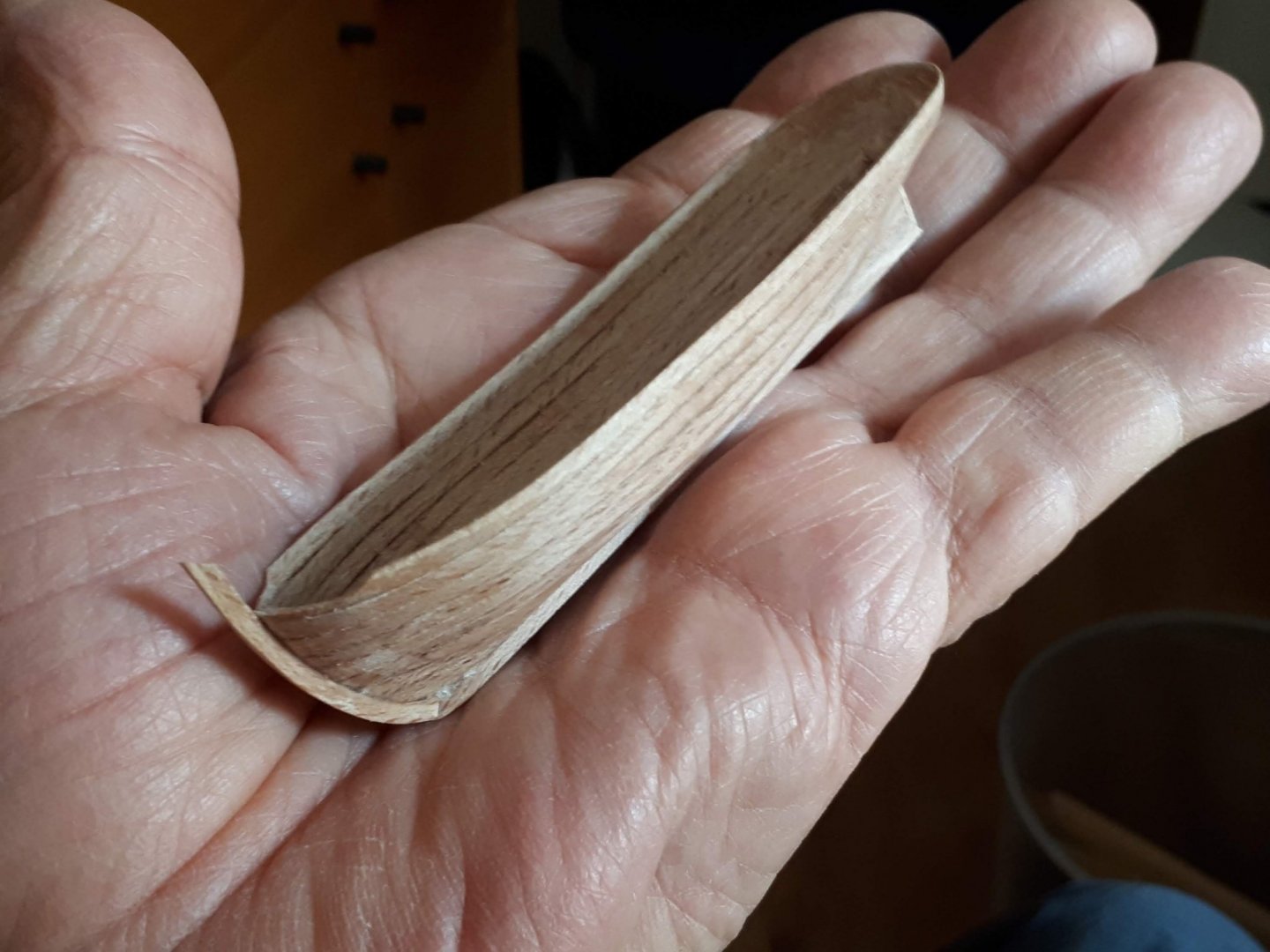
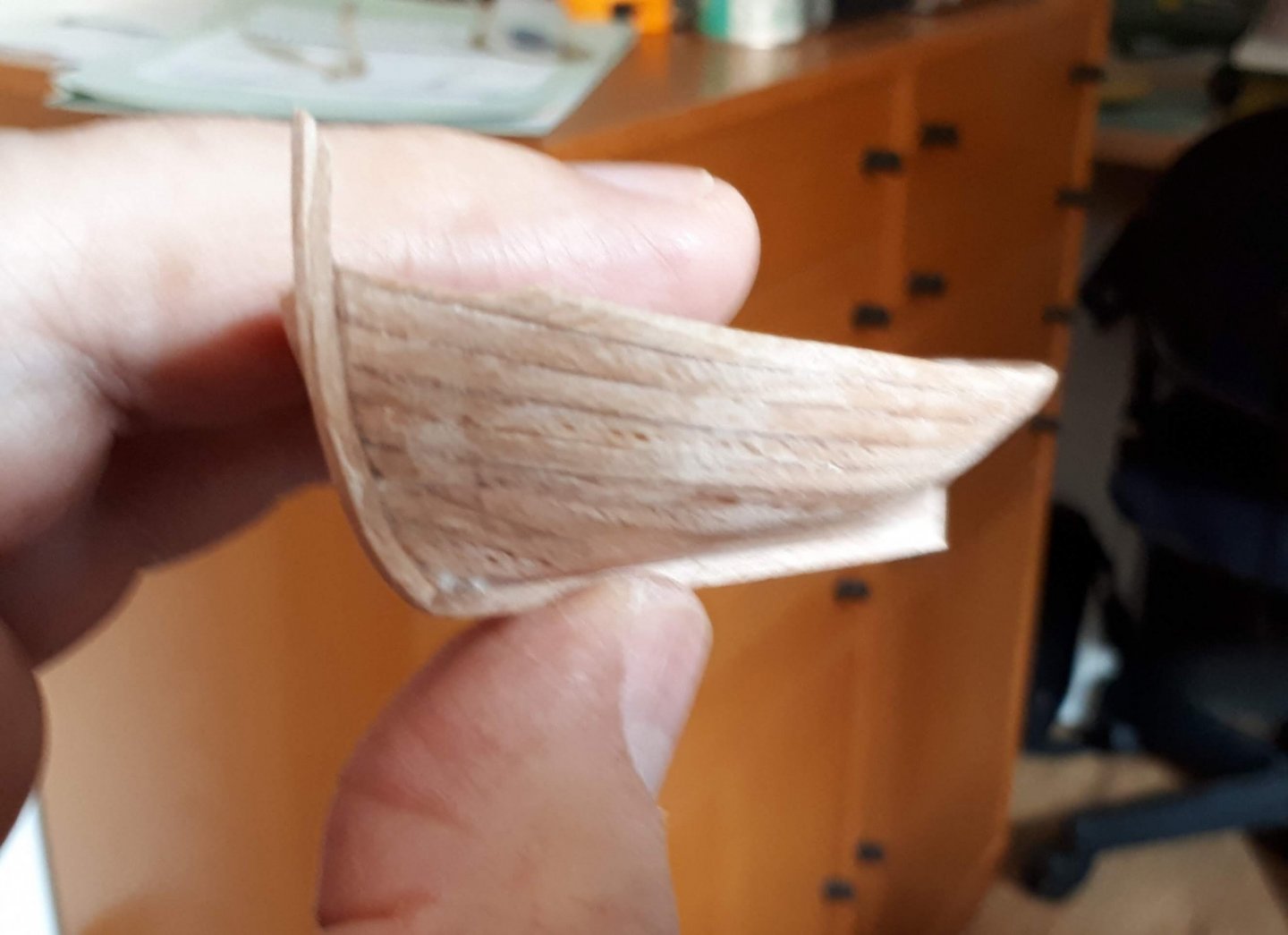
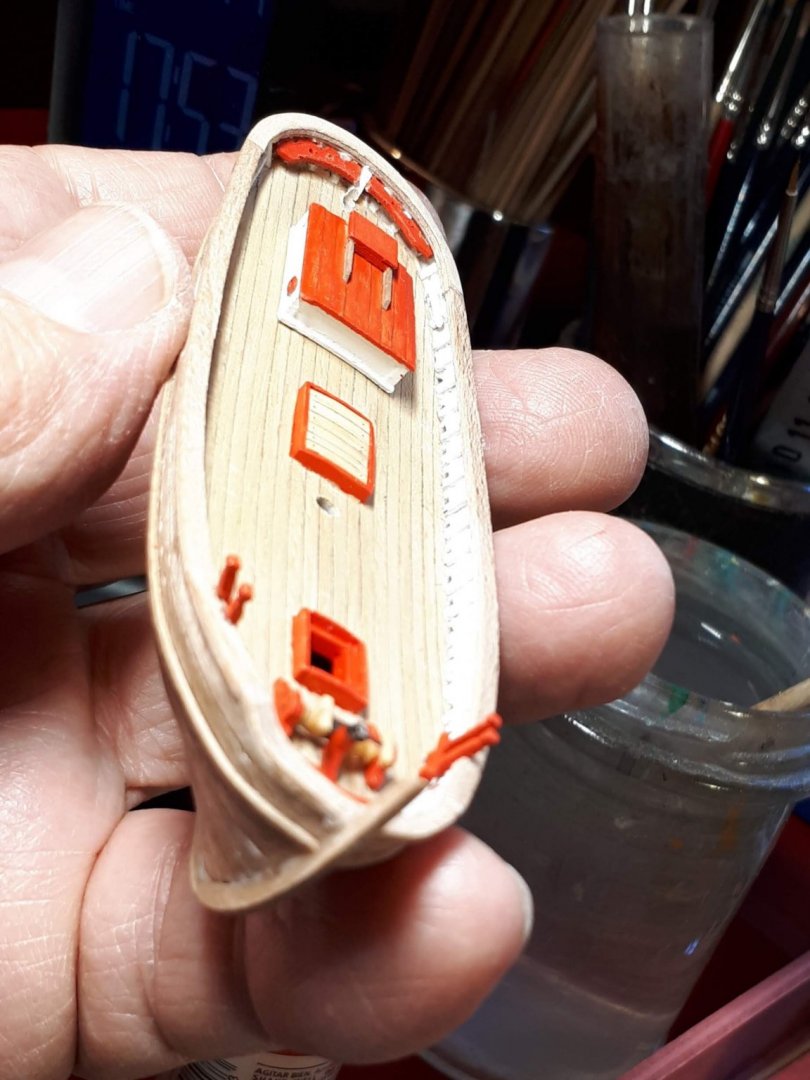
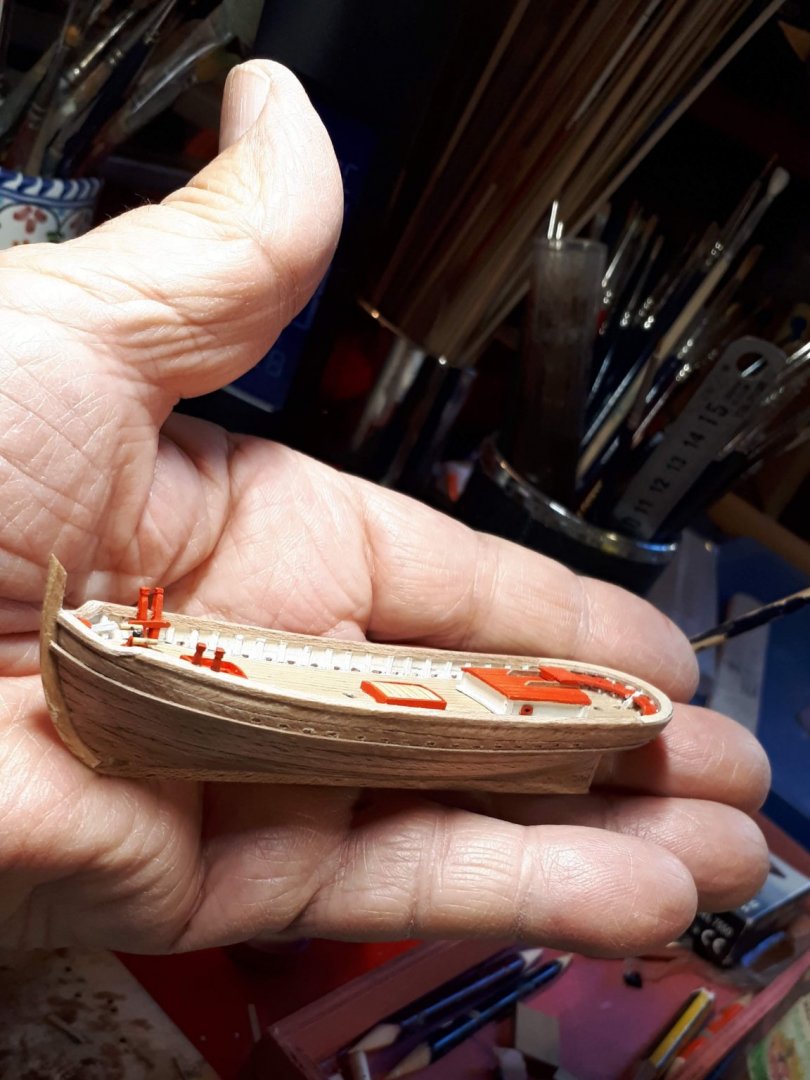
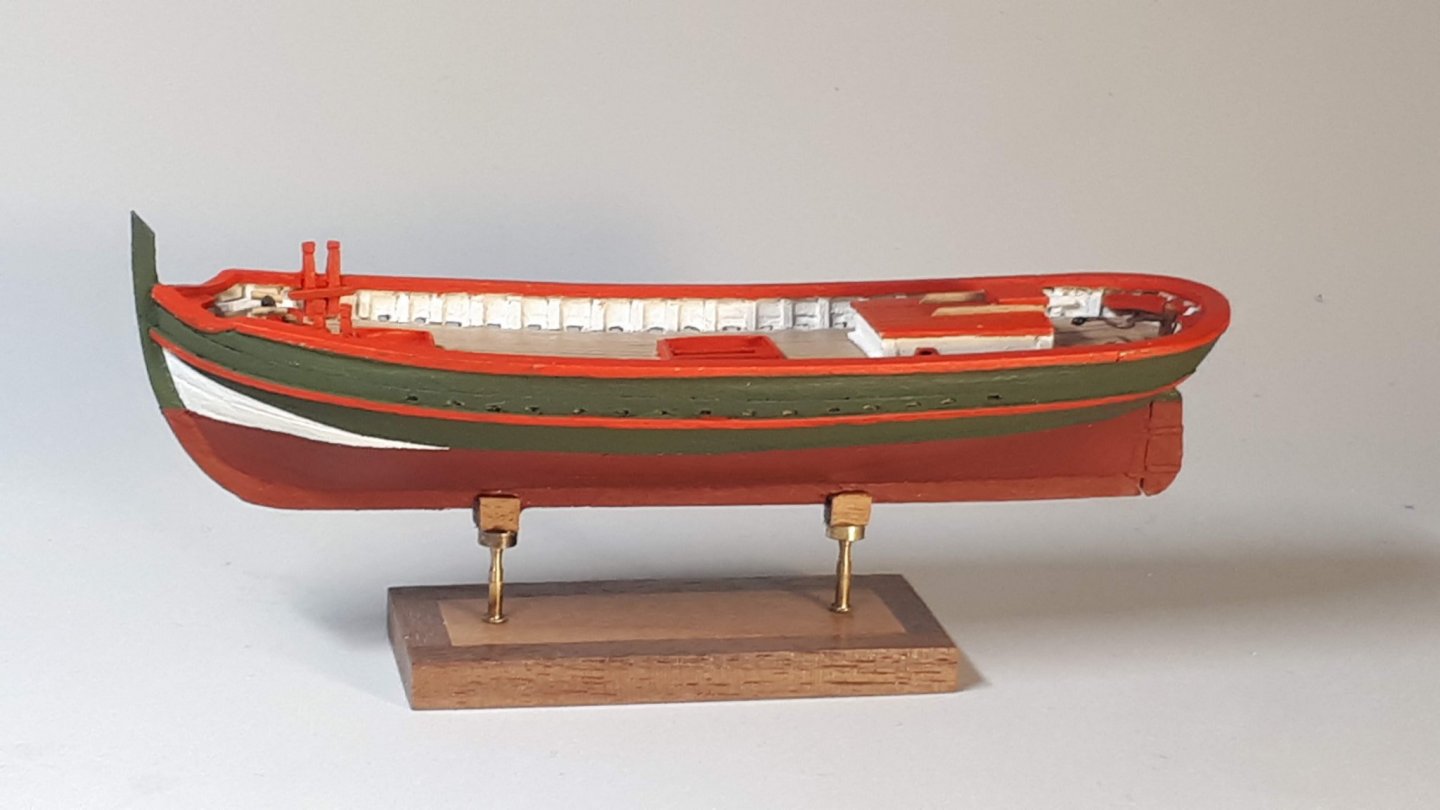
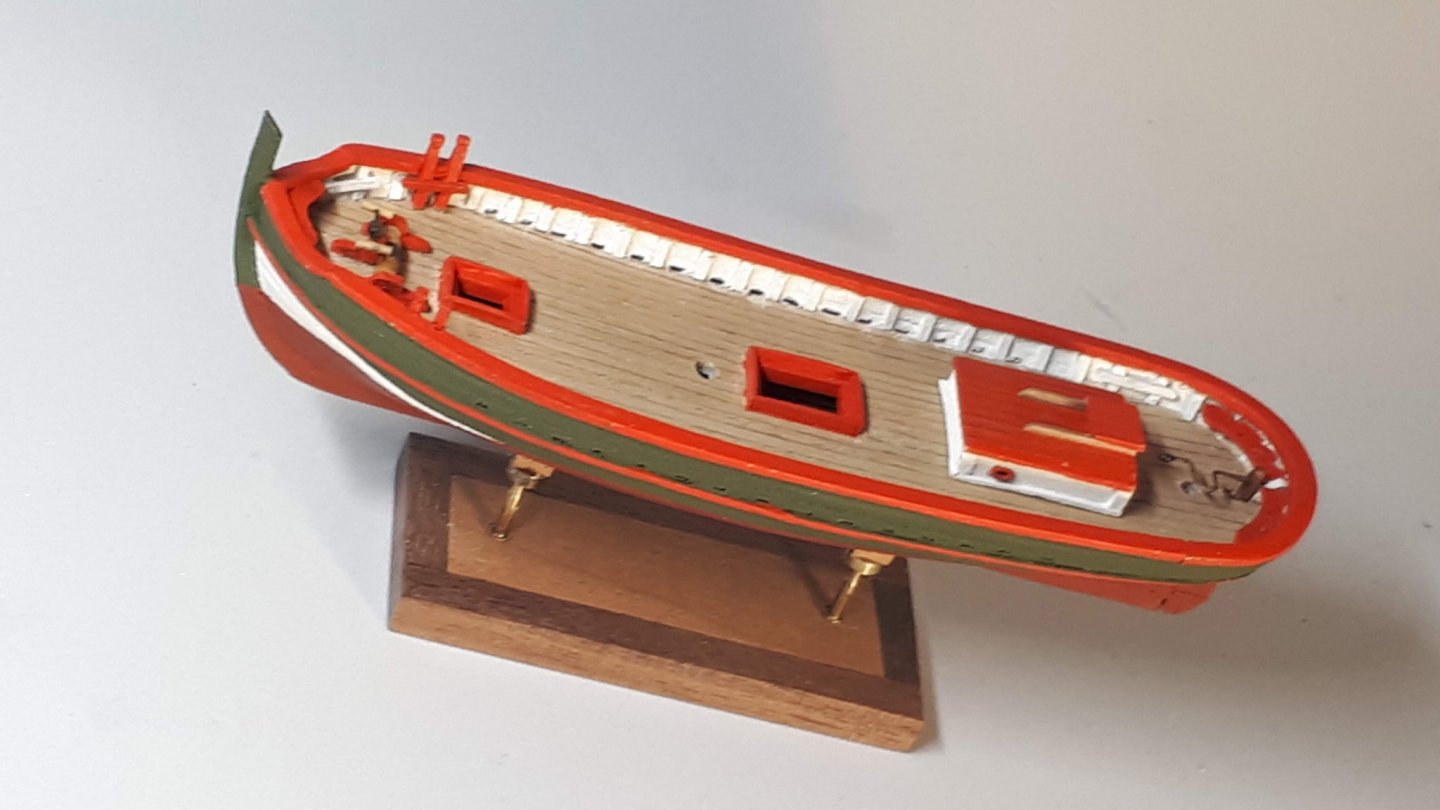
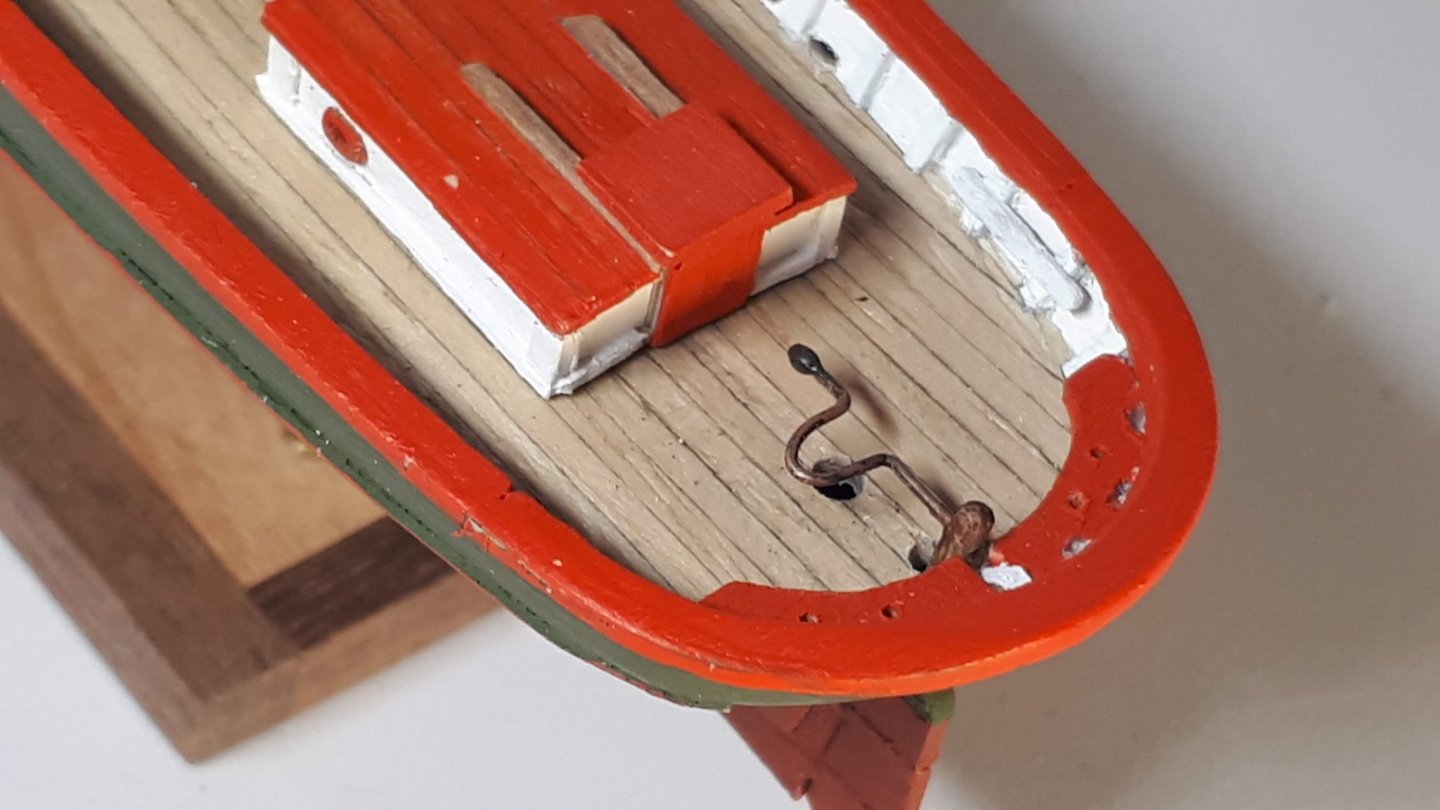
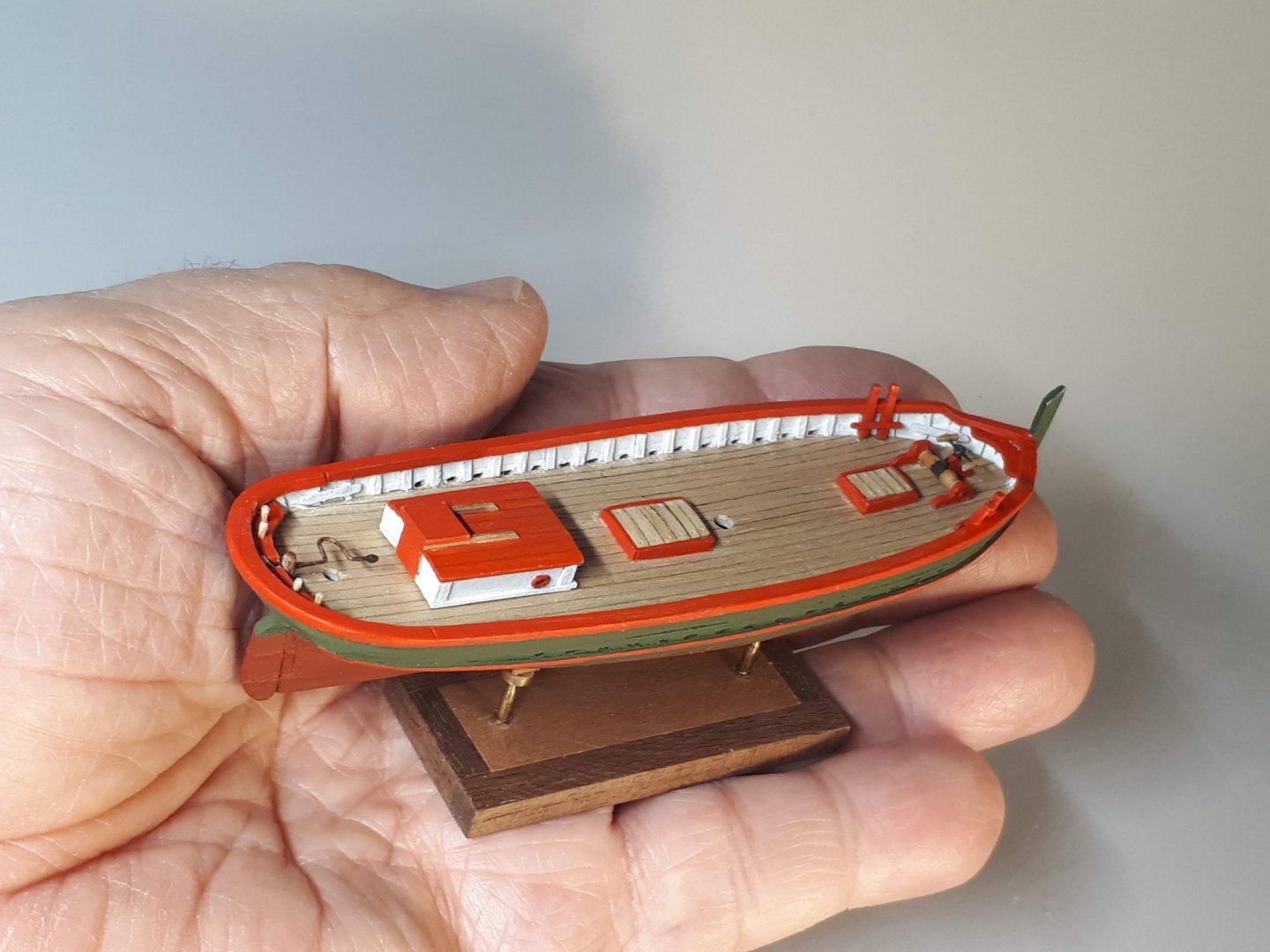
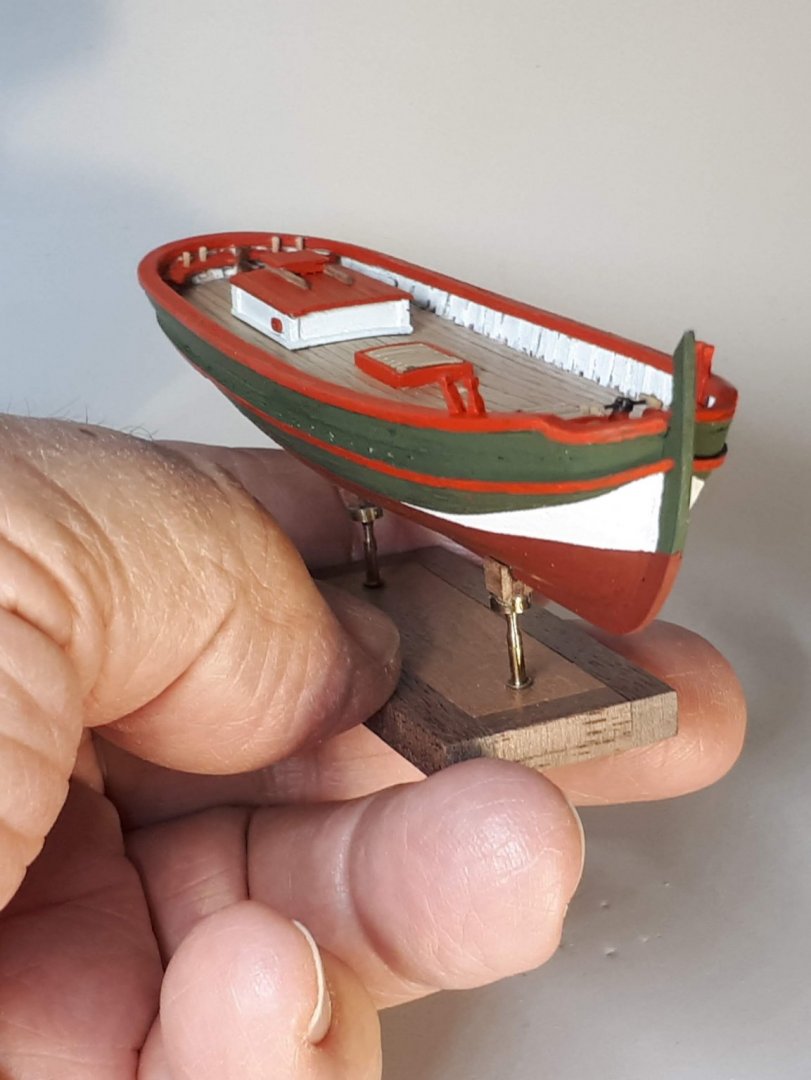
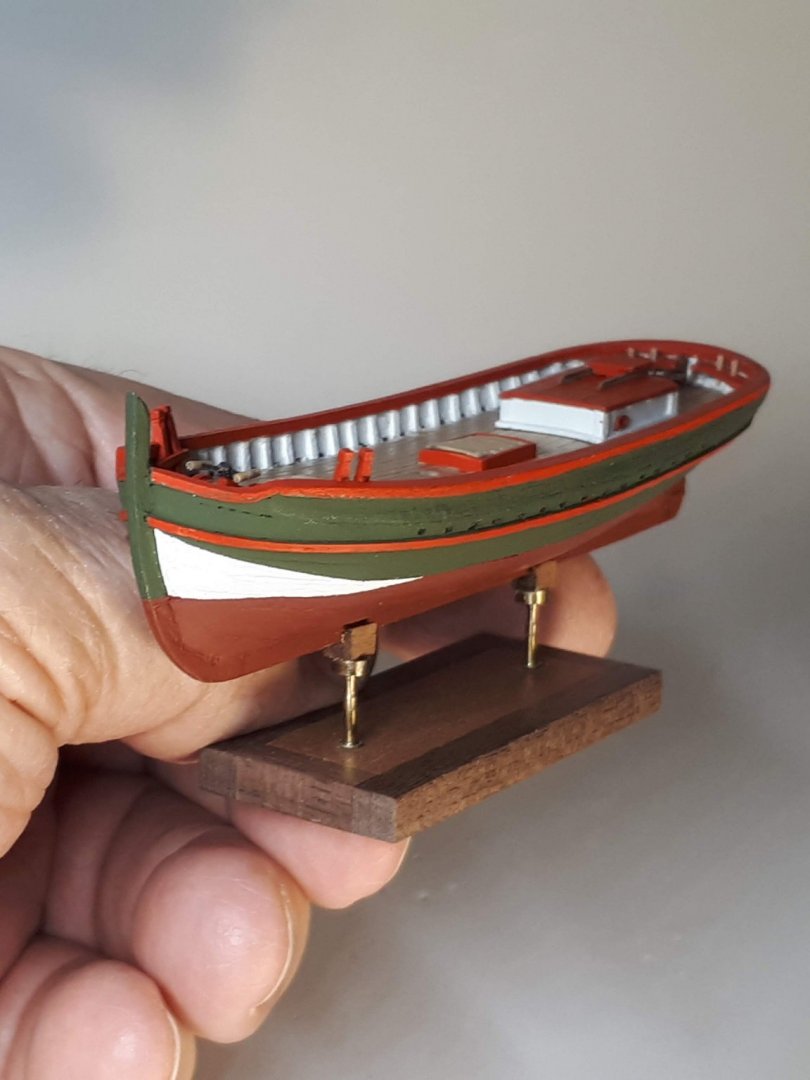
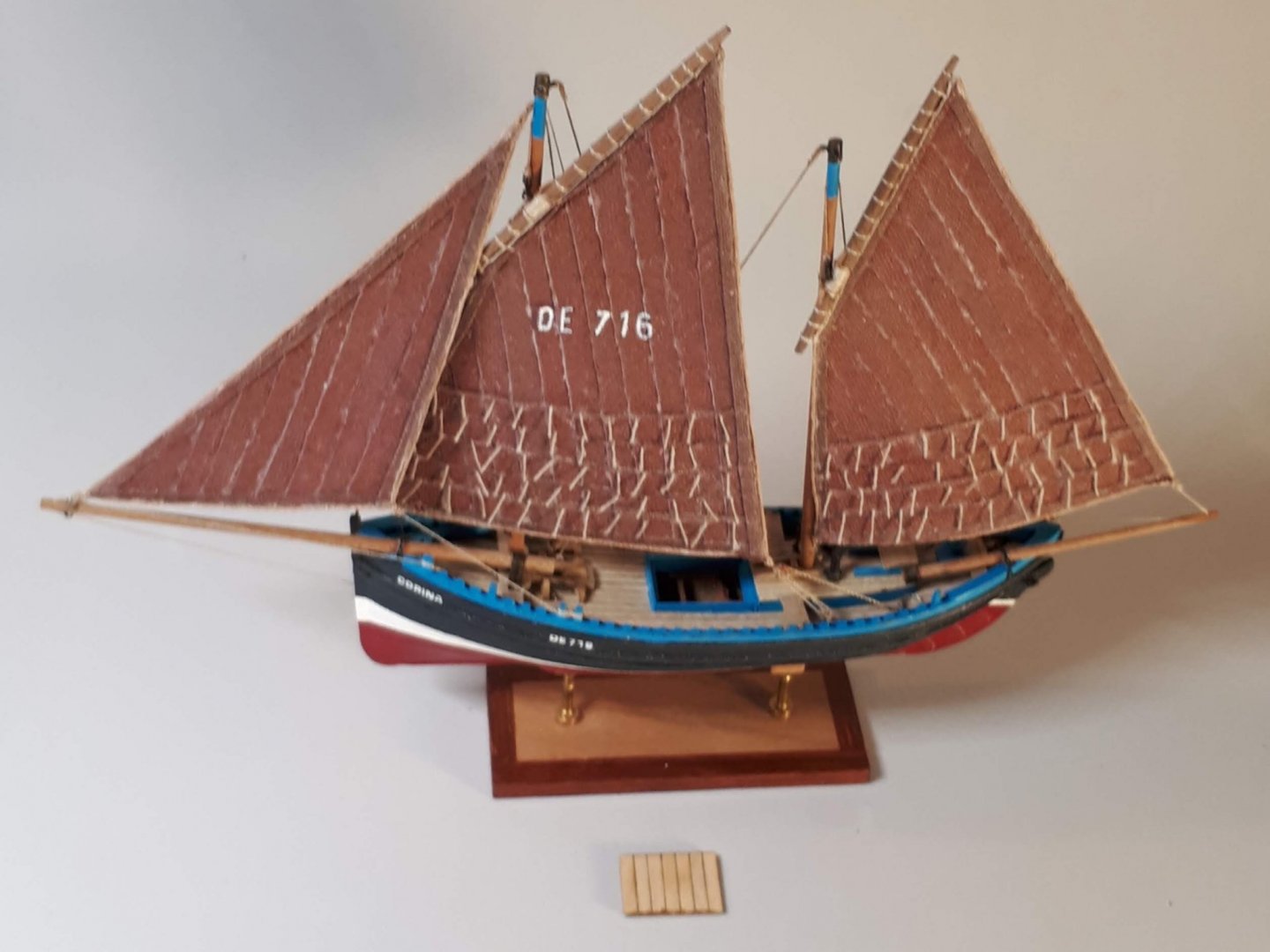
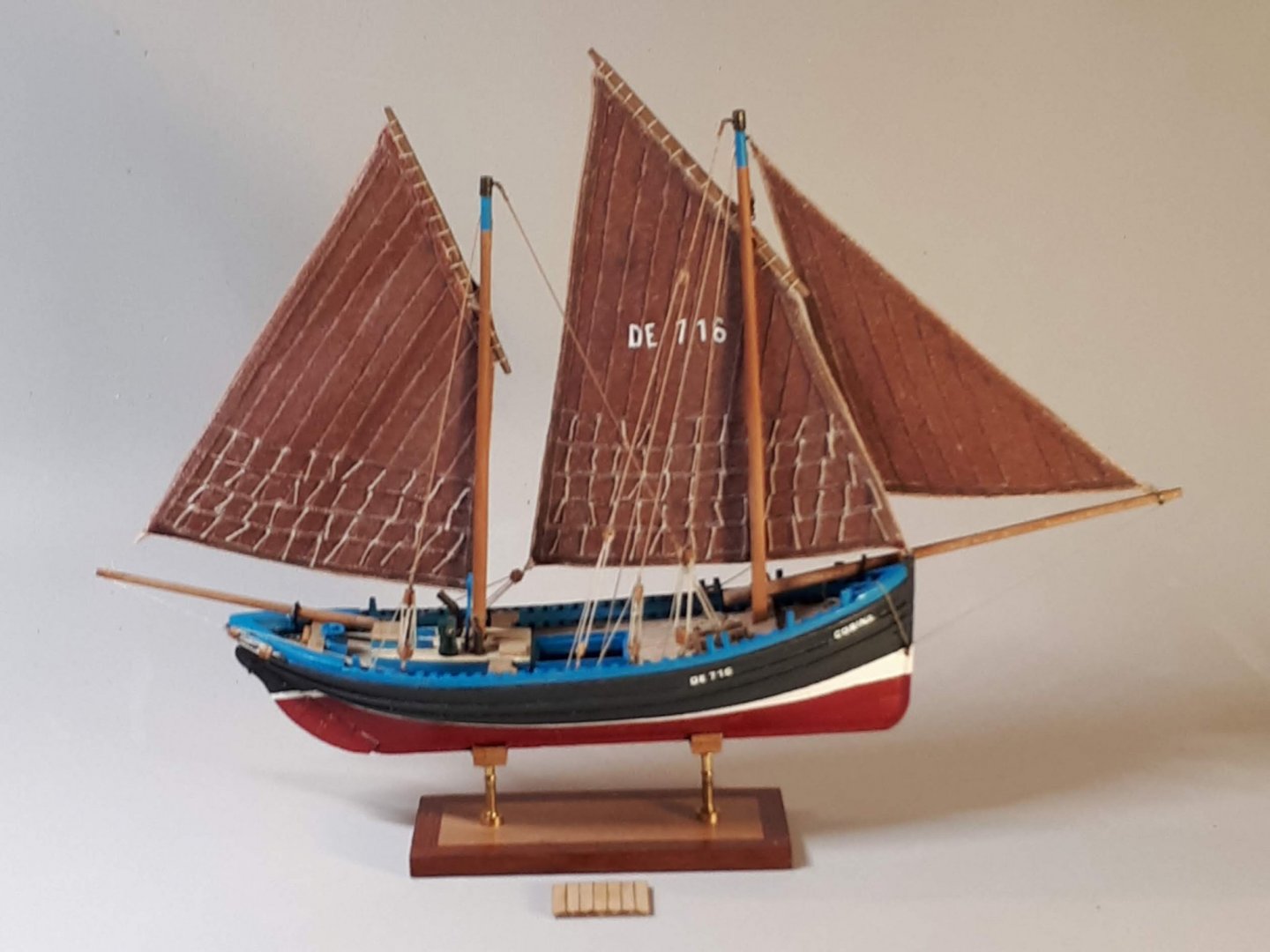
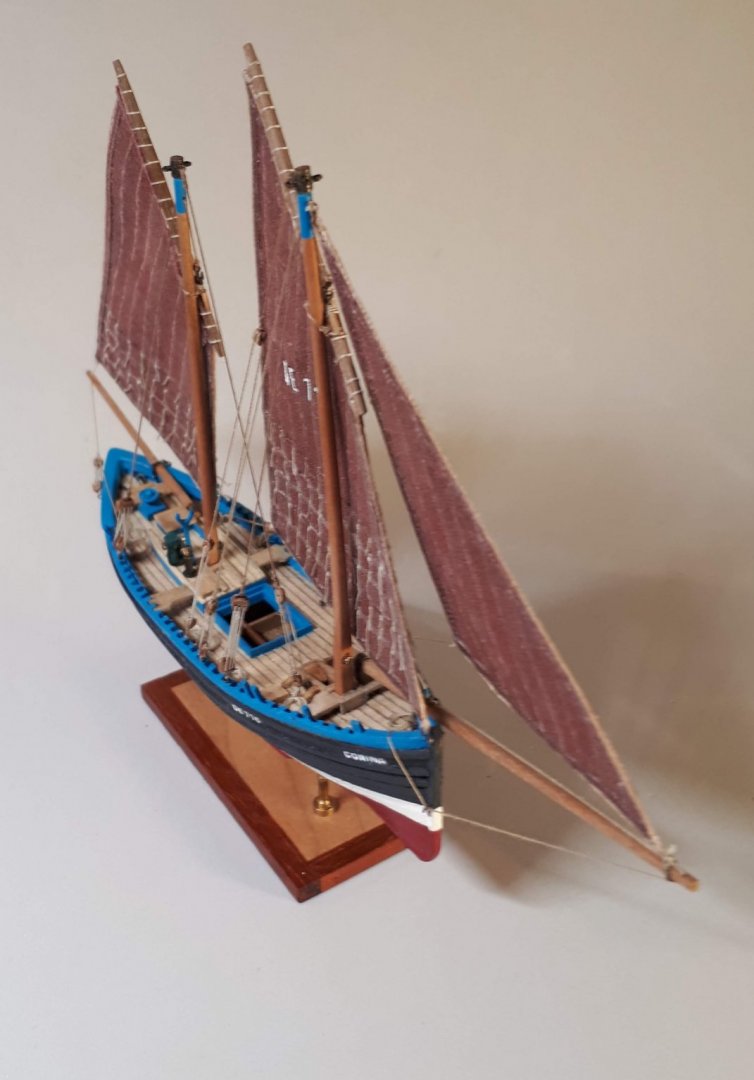
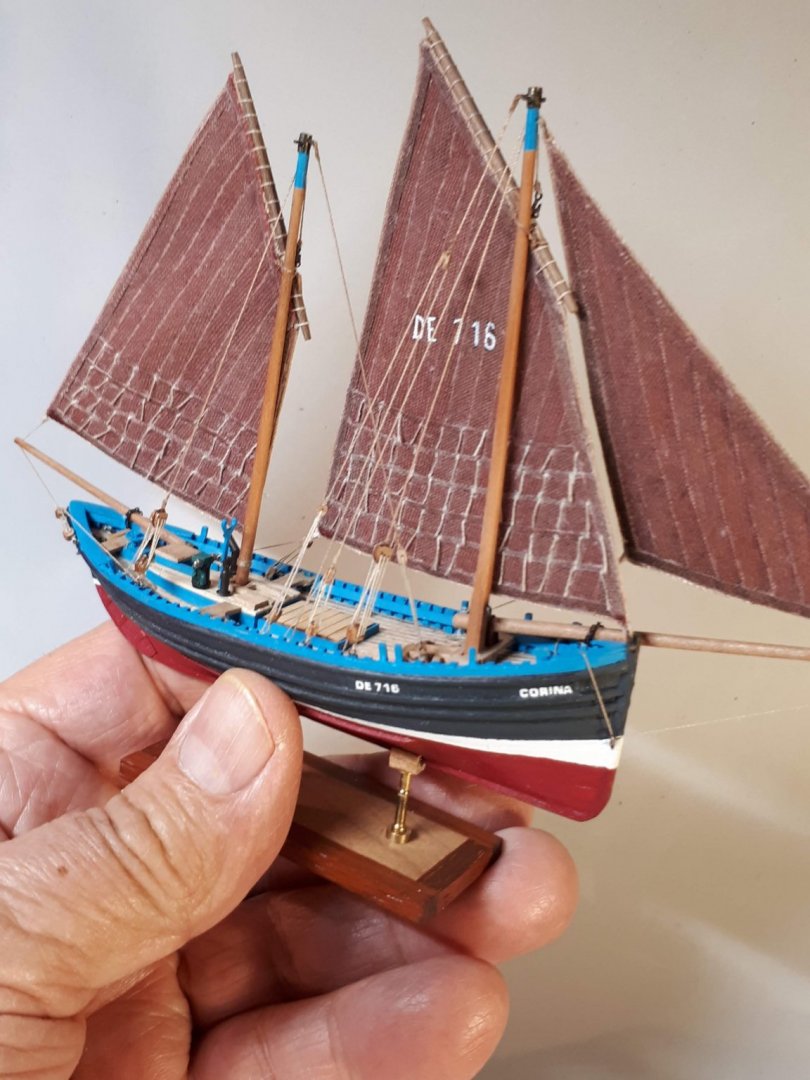
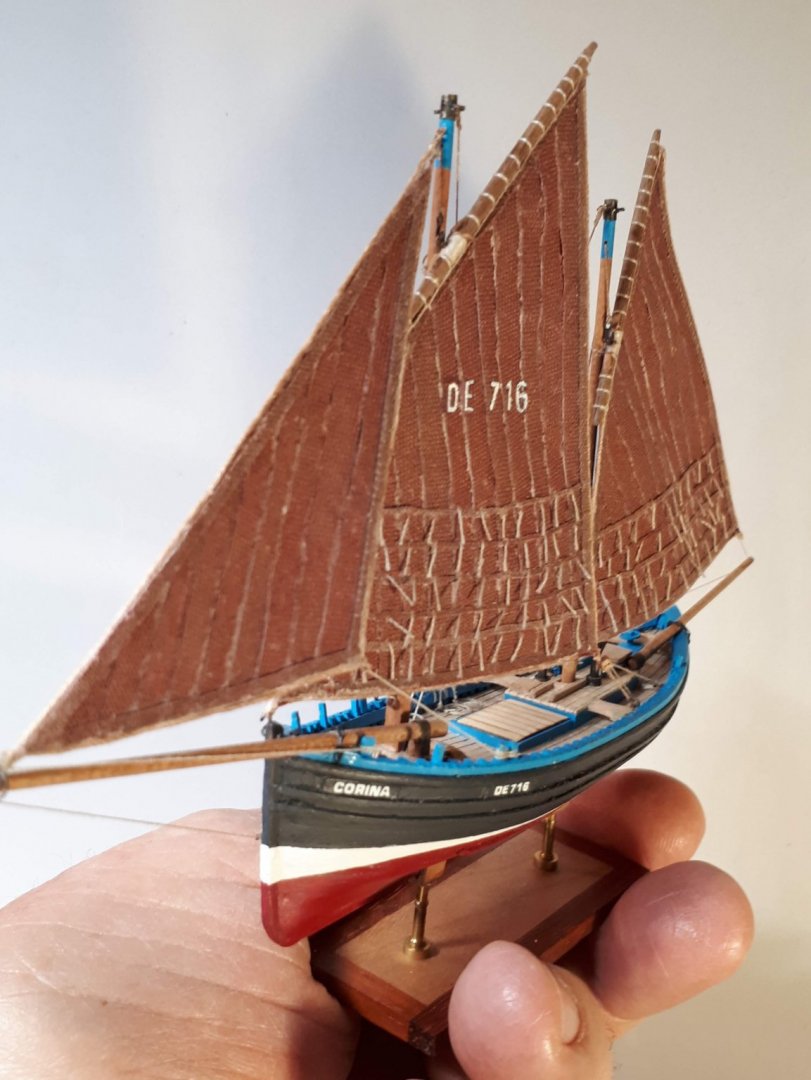
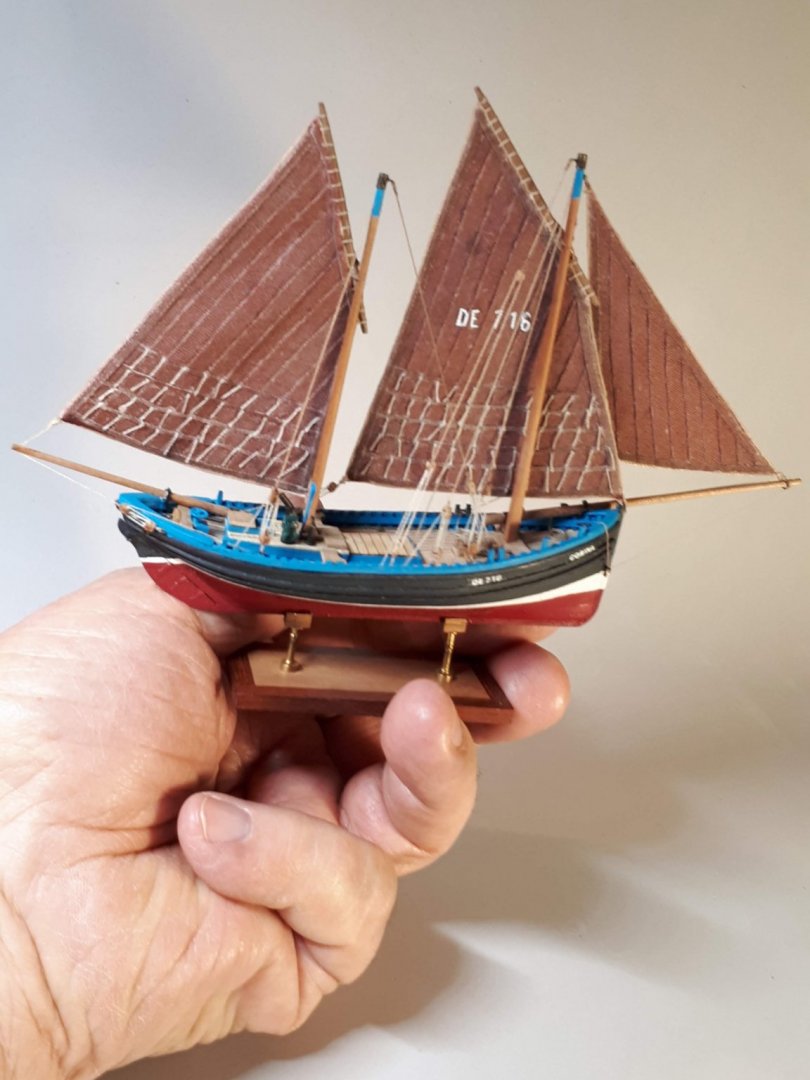
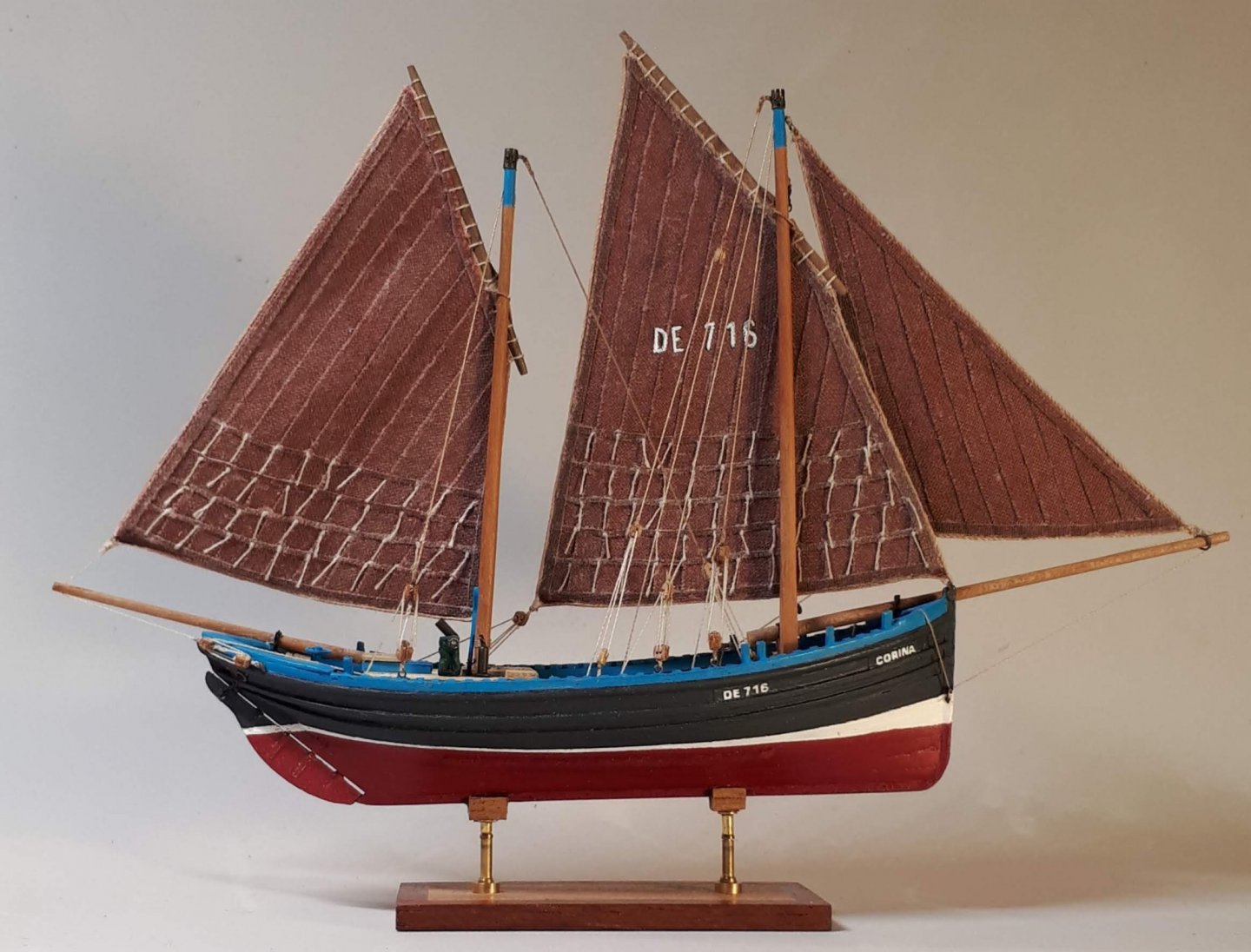
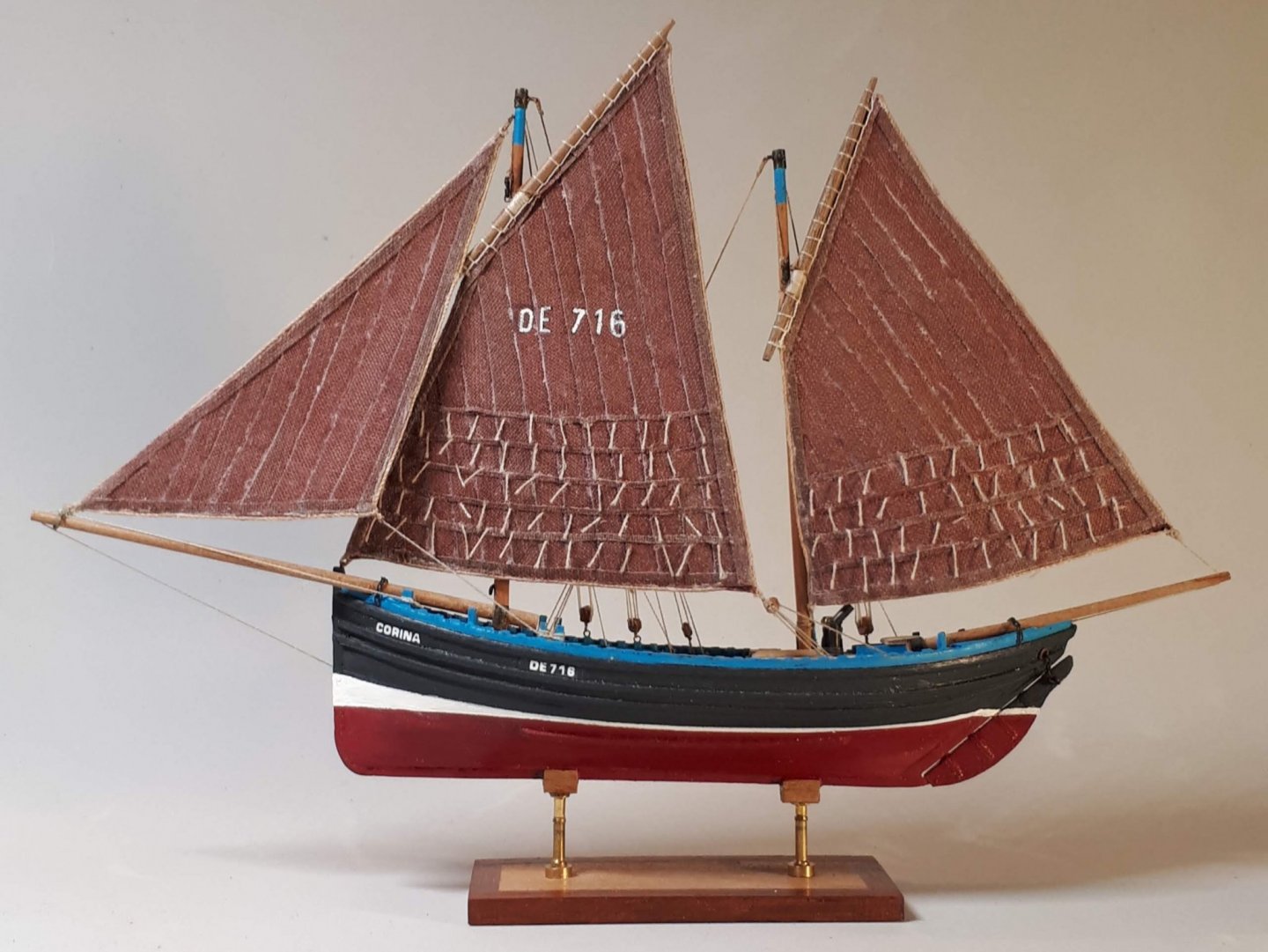
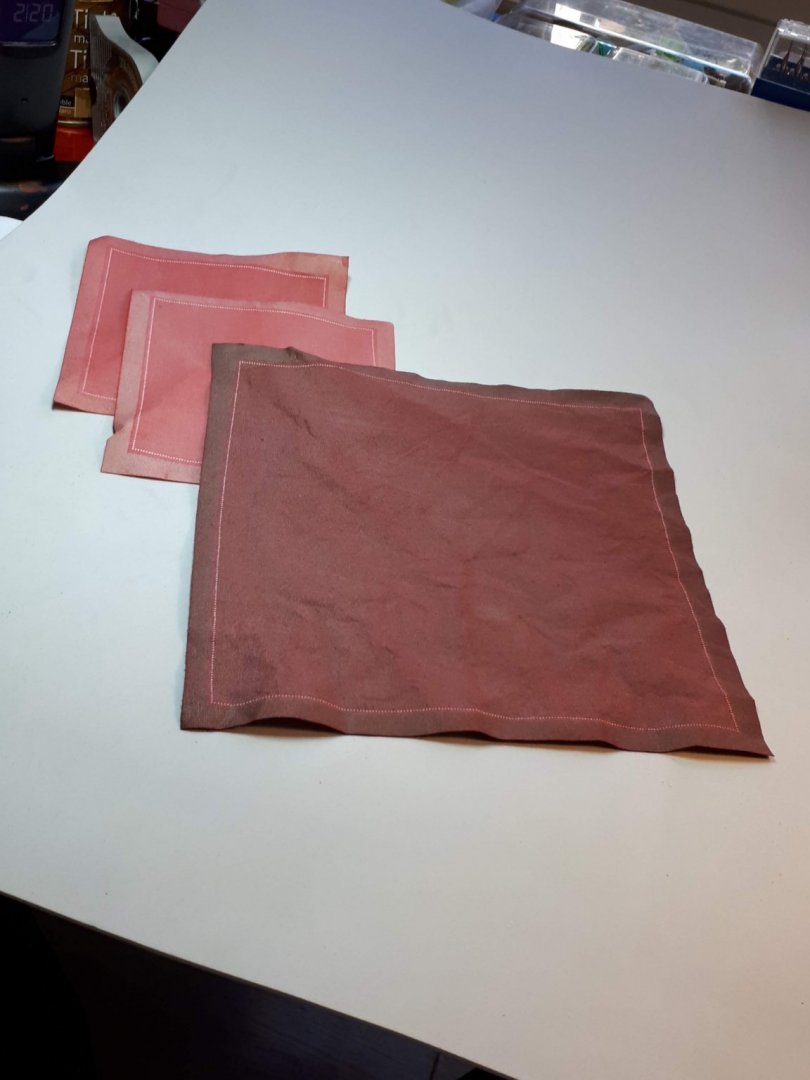
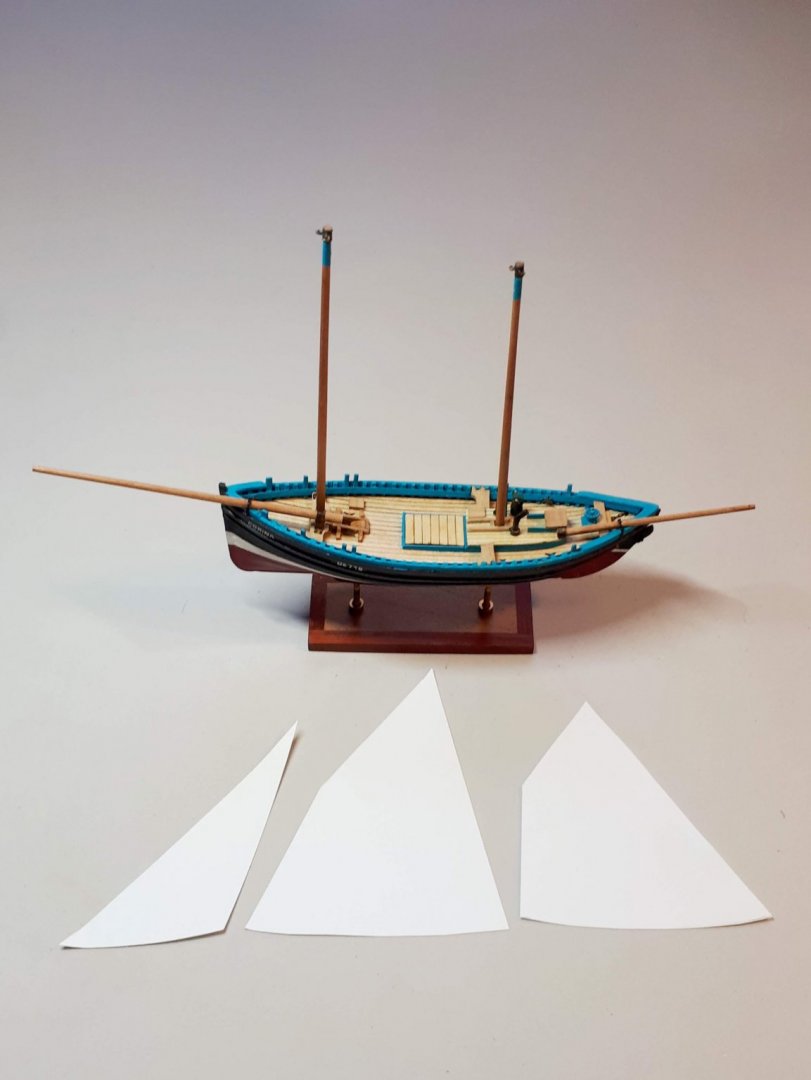
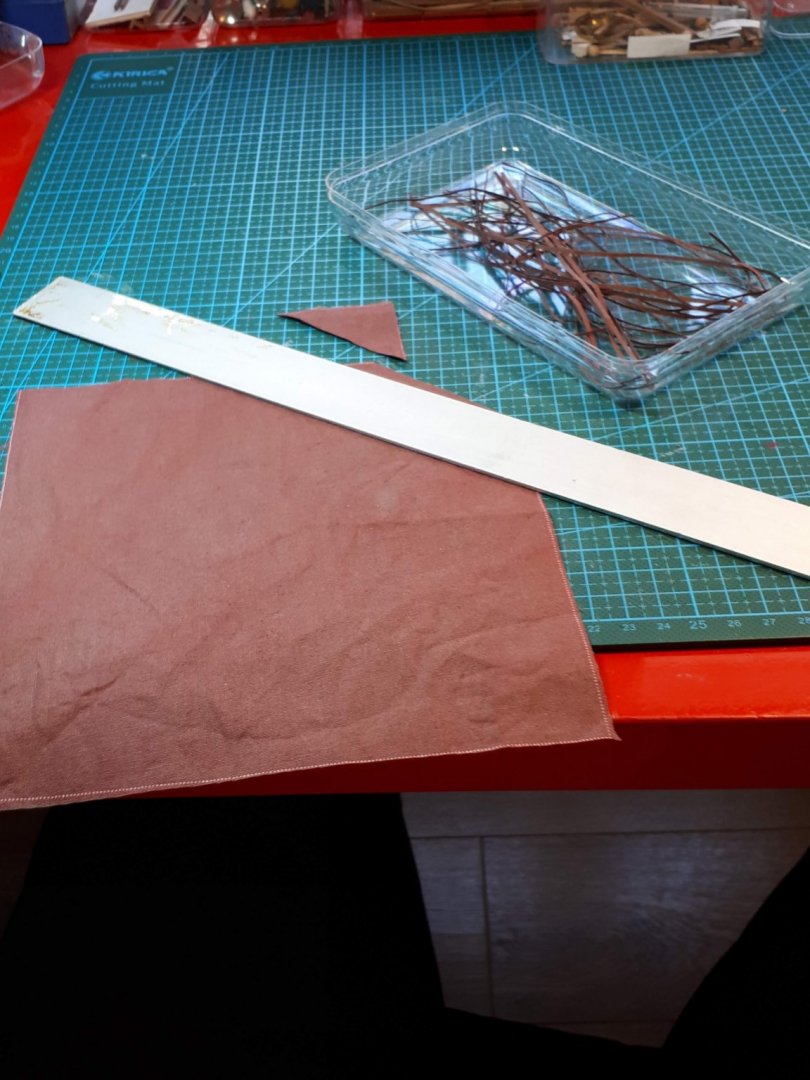
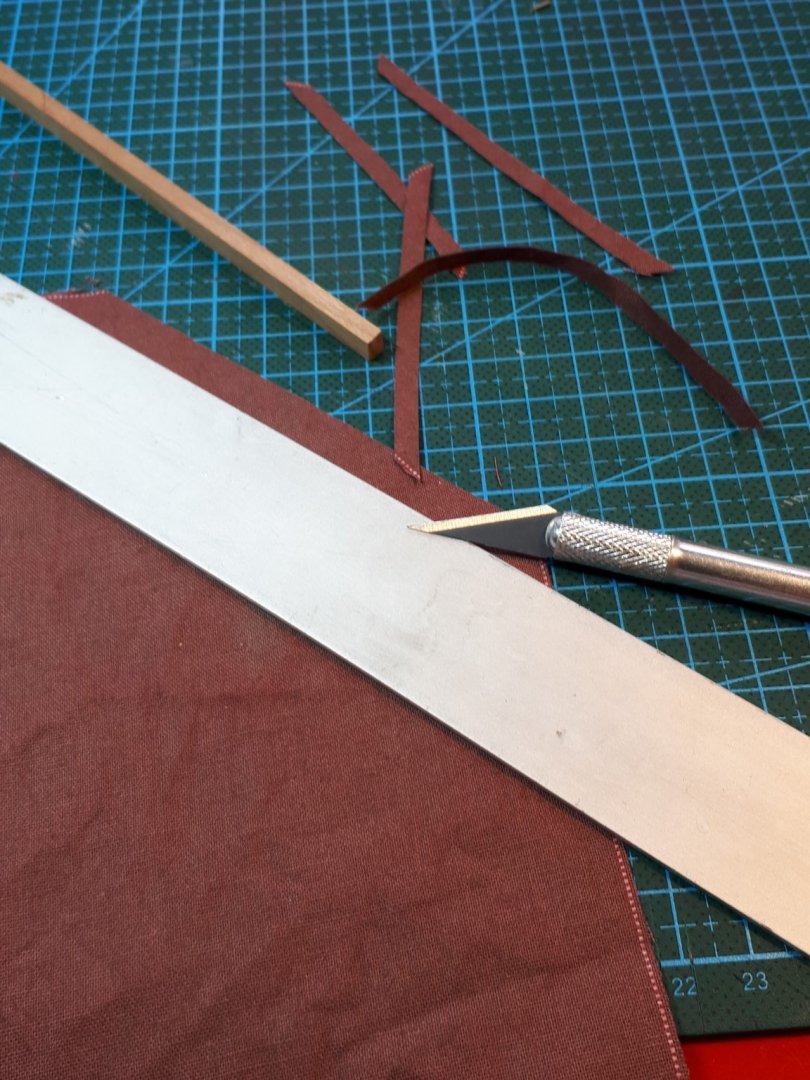
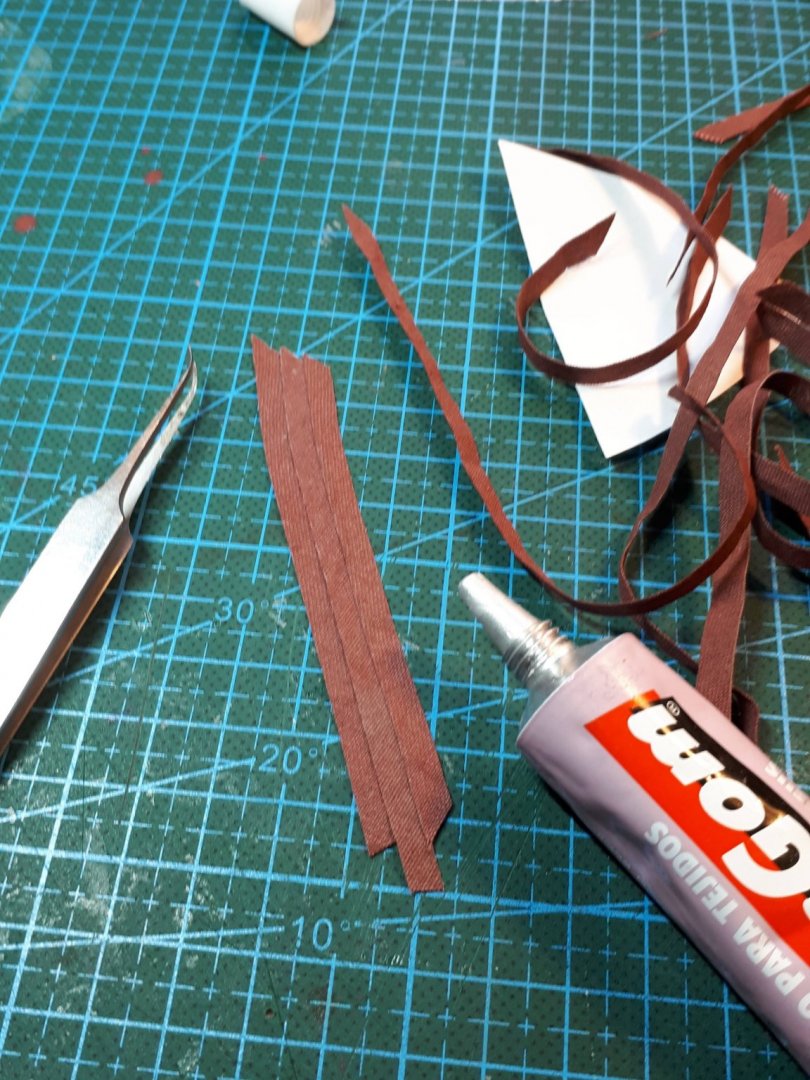
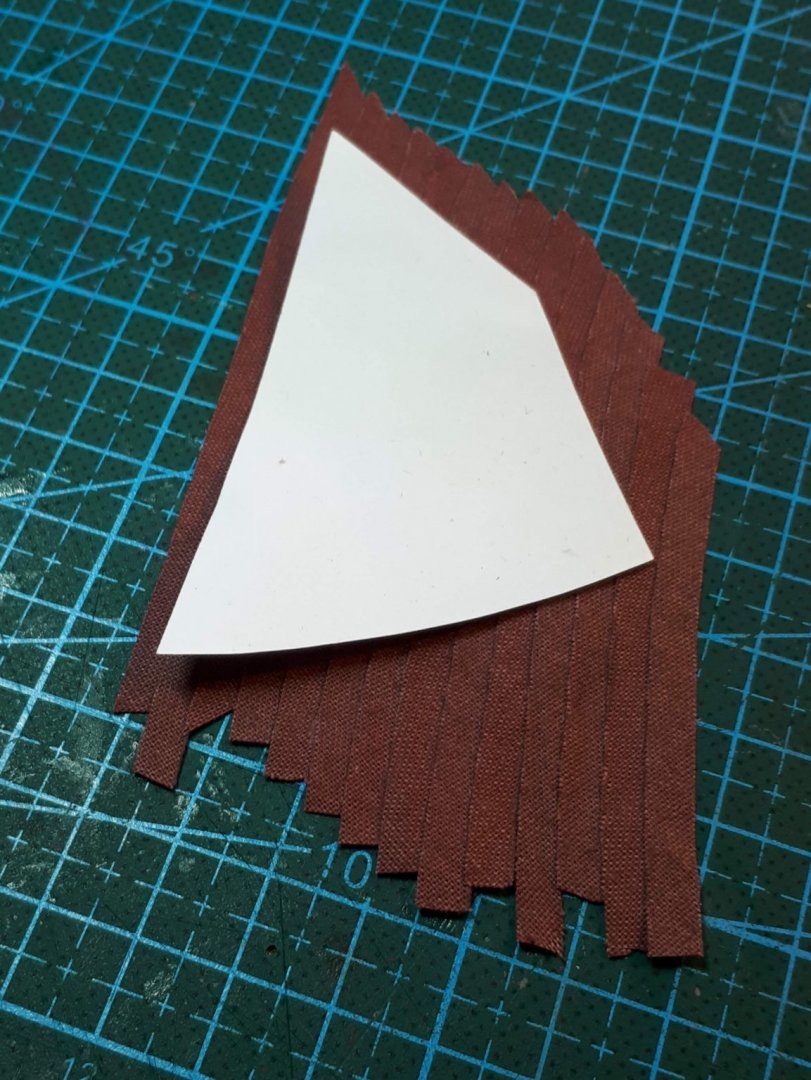
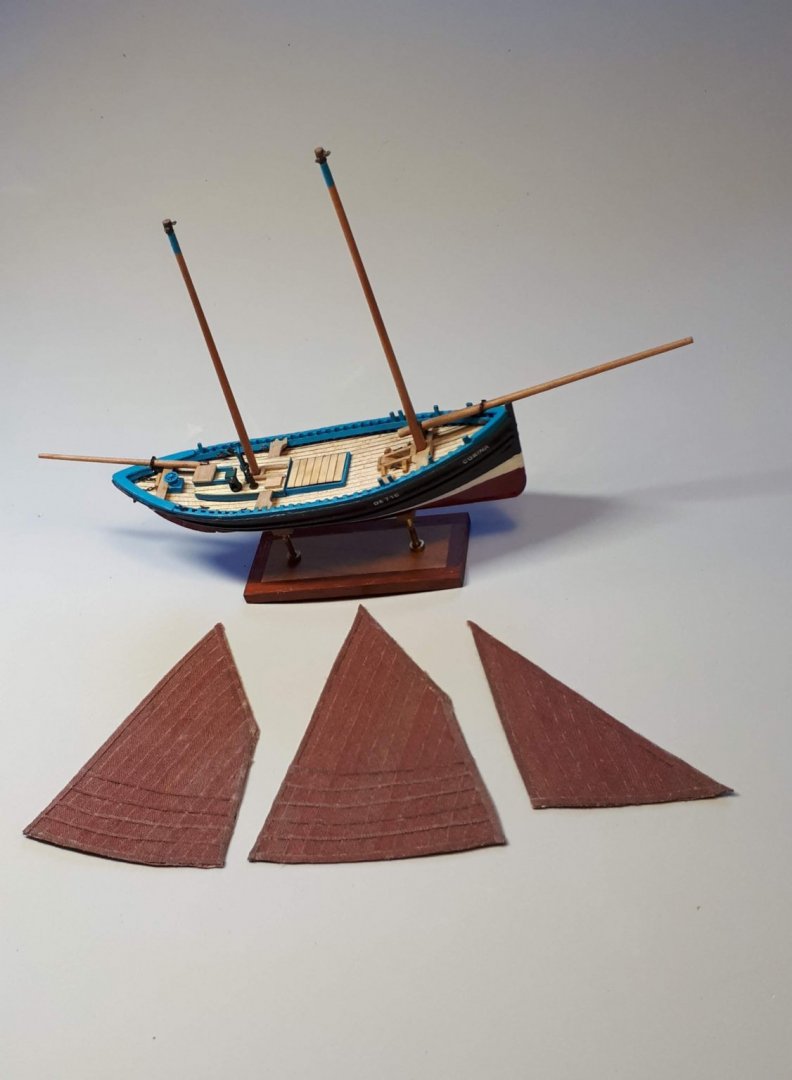
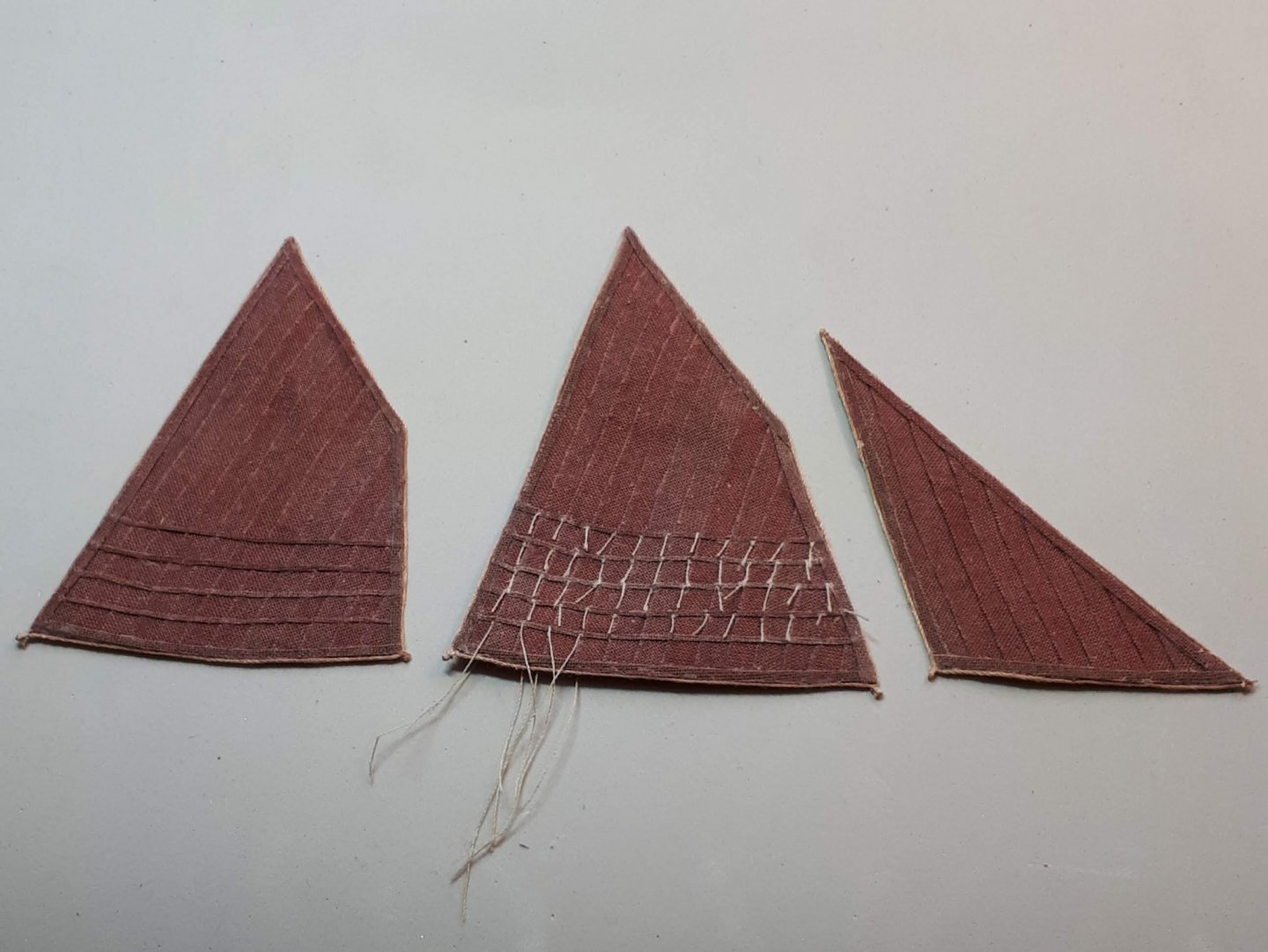
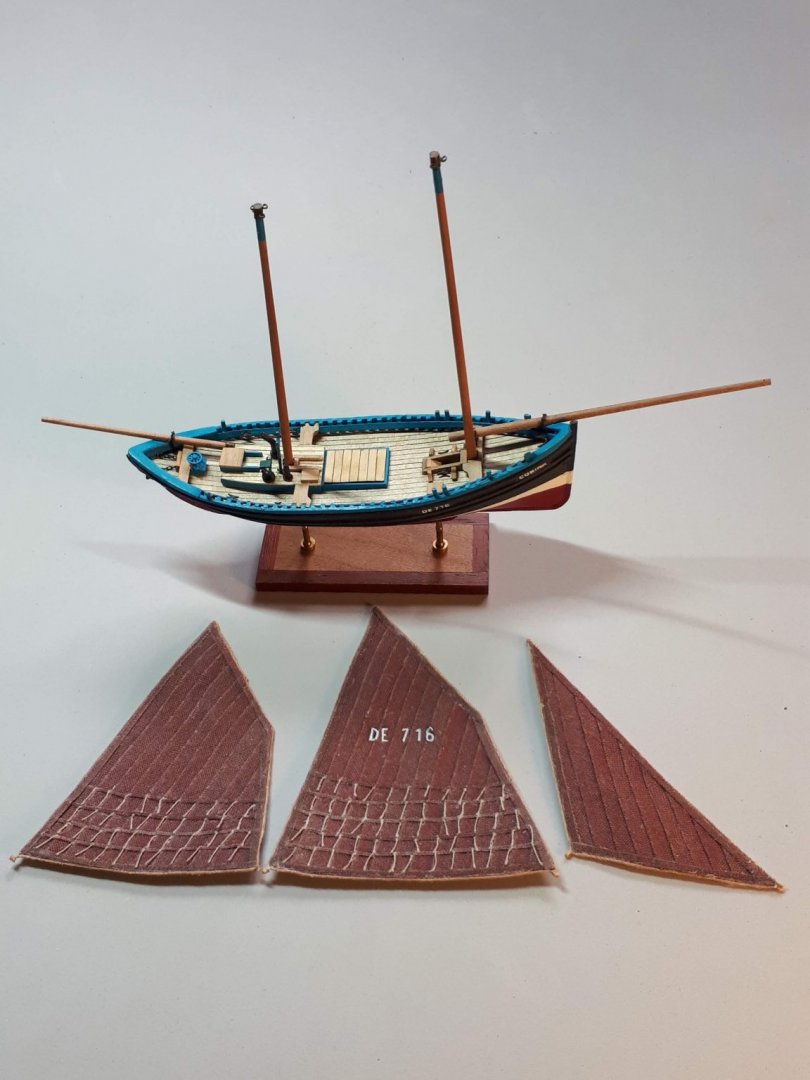

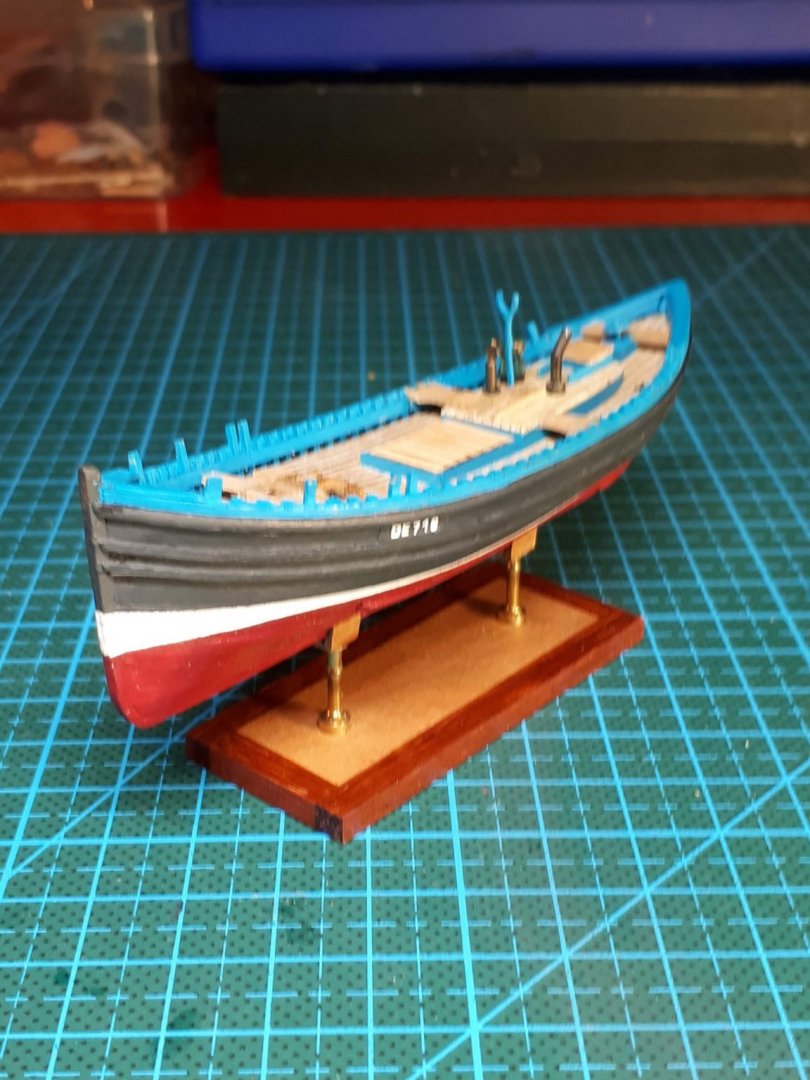
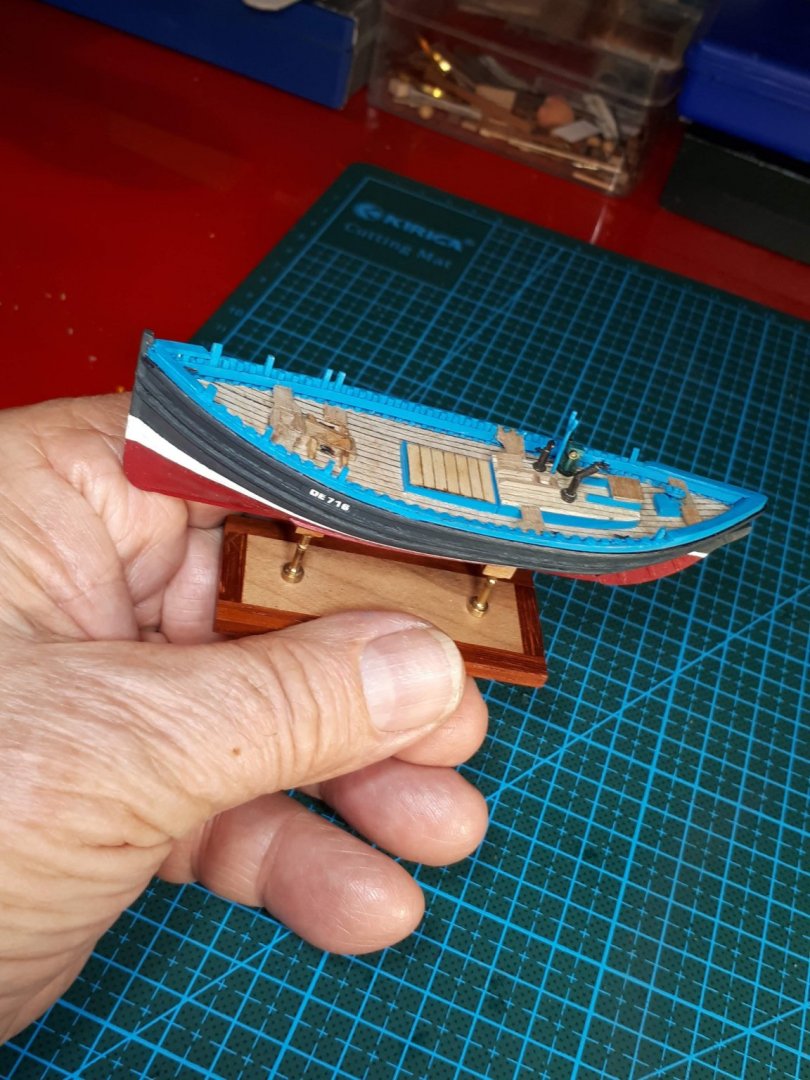
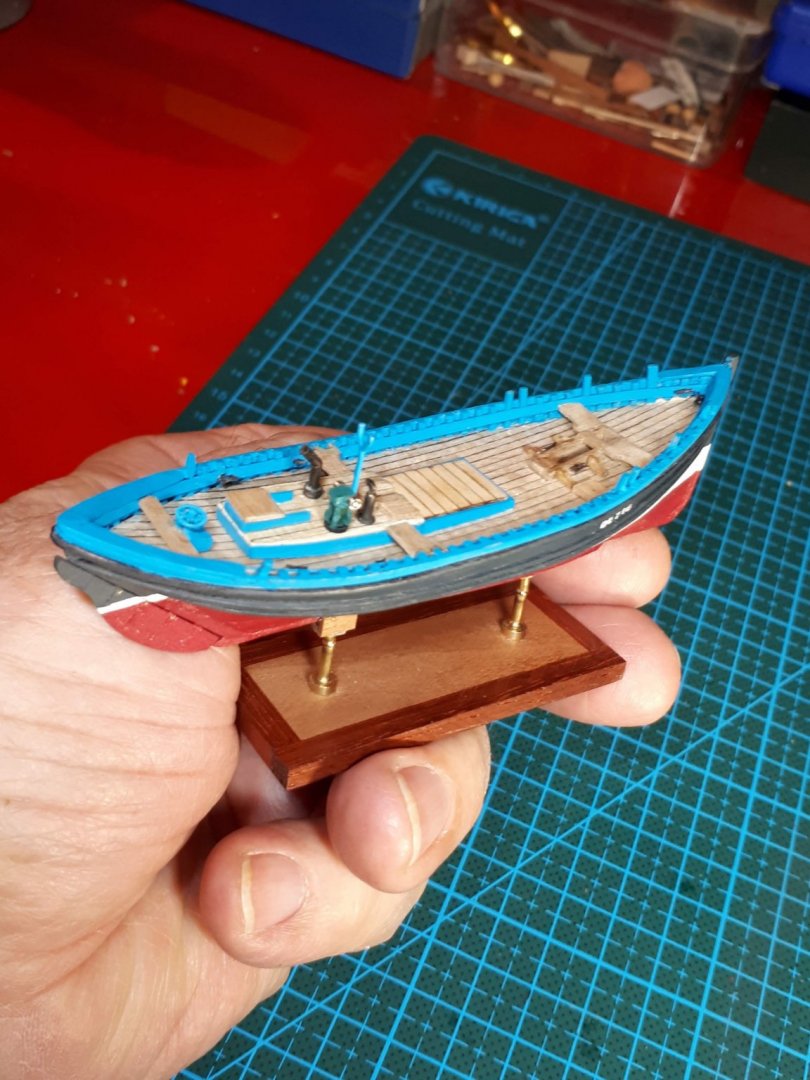
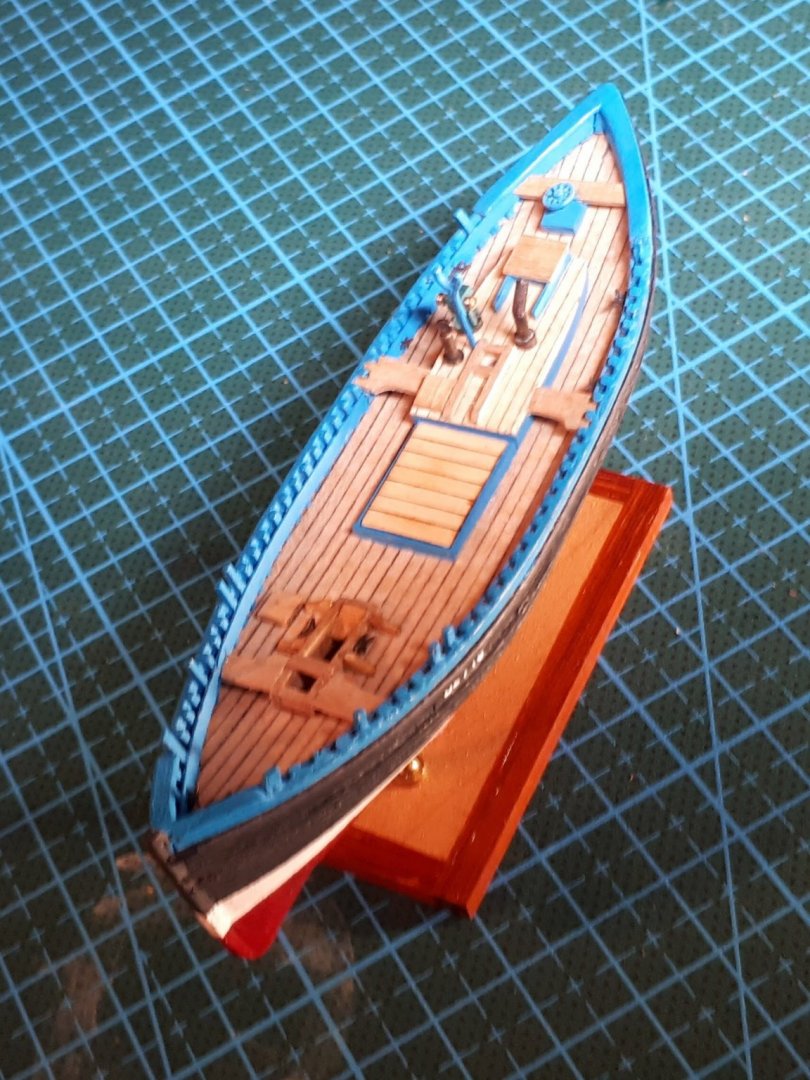
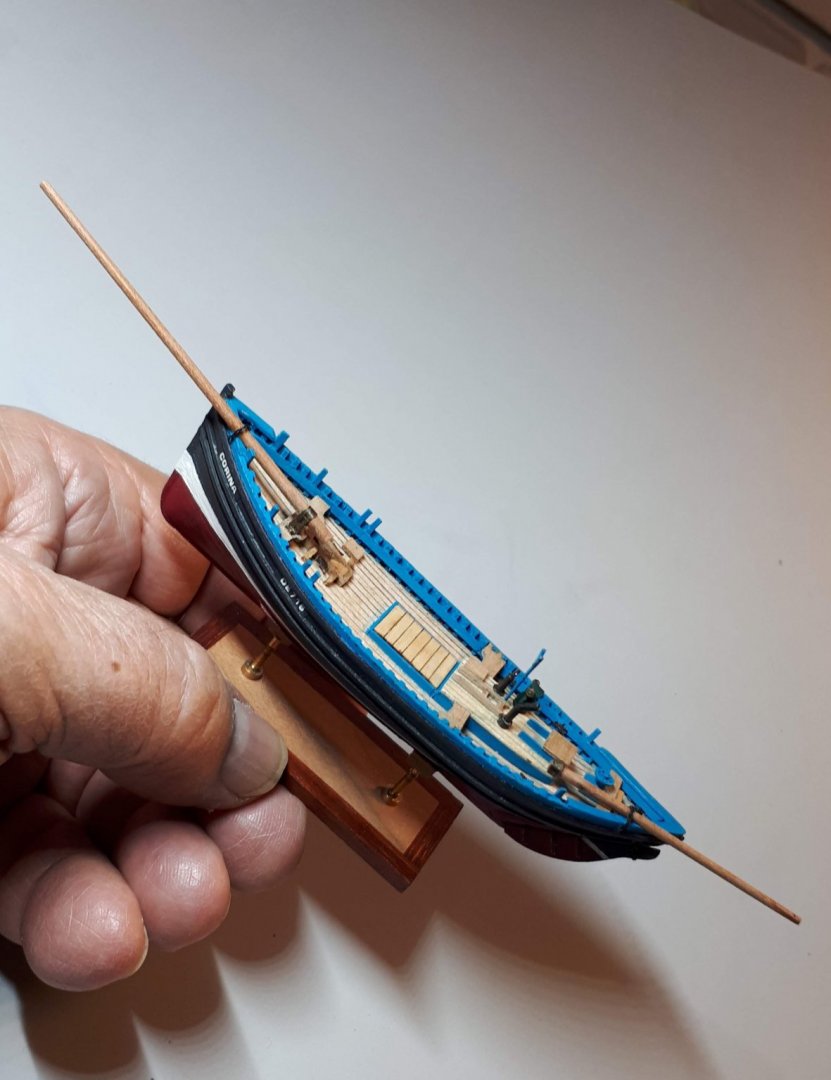
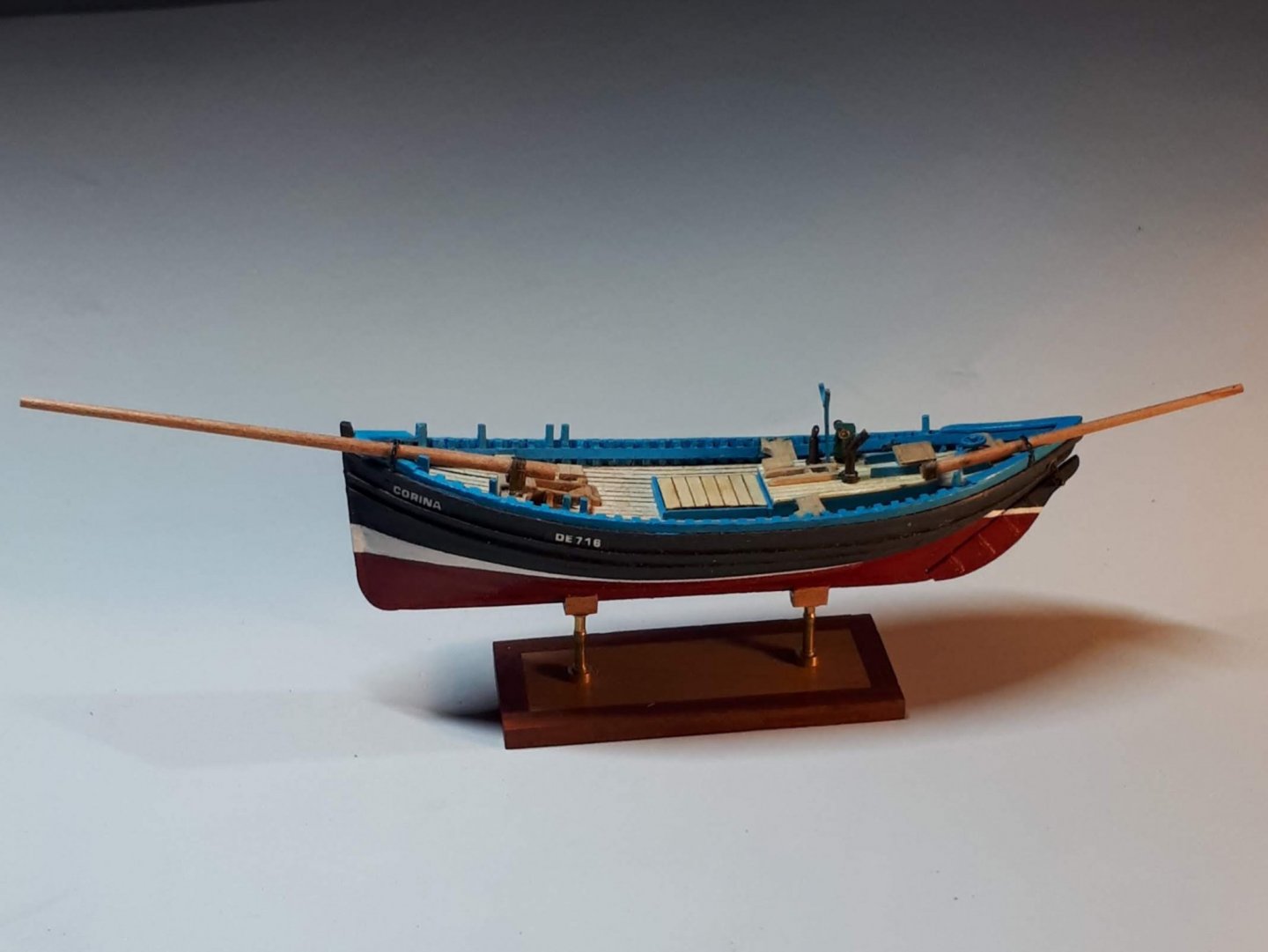
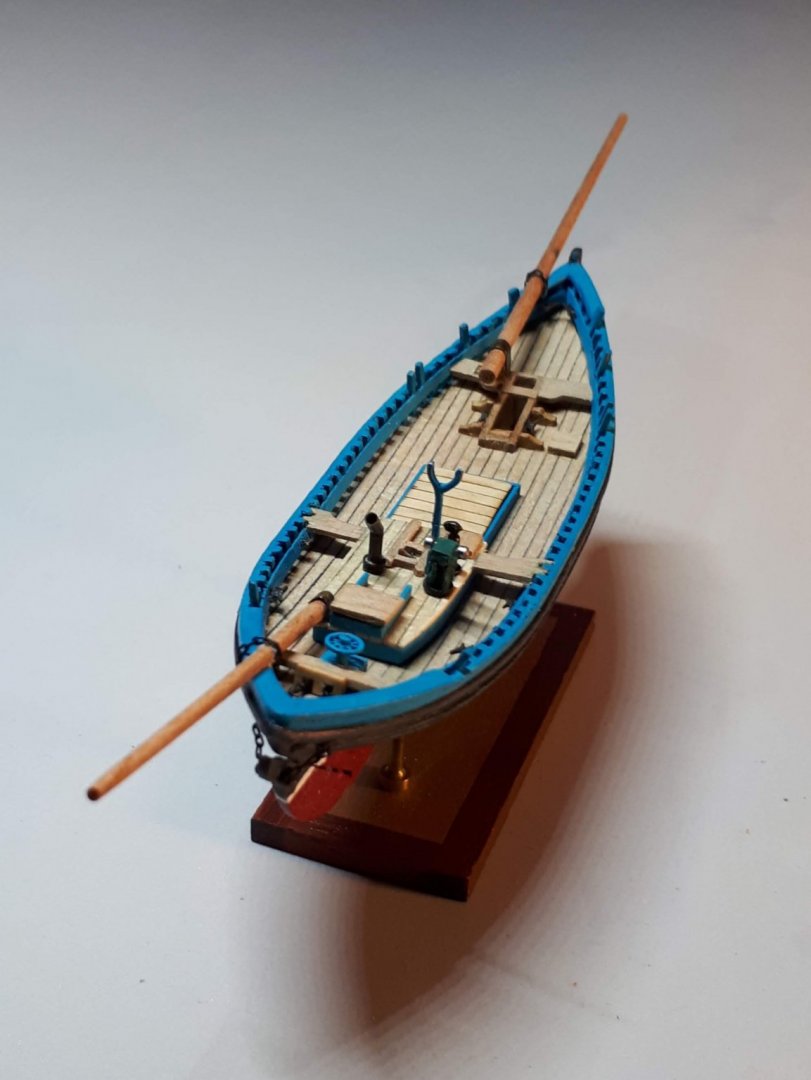
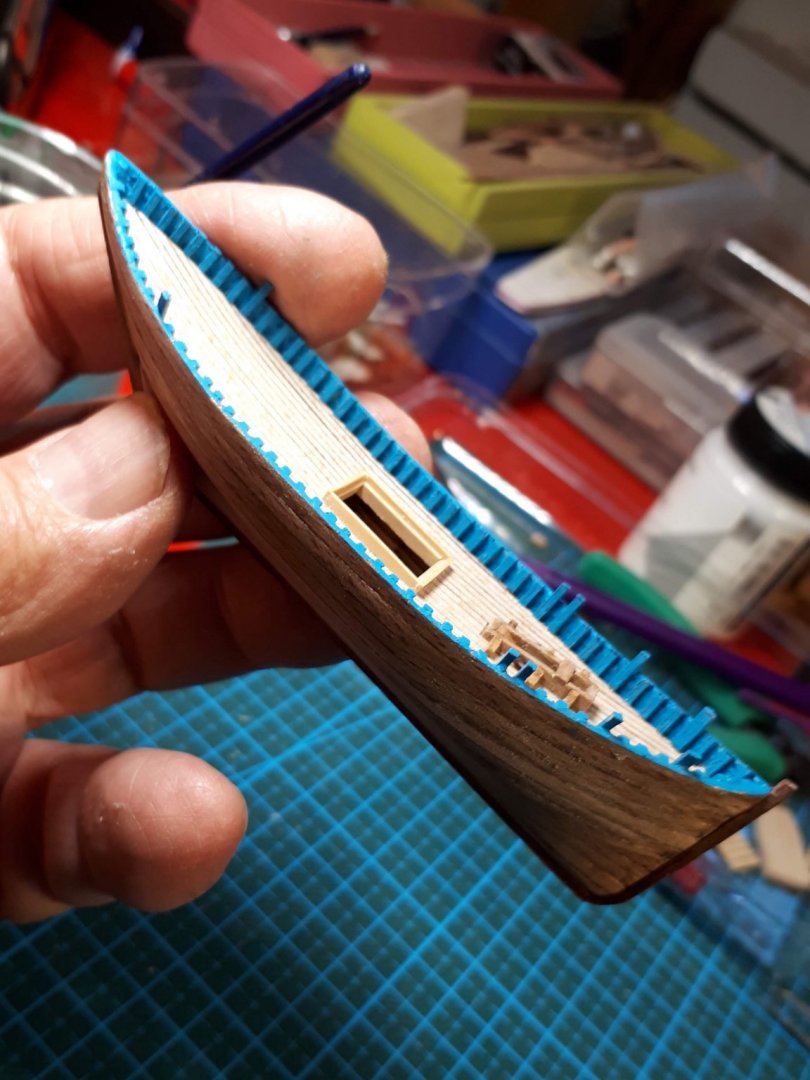
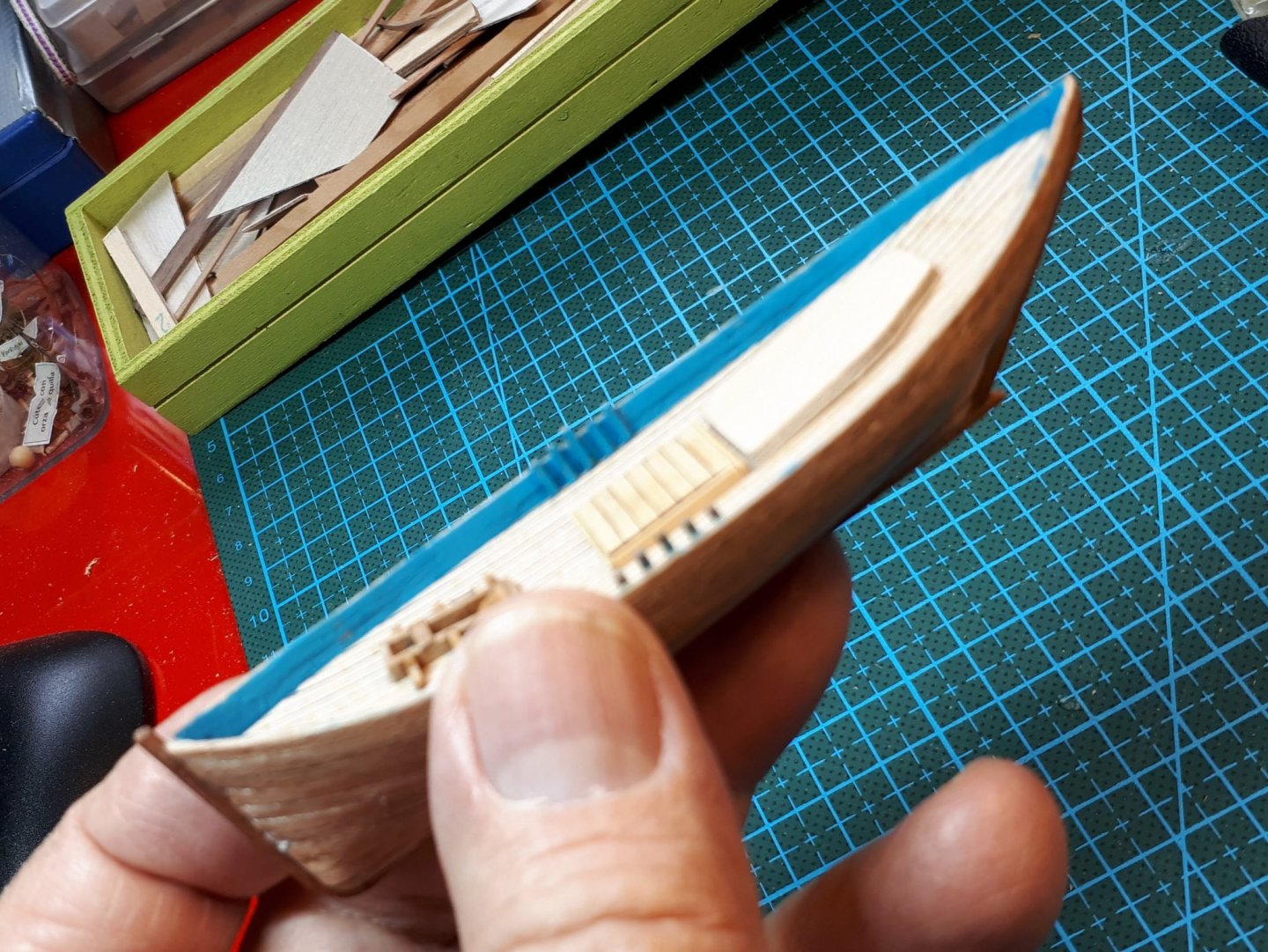
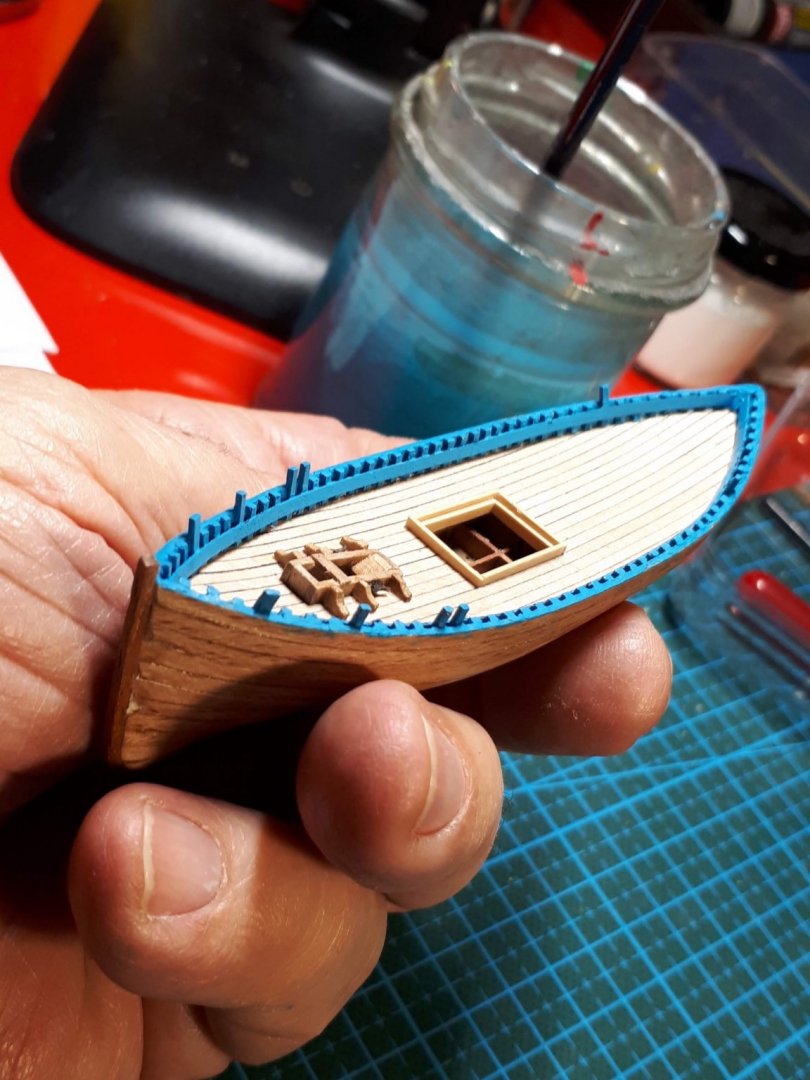
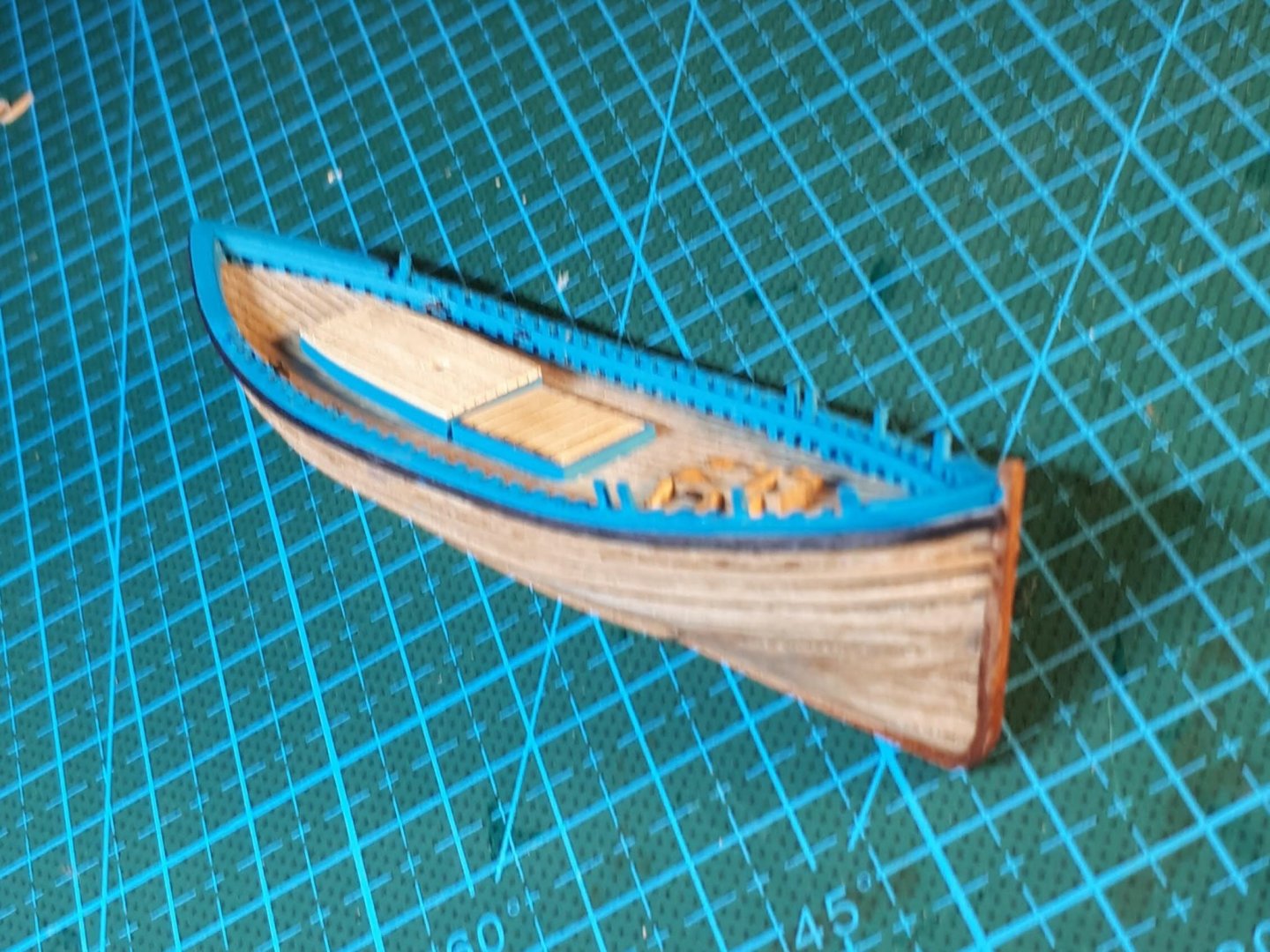
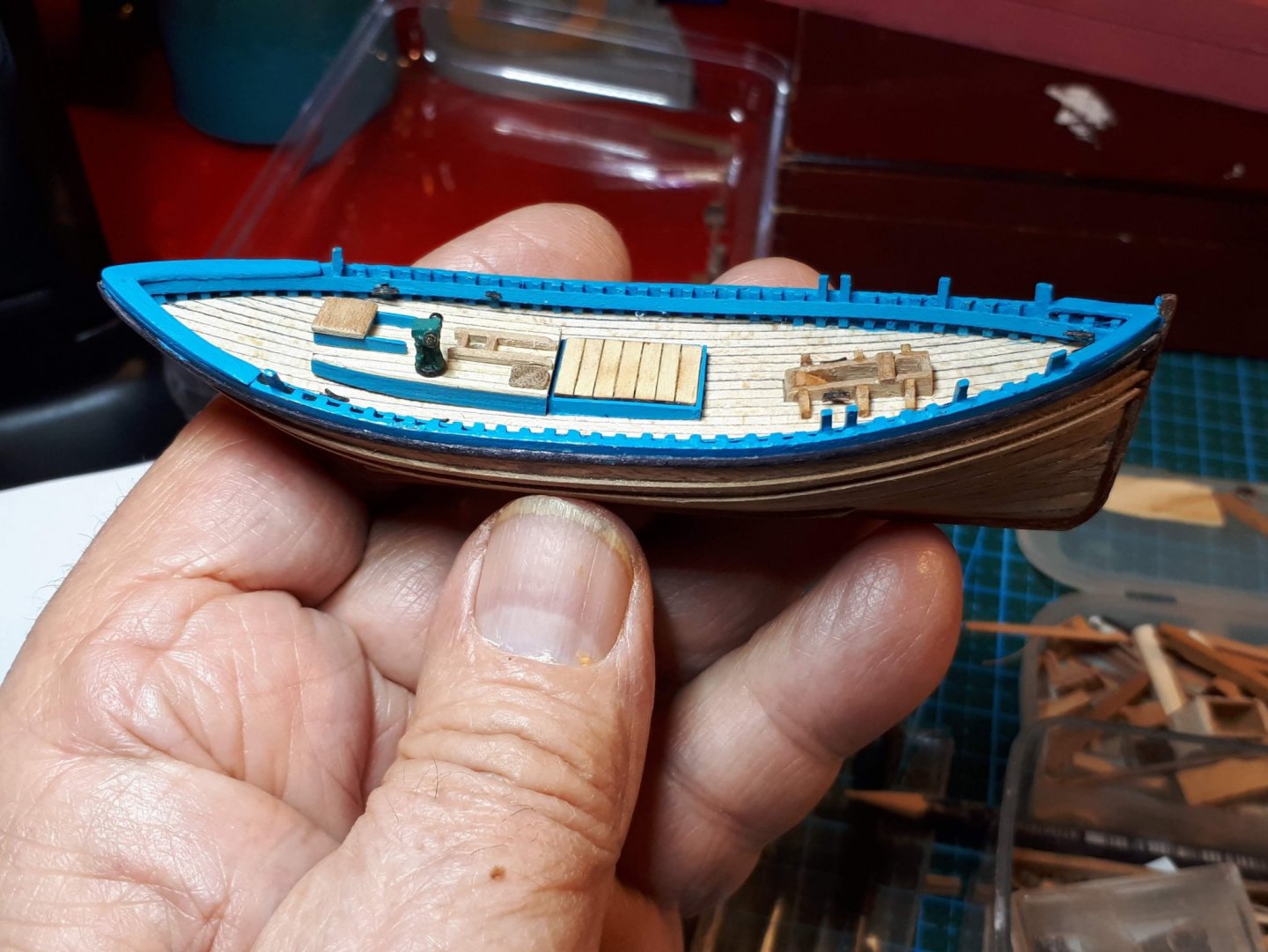
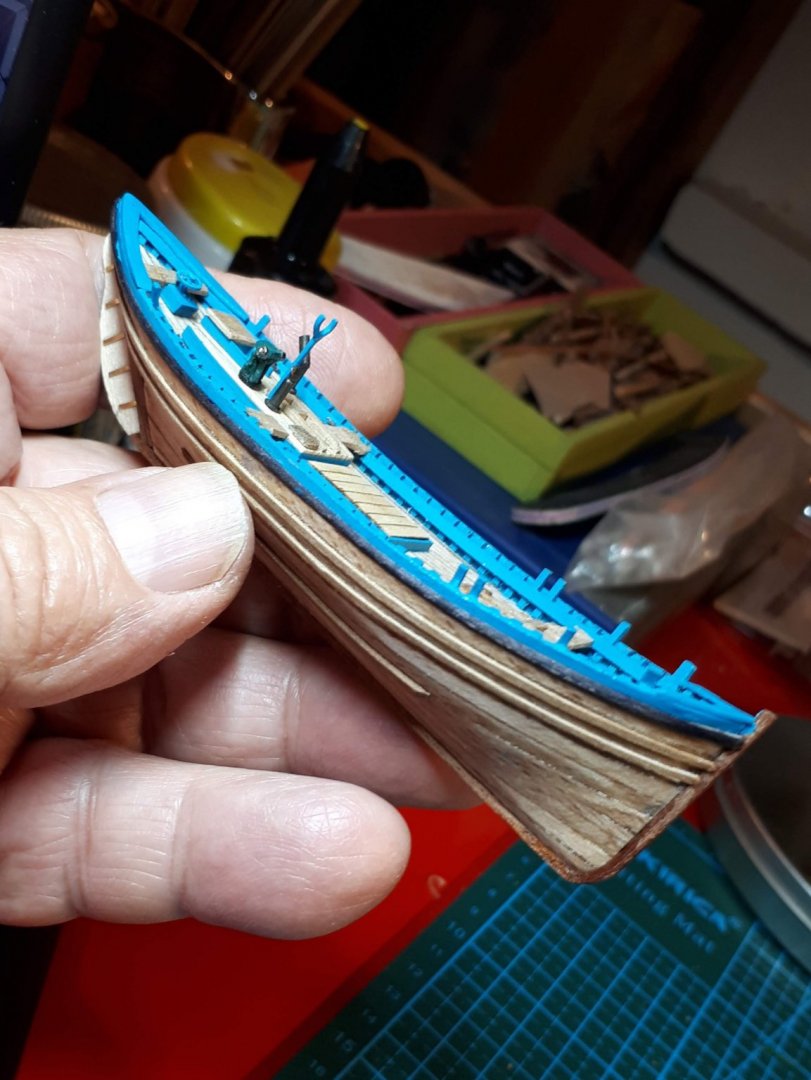
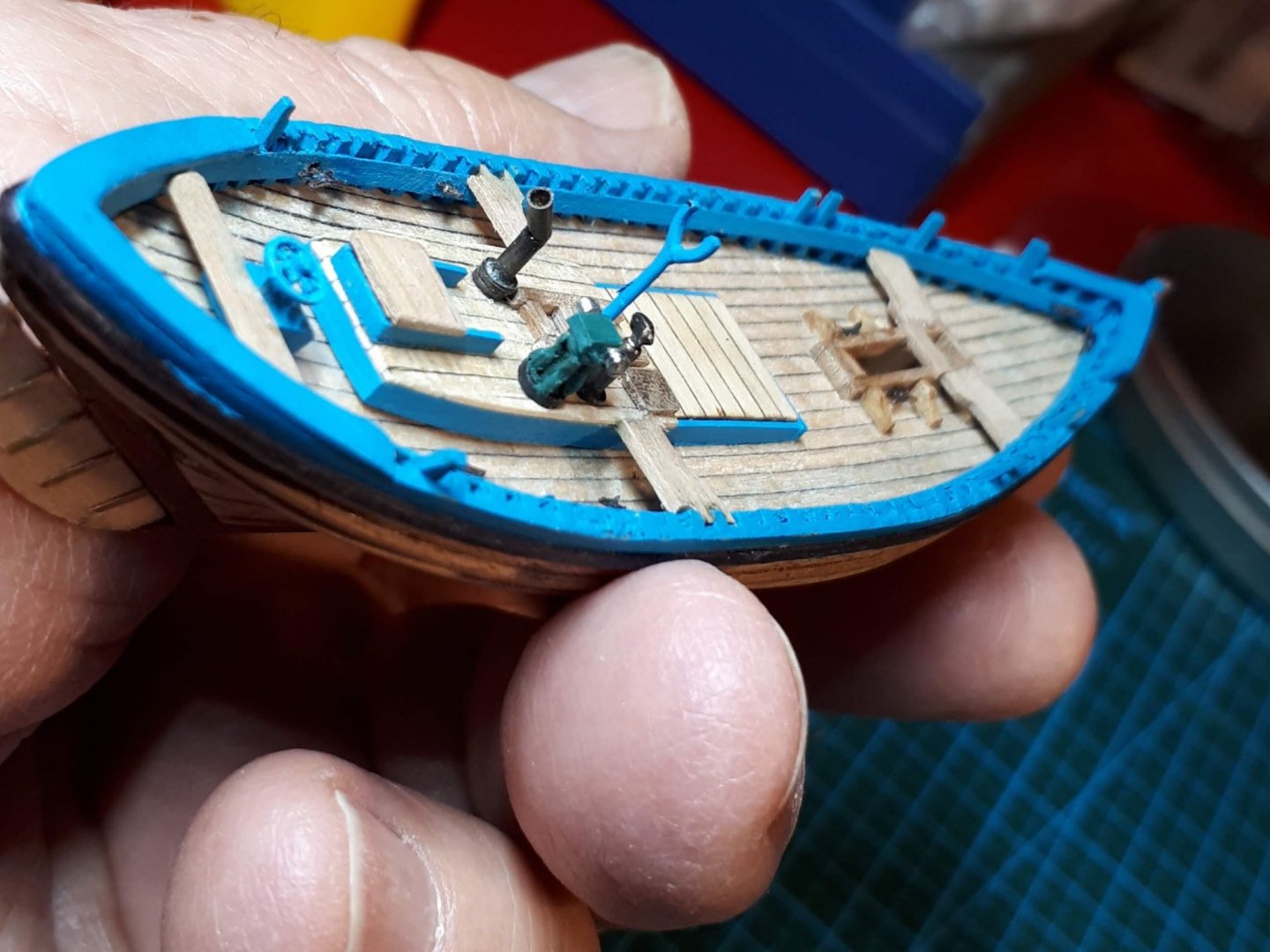
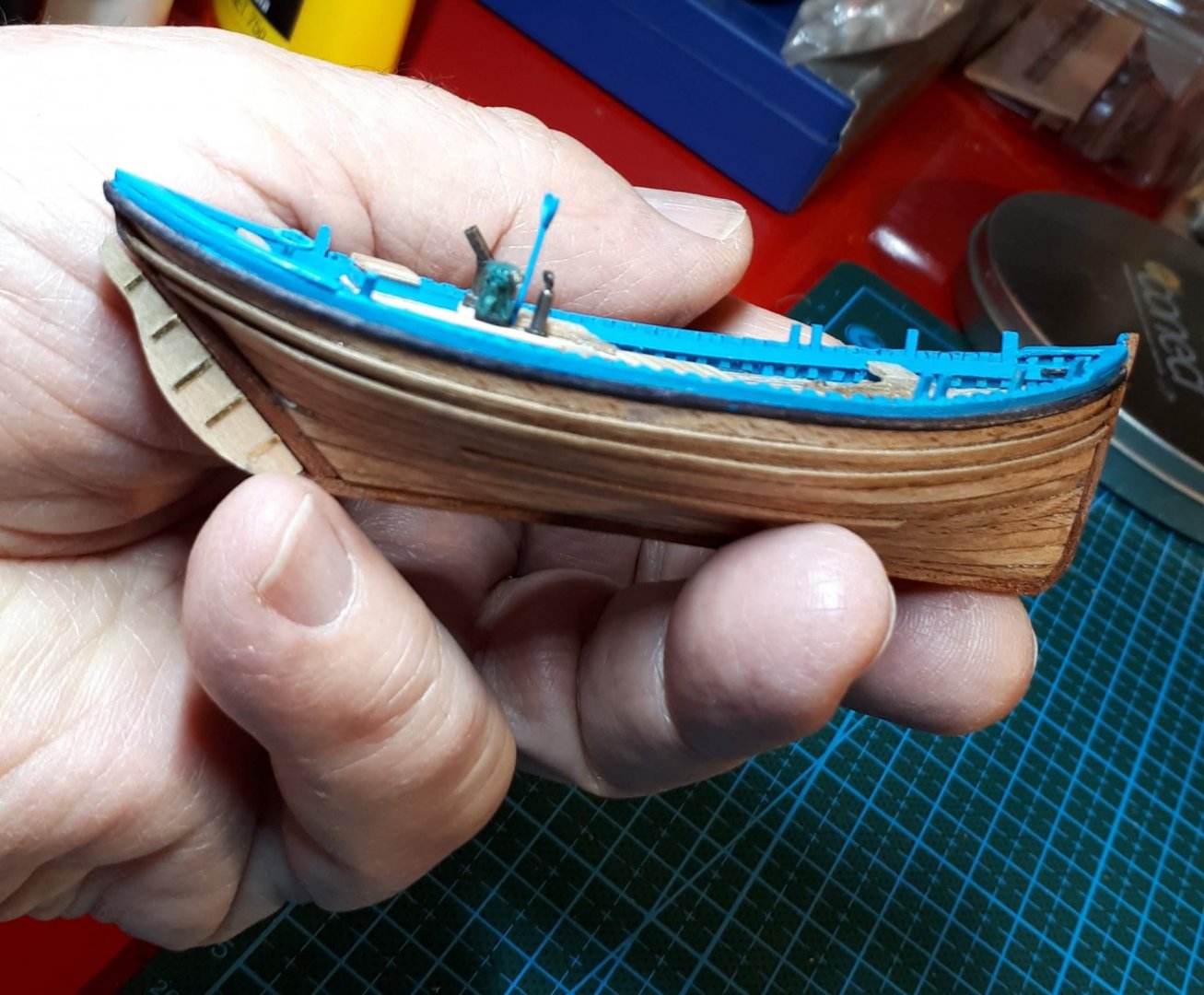
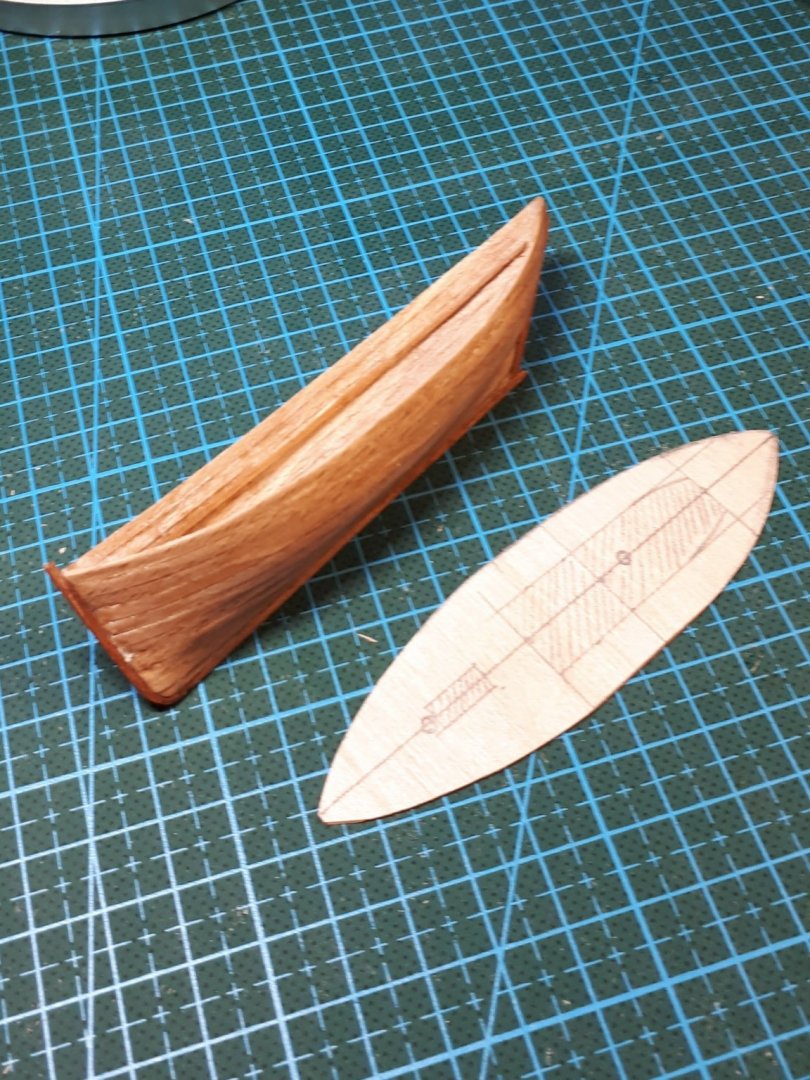
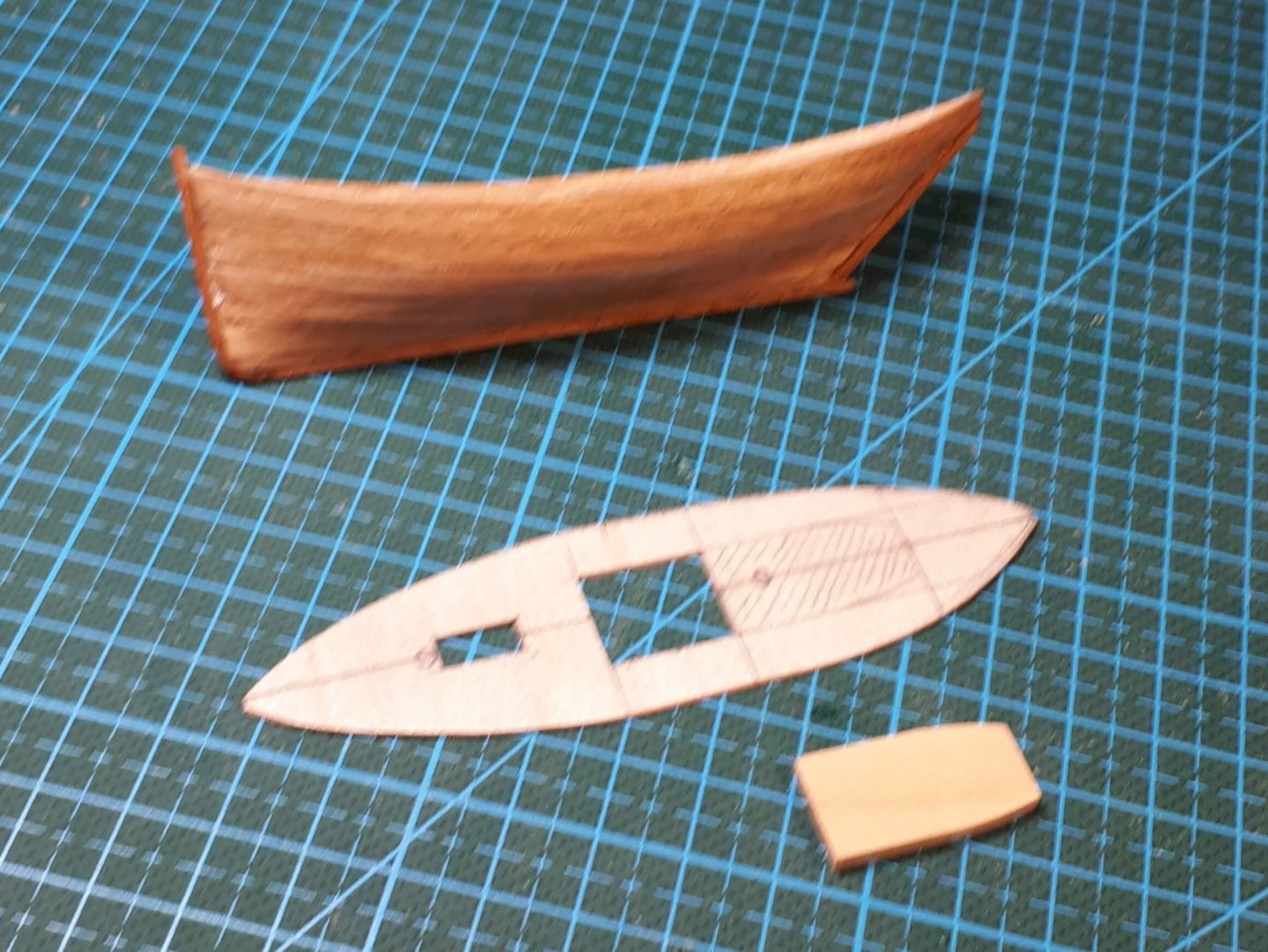
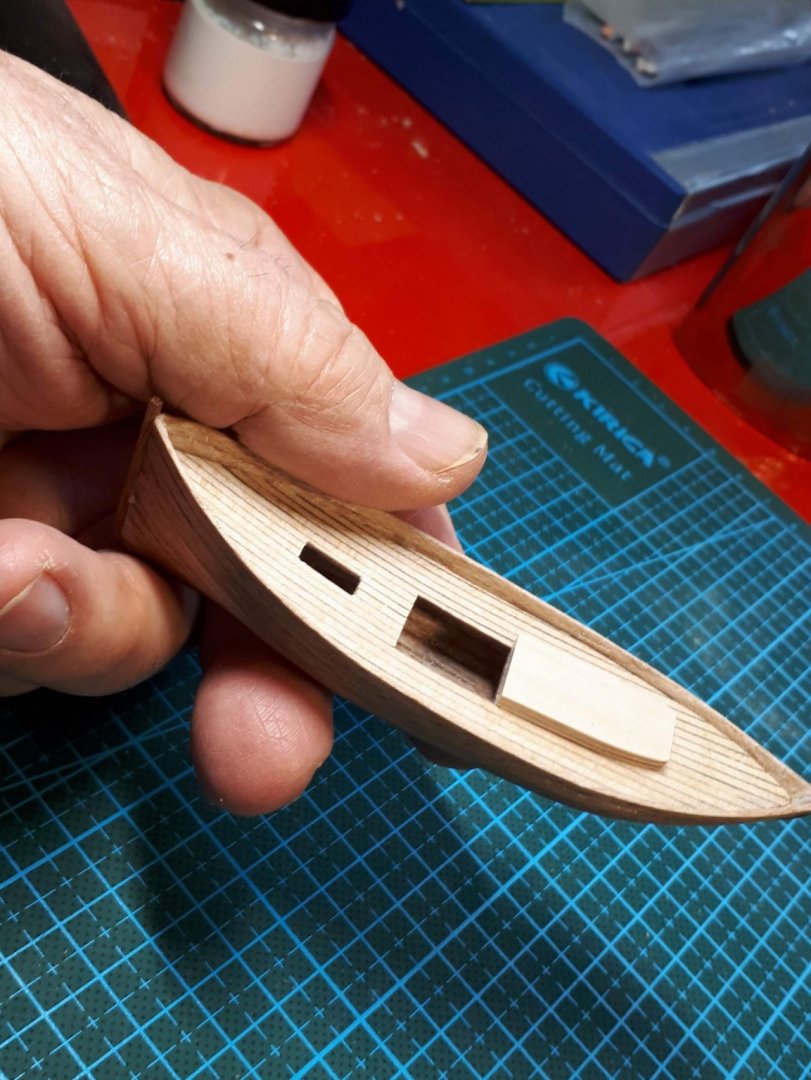
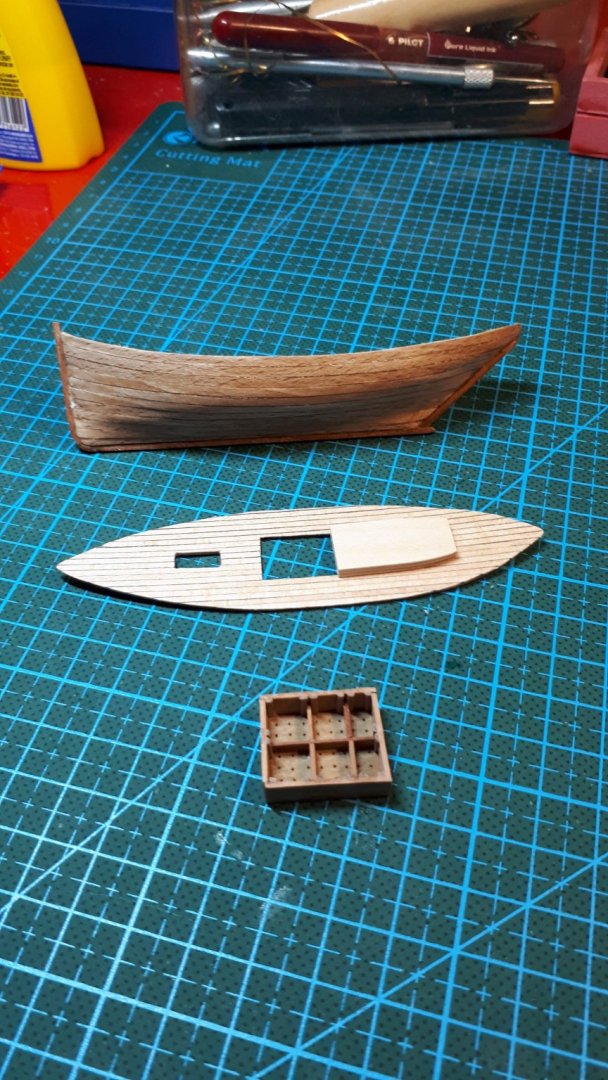
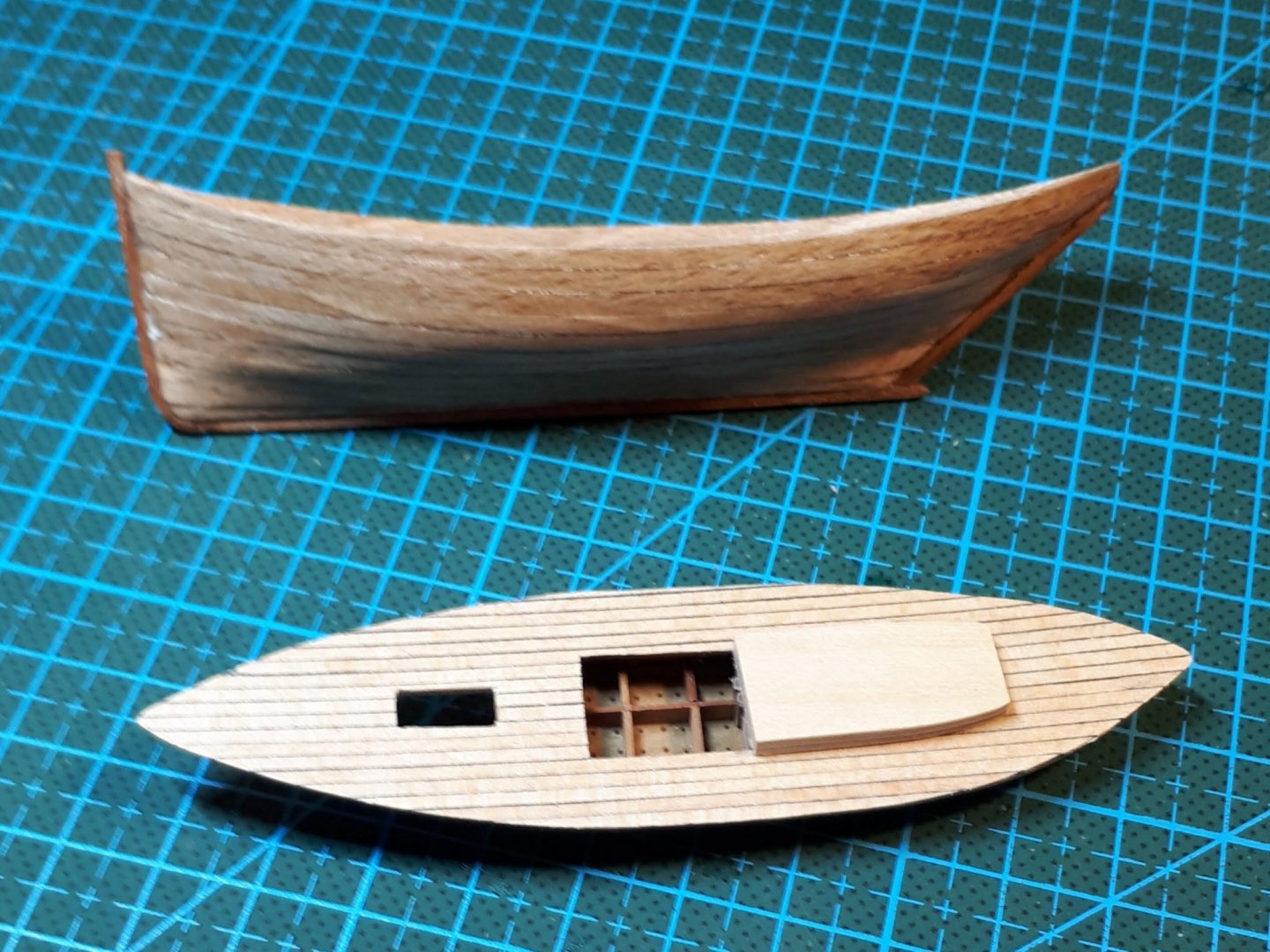
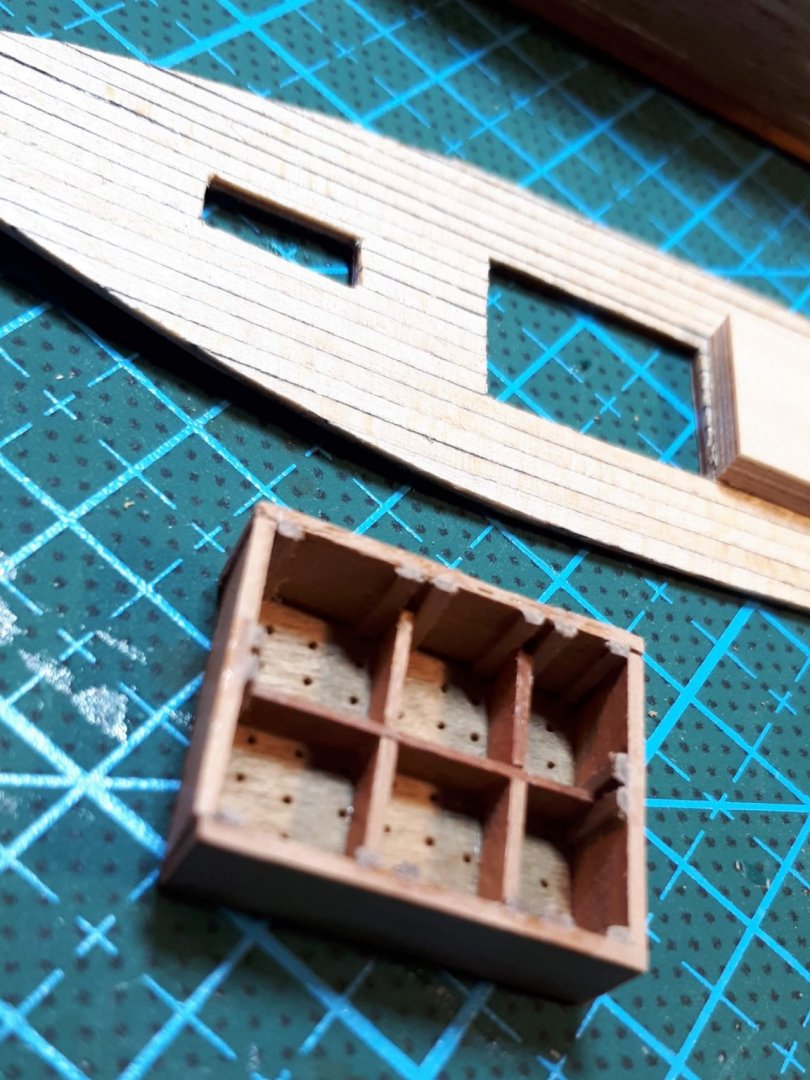
Zeesenboot by Javier Baron - FINISHED - Scale 1:100
in - Build logs for subjects built 1851 - 1900
Posted
It is already finished with all the rigging